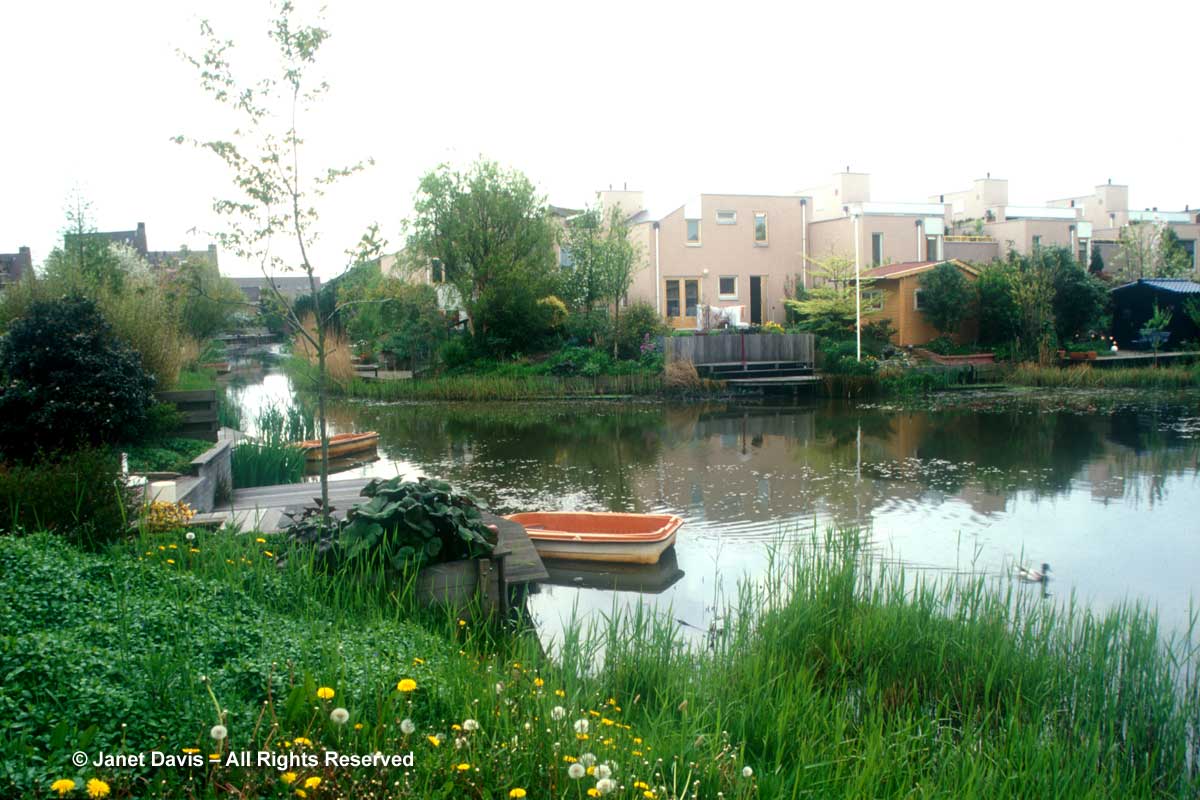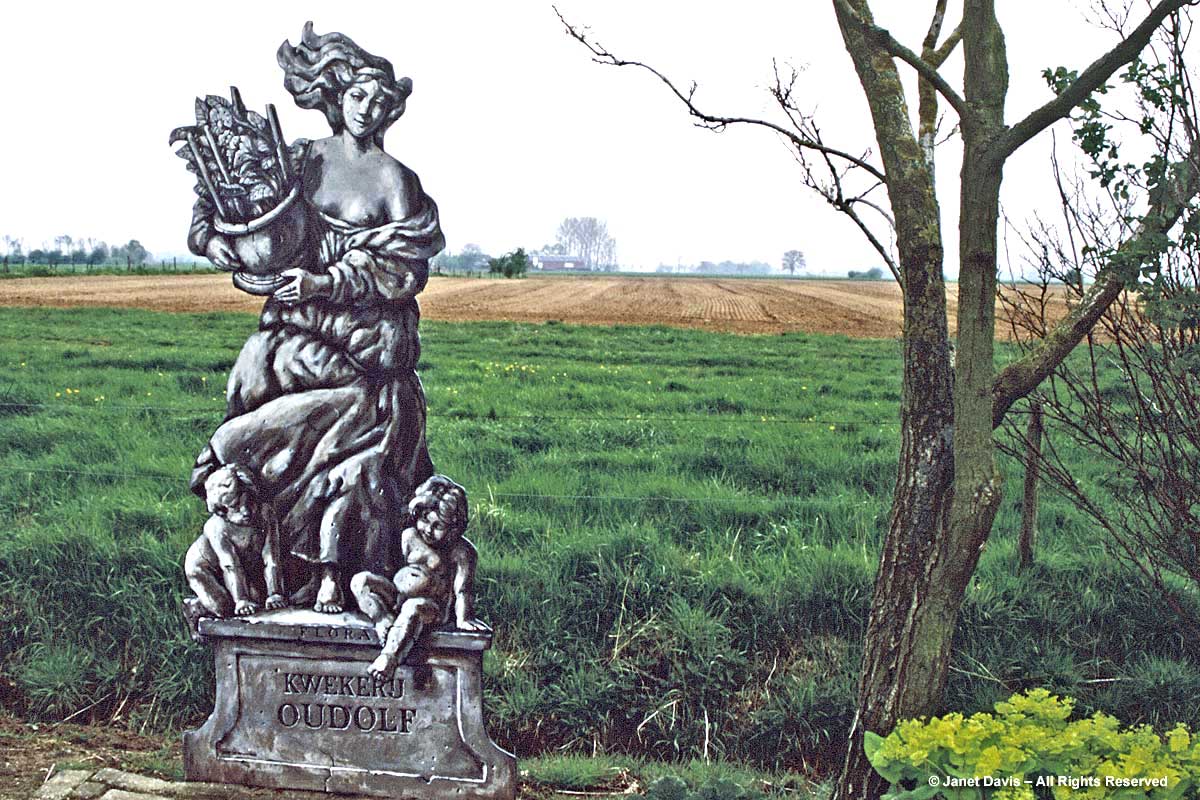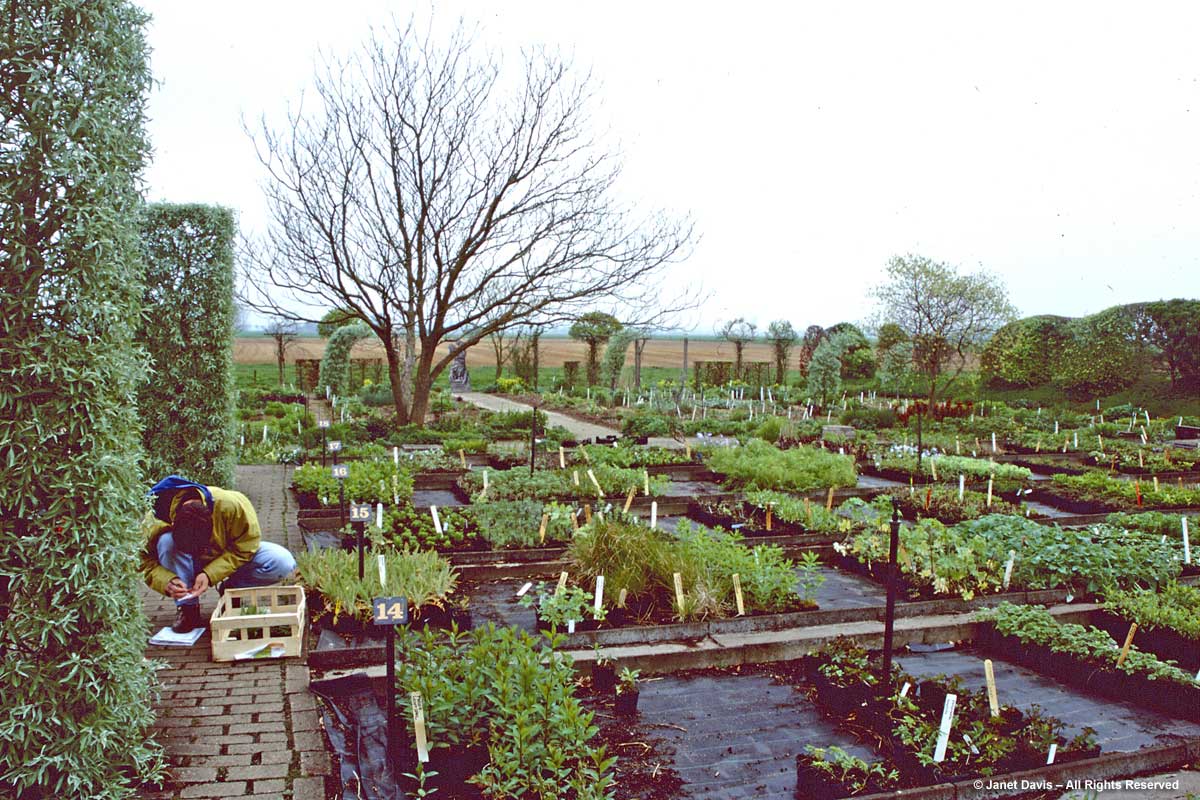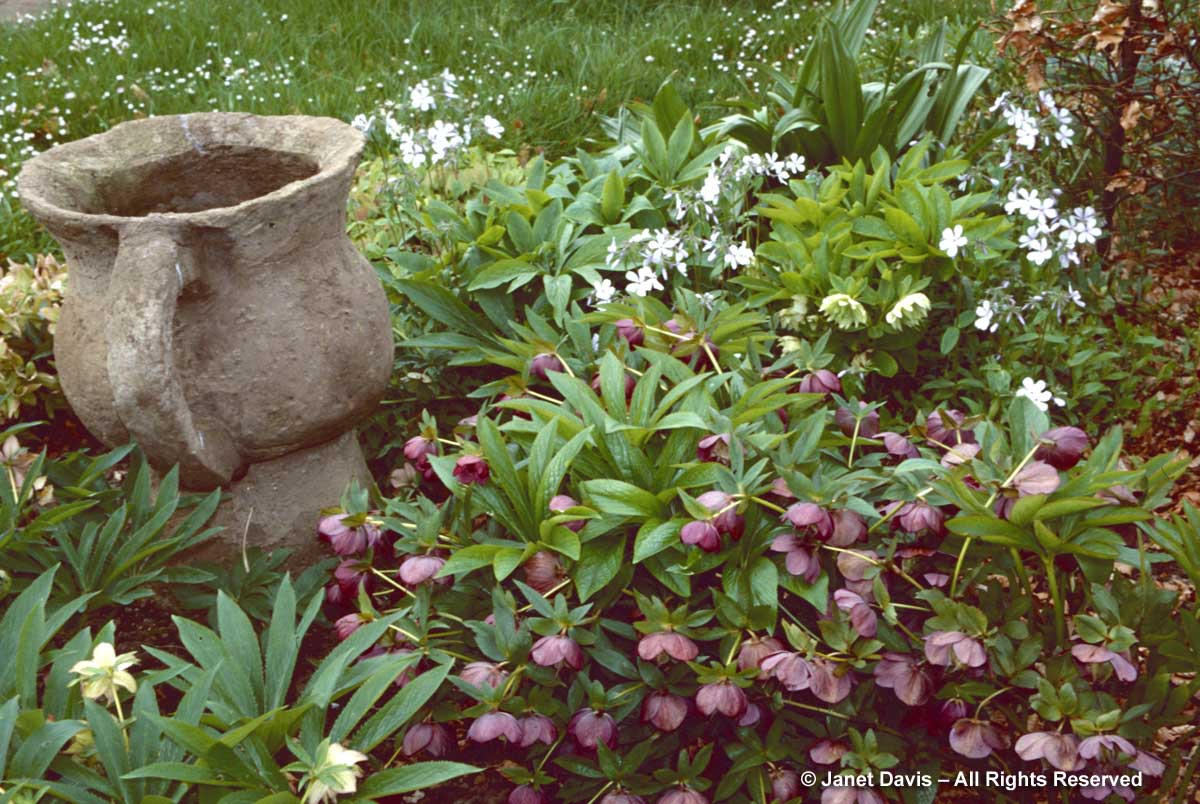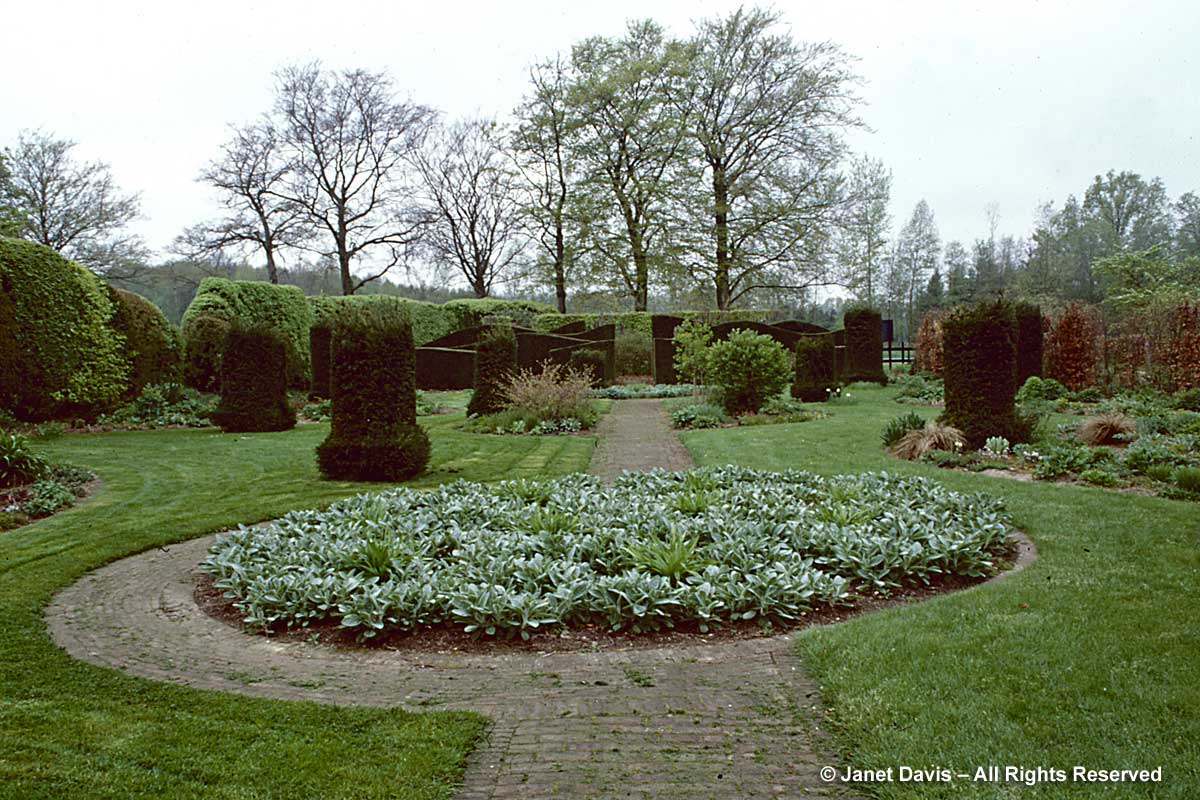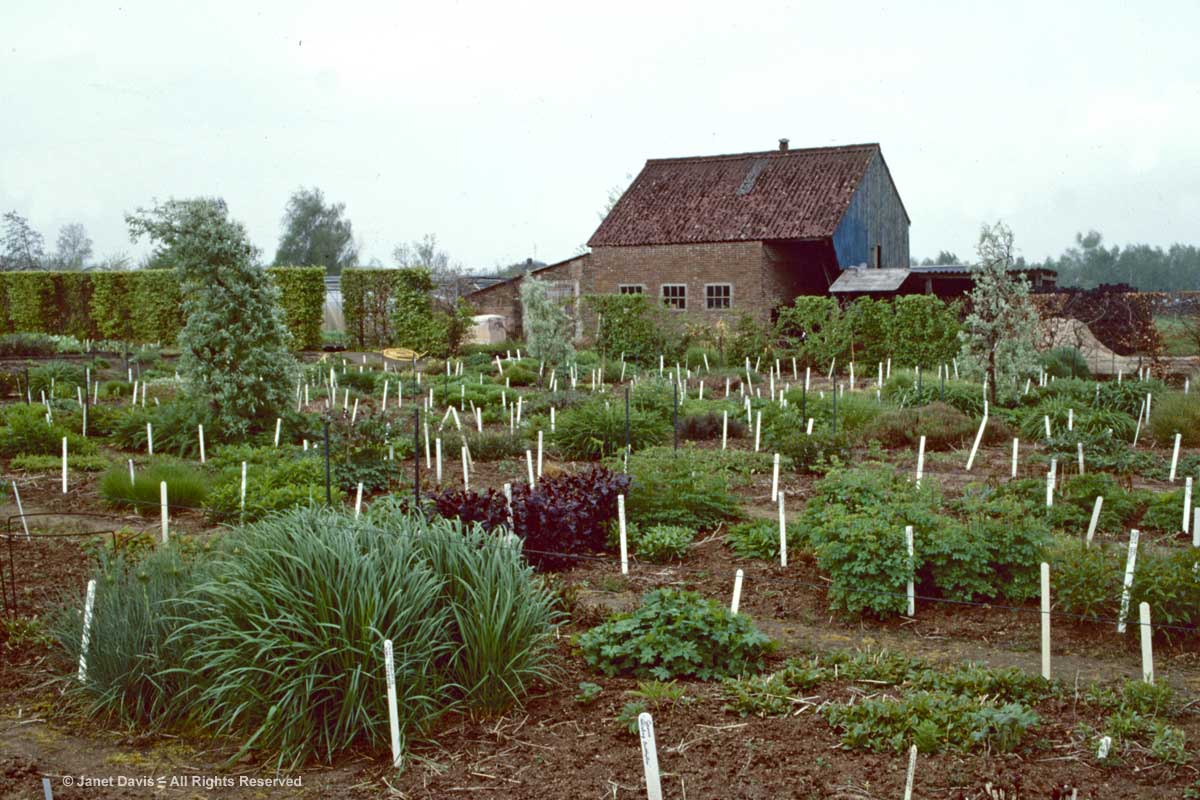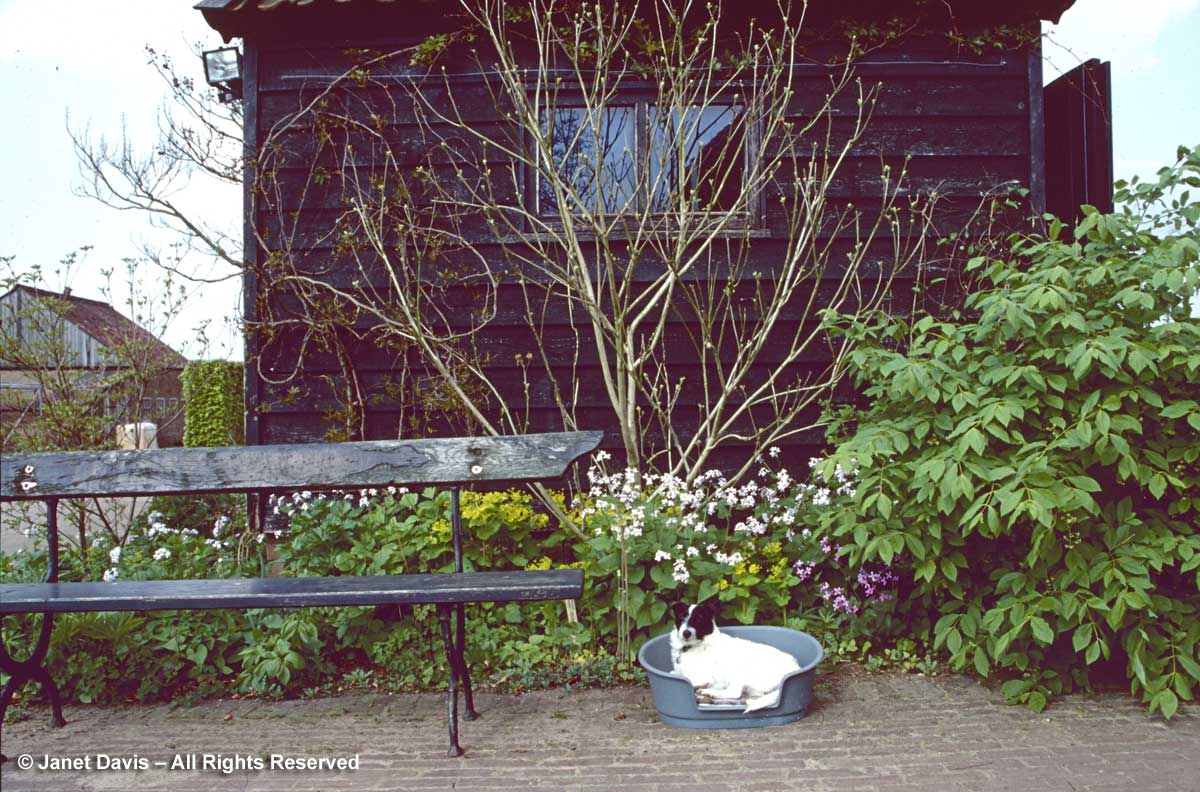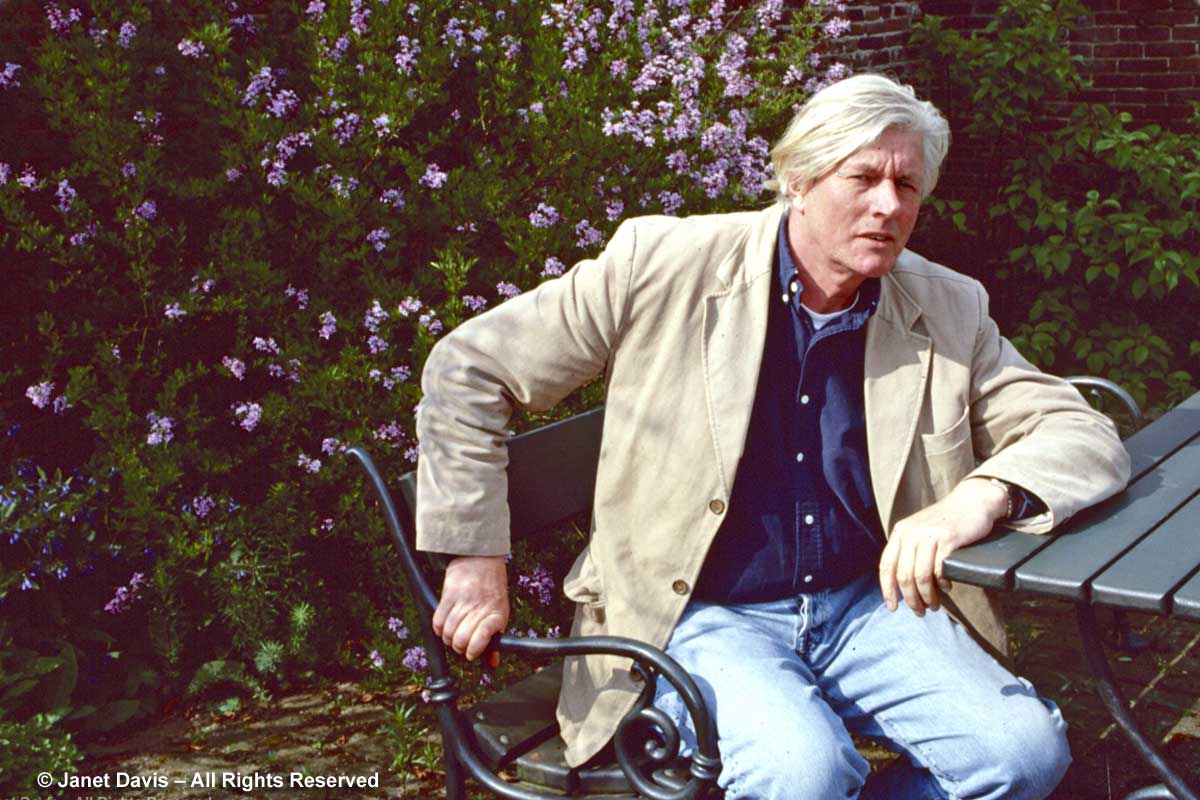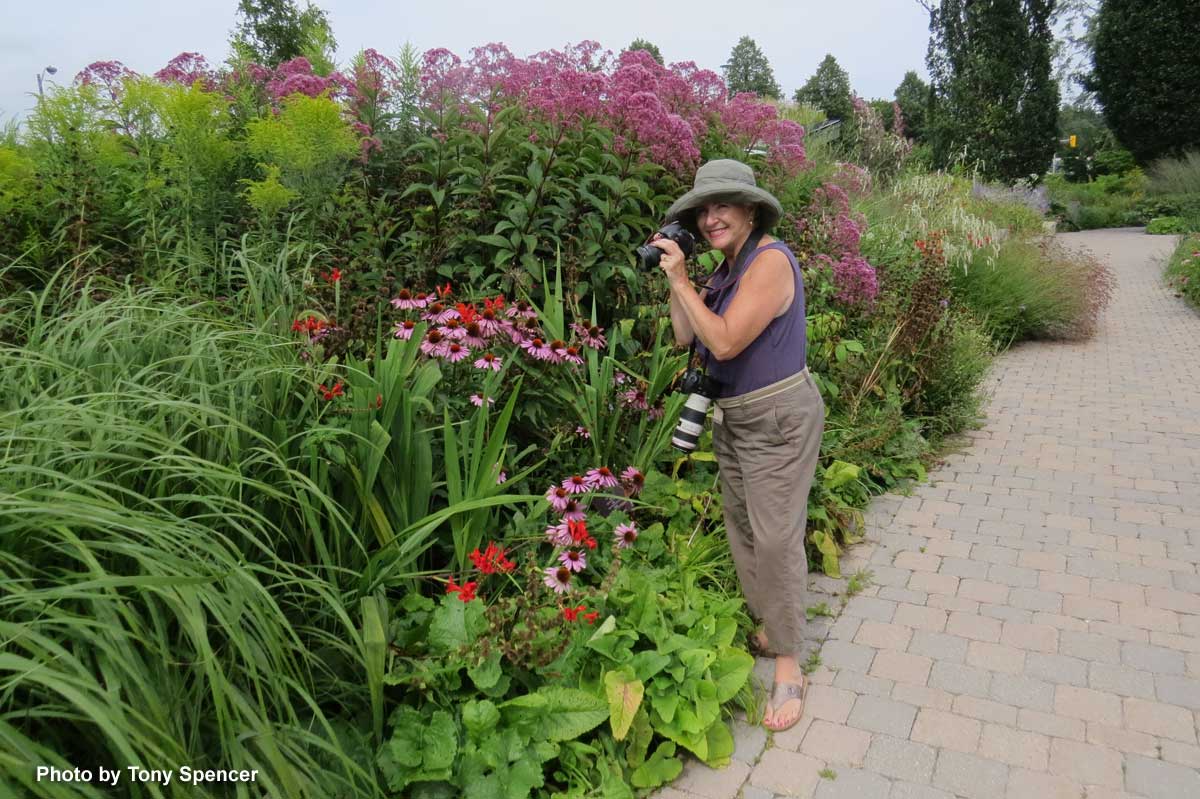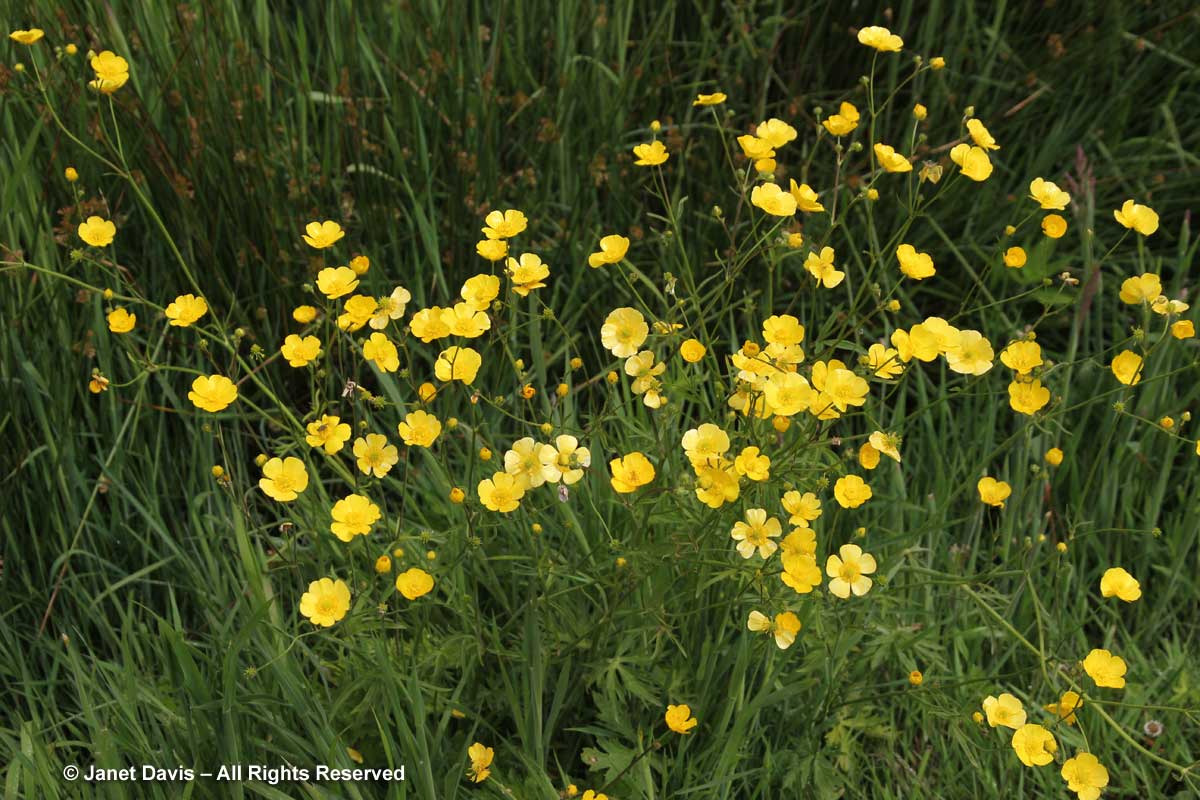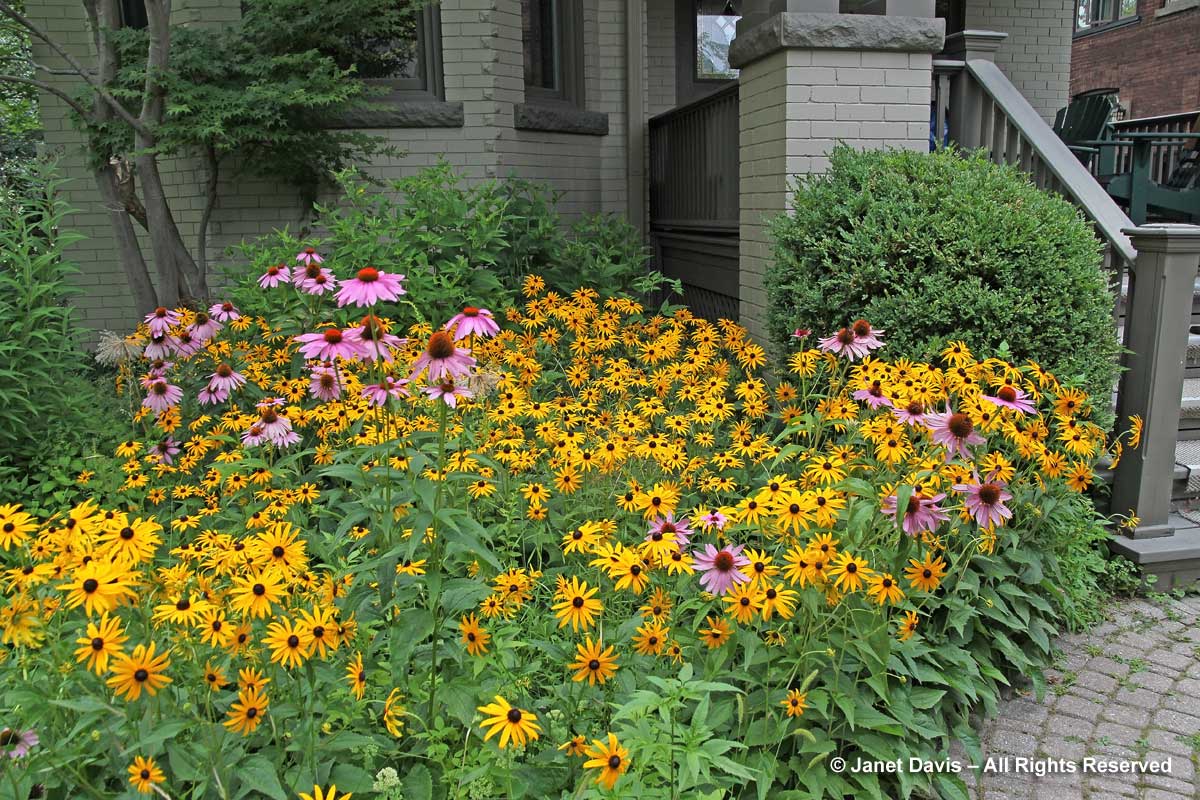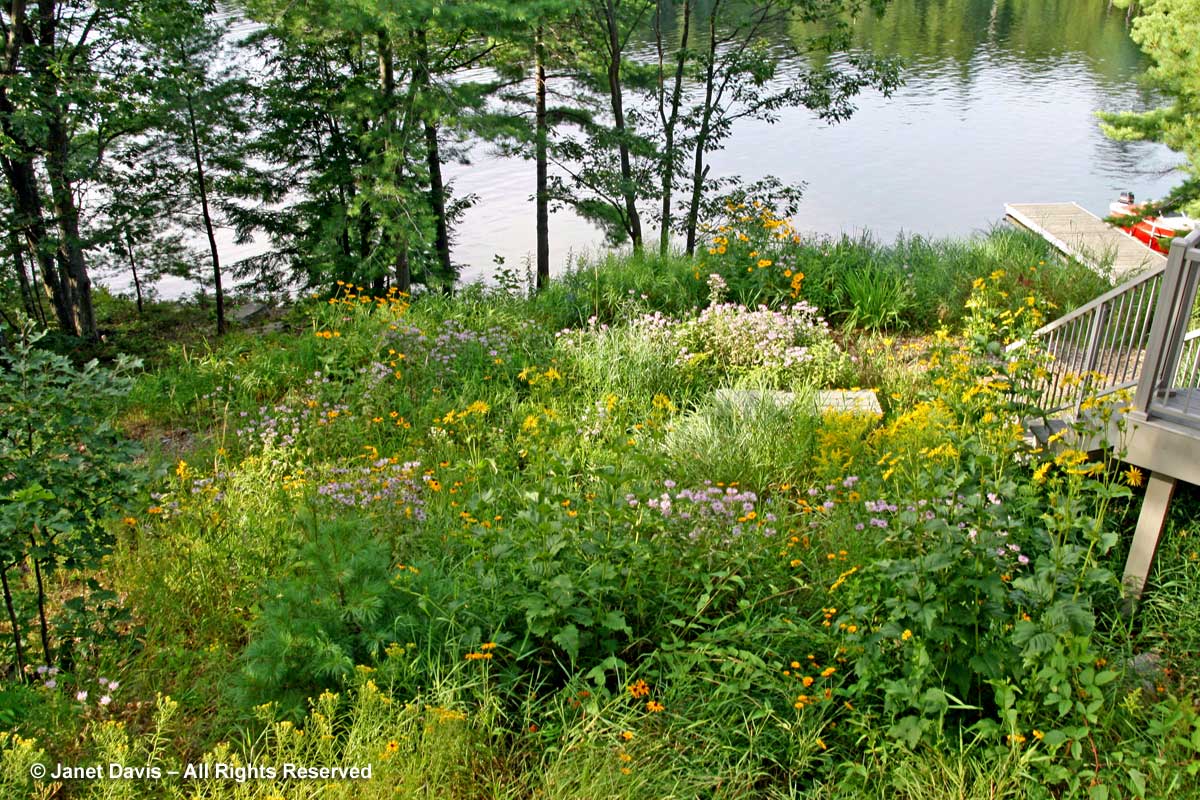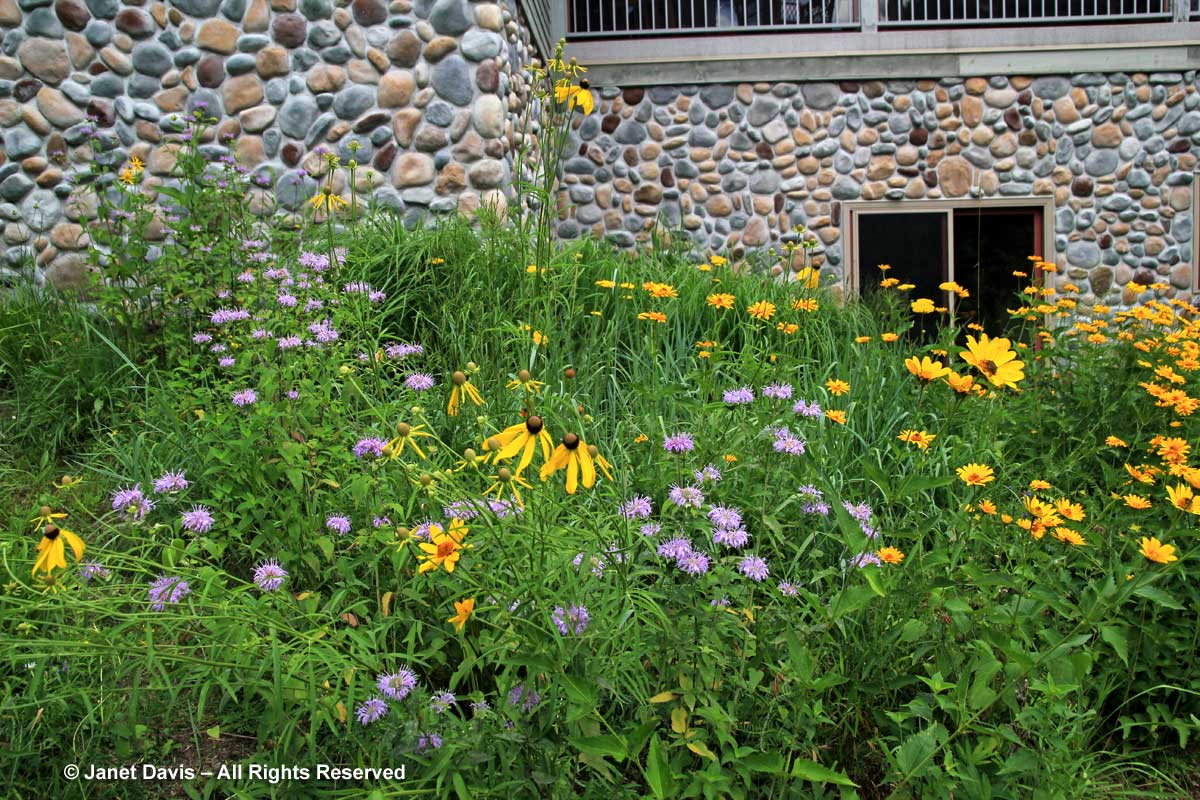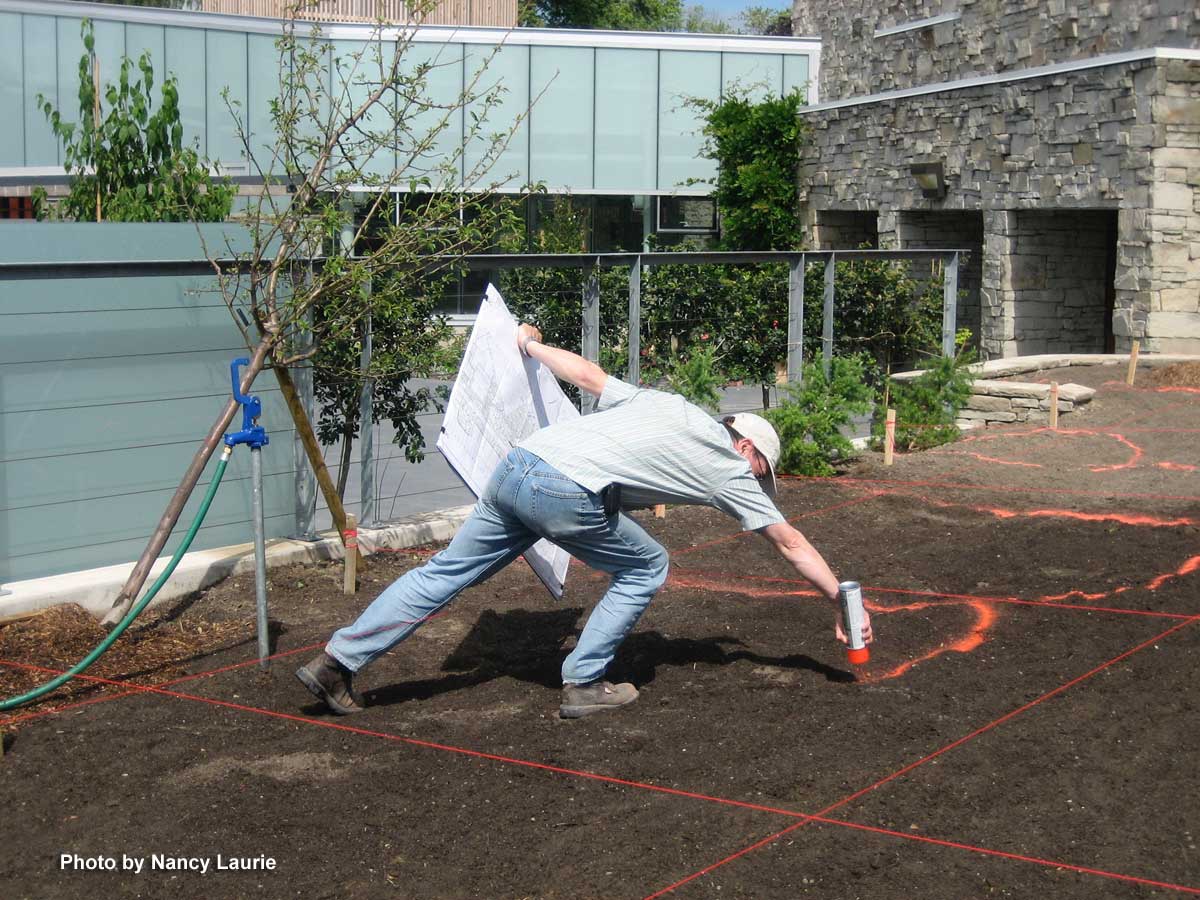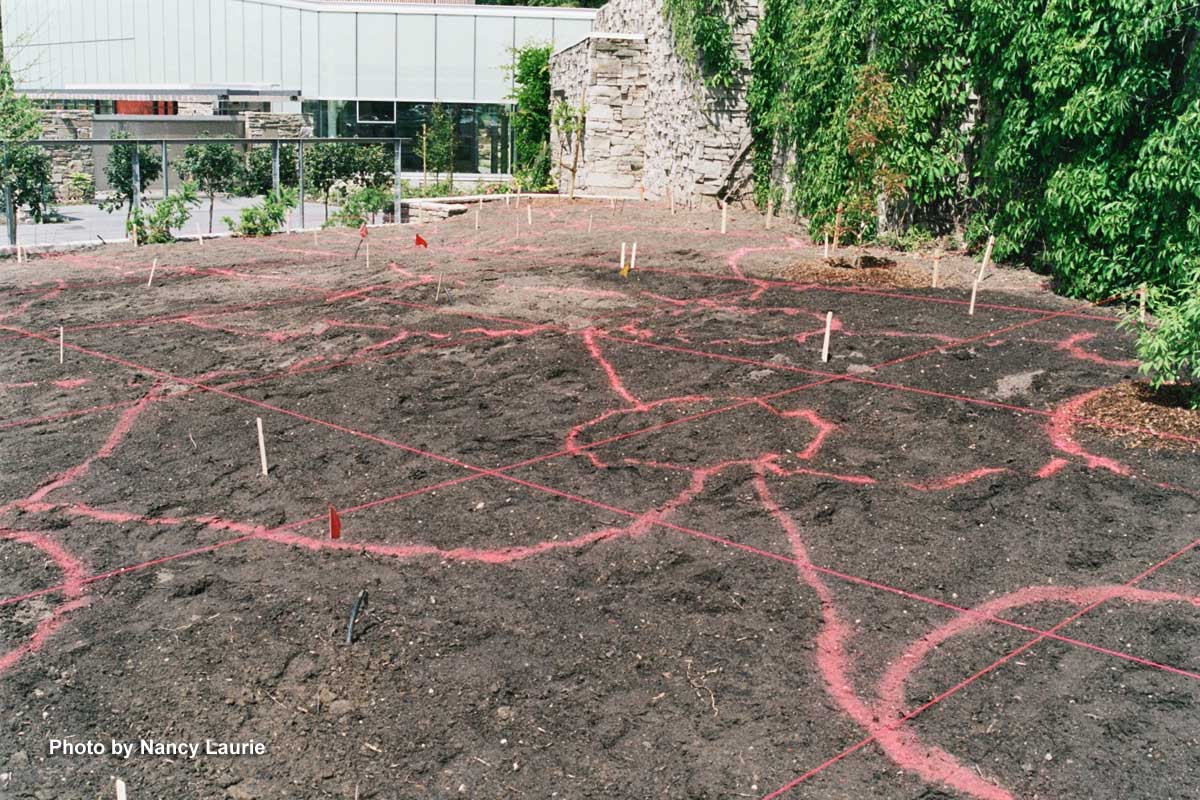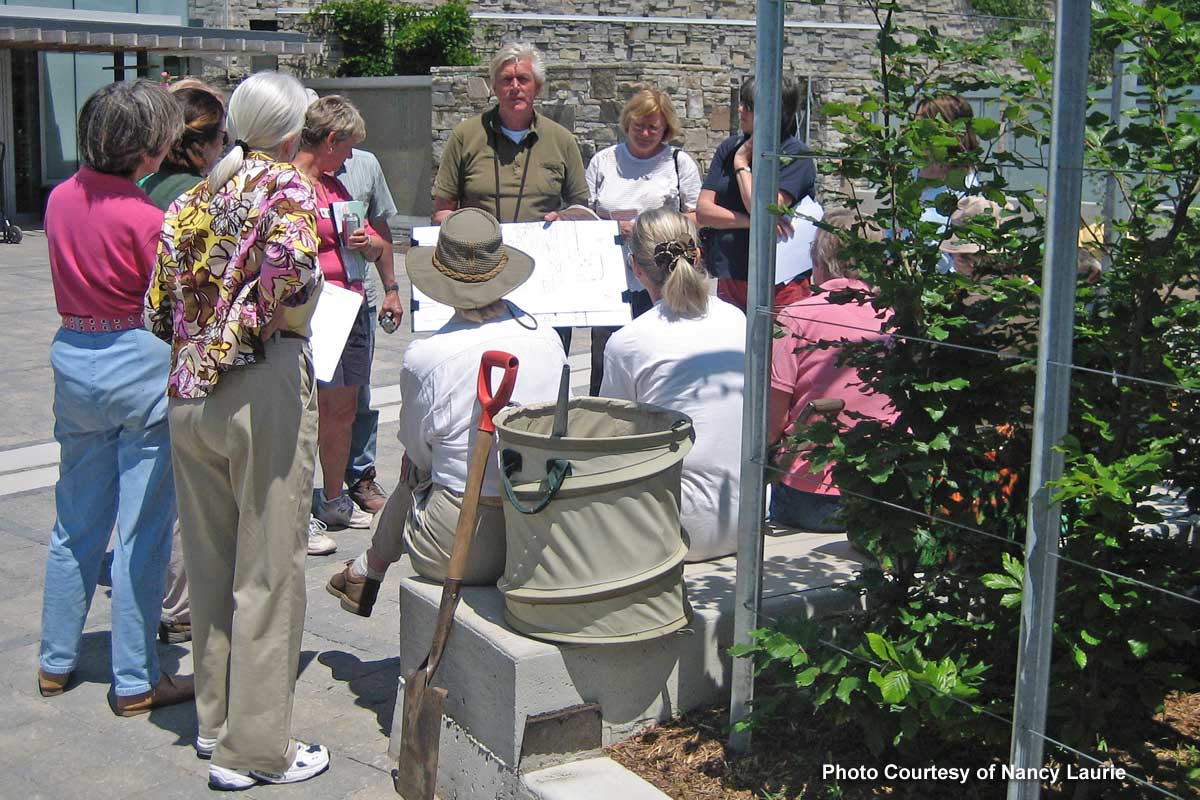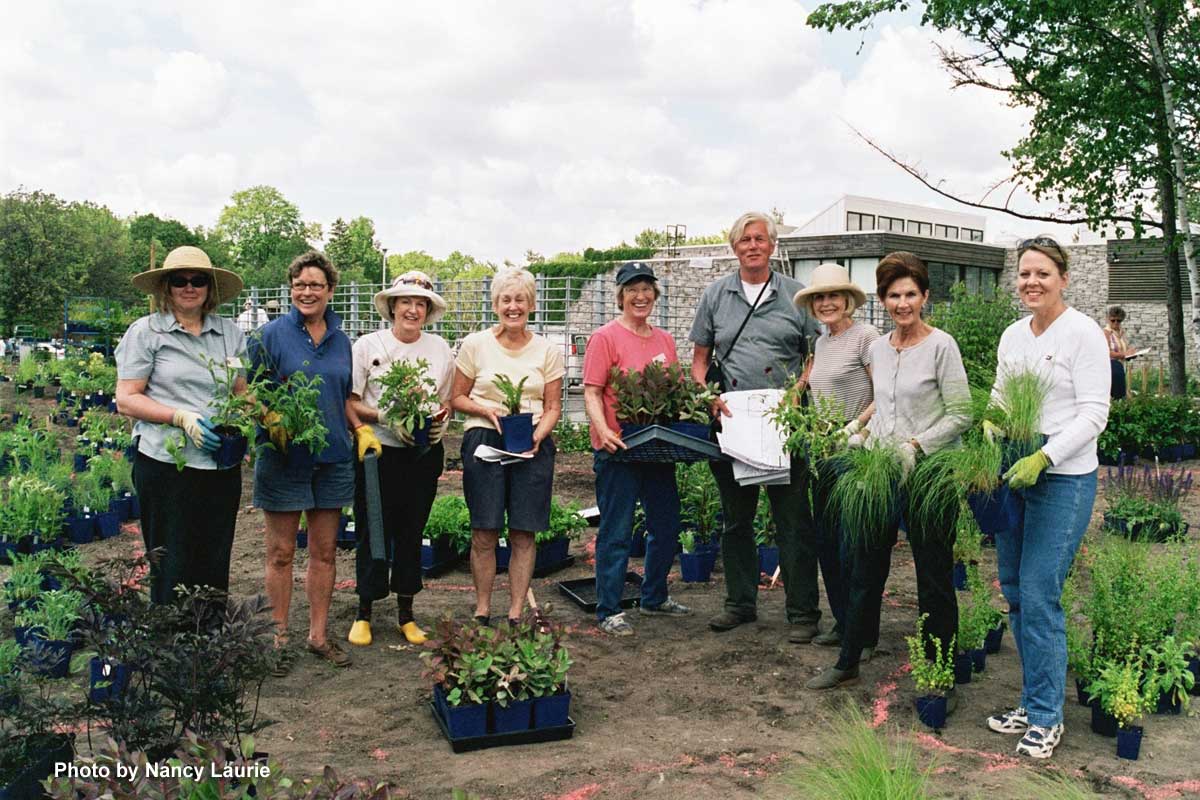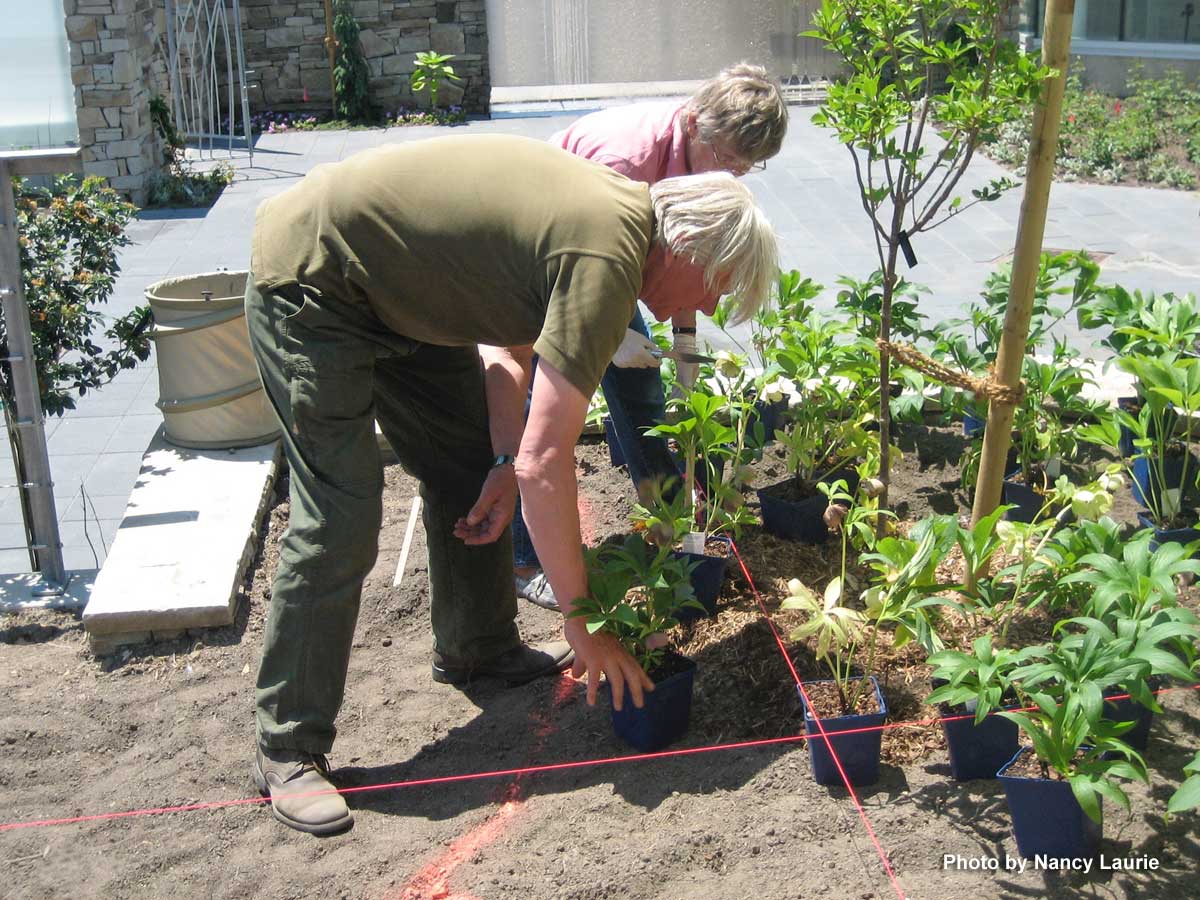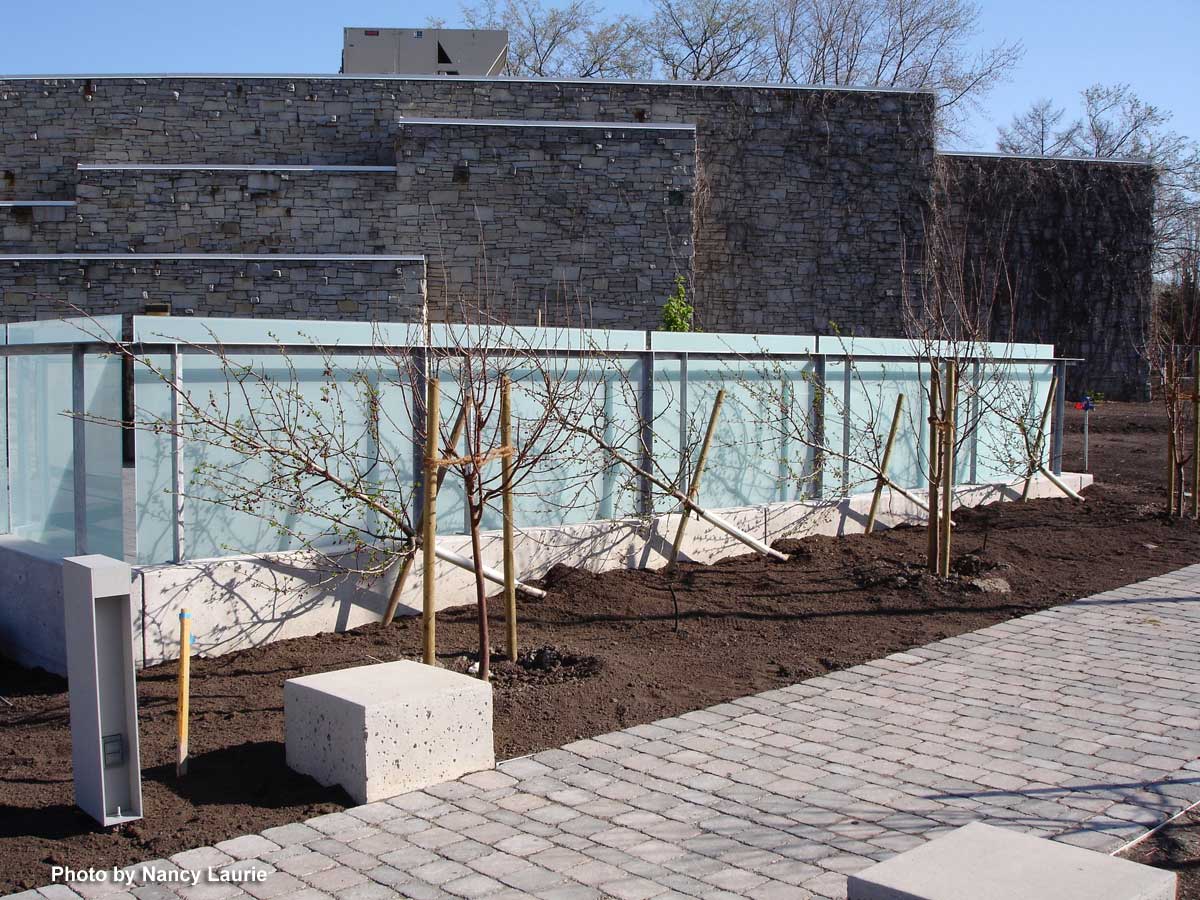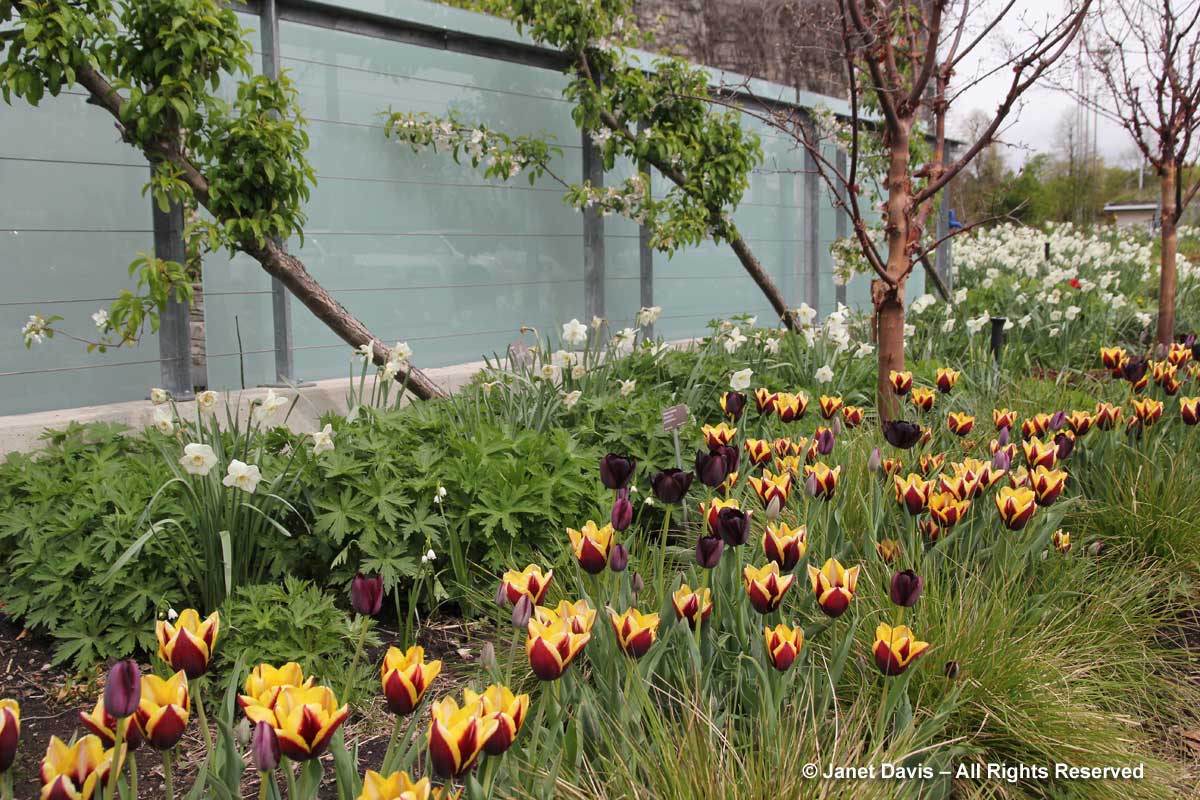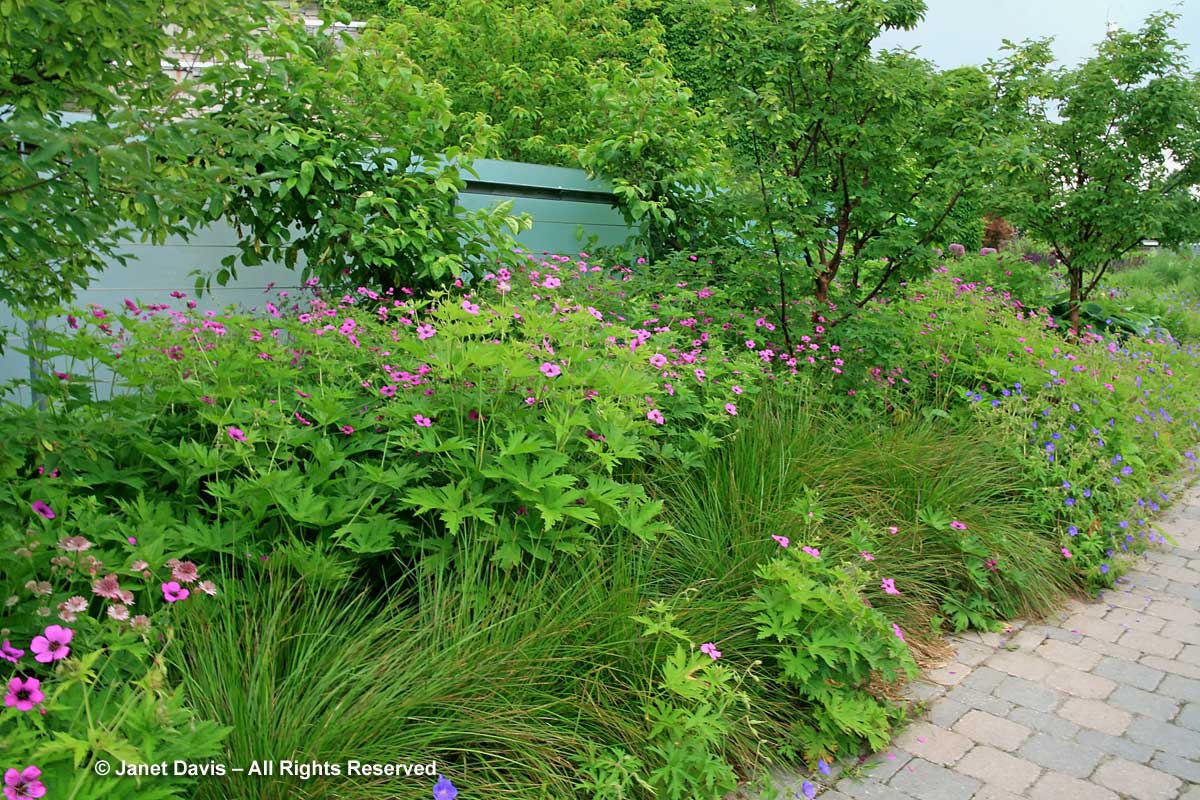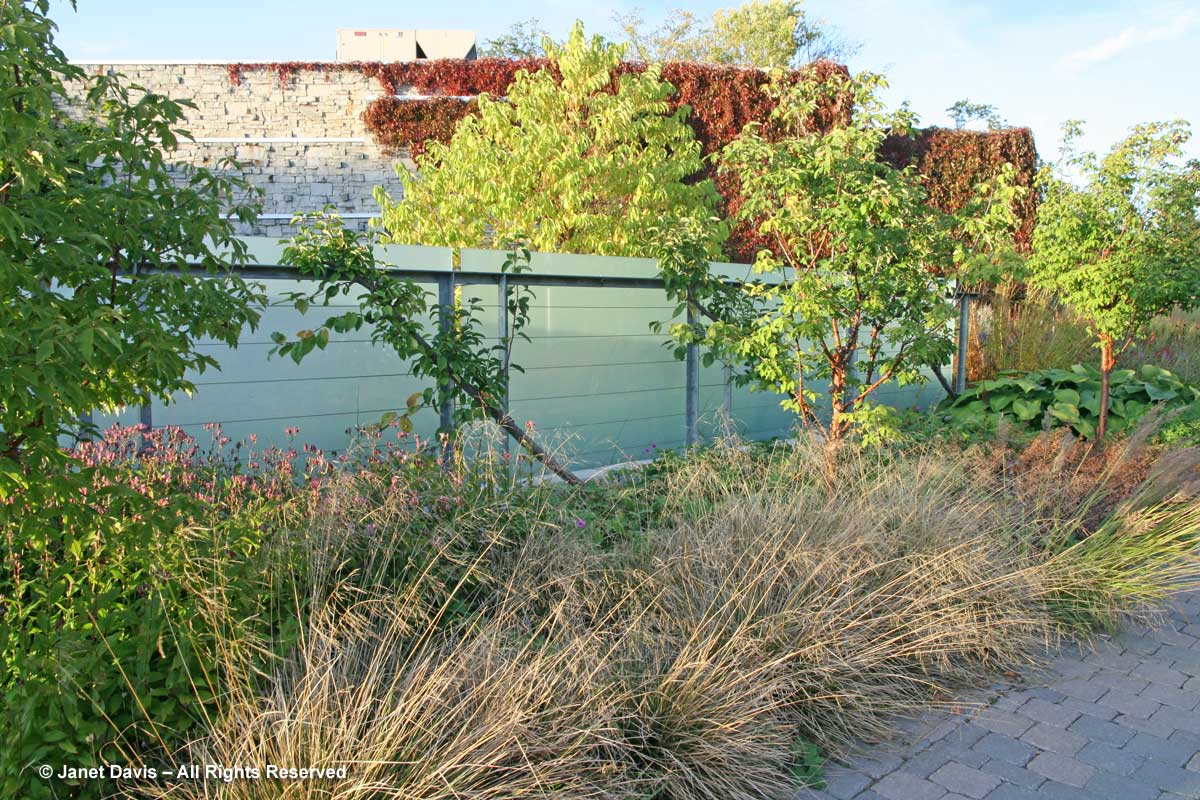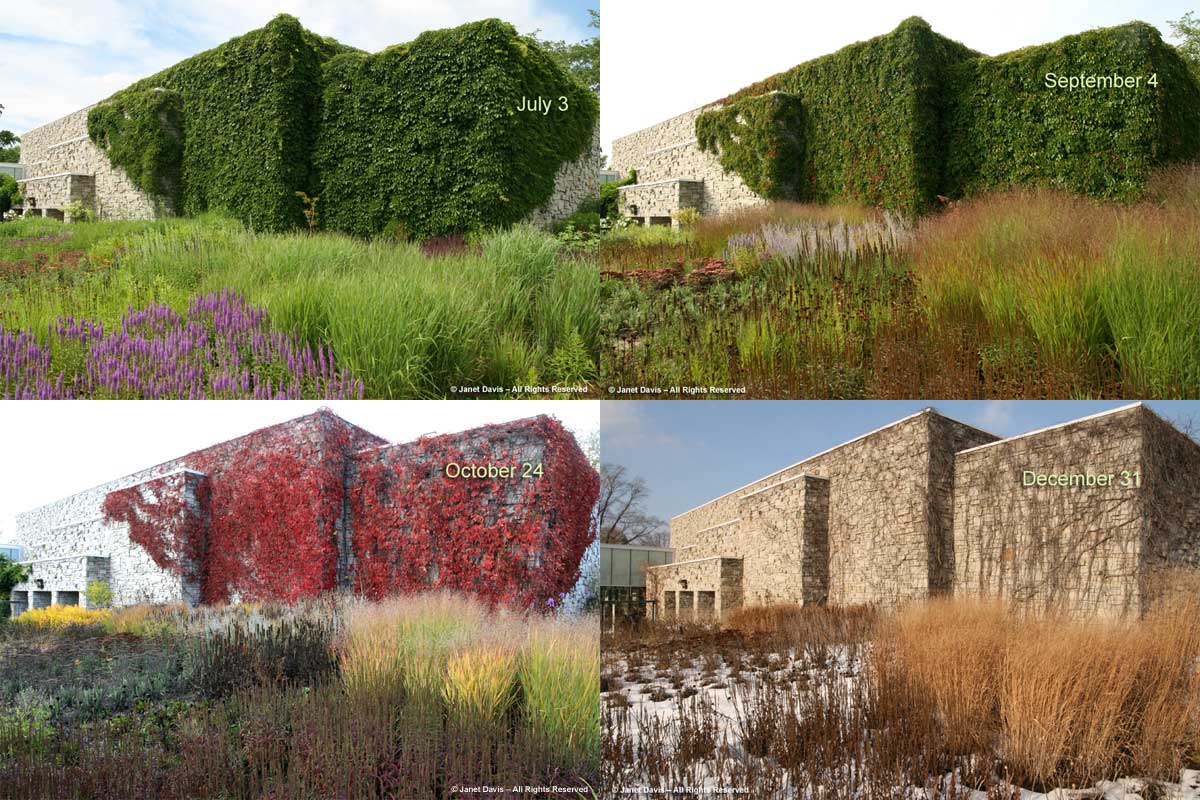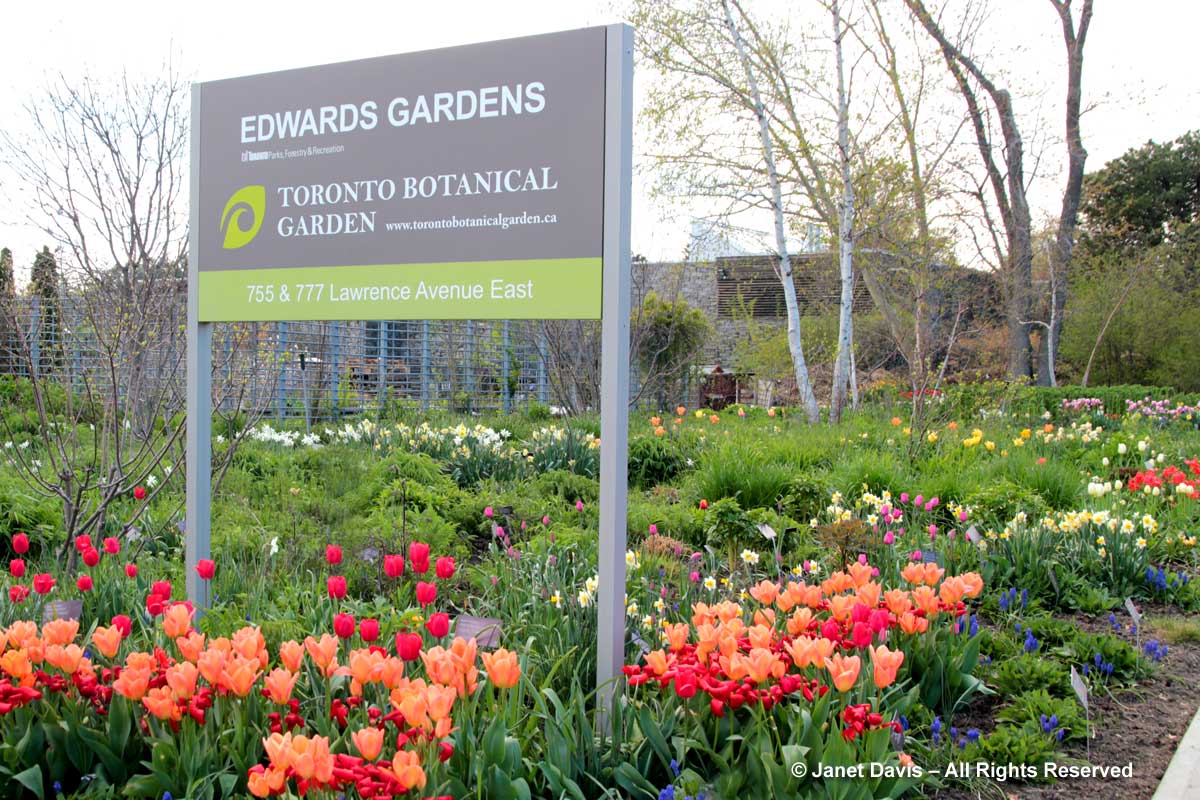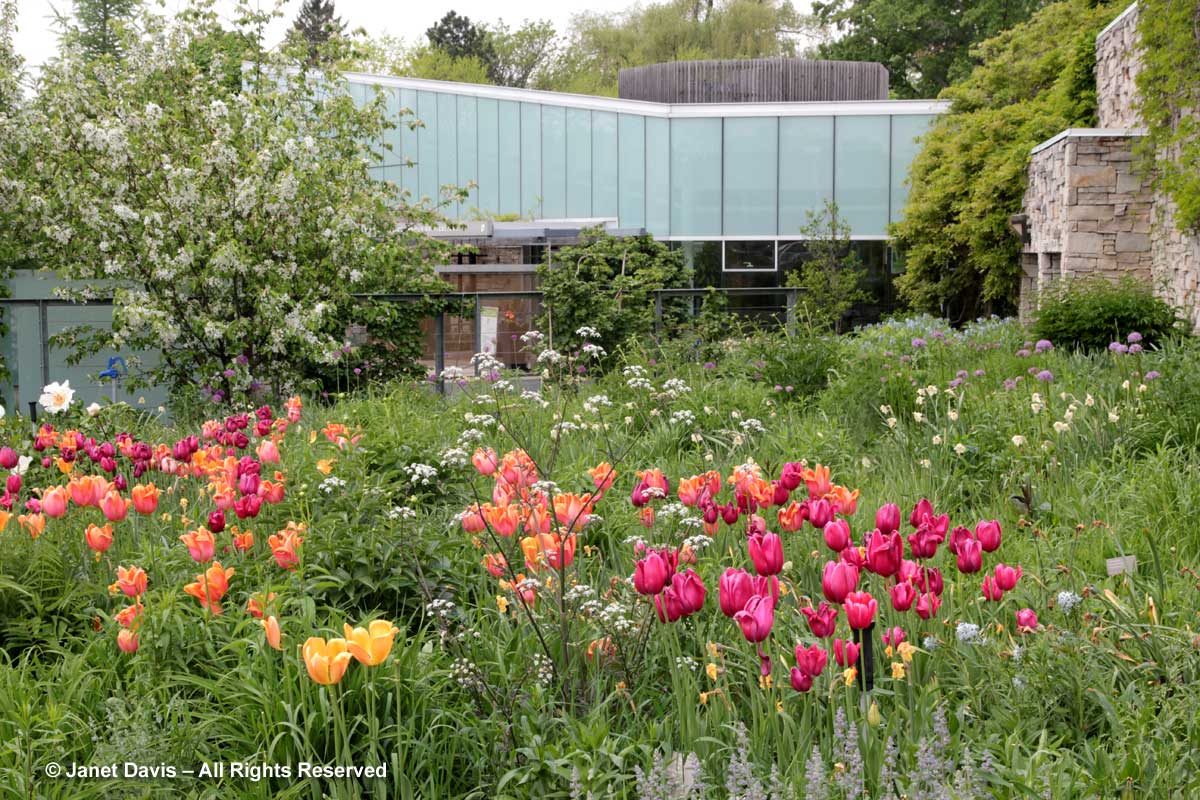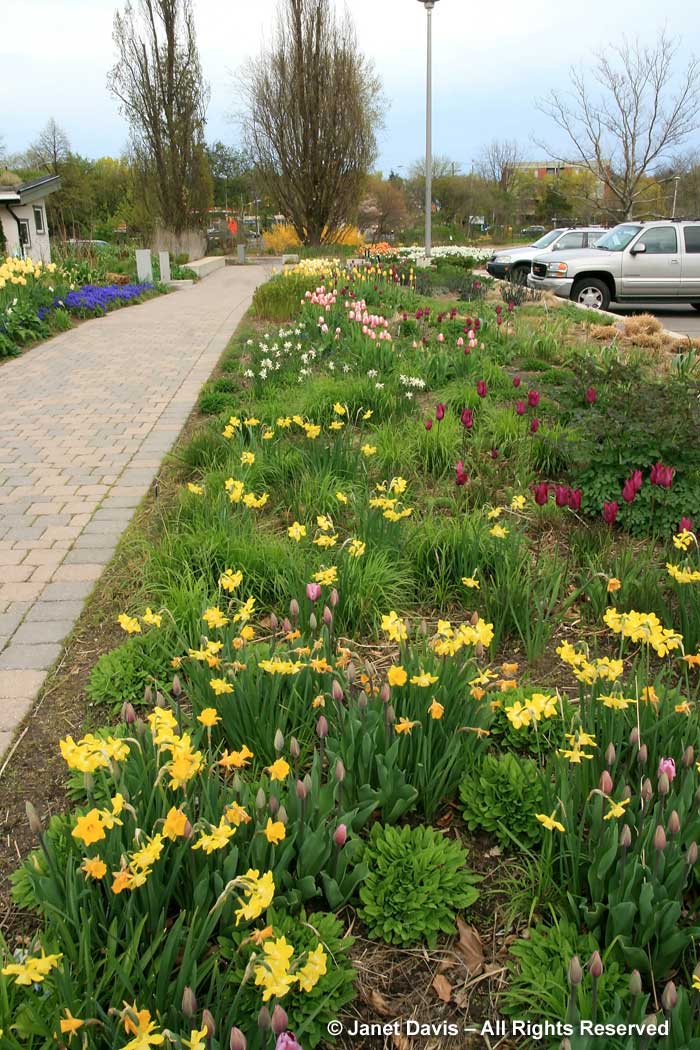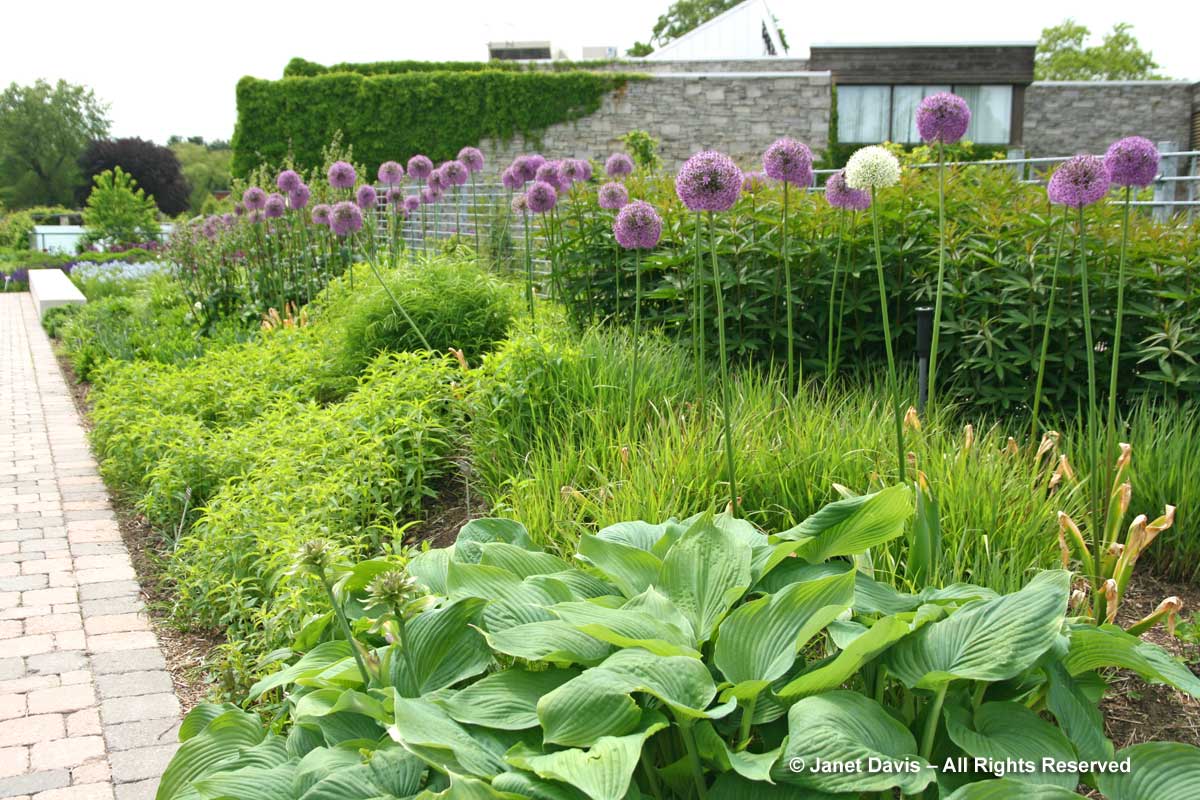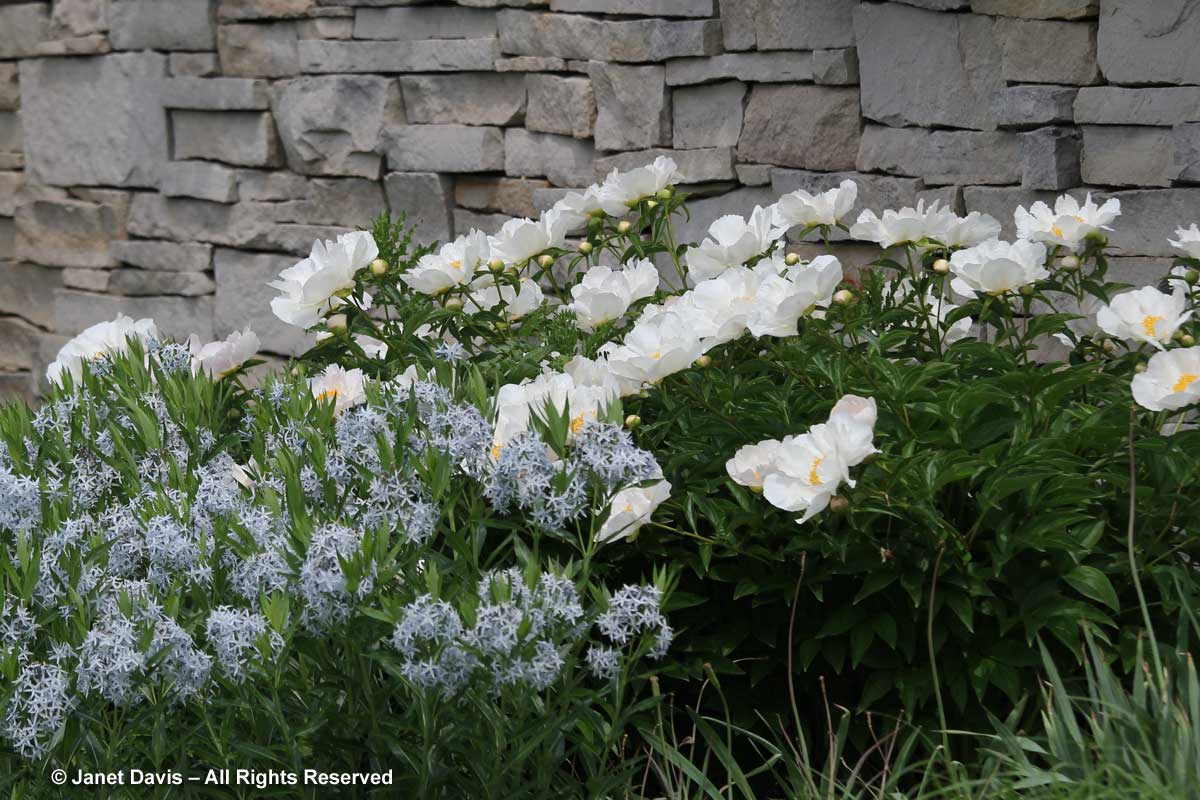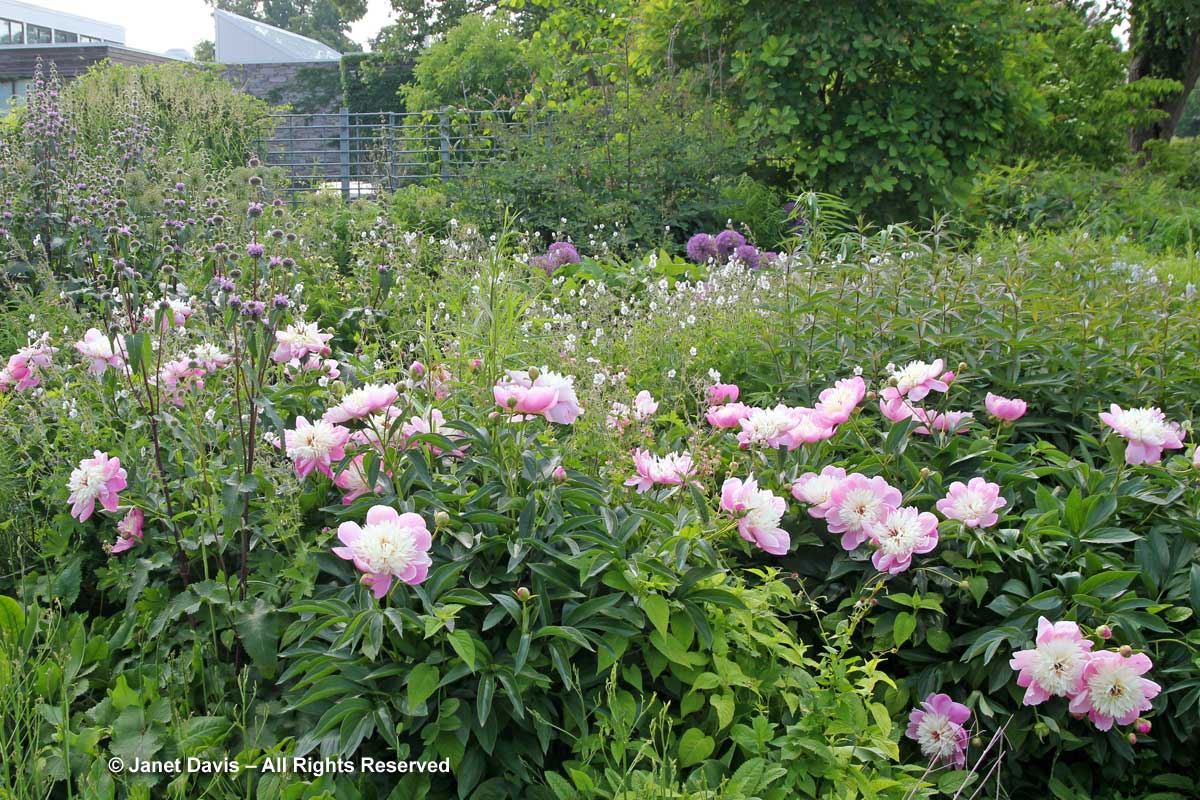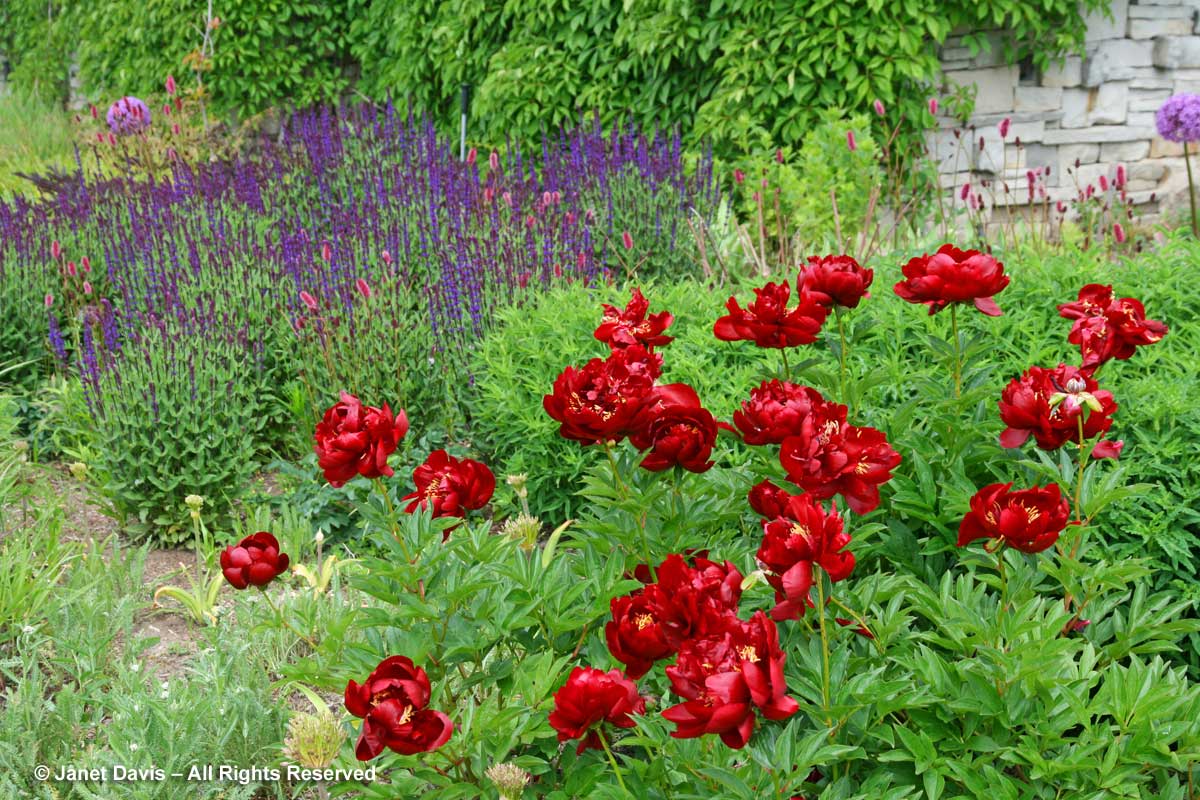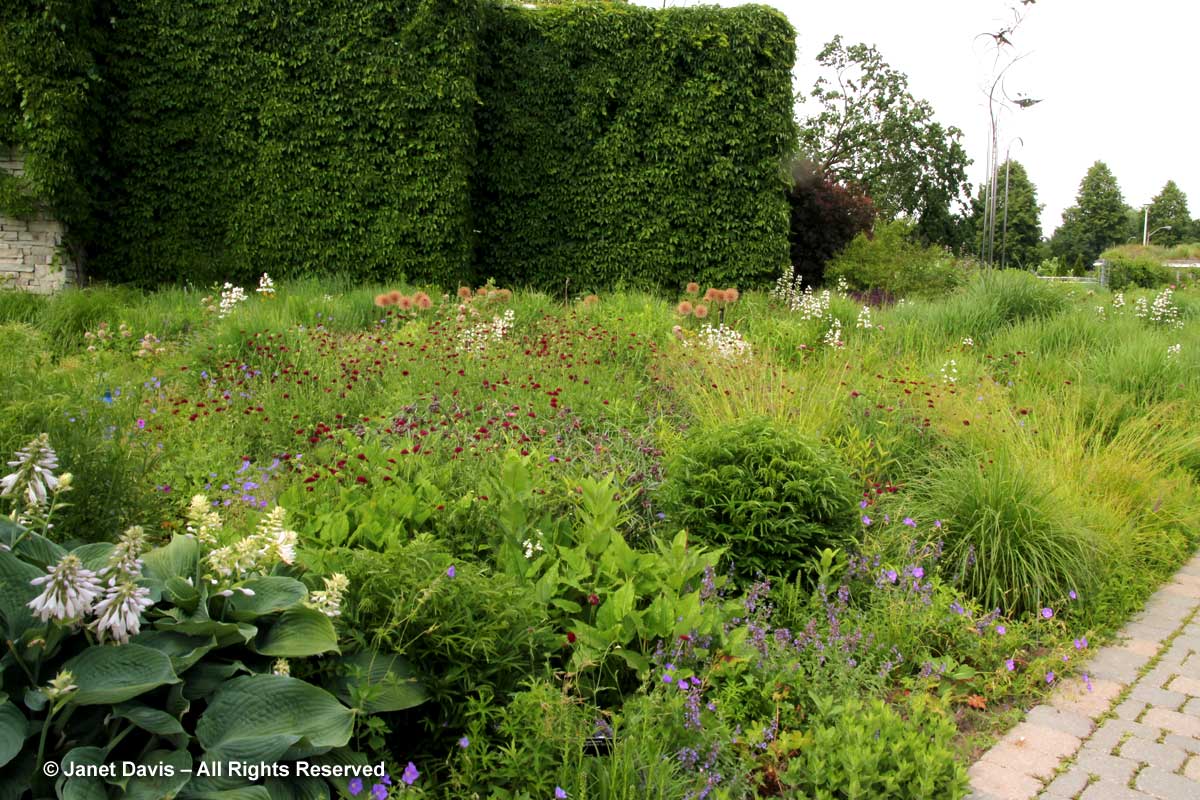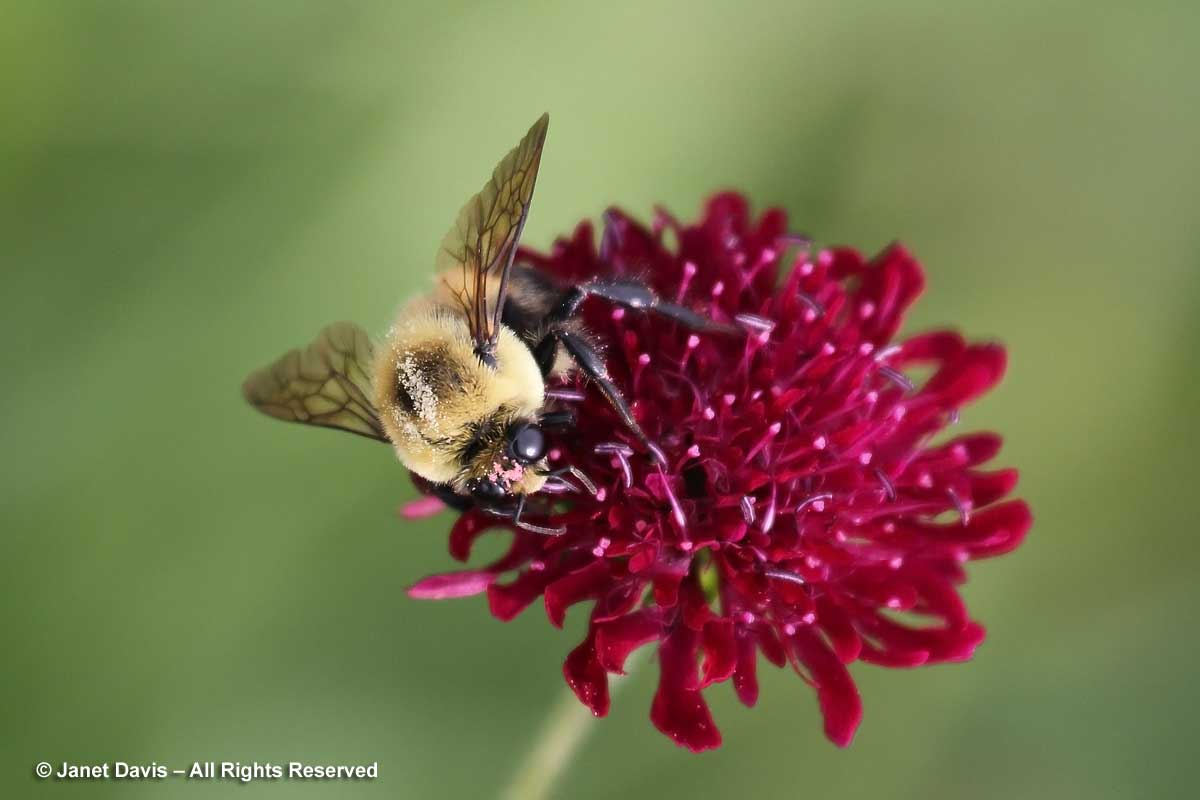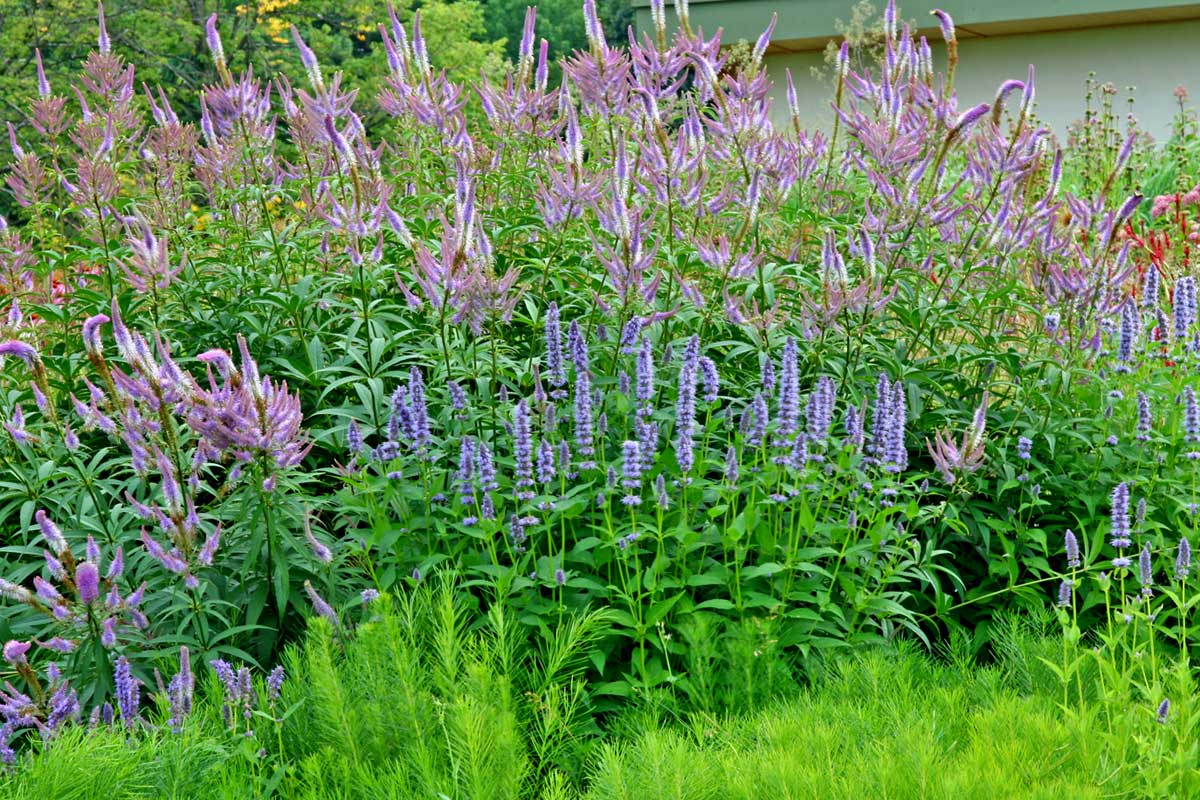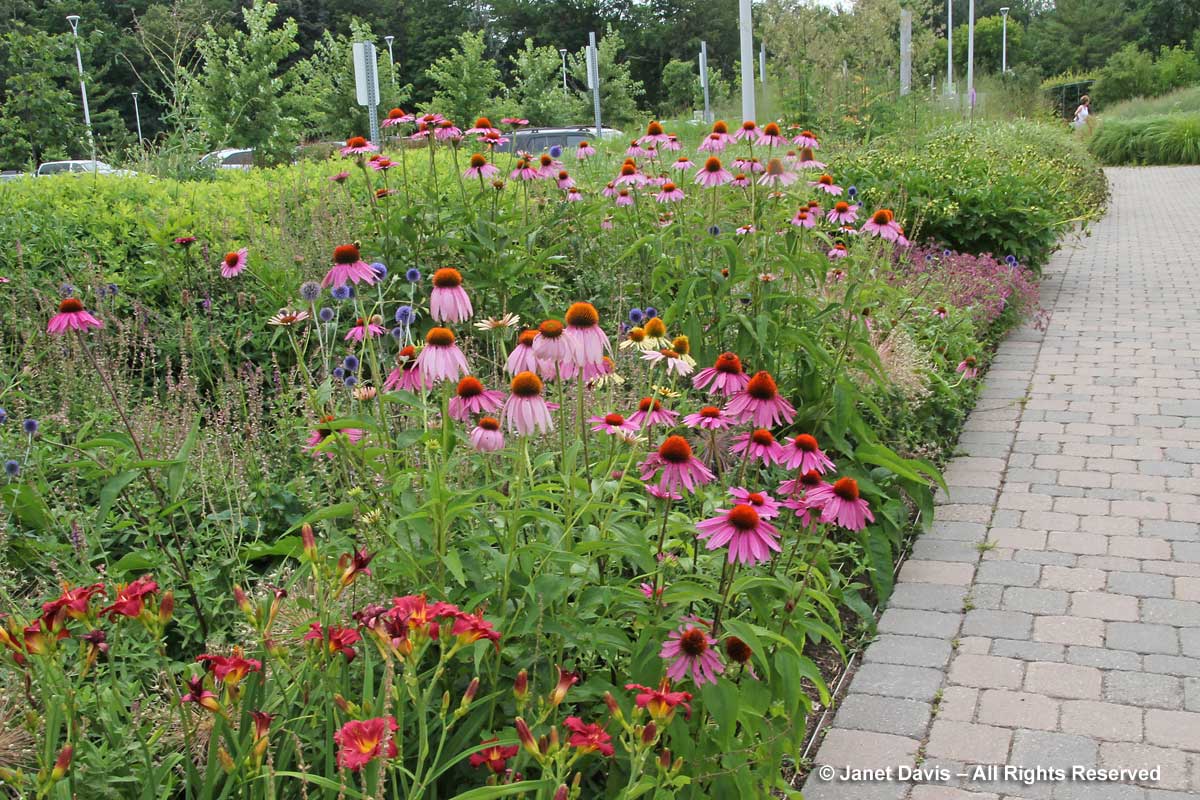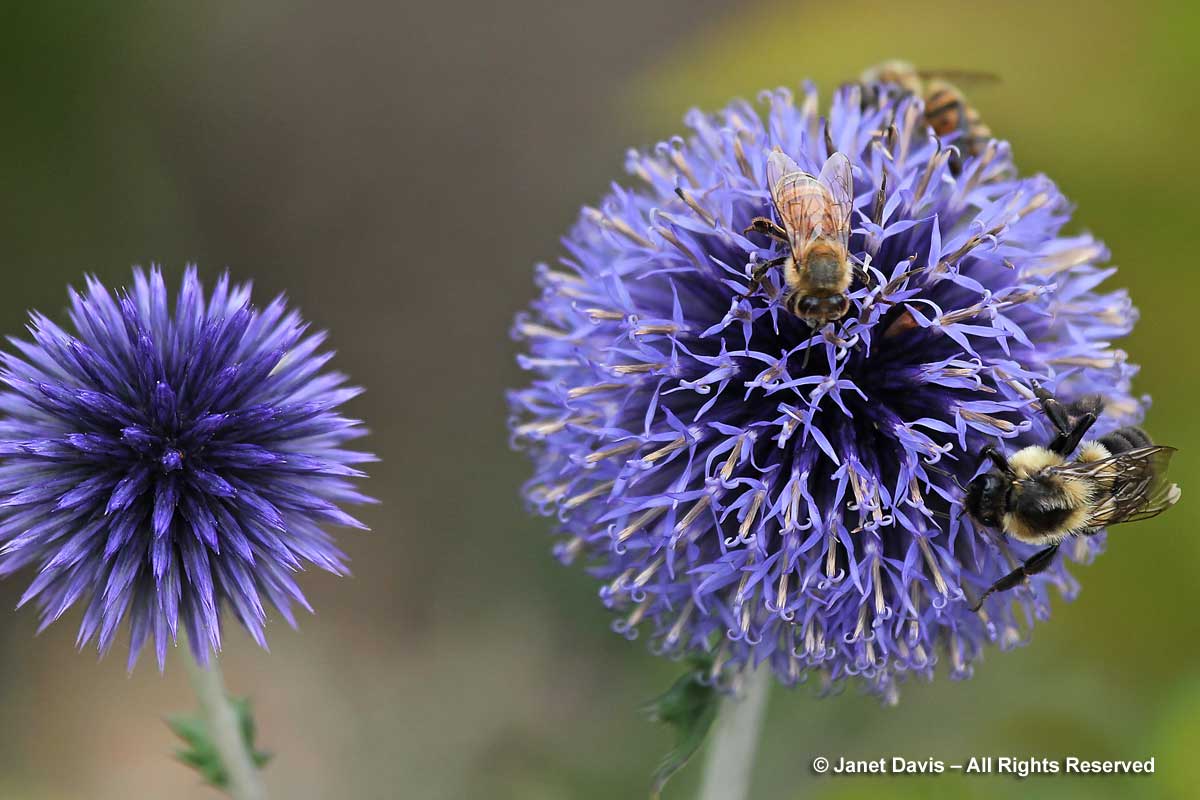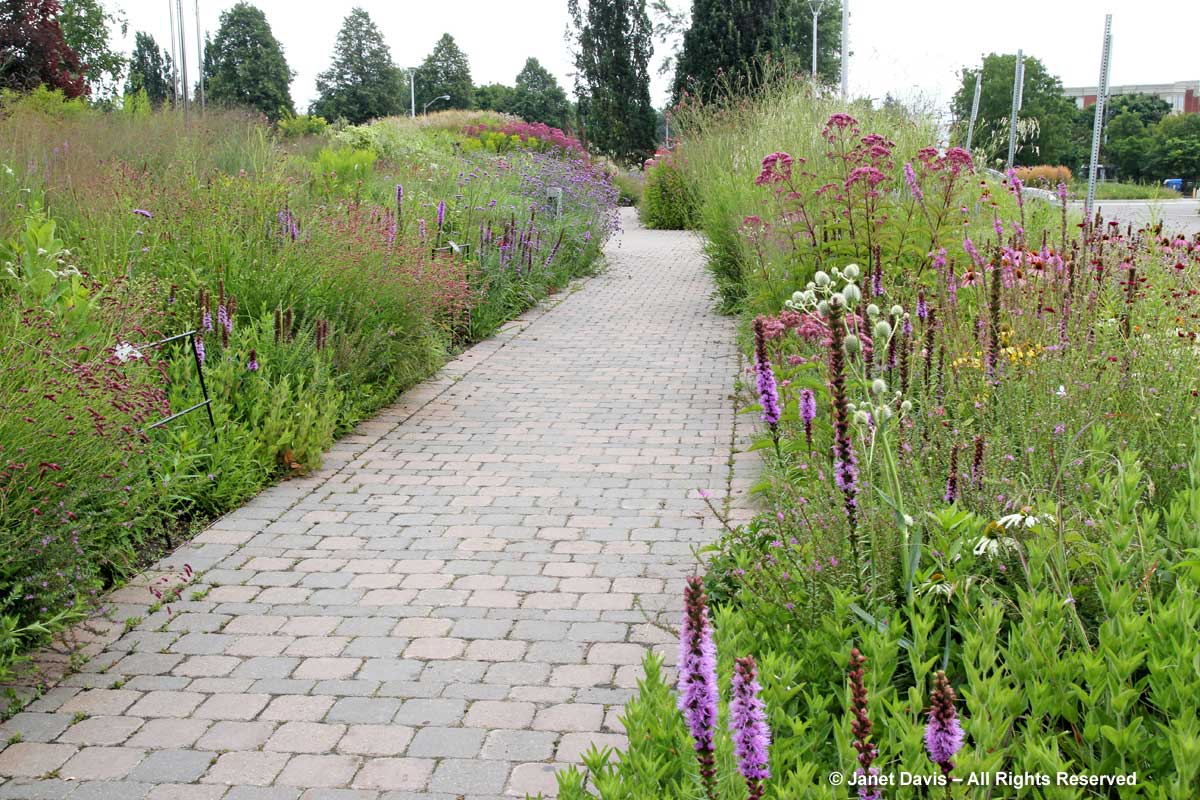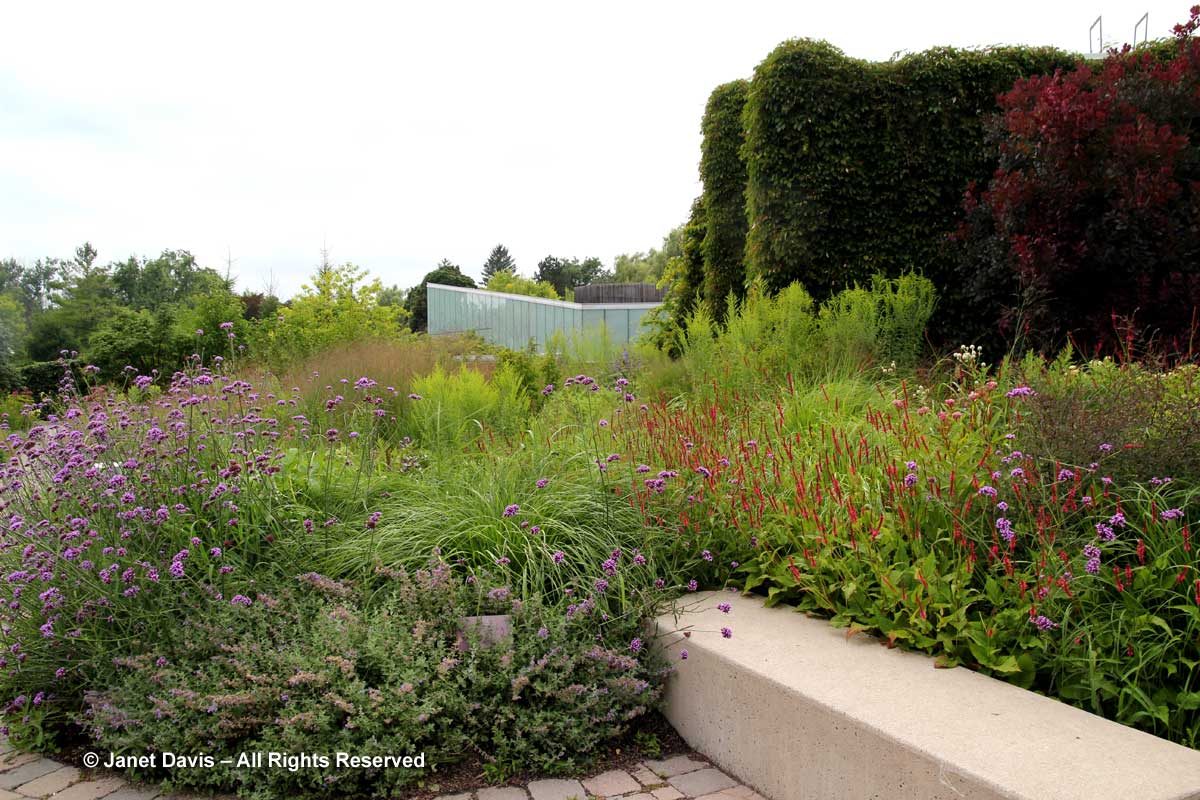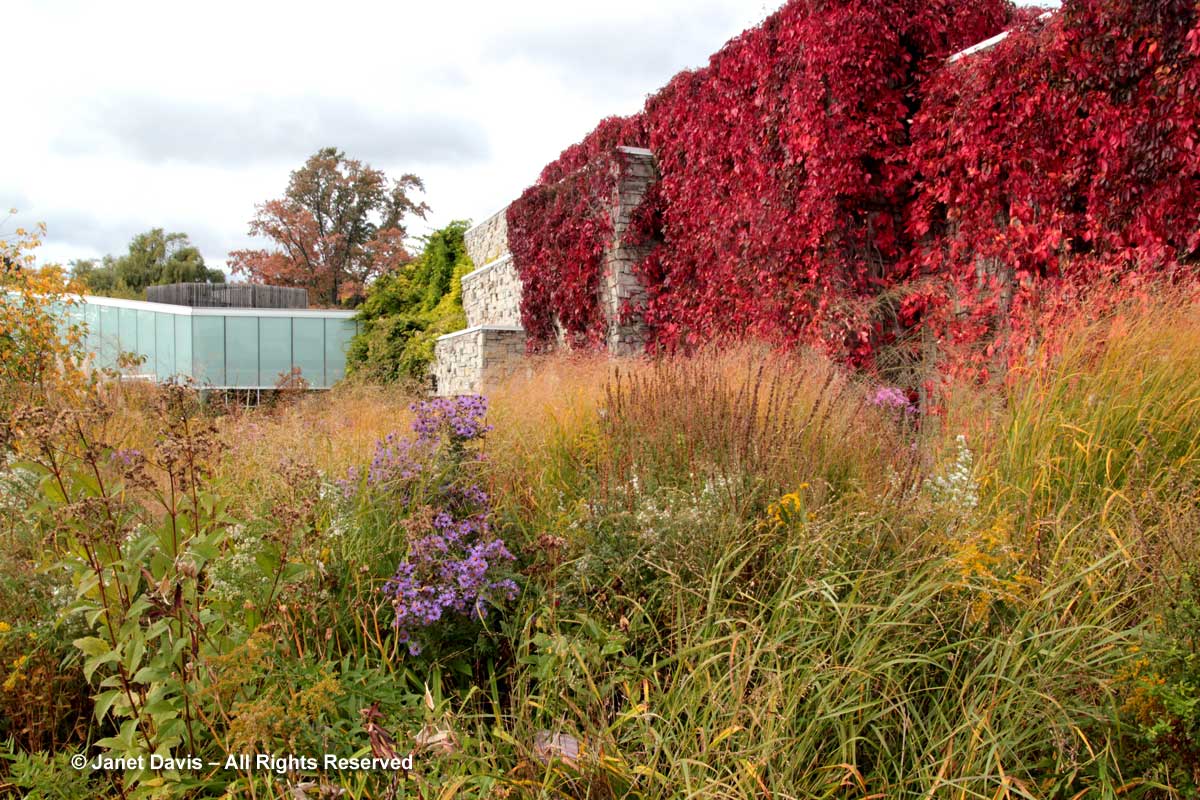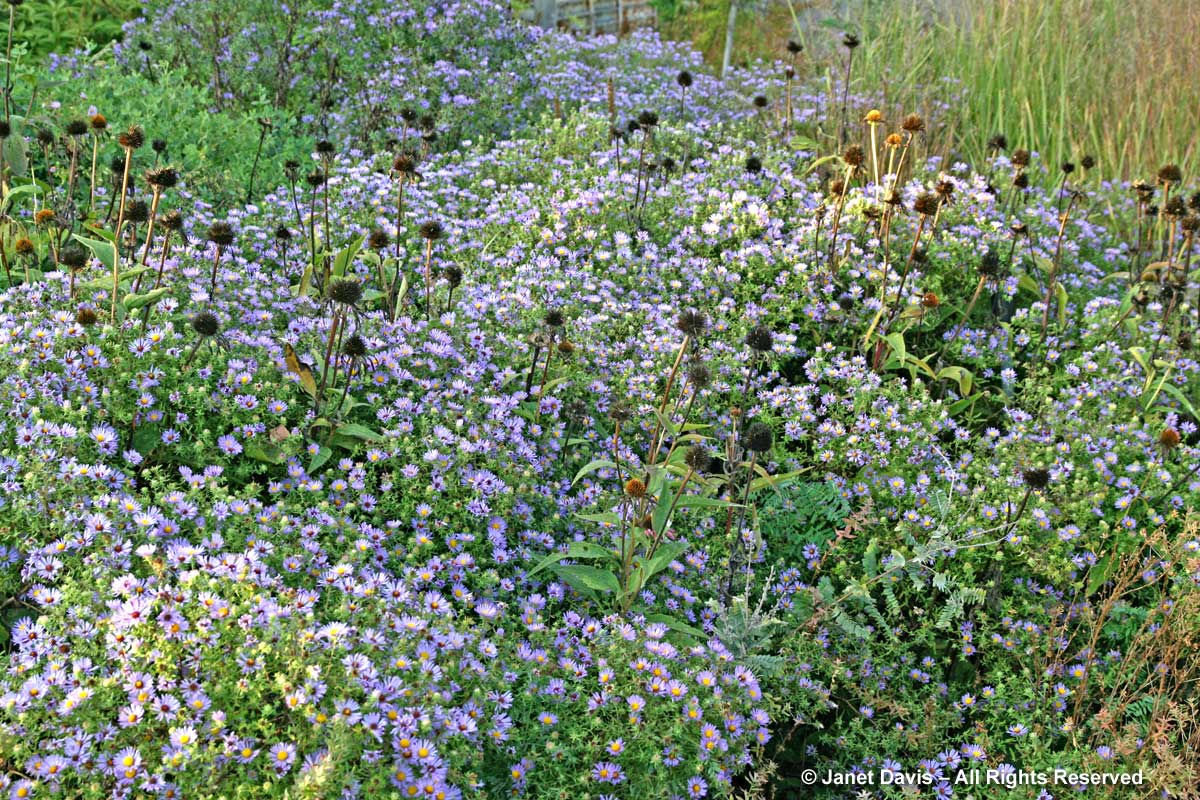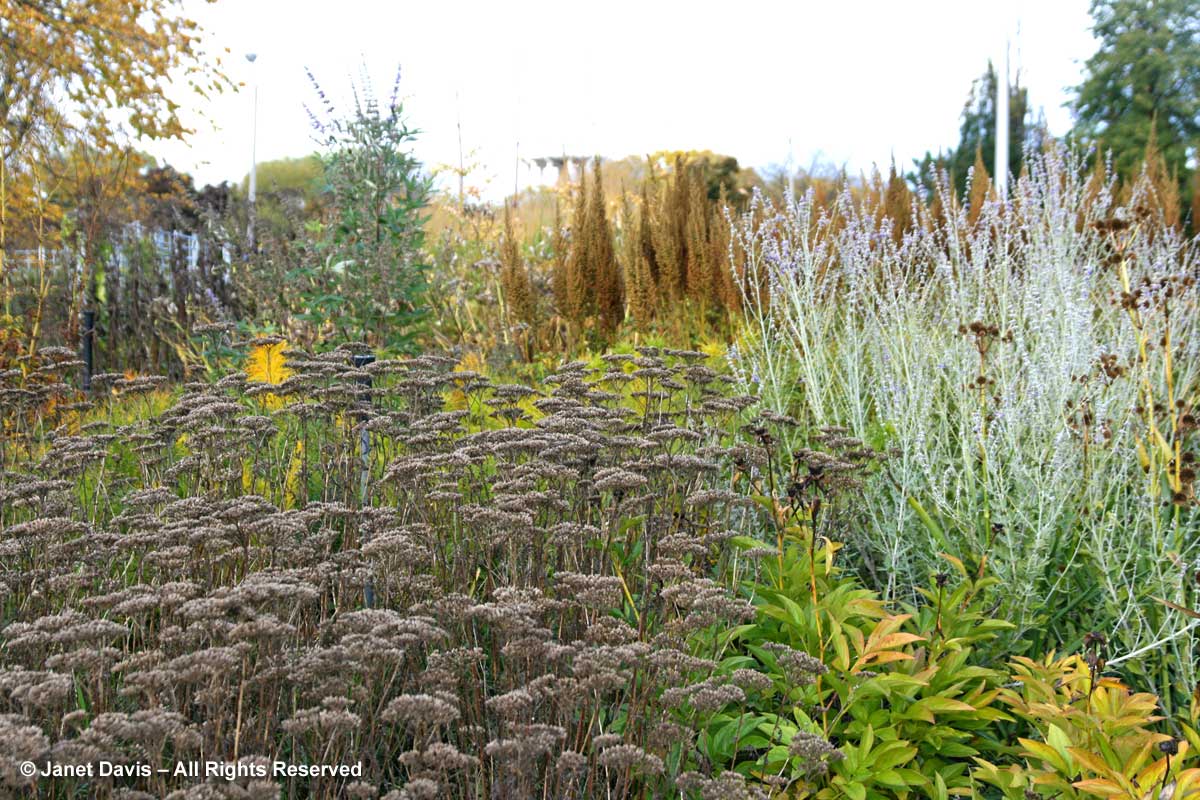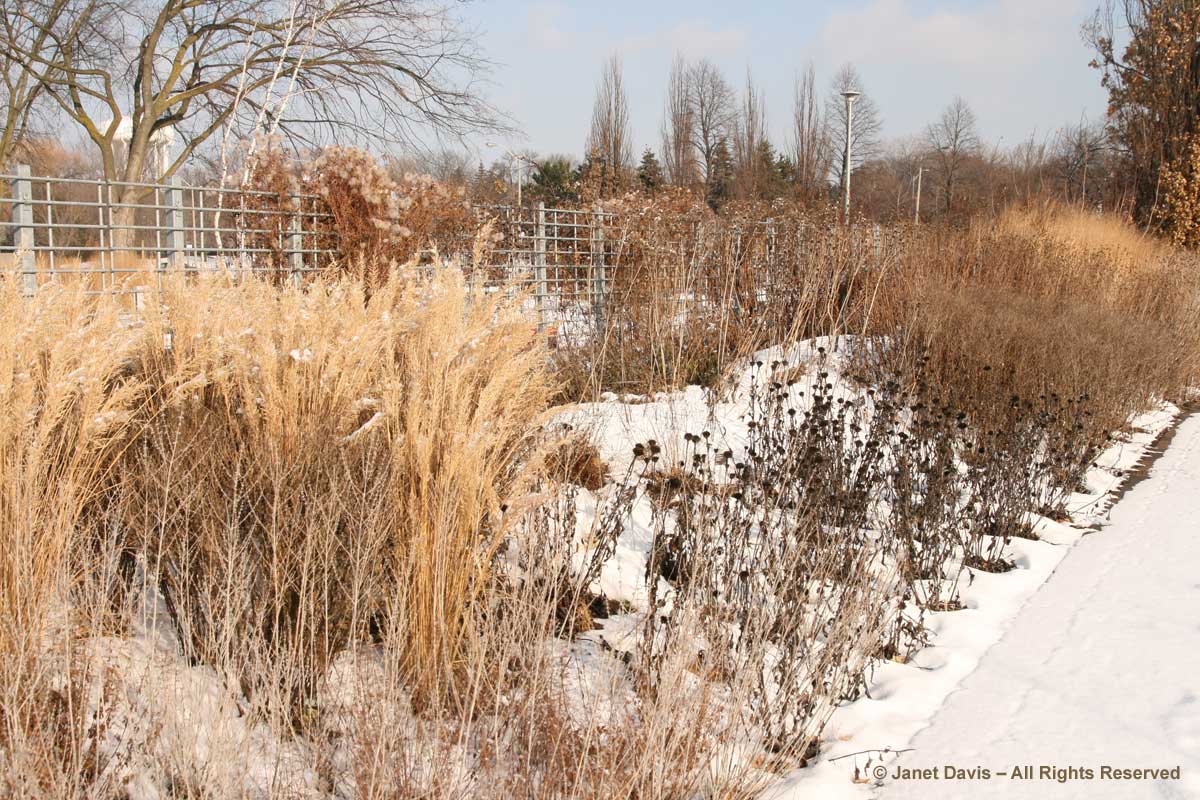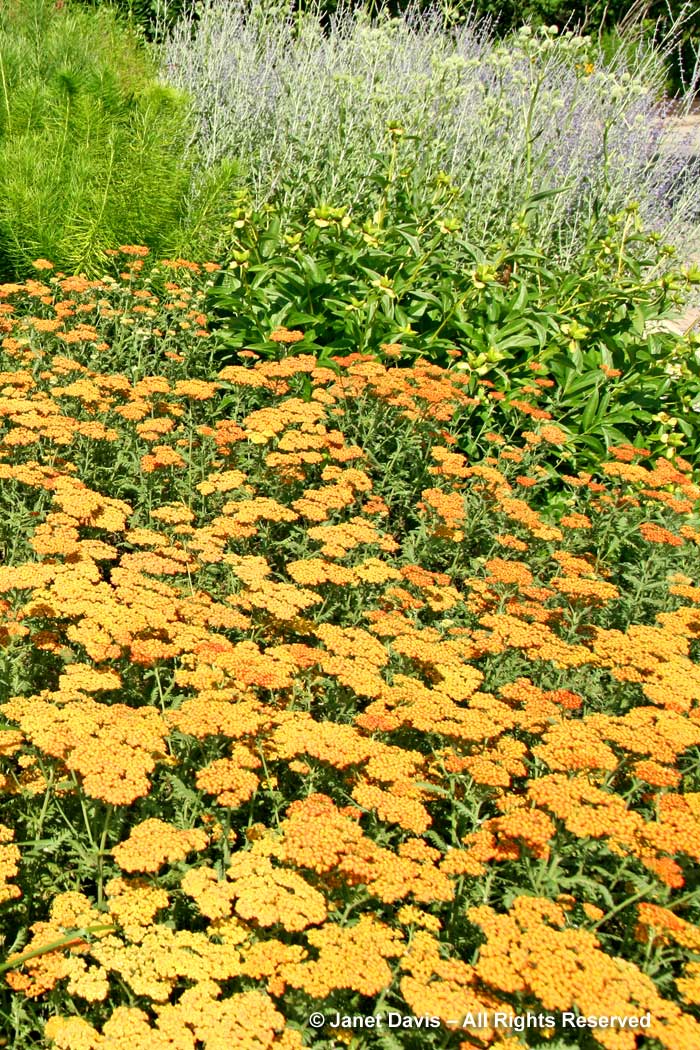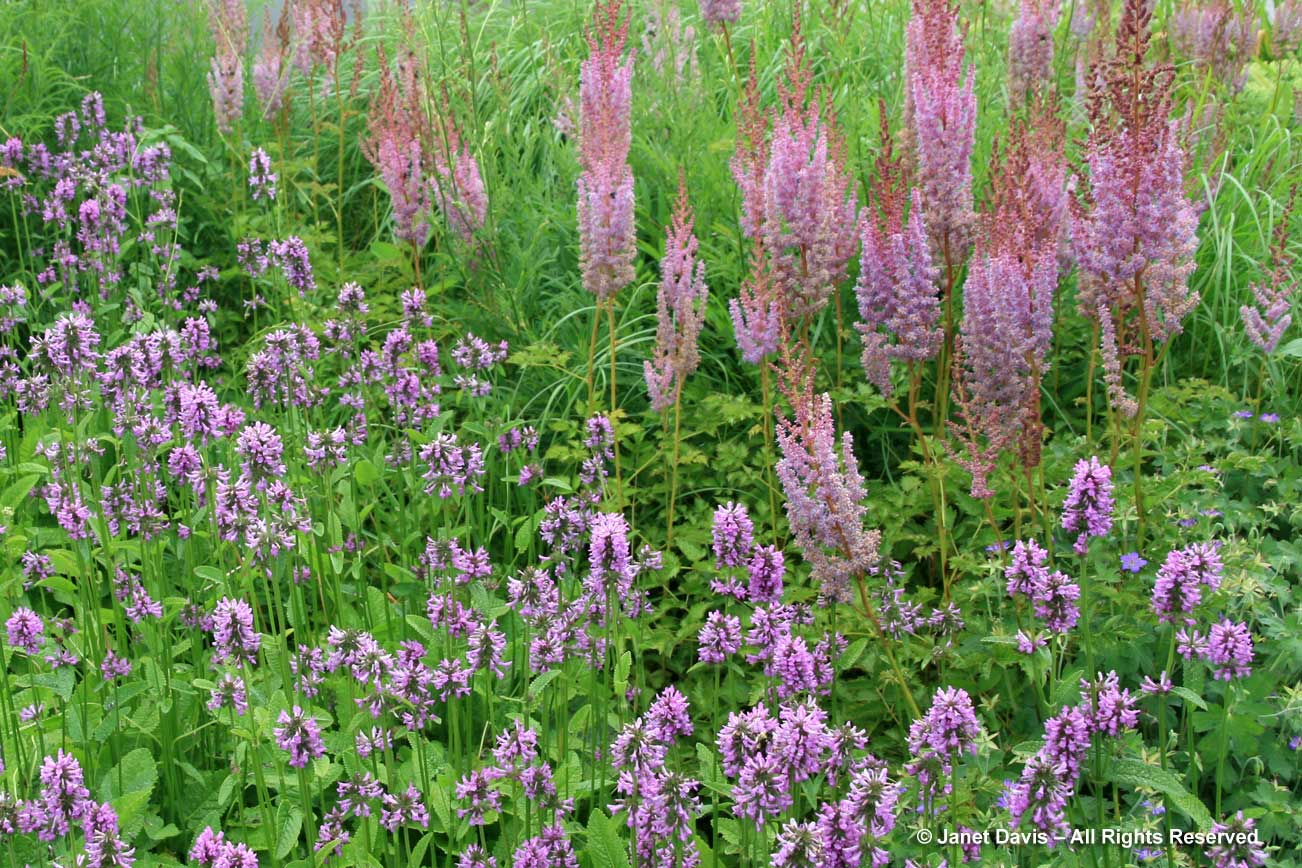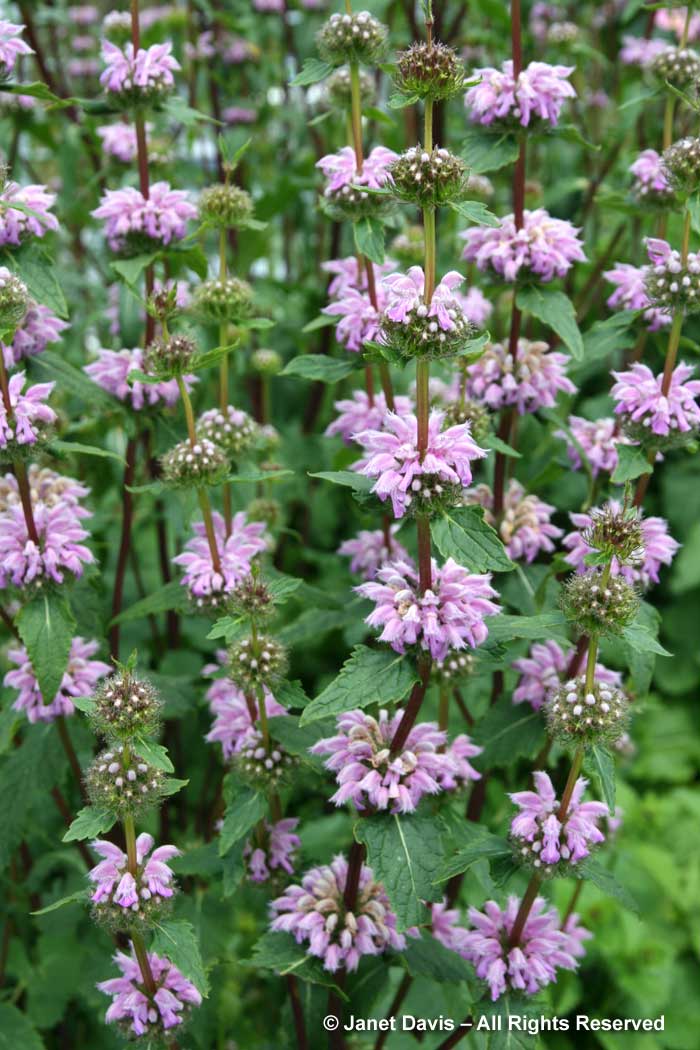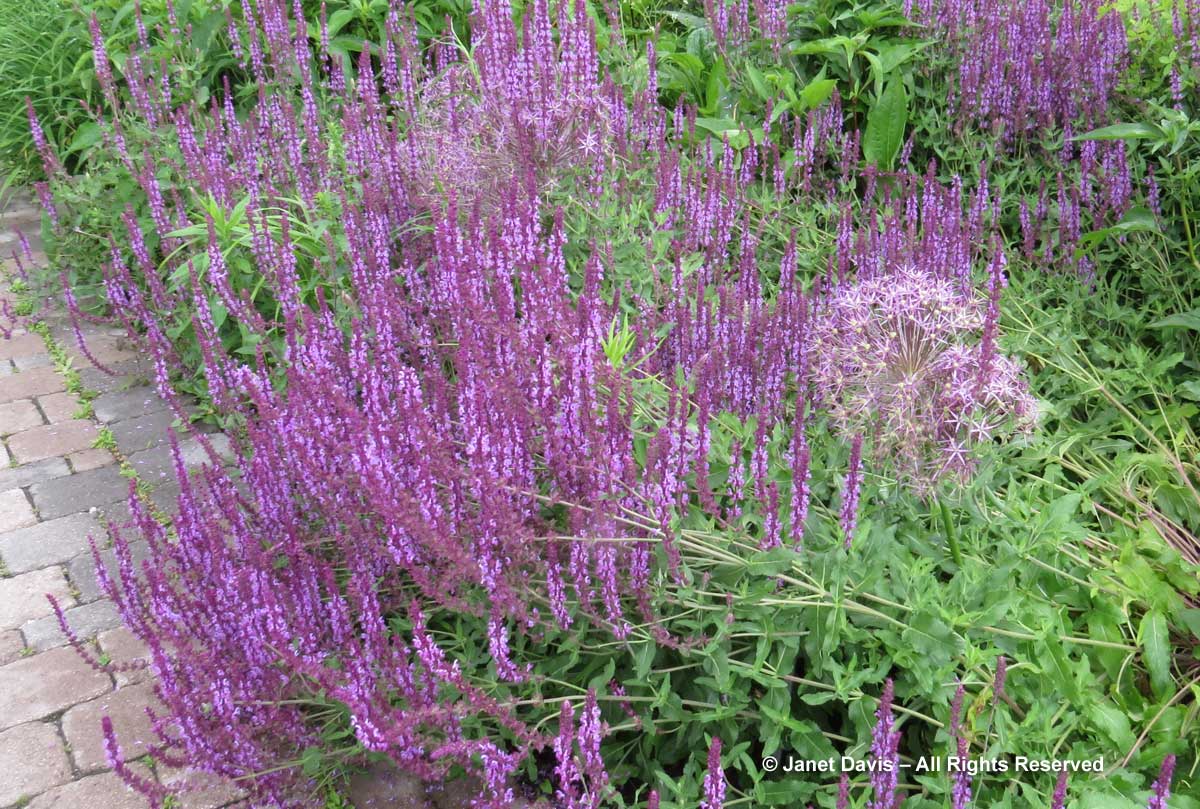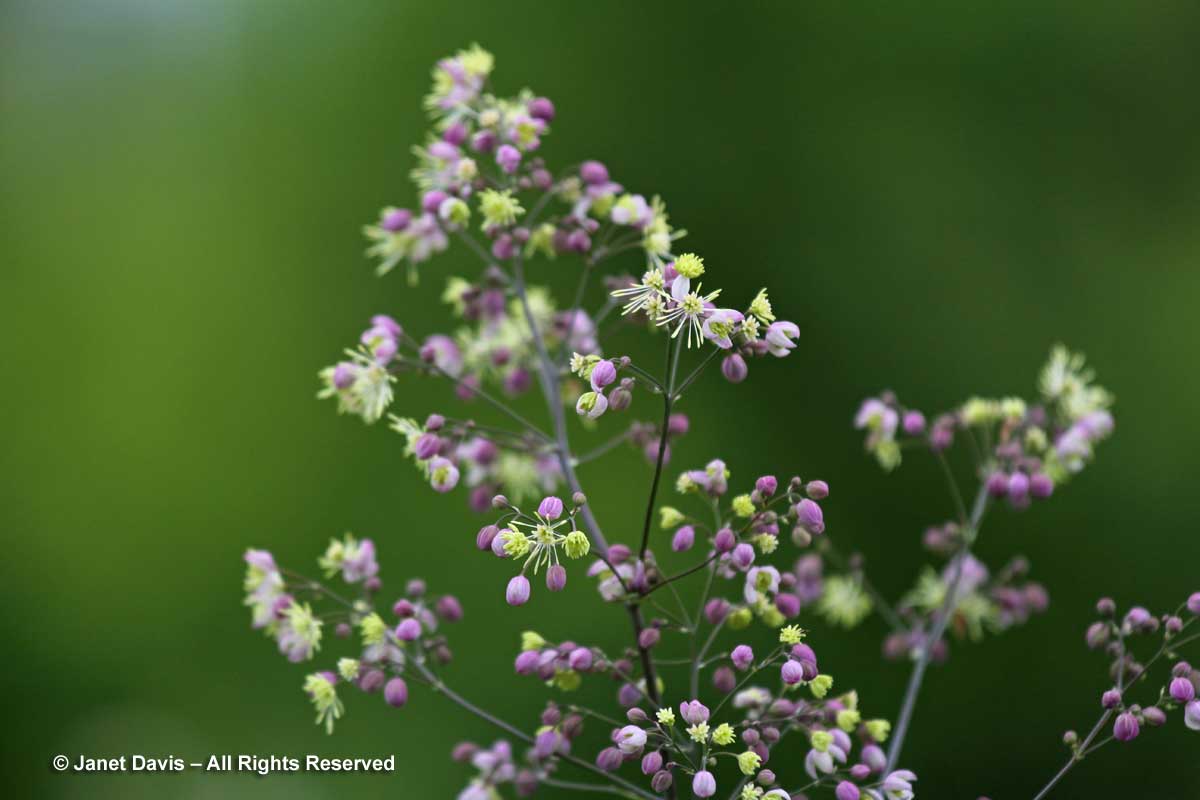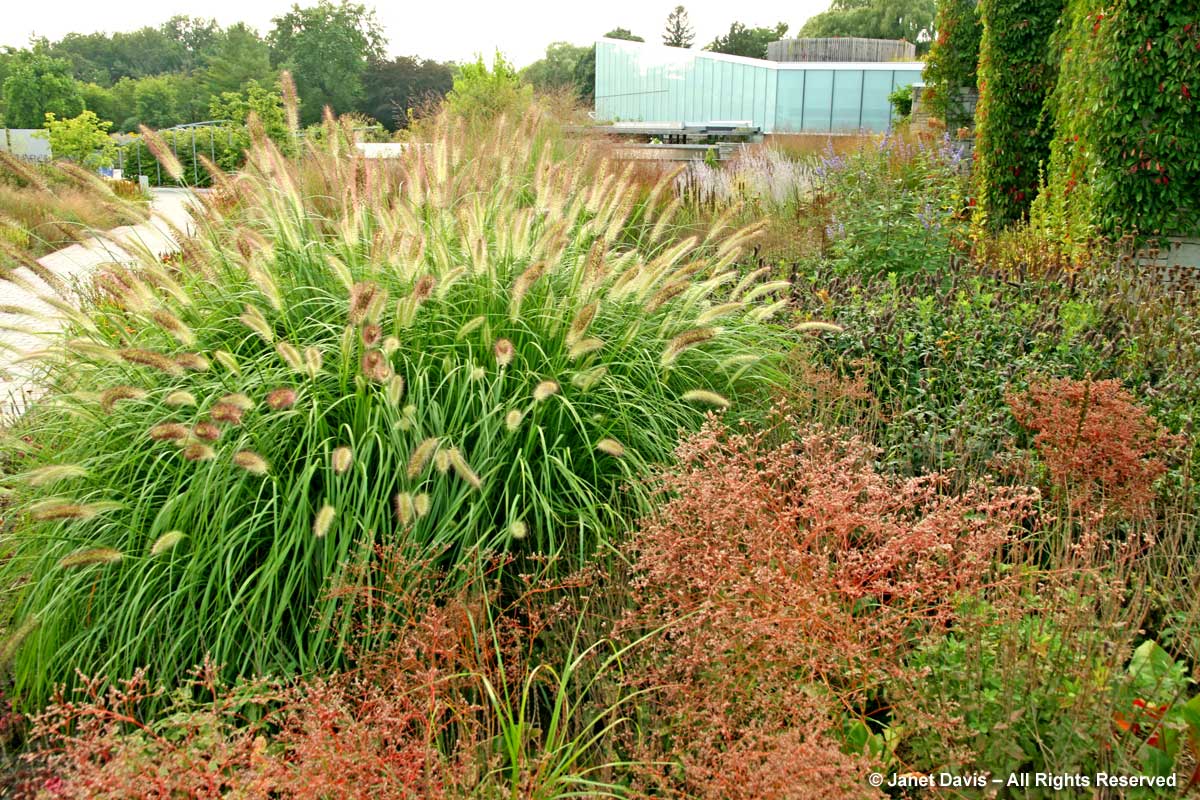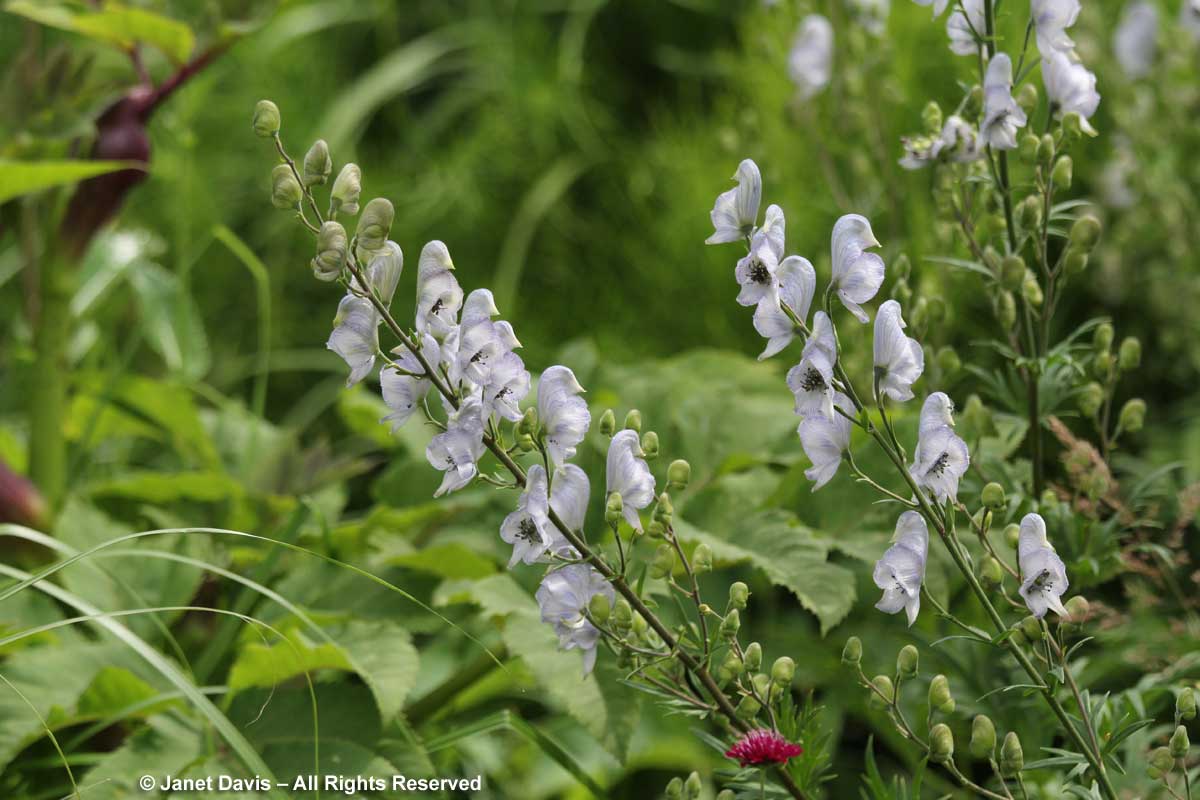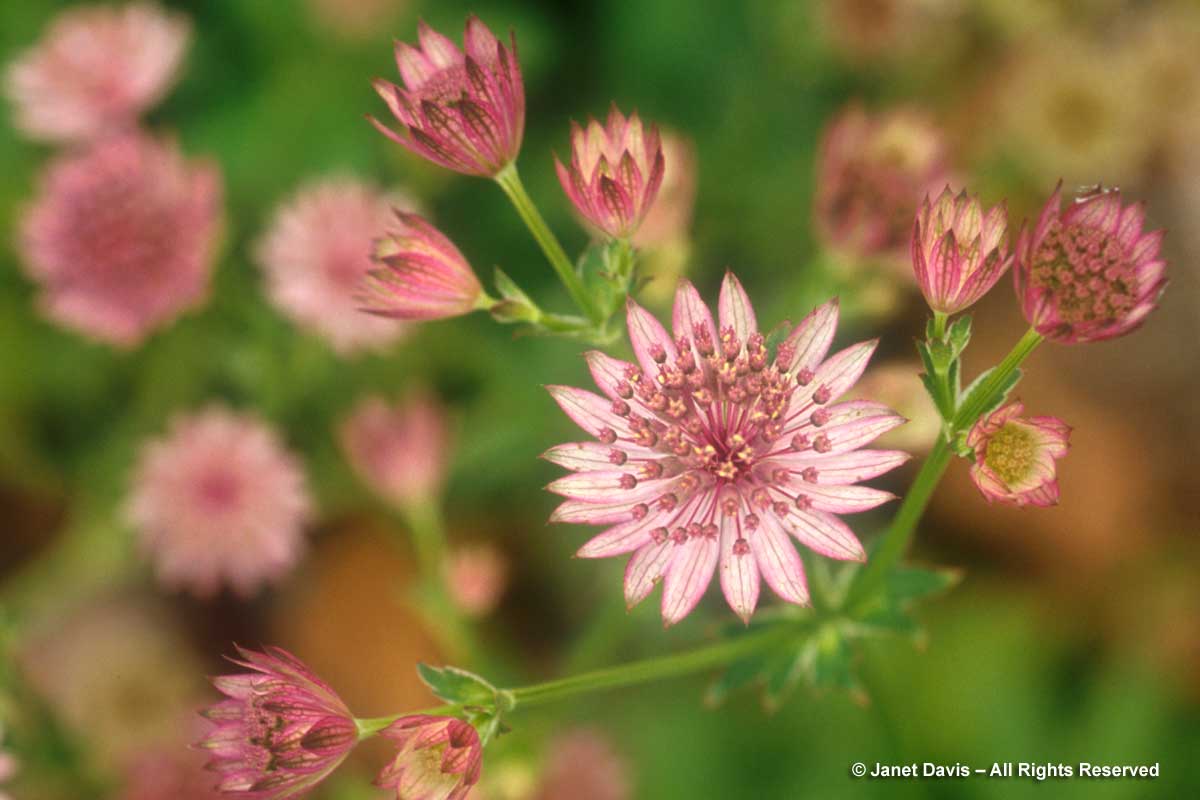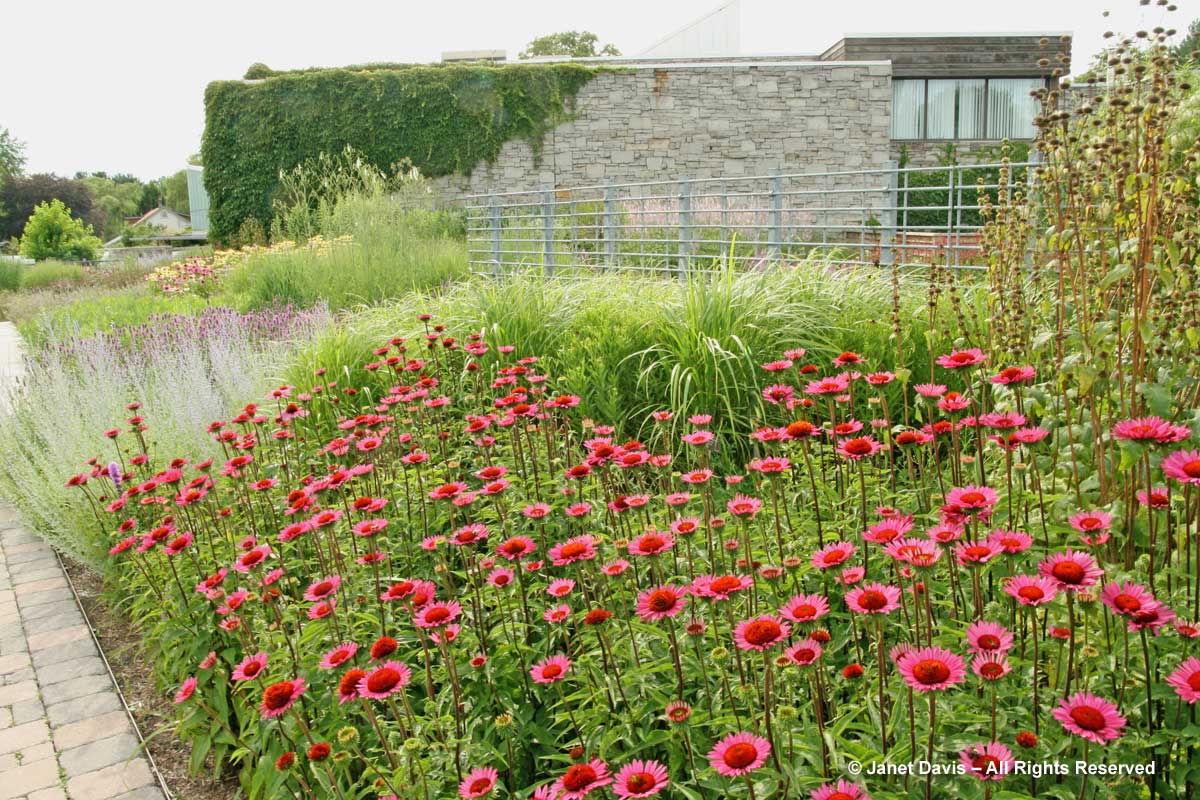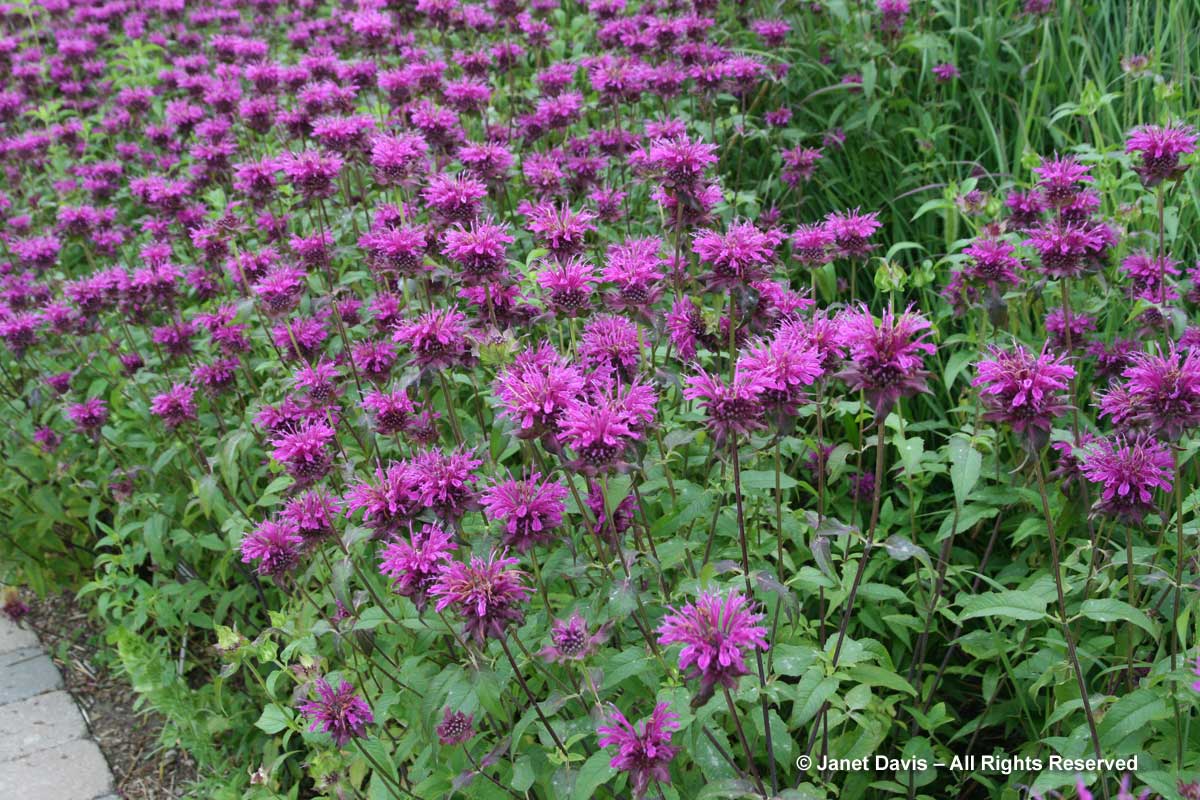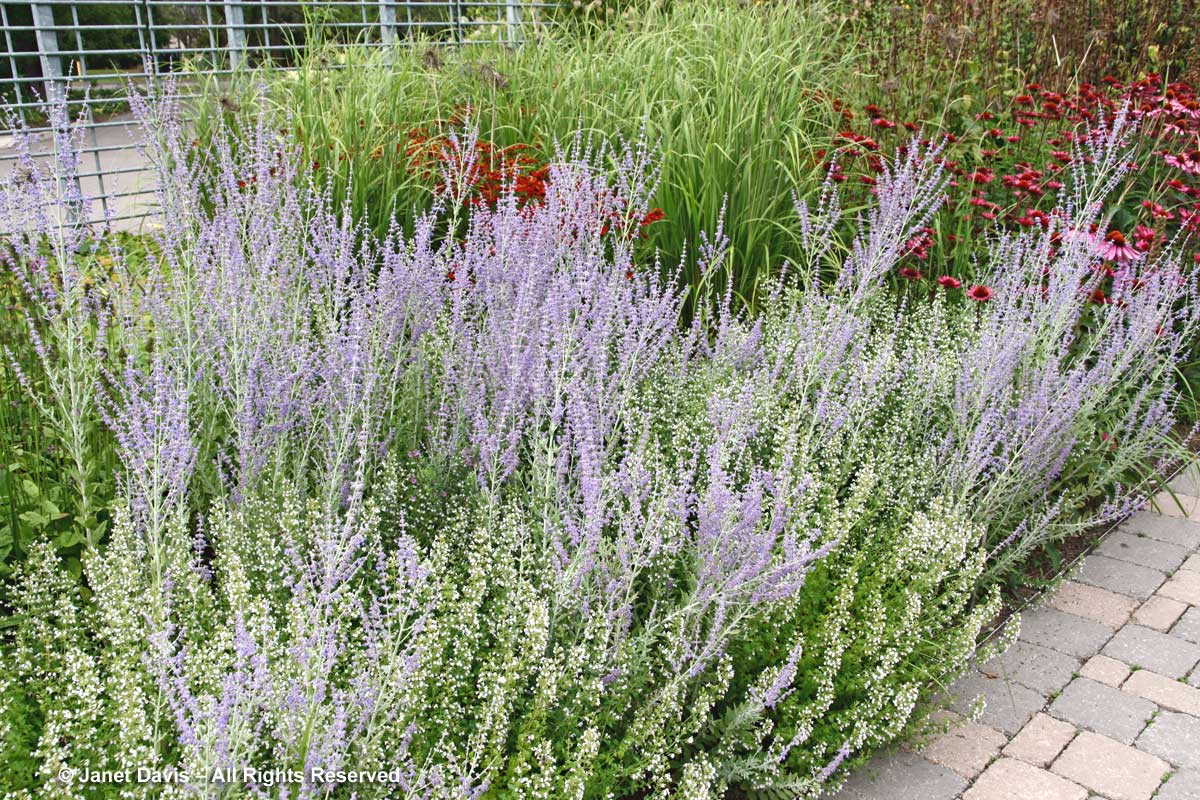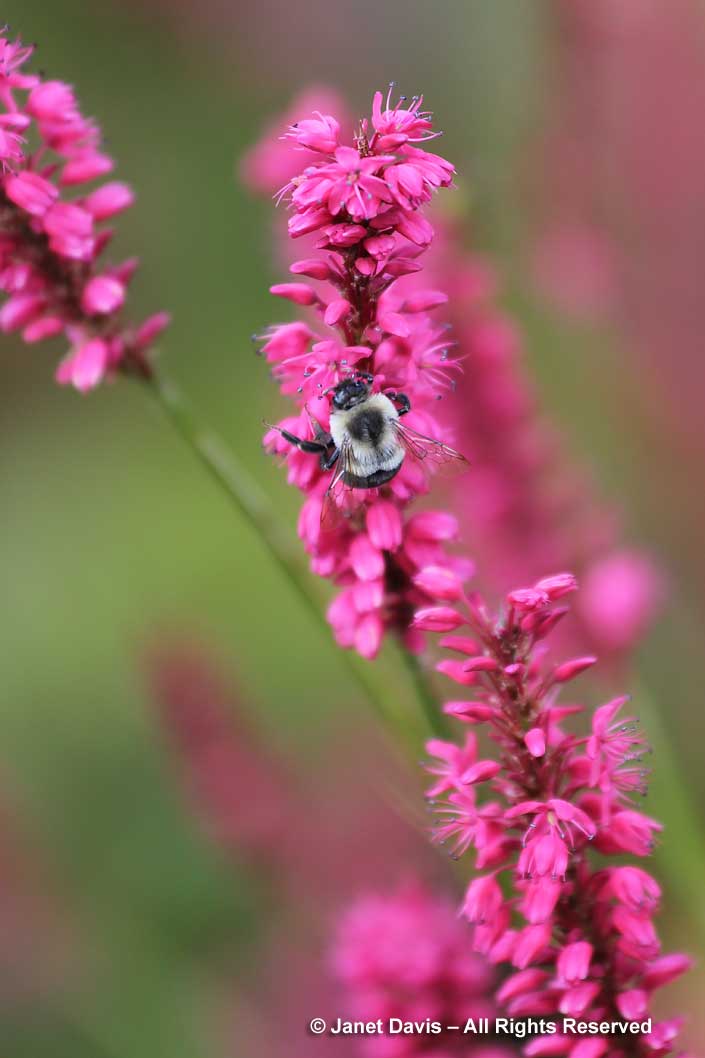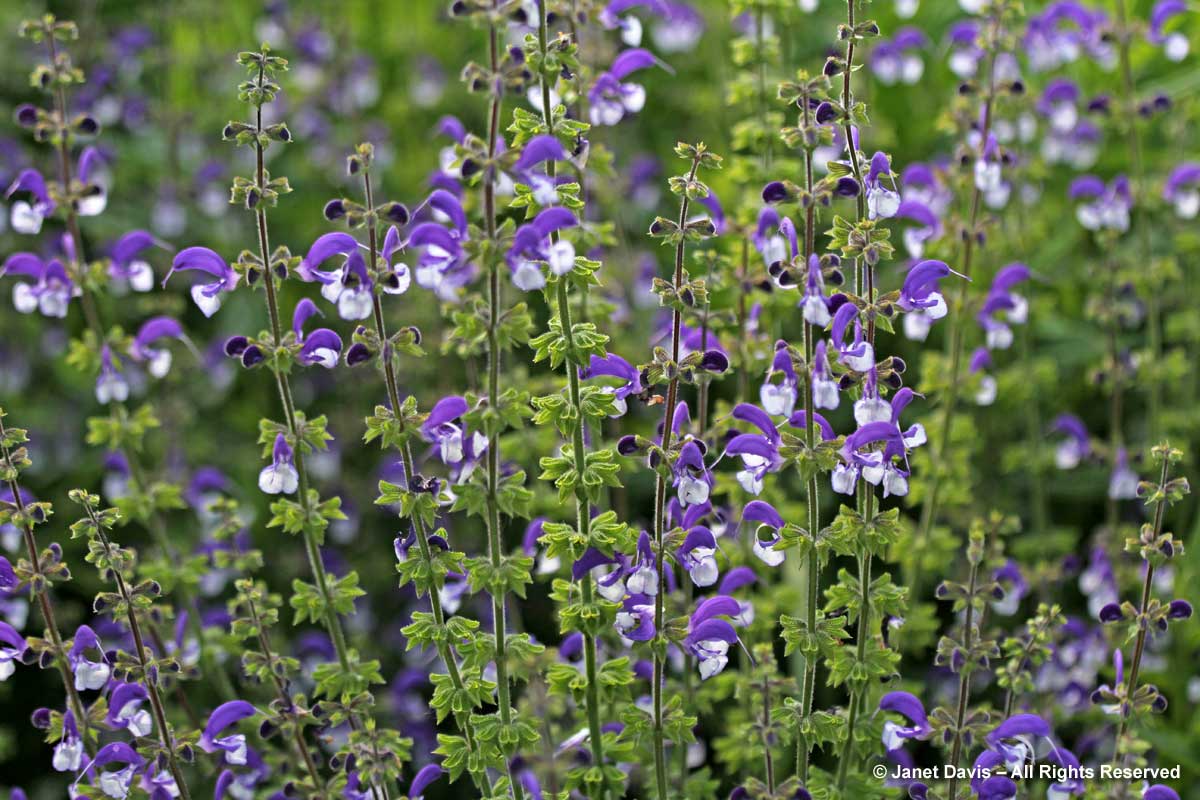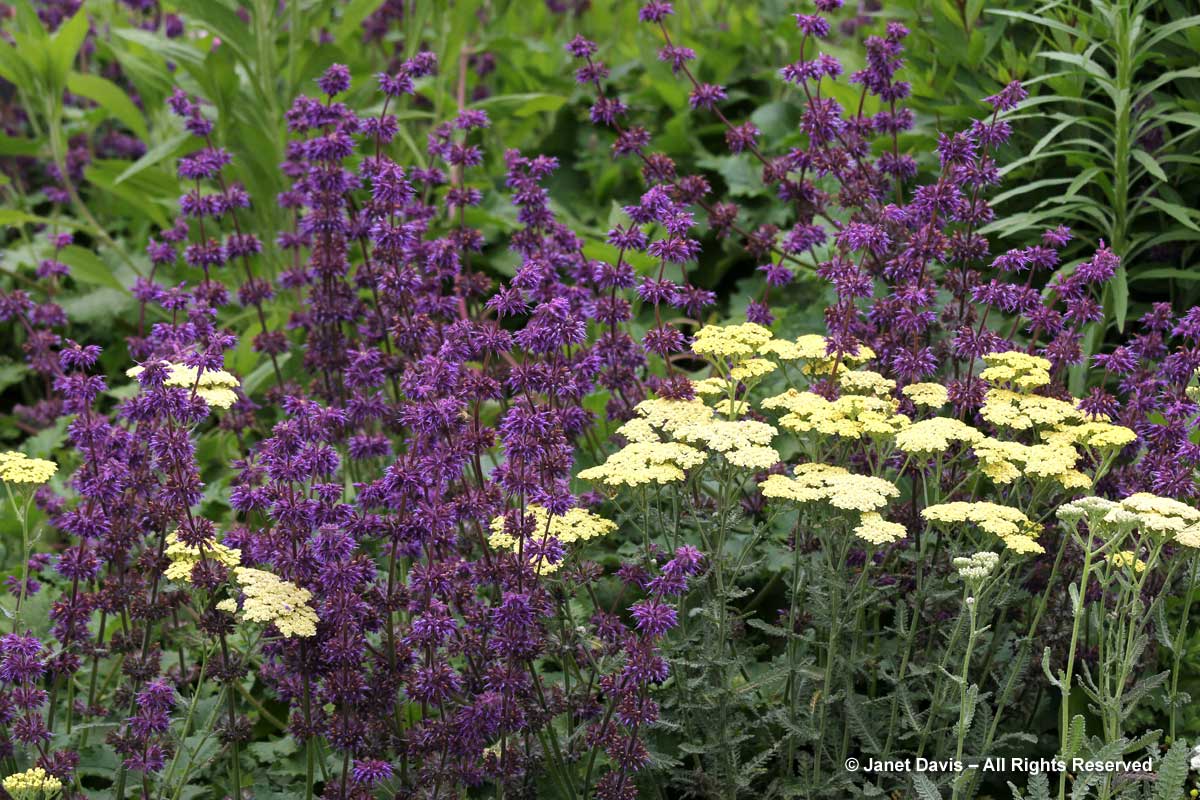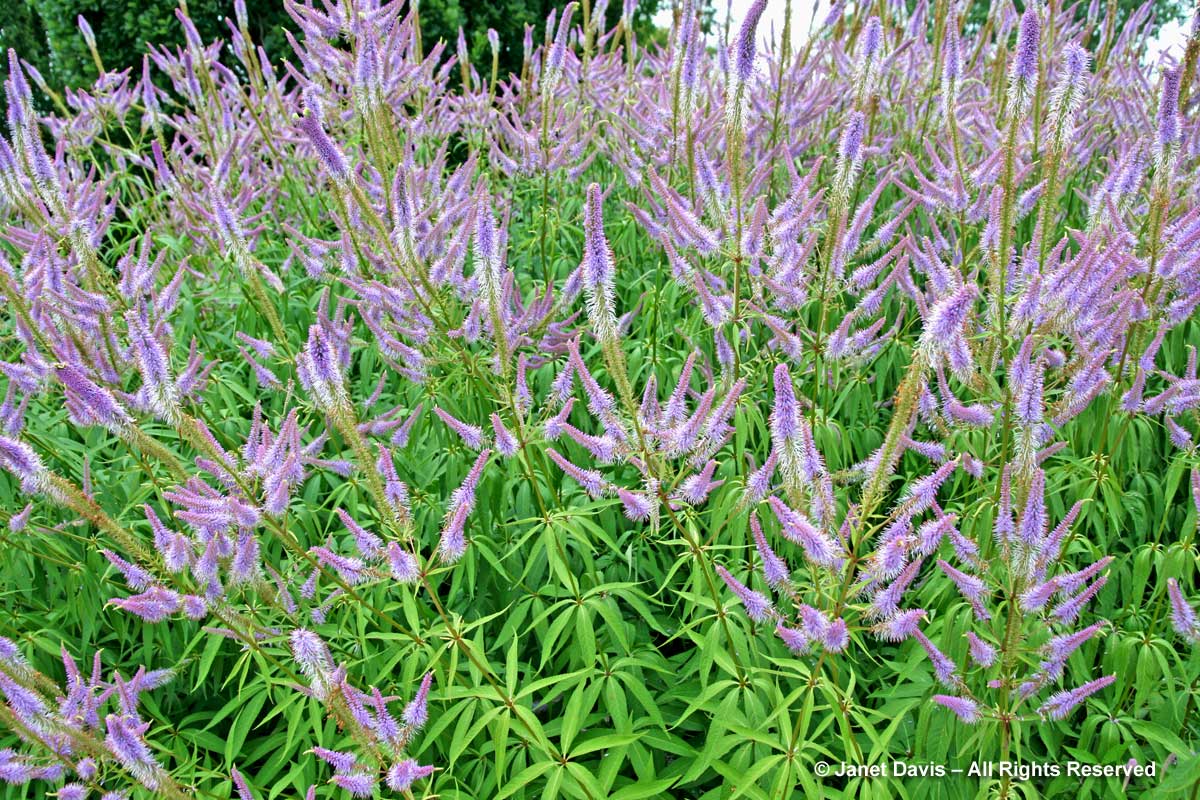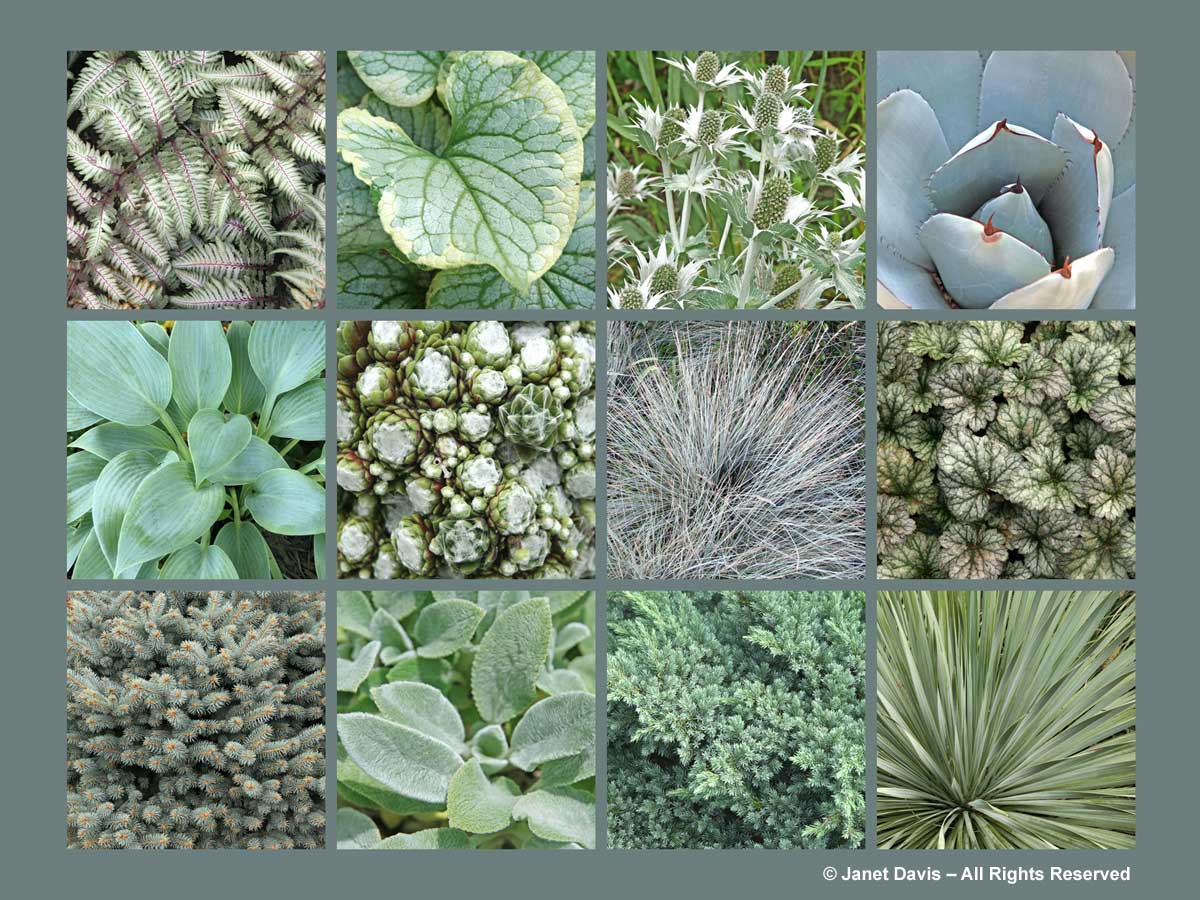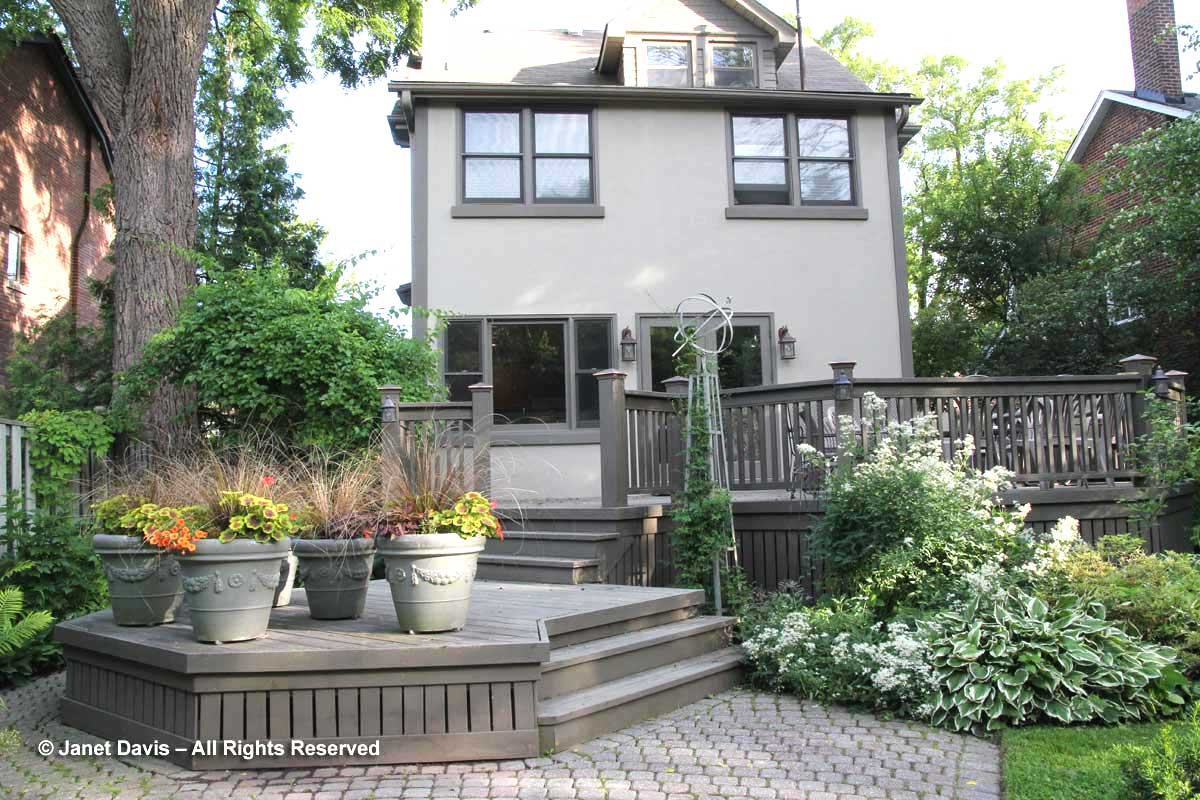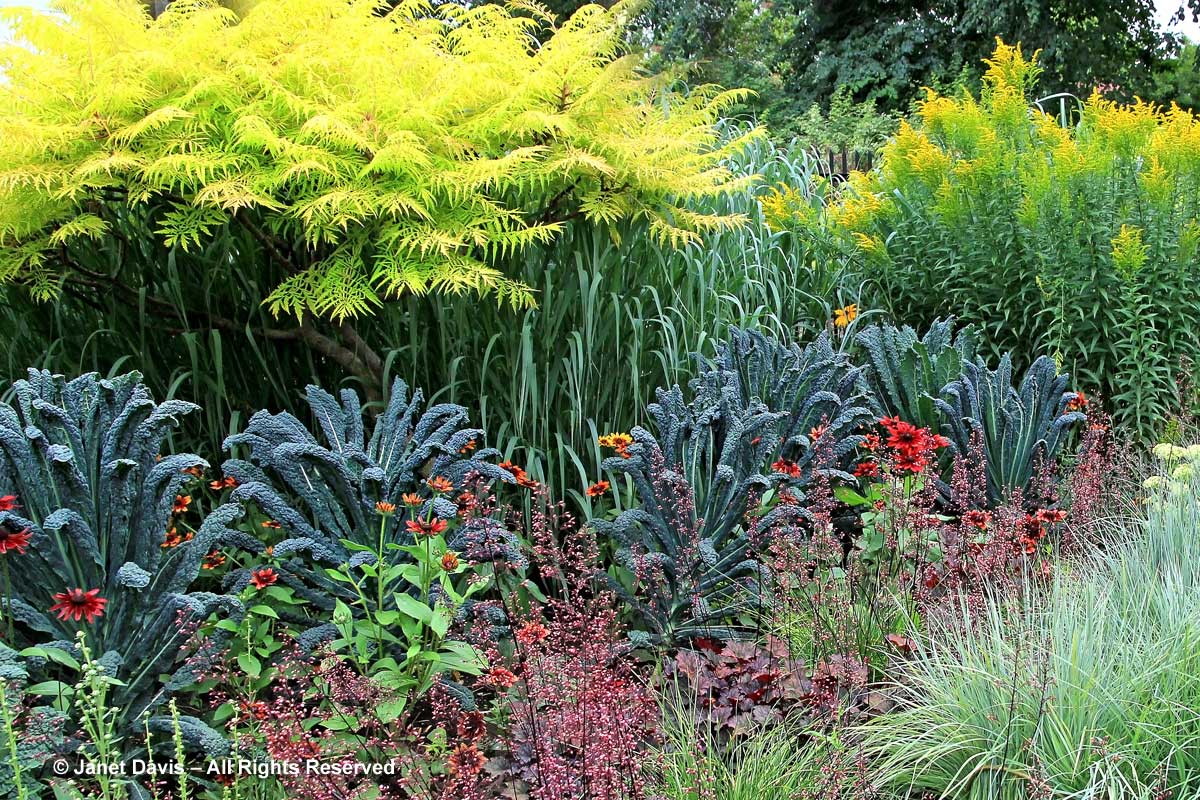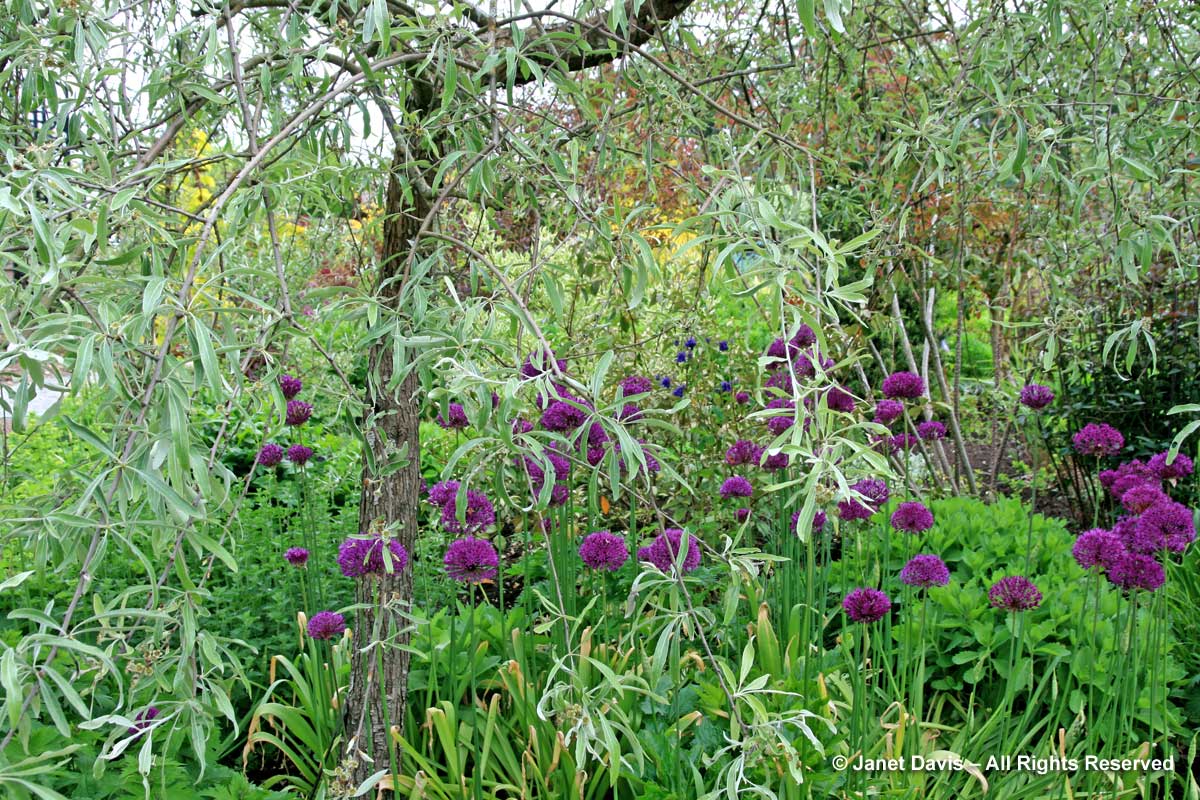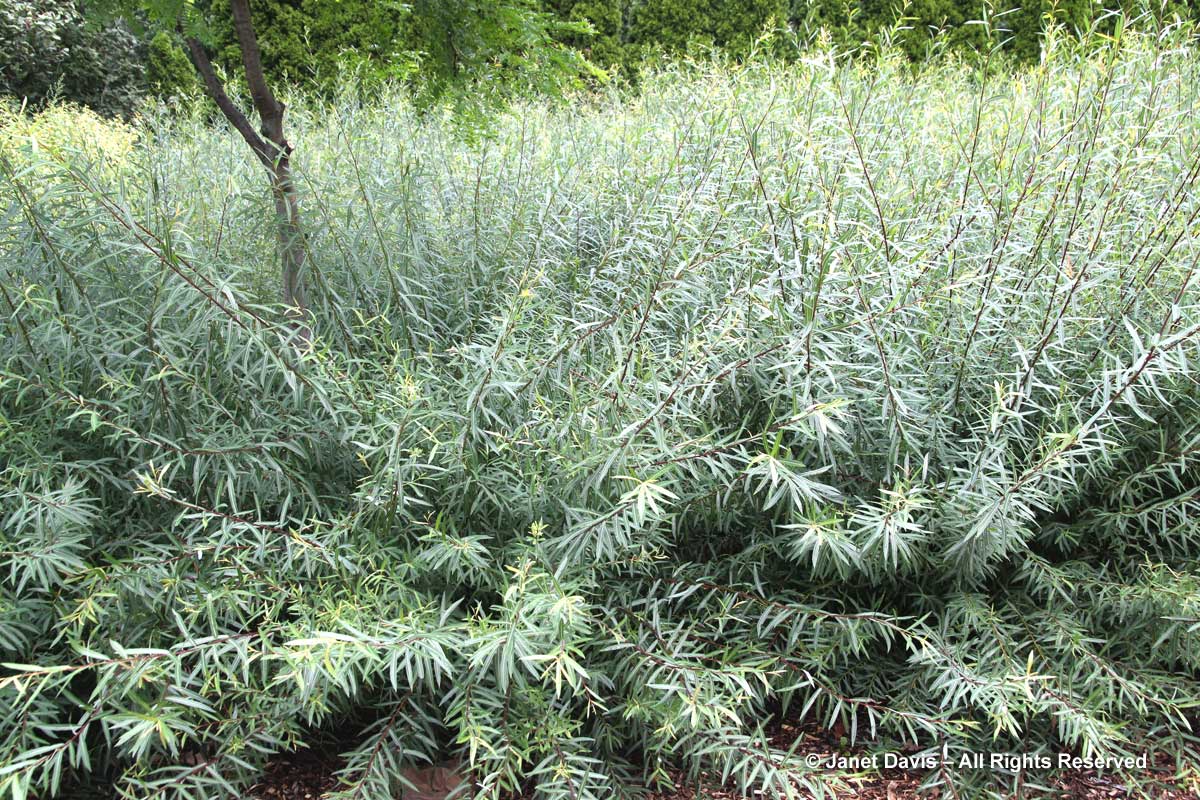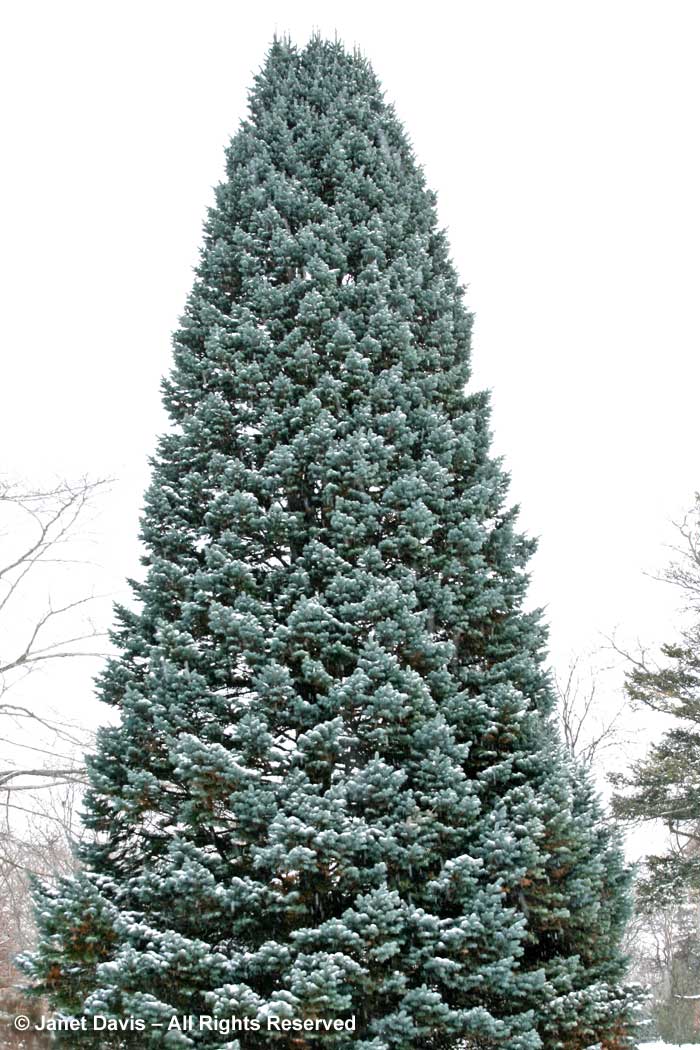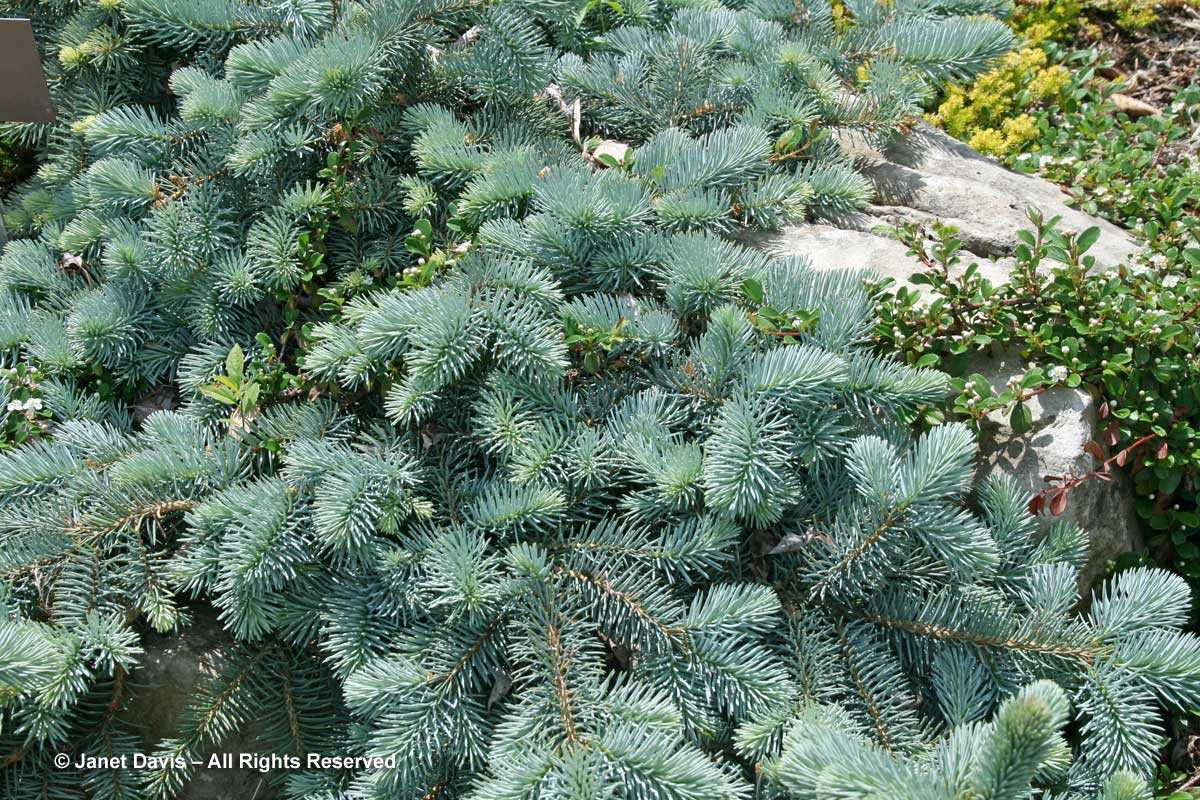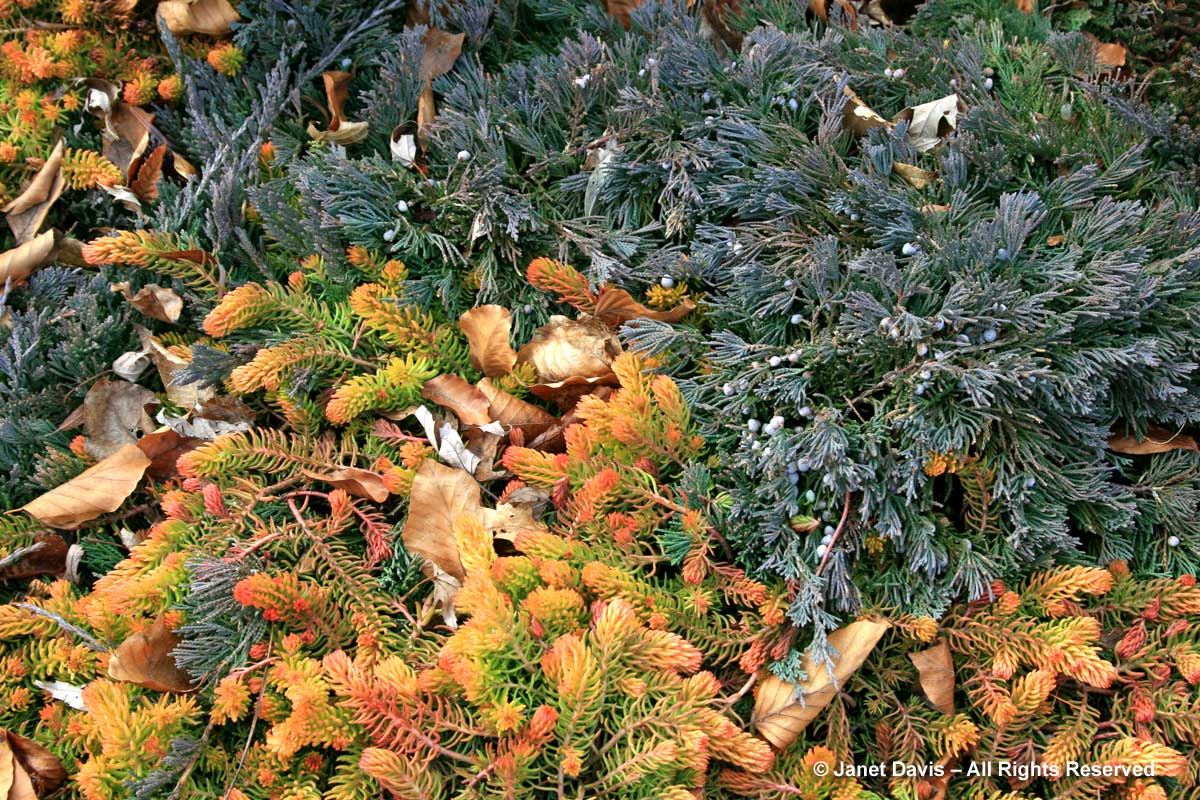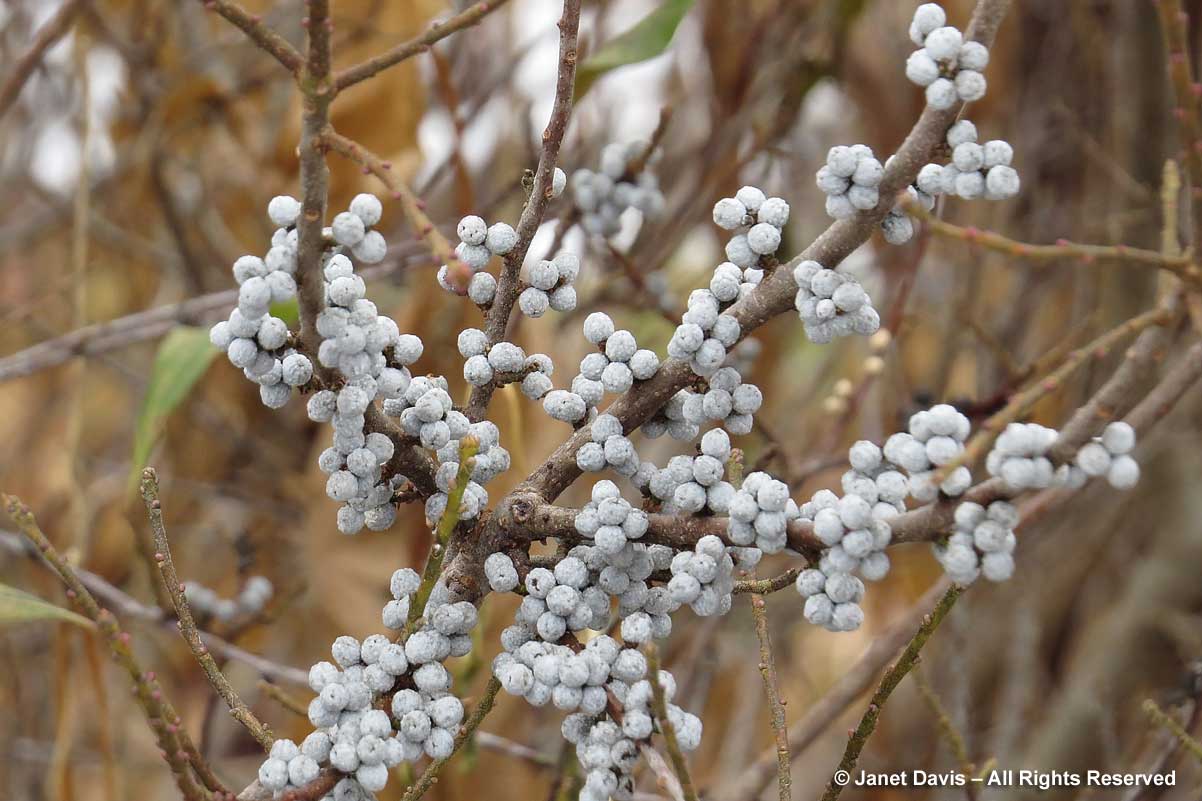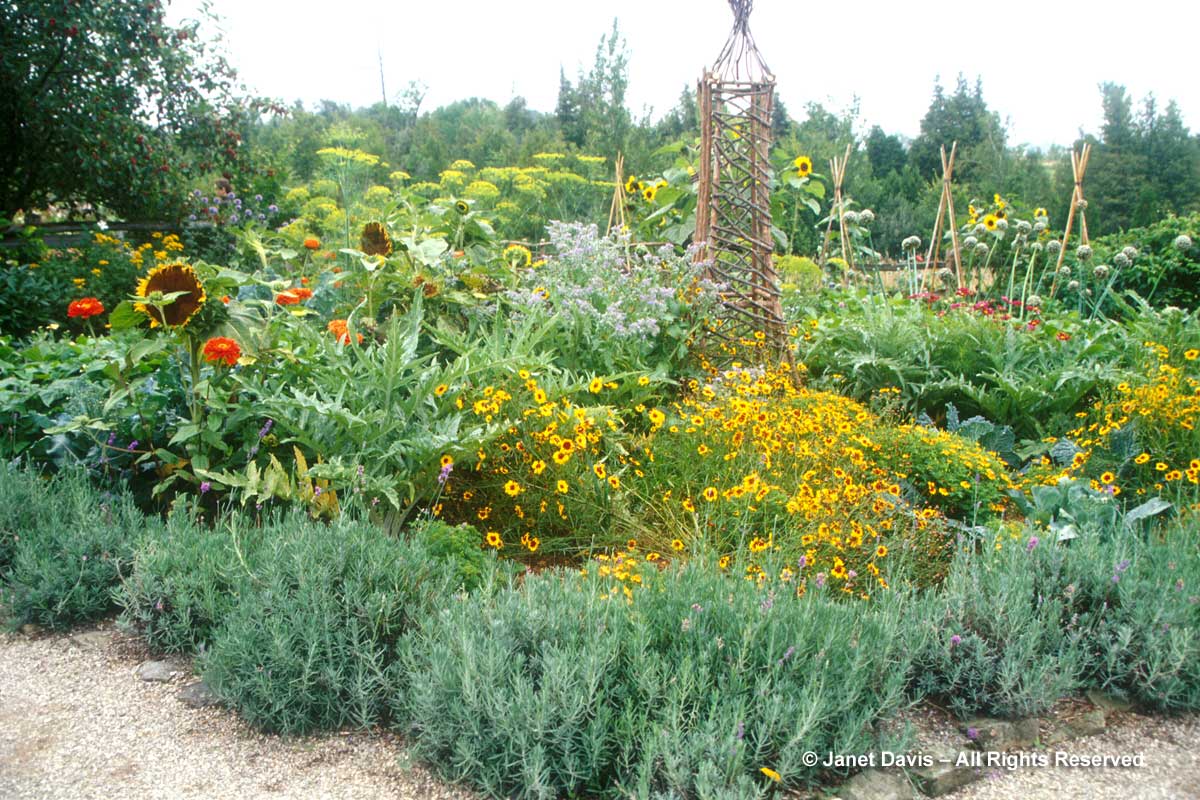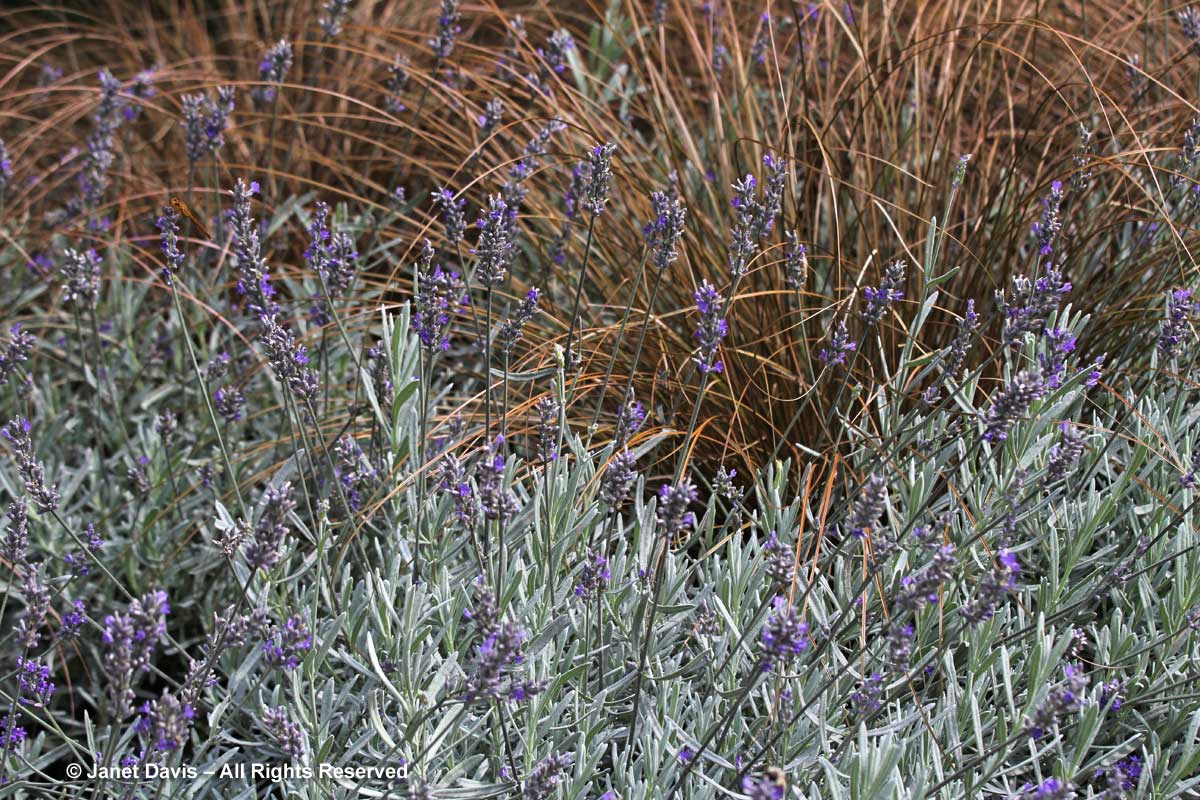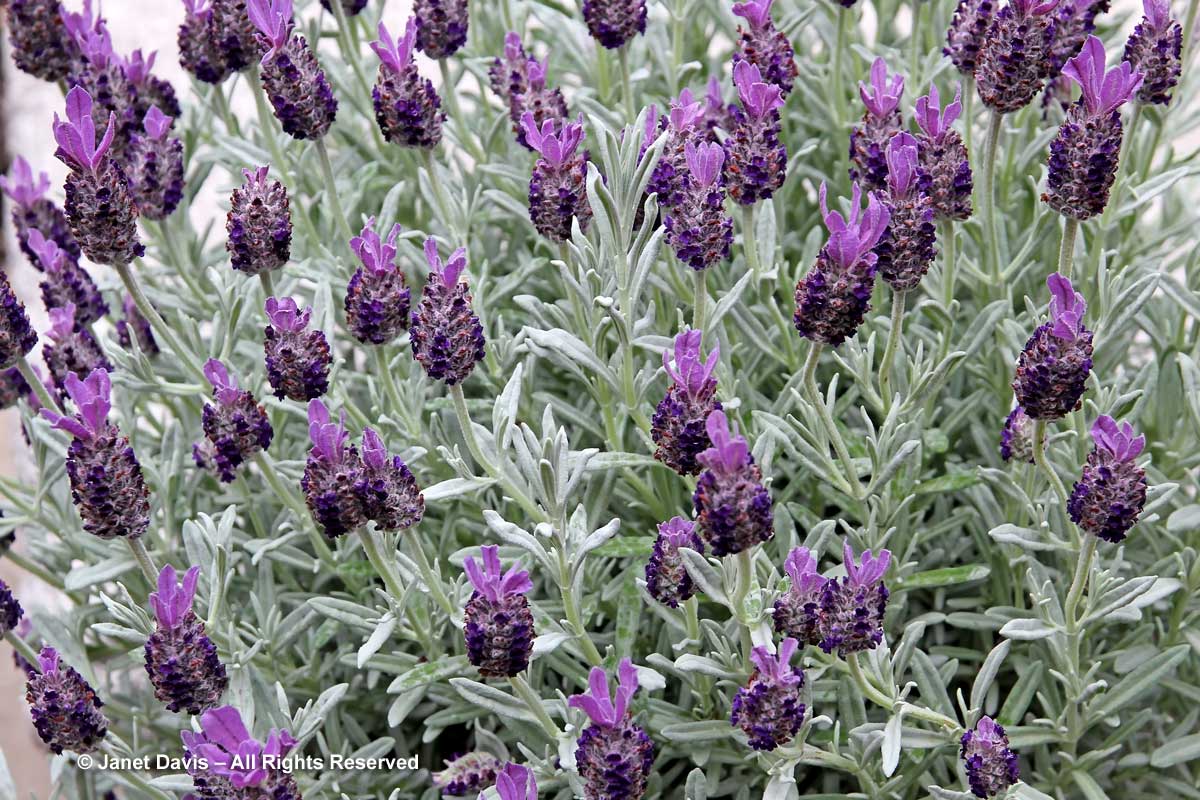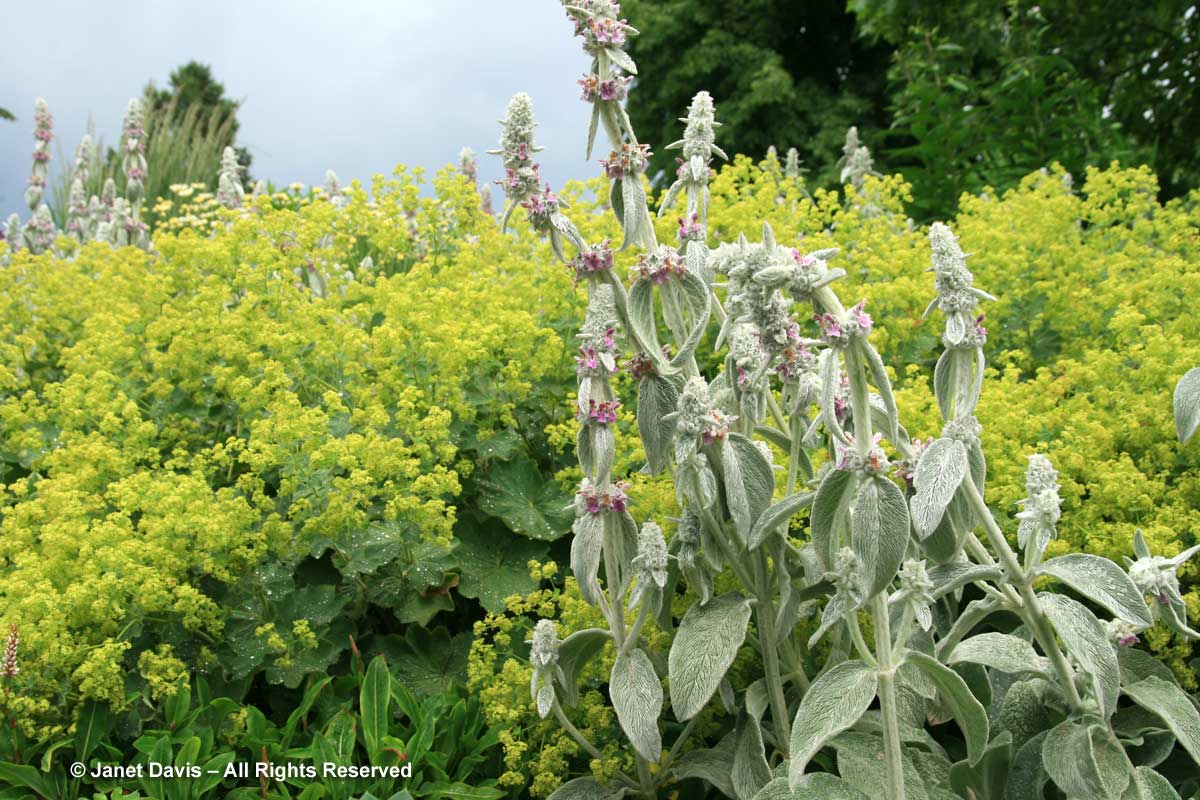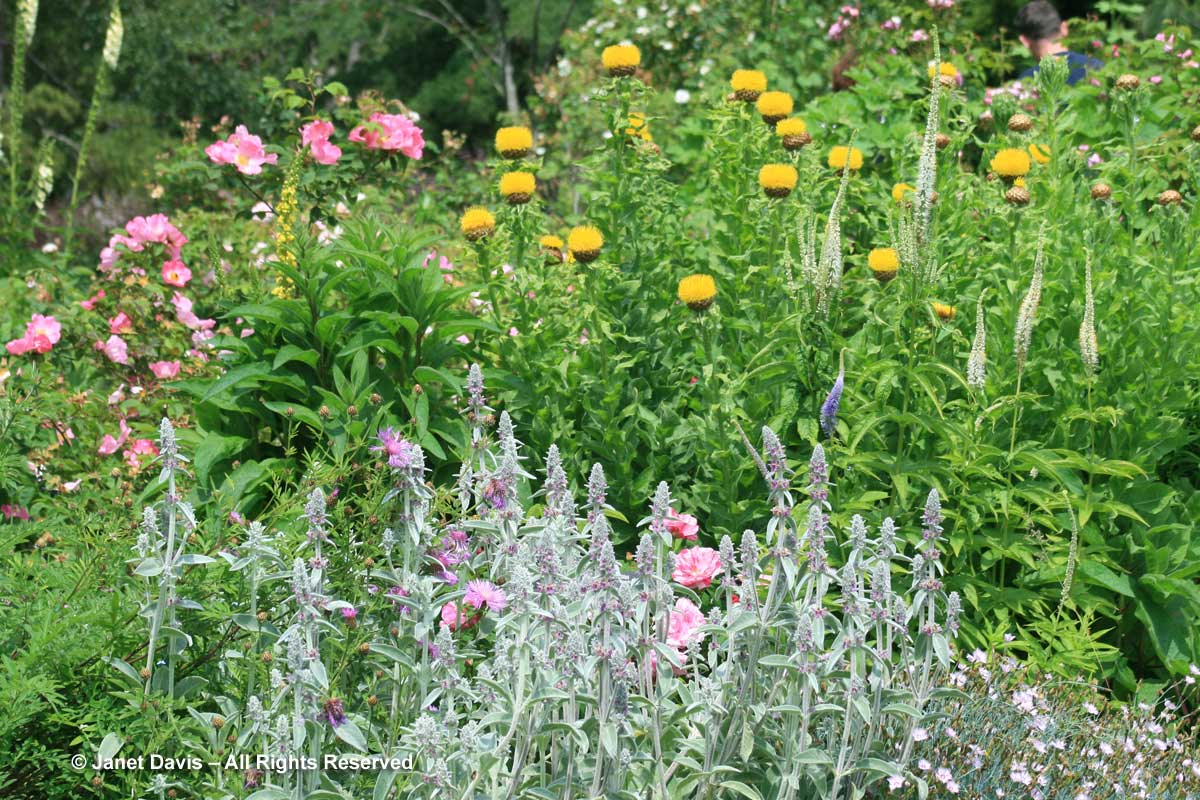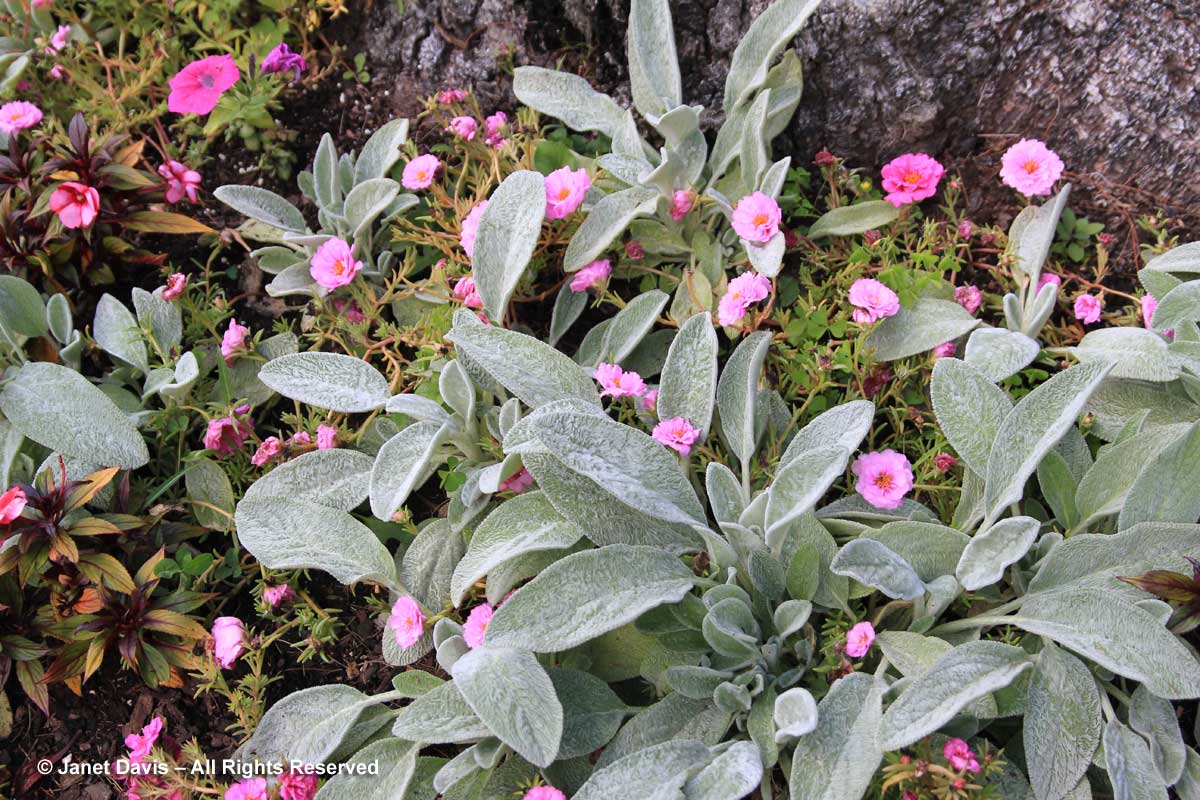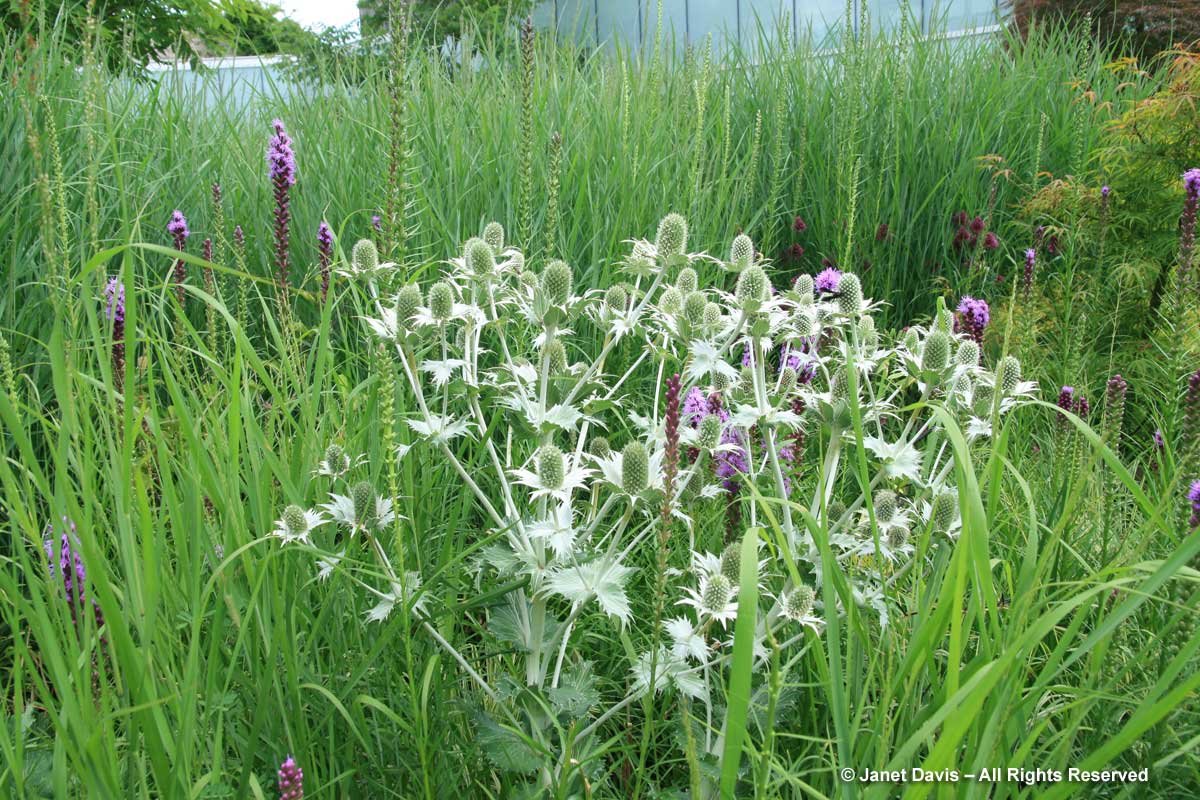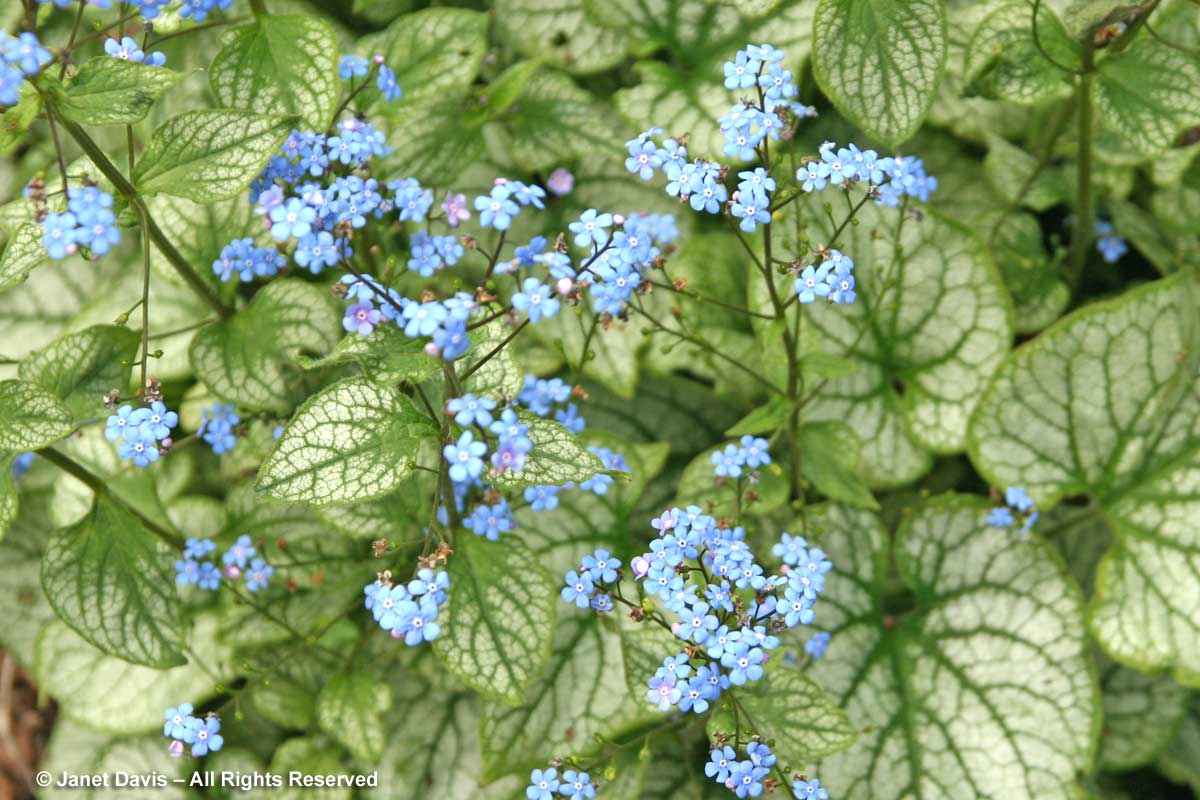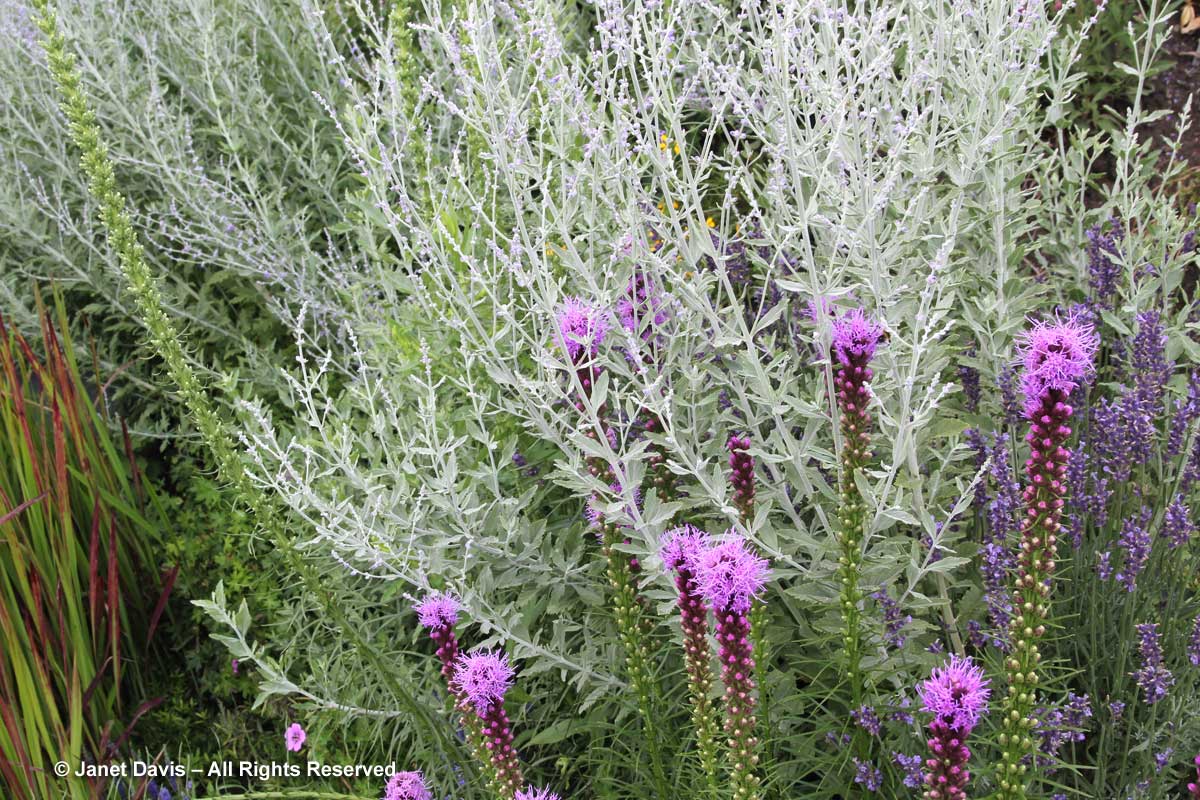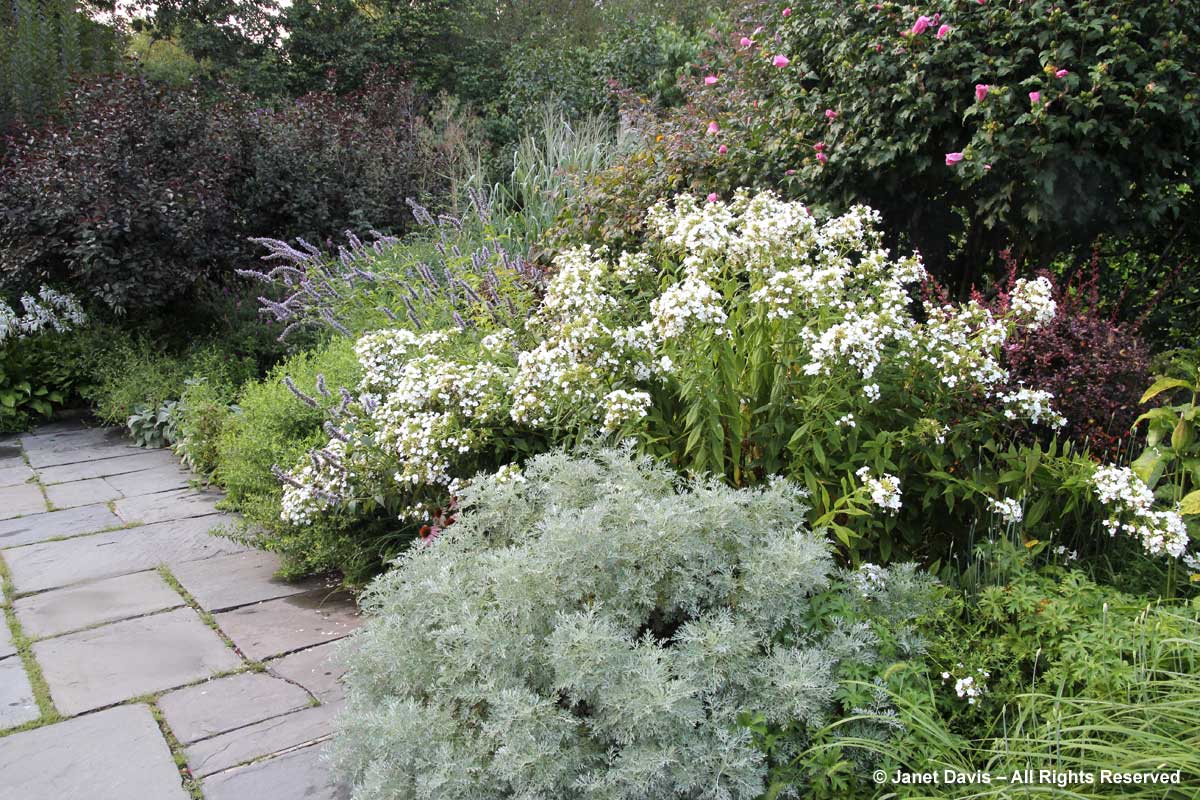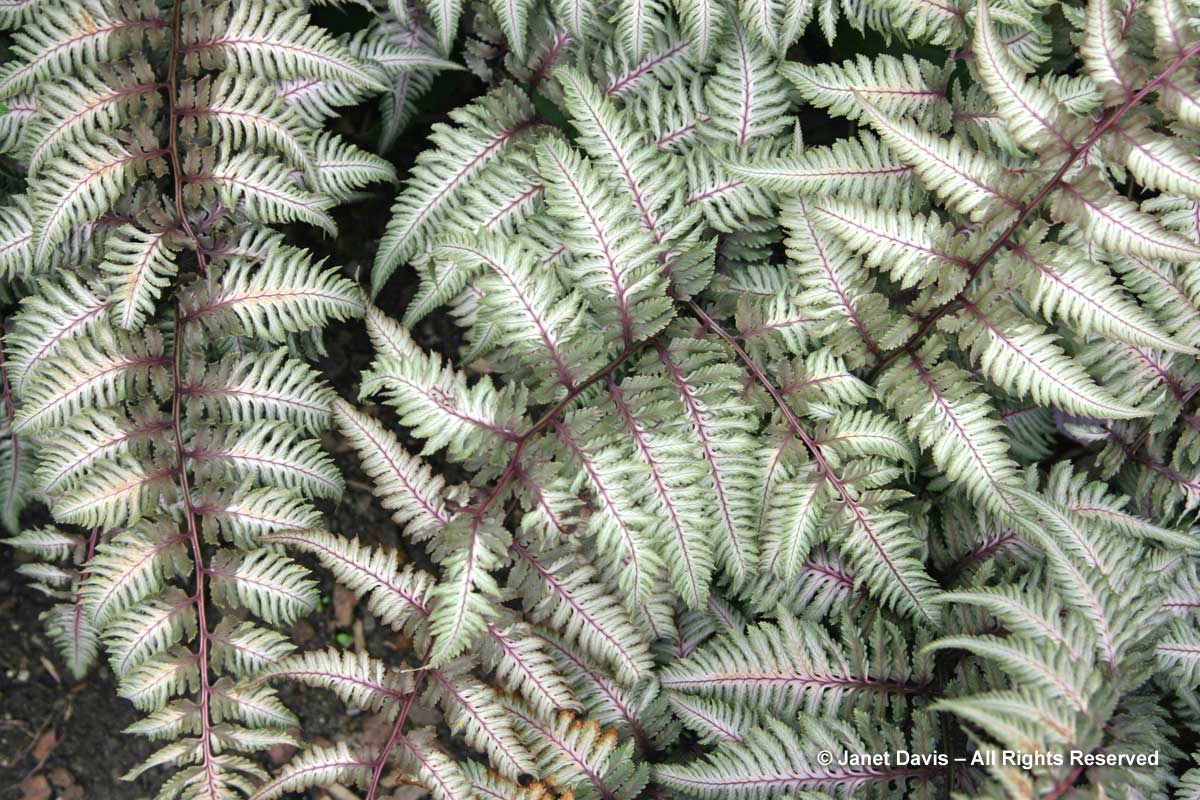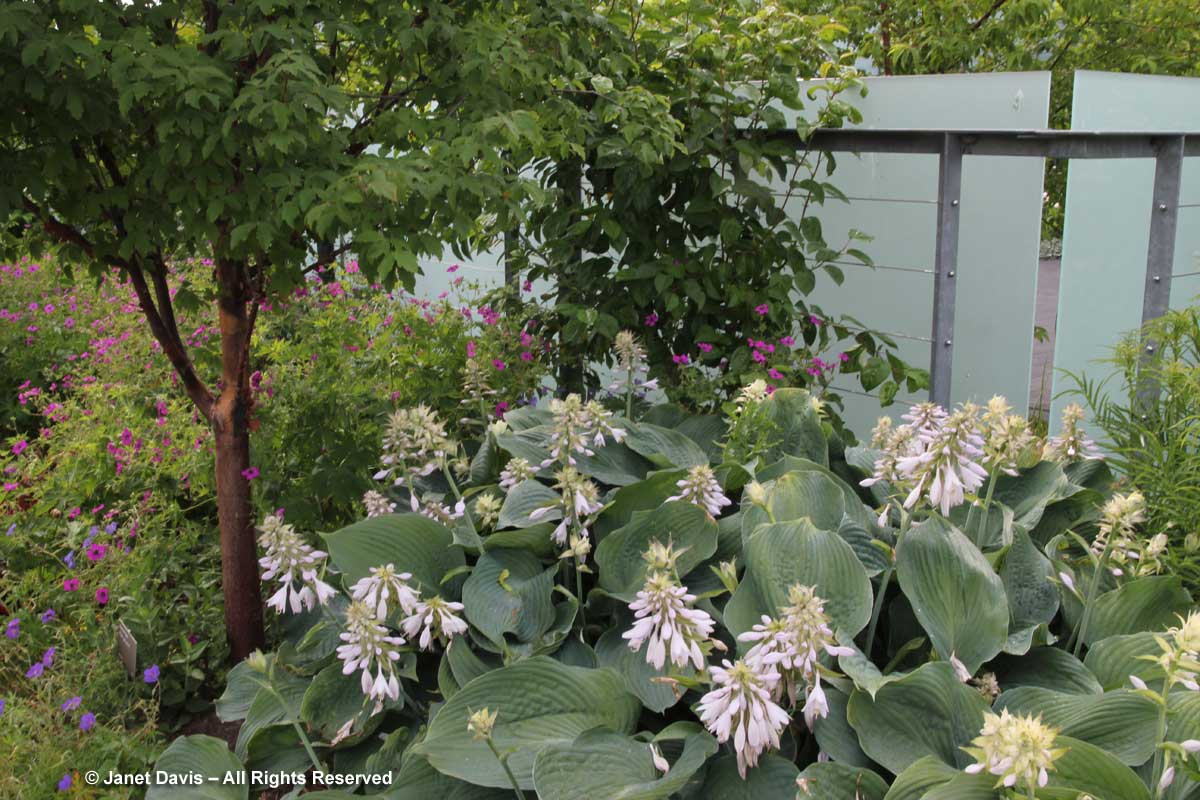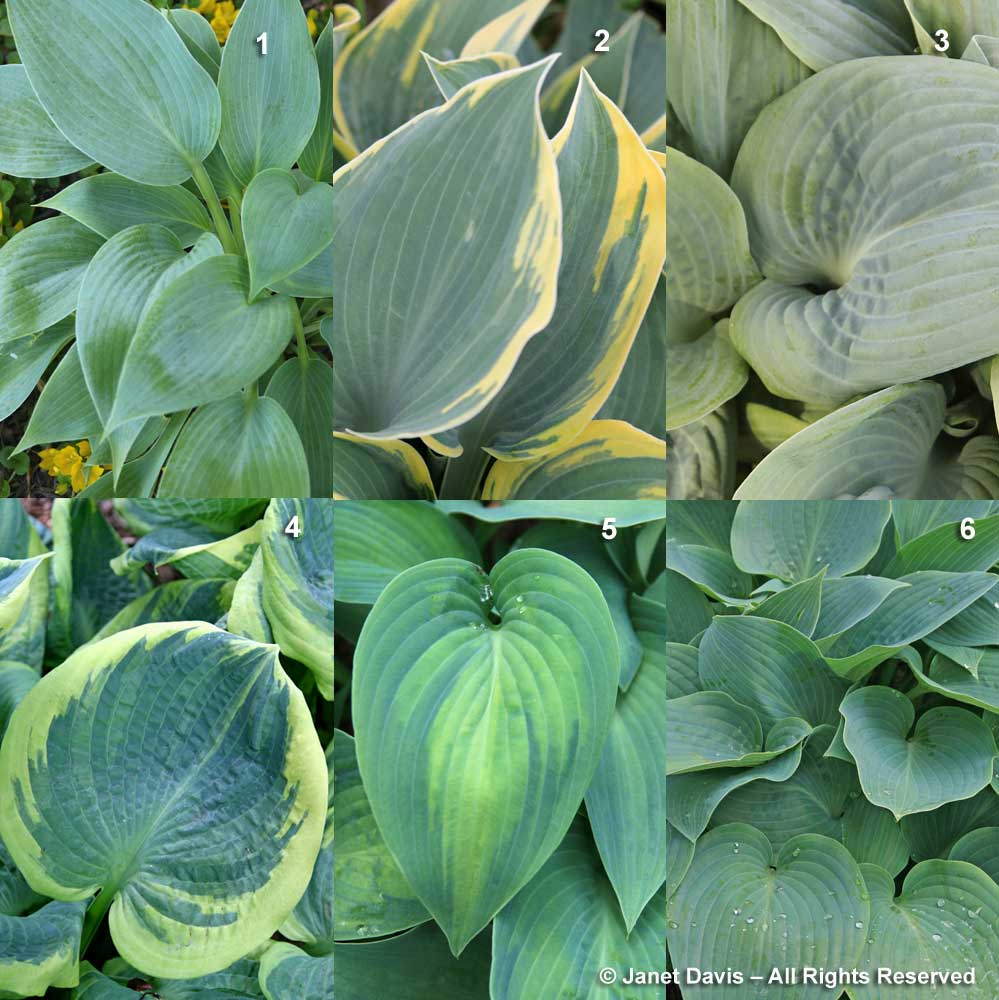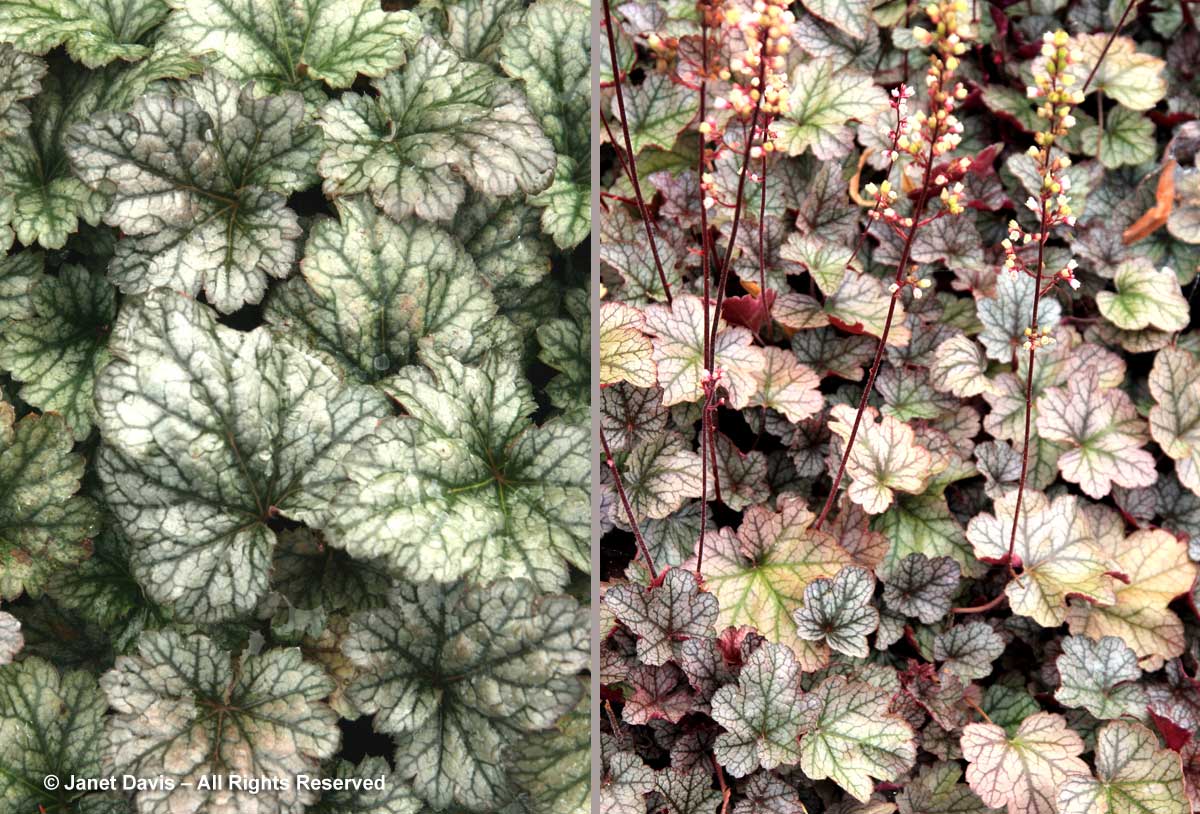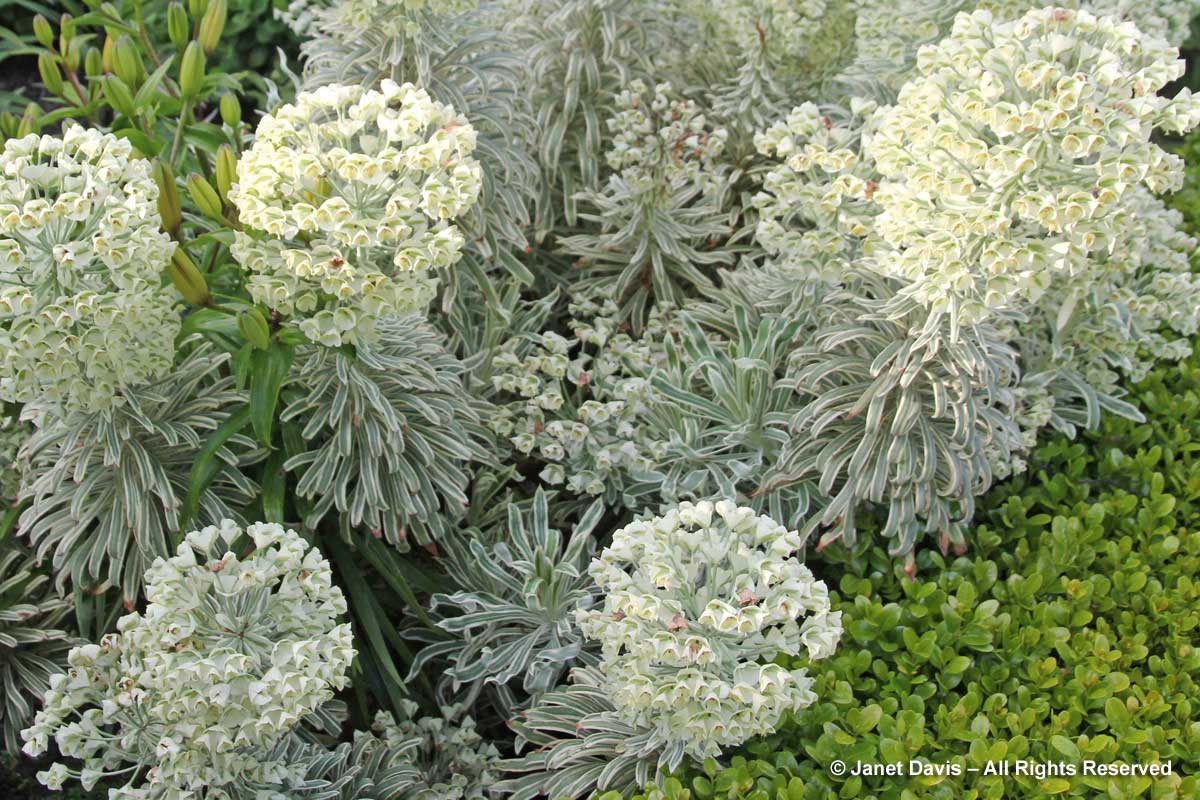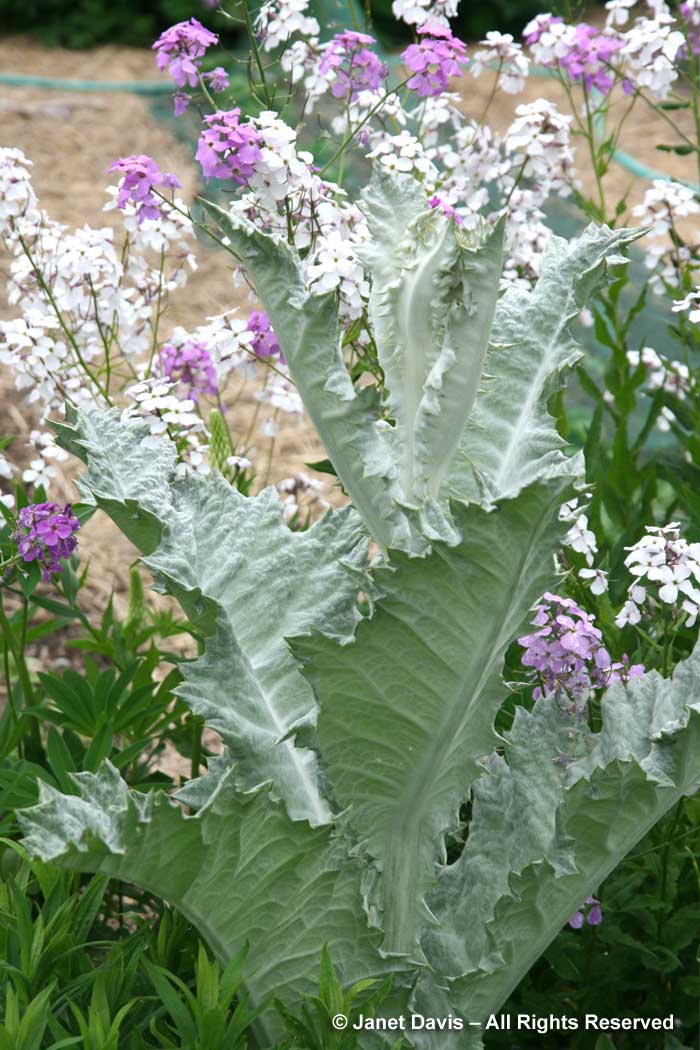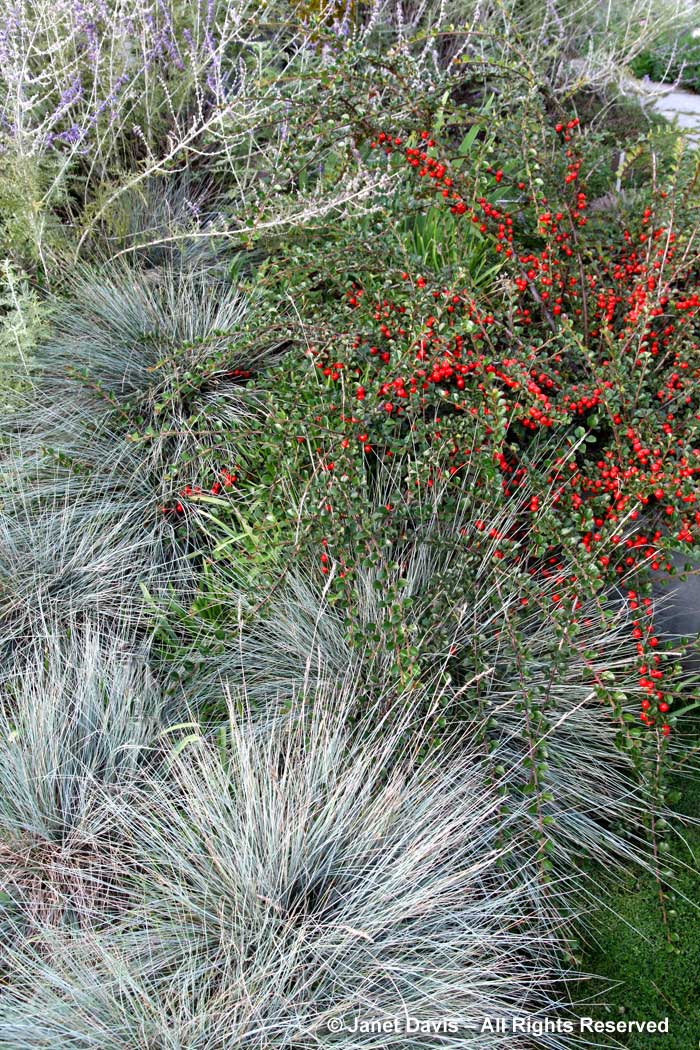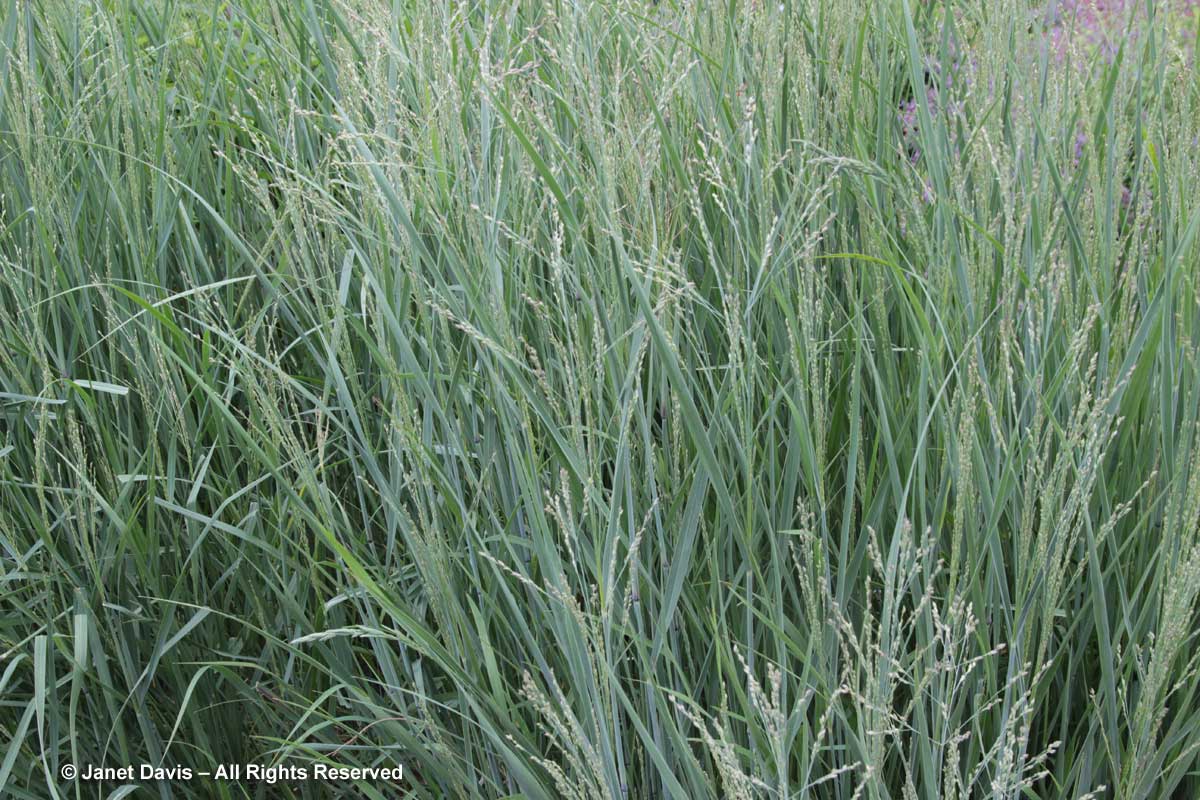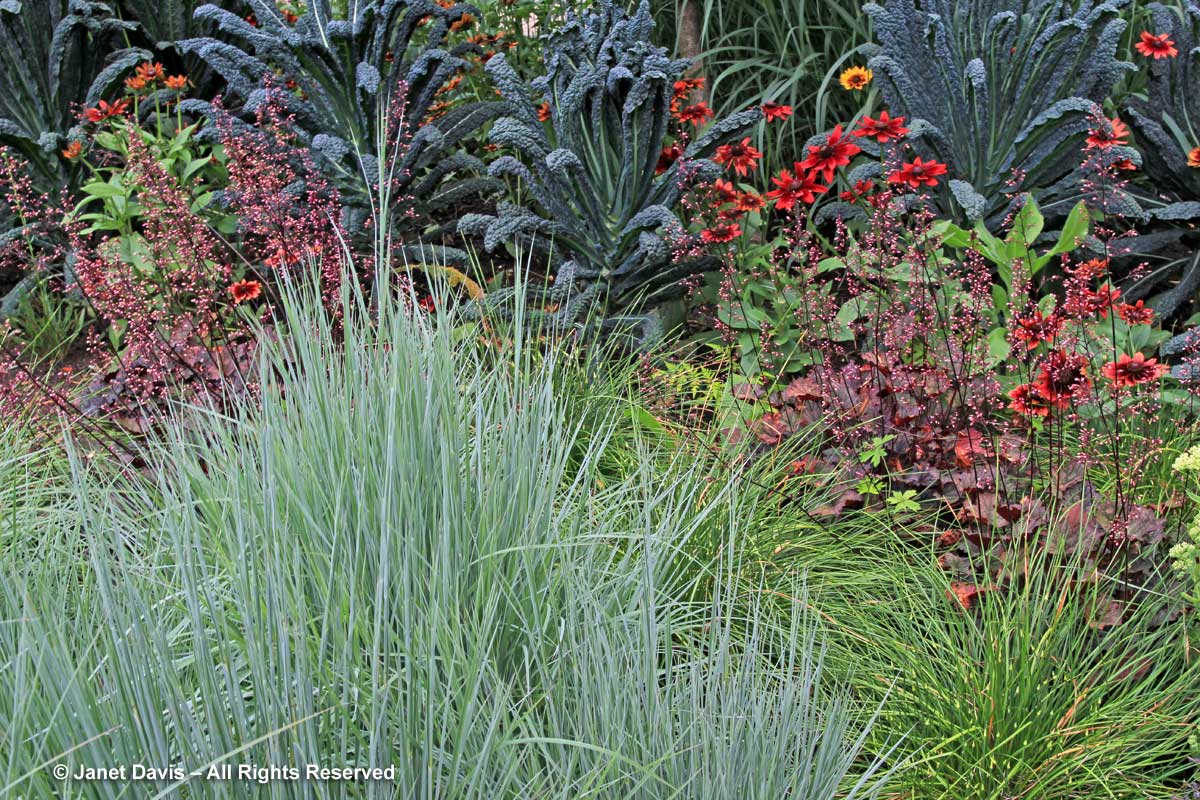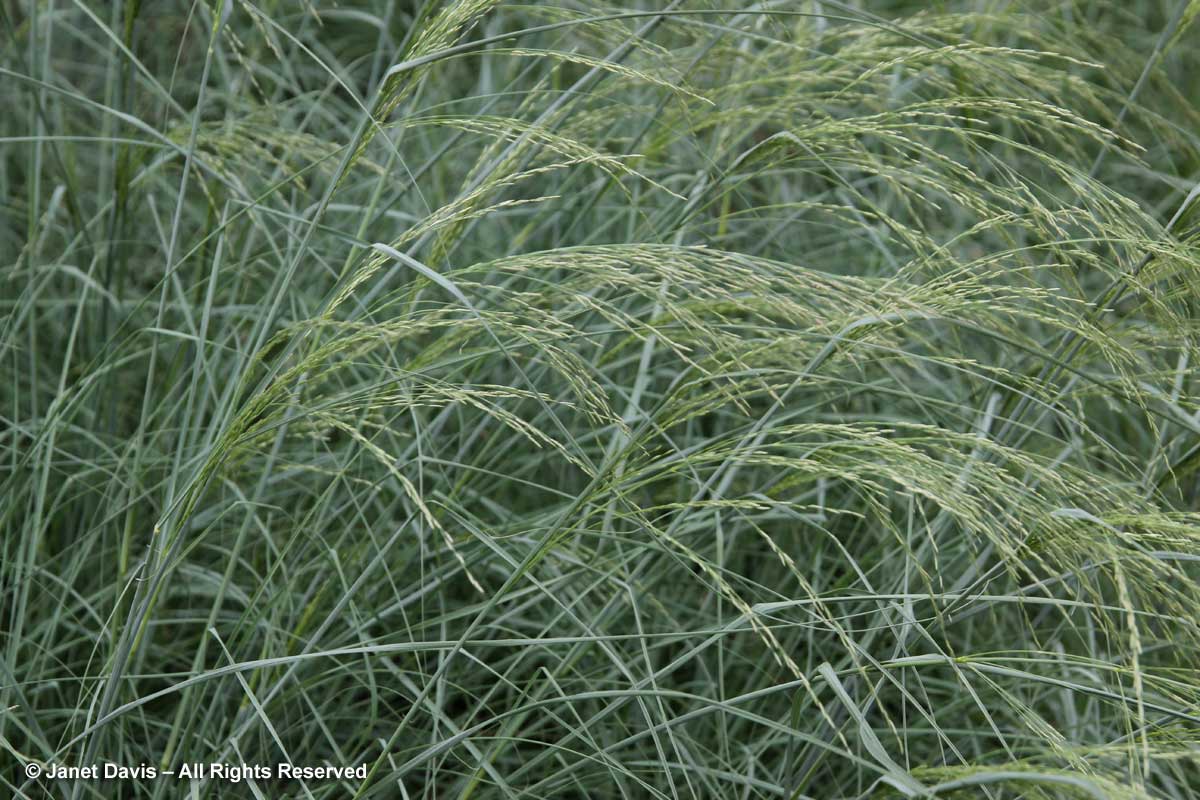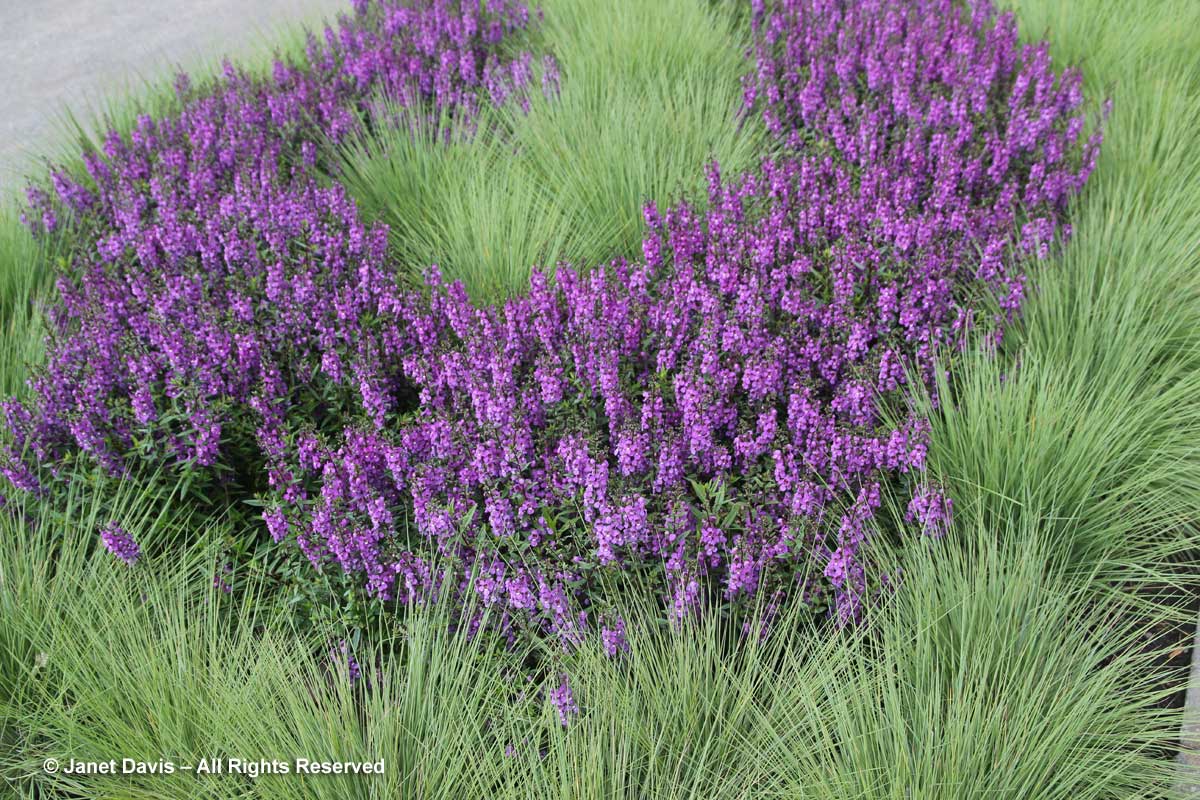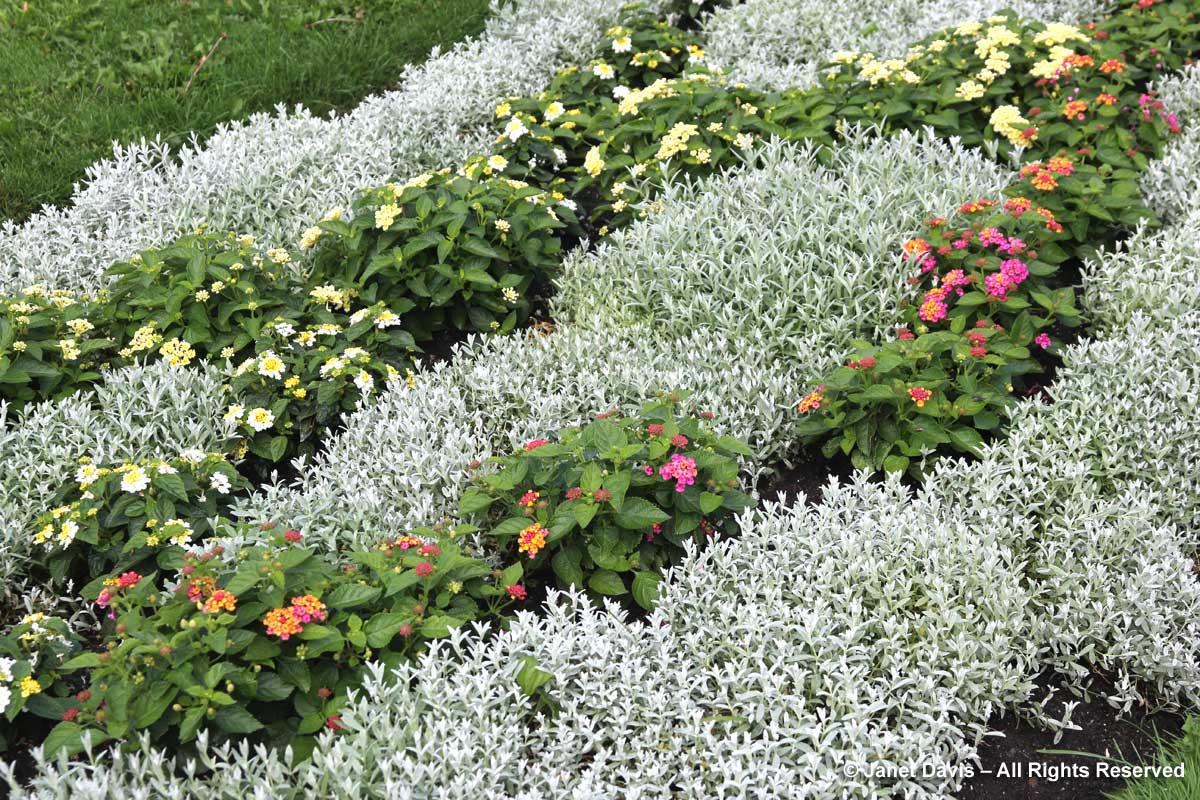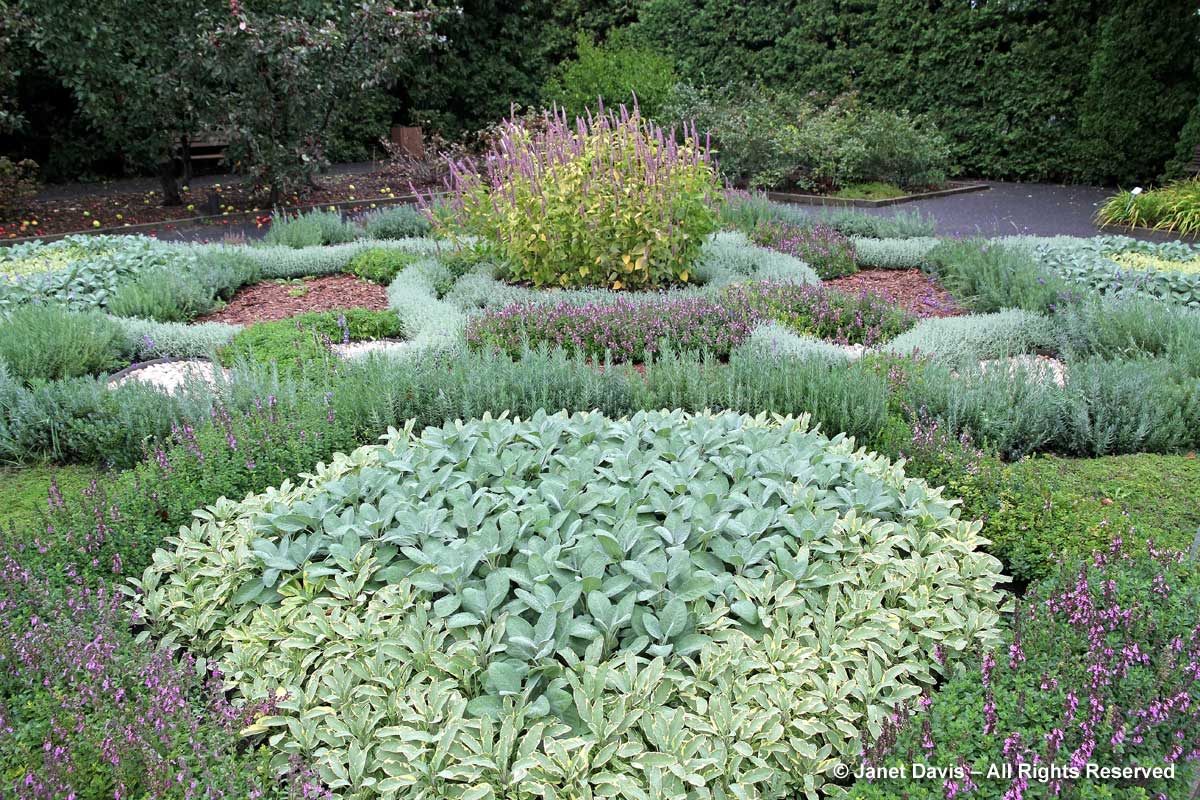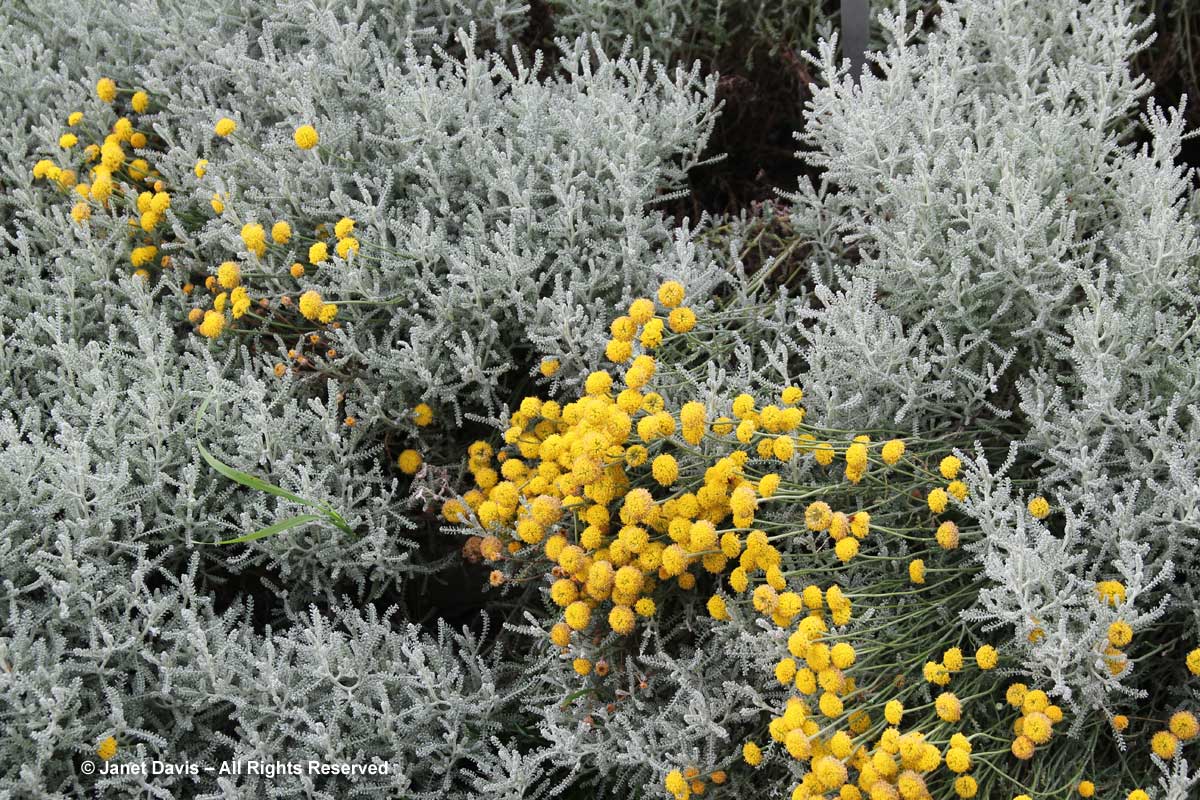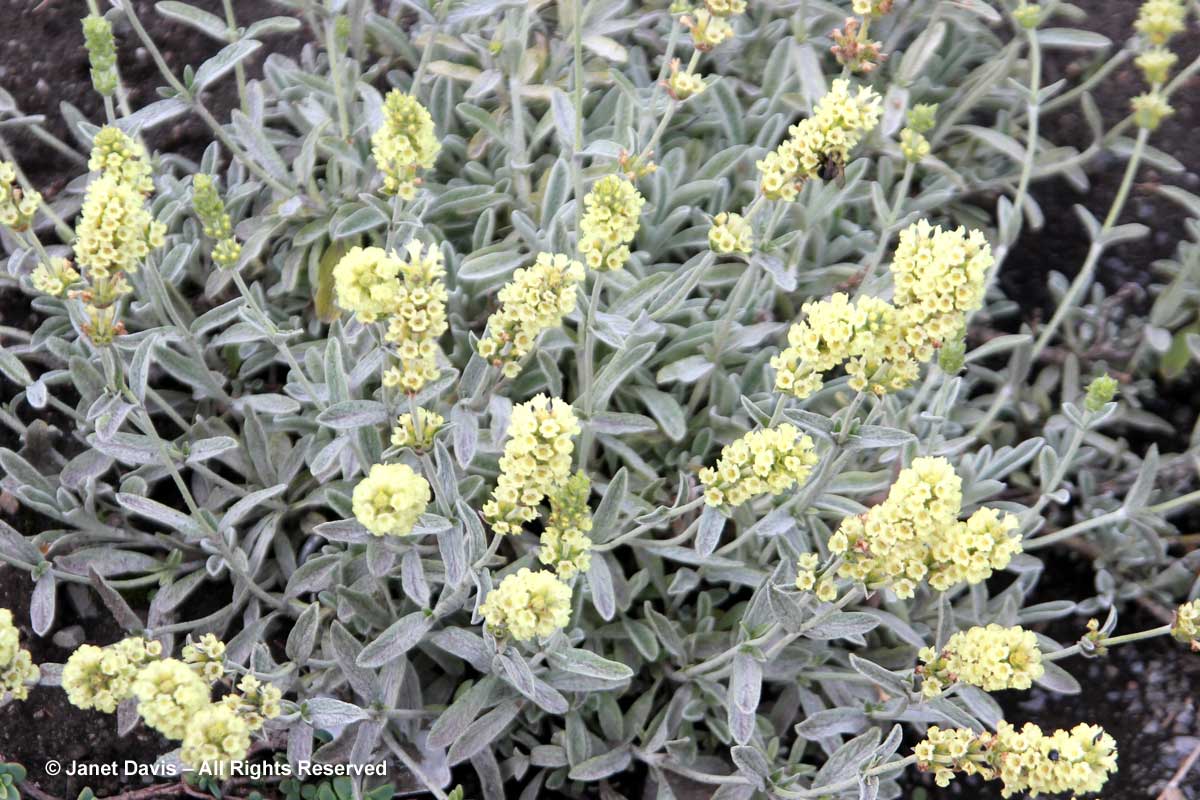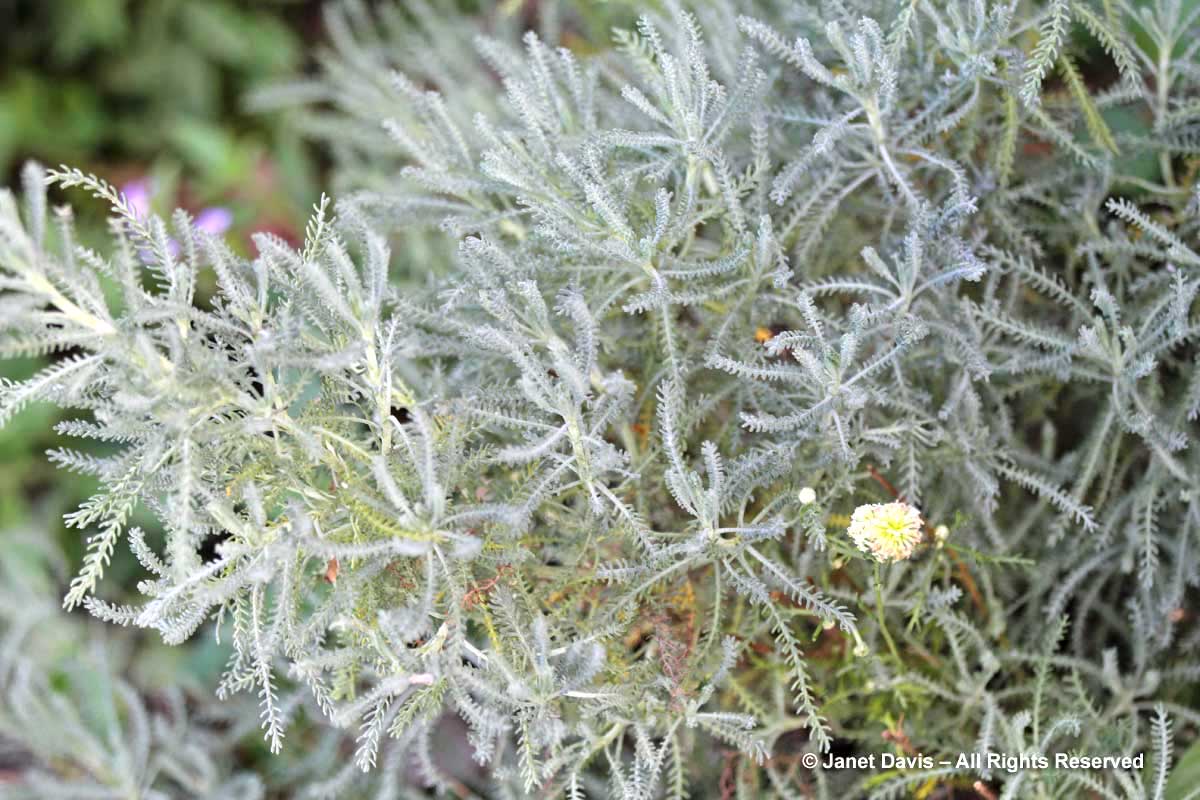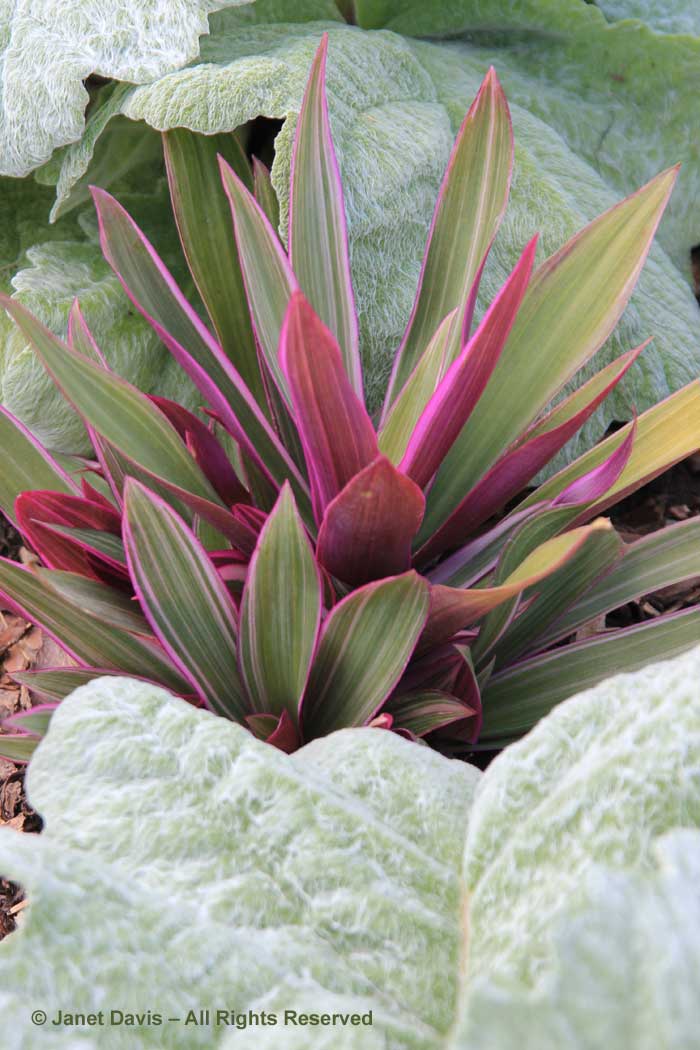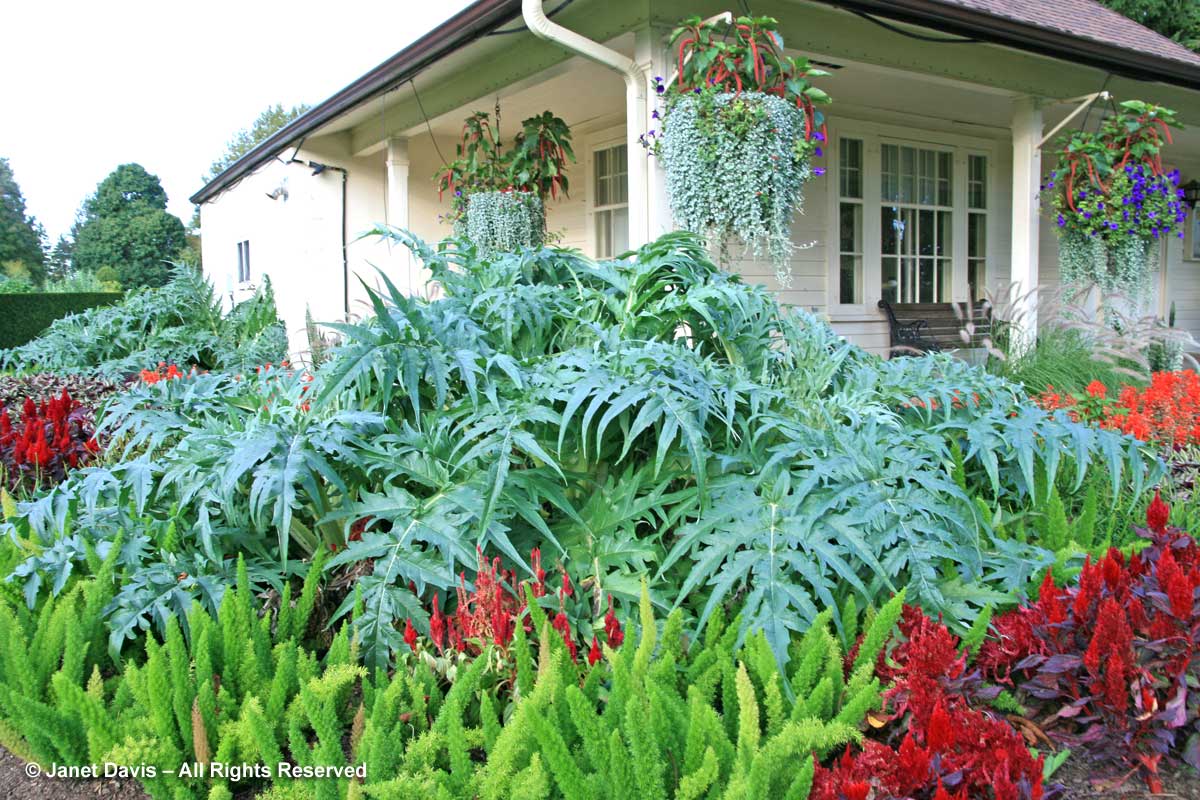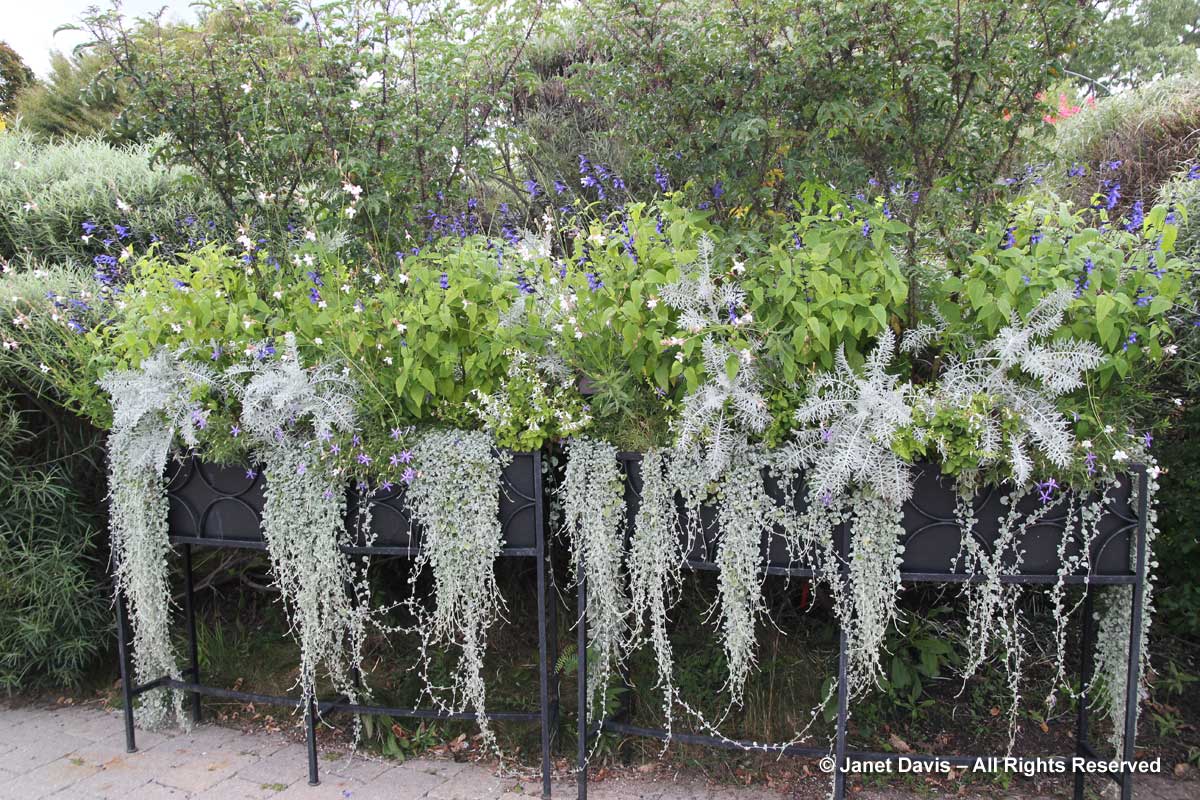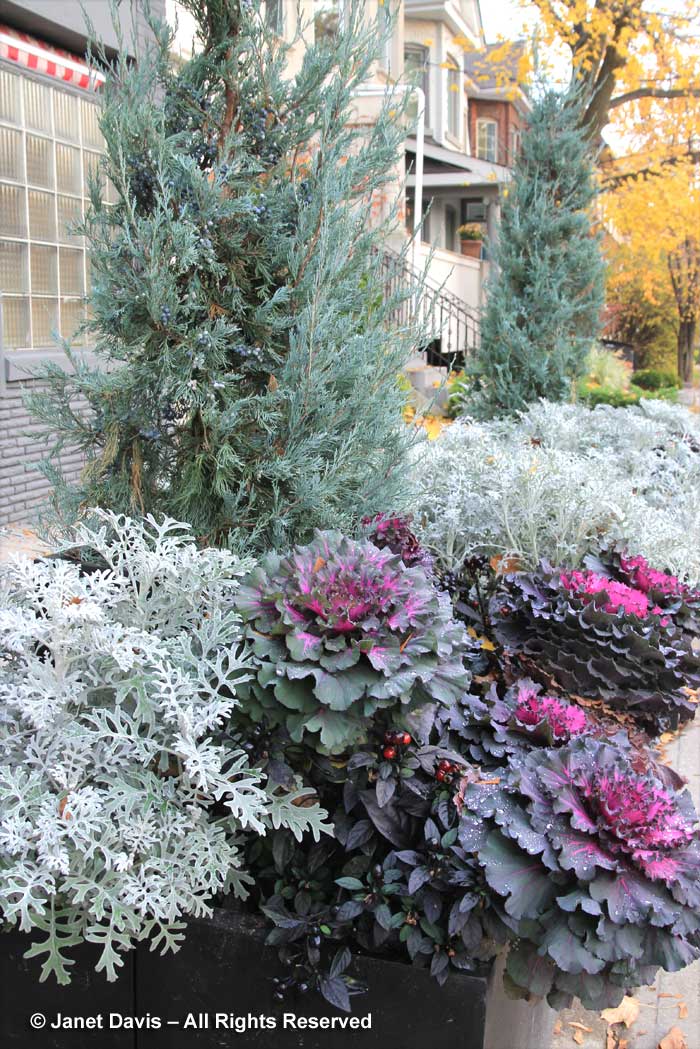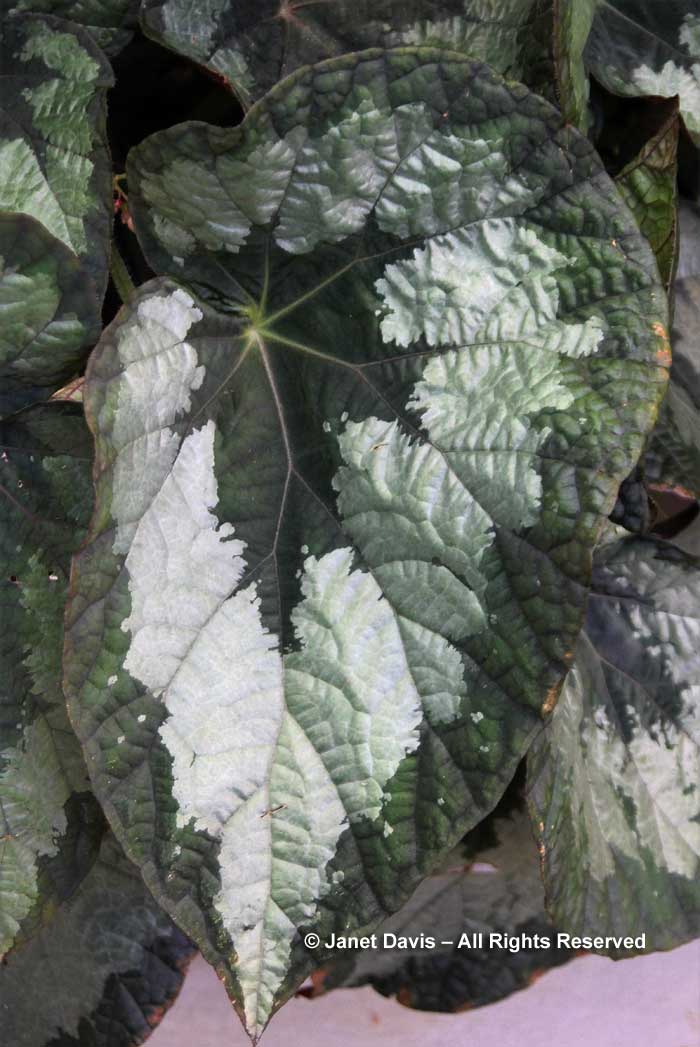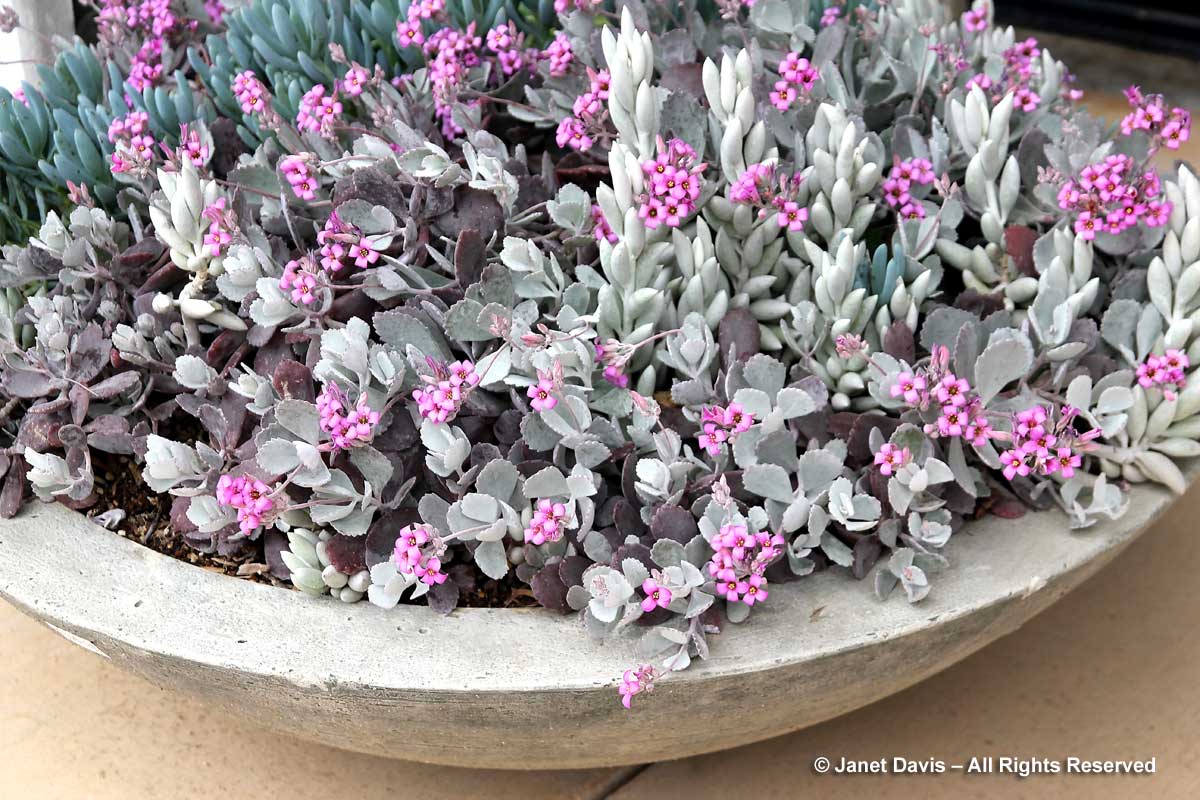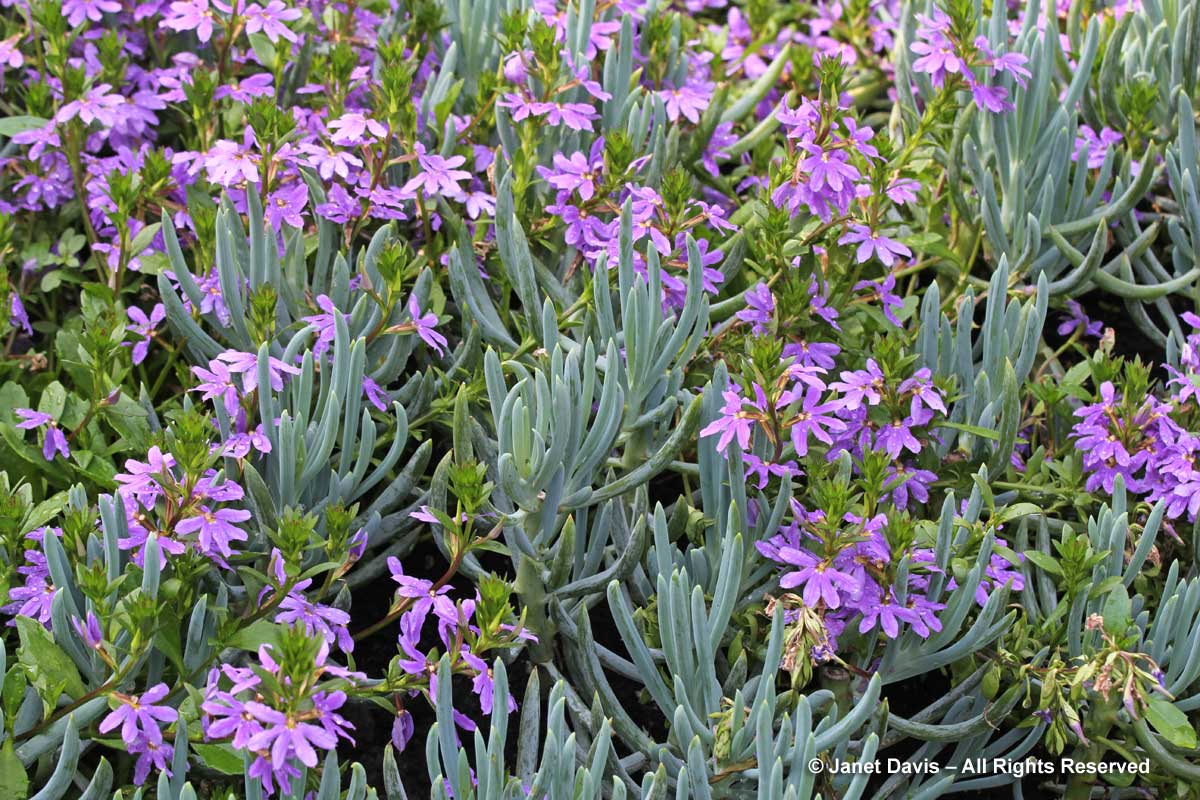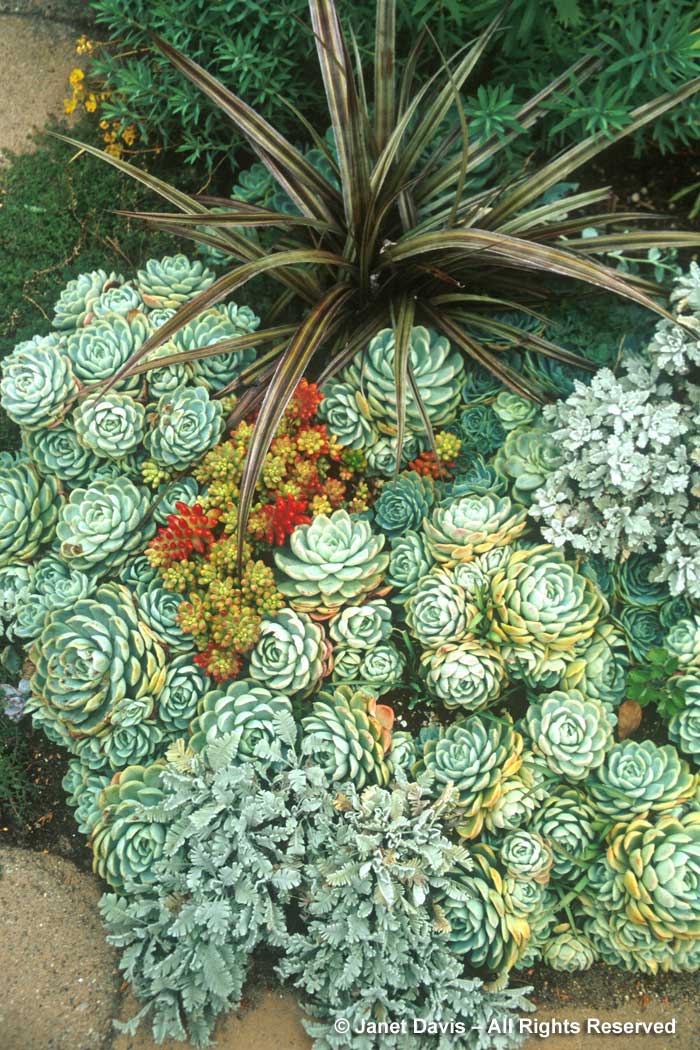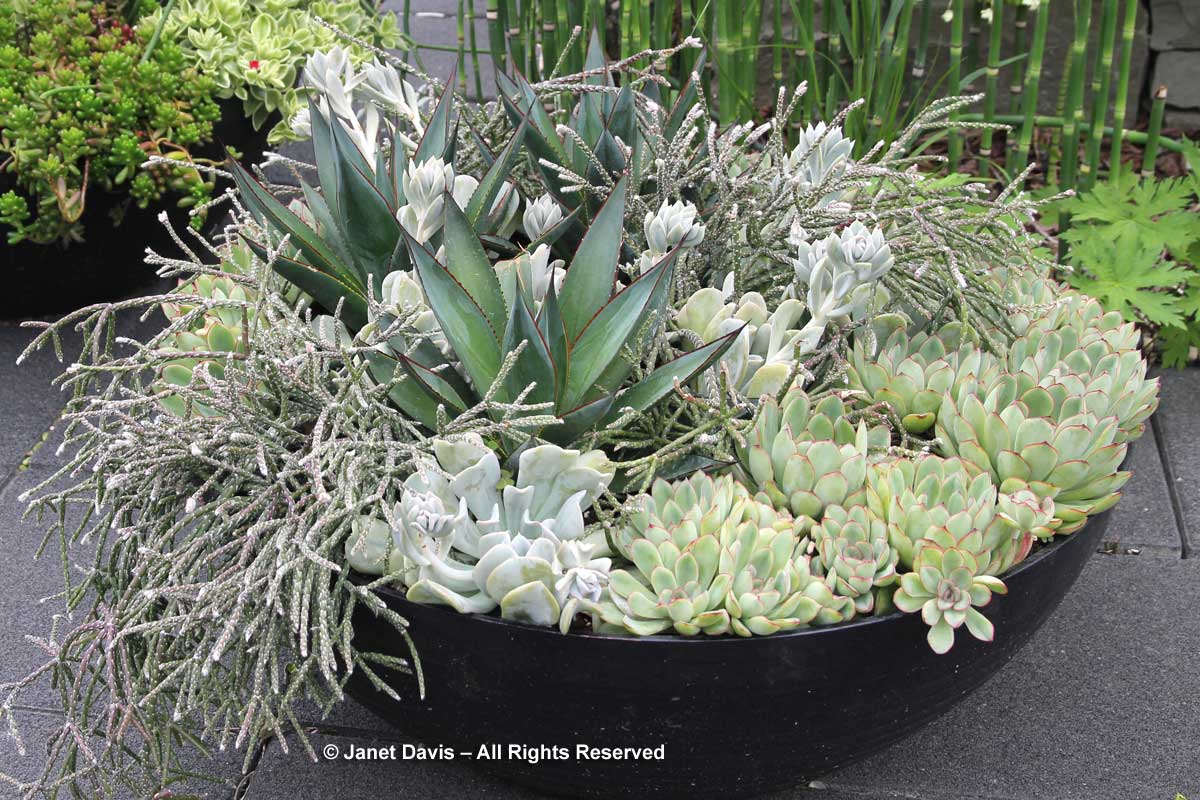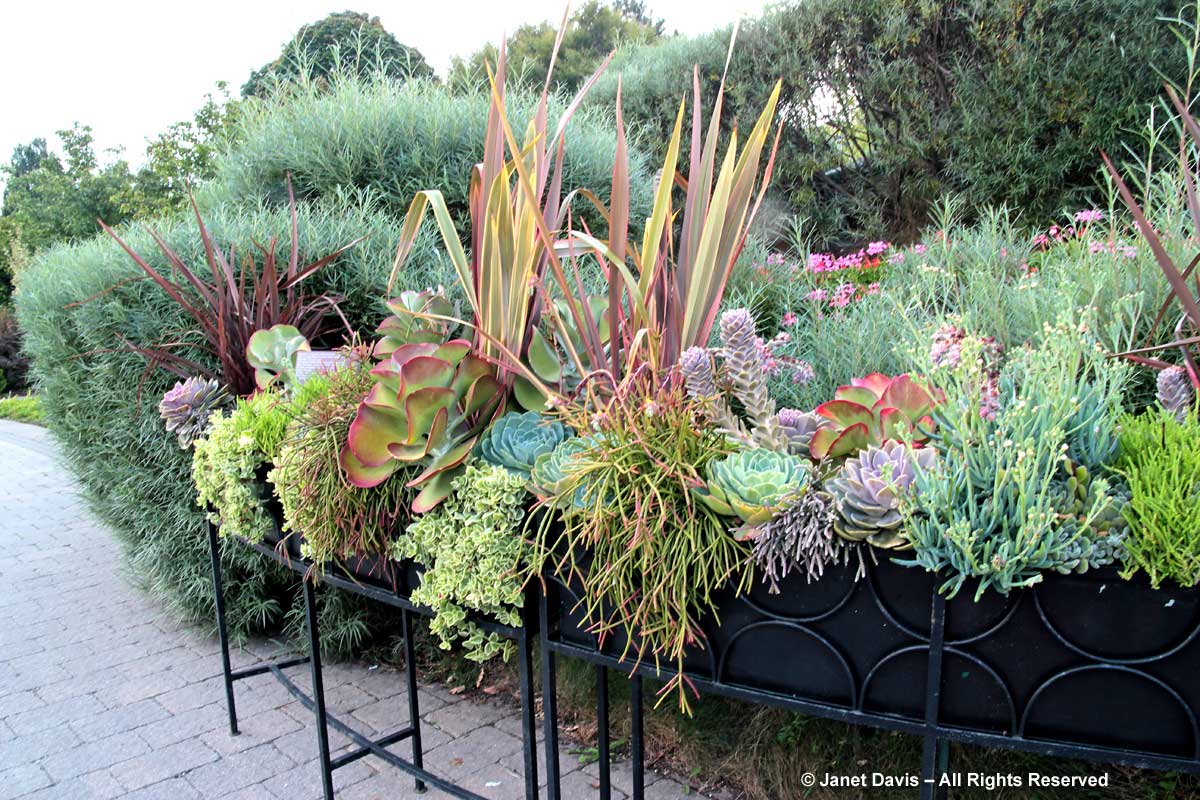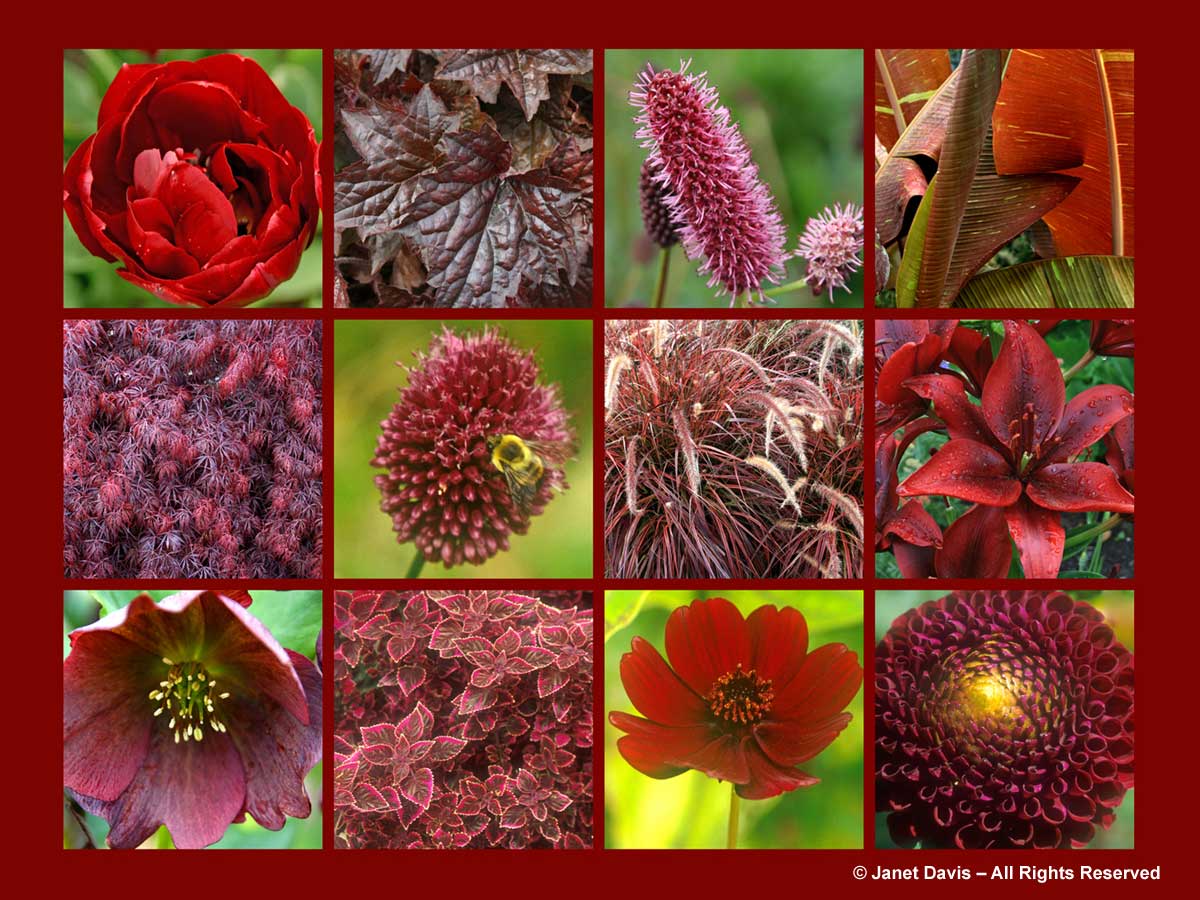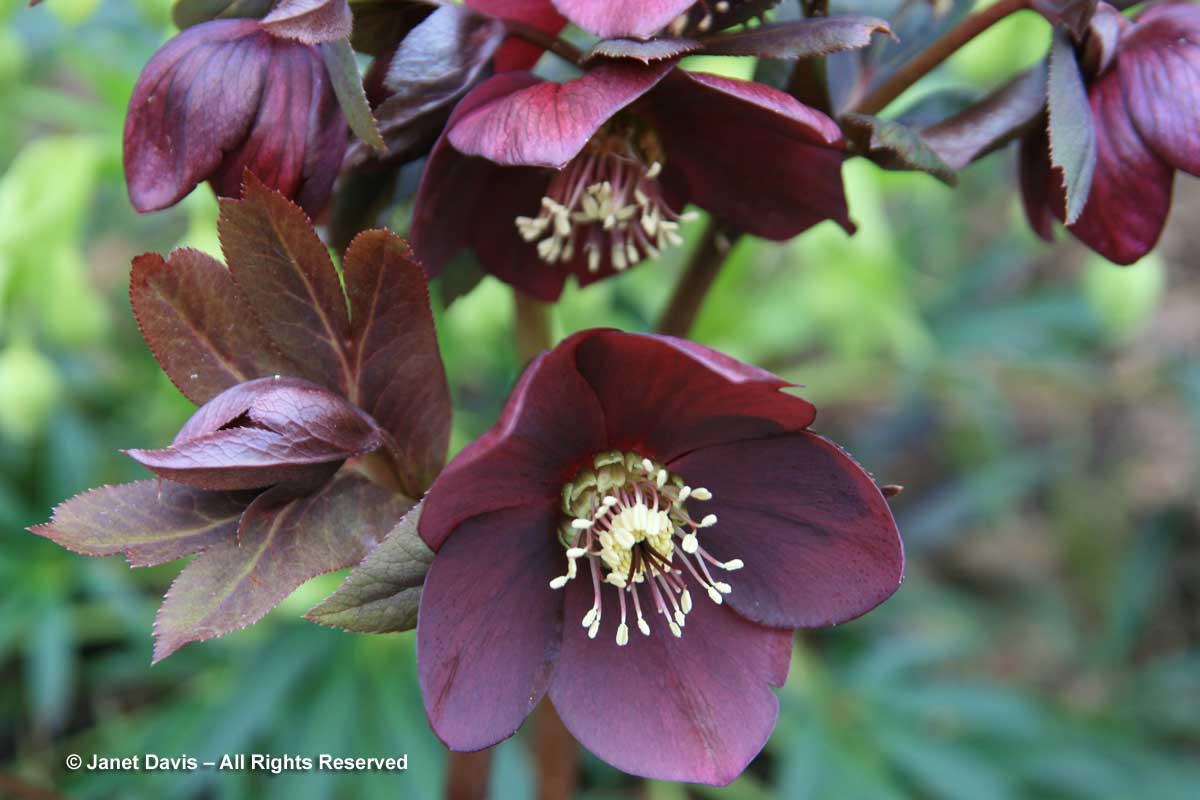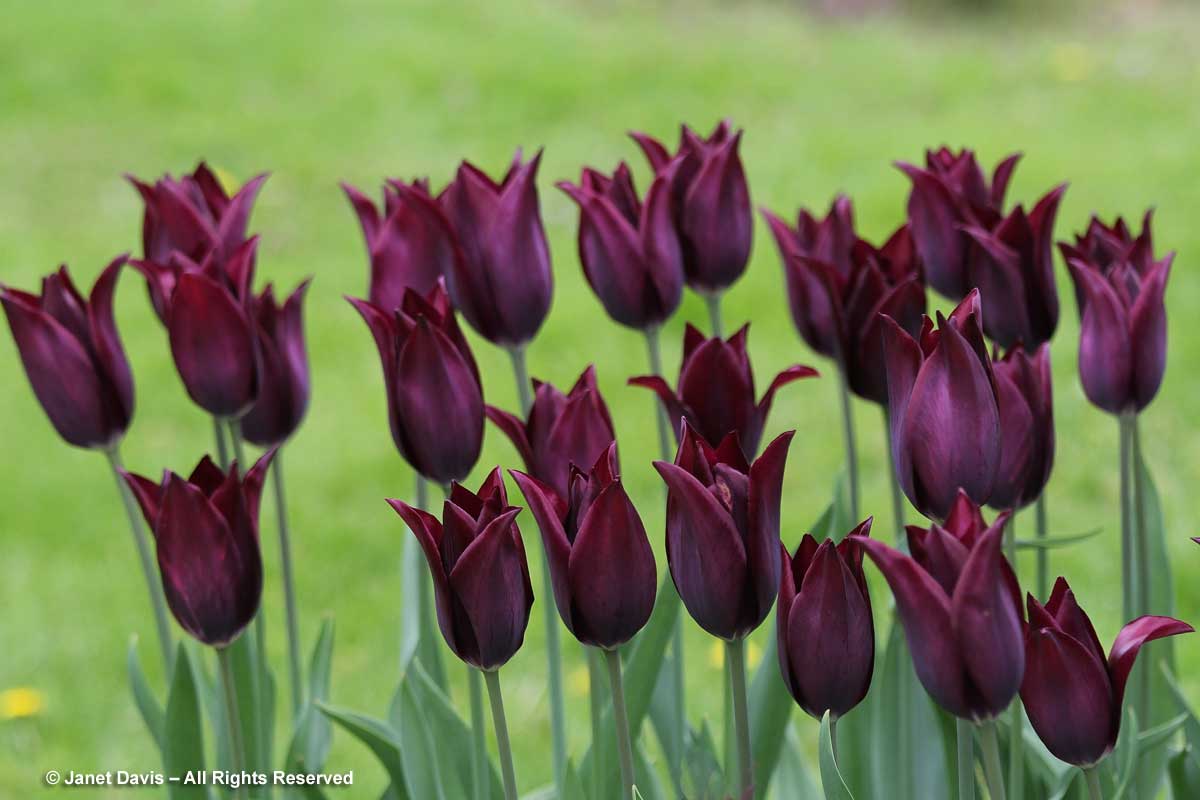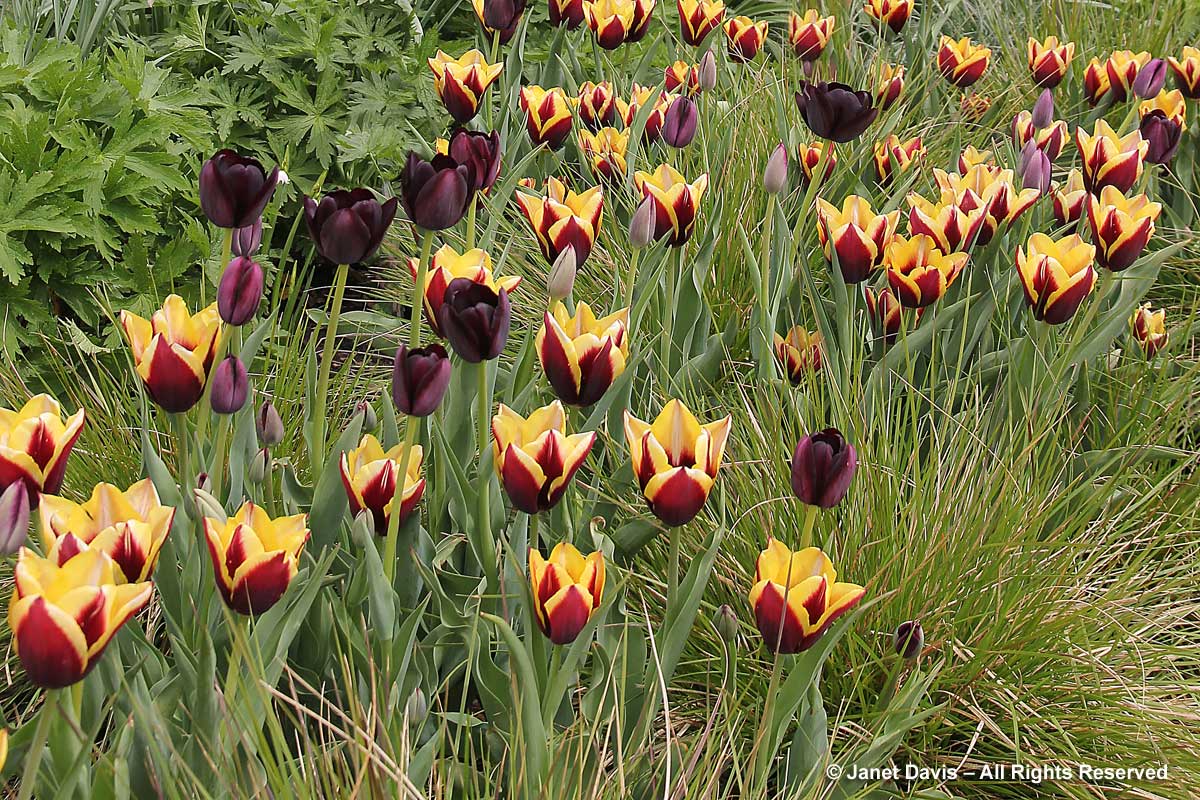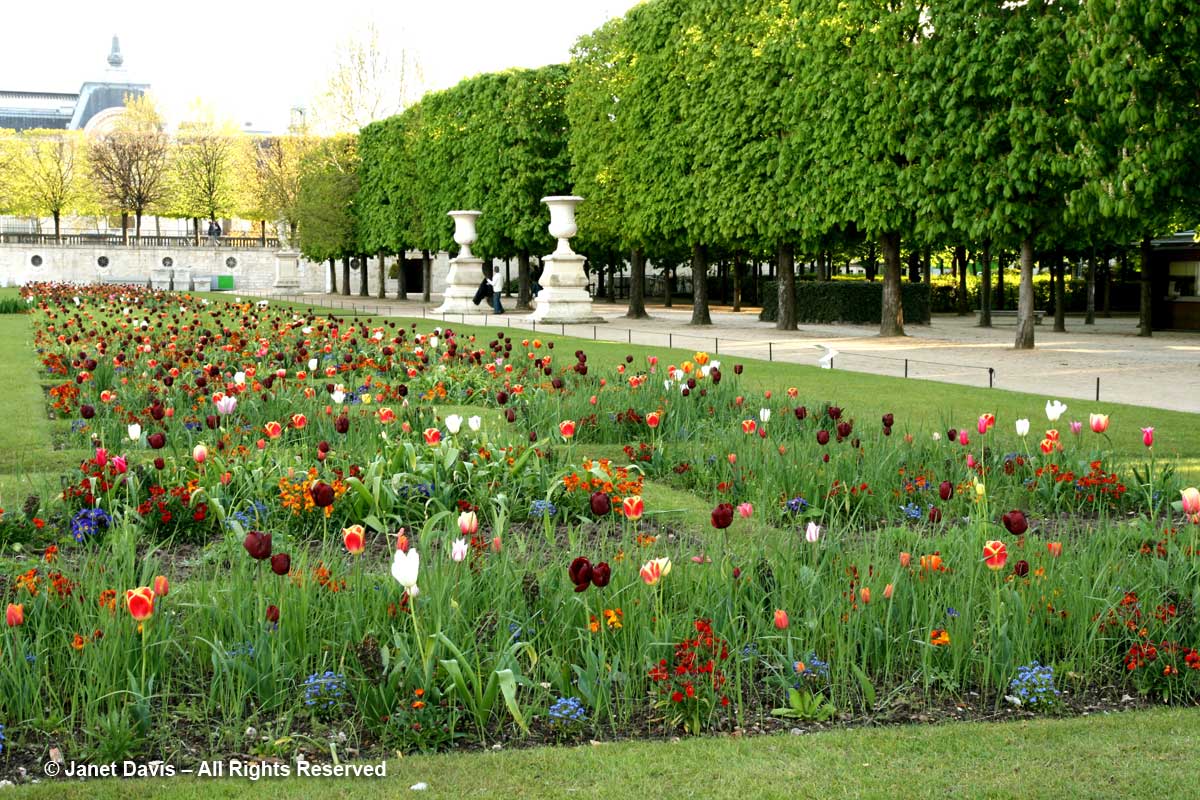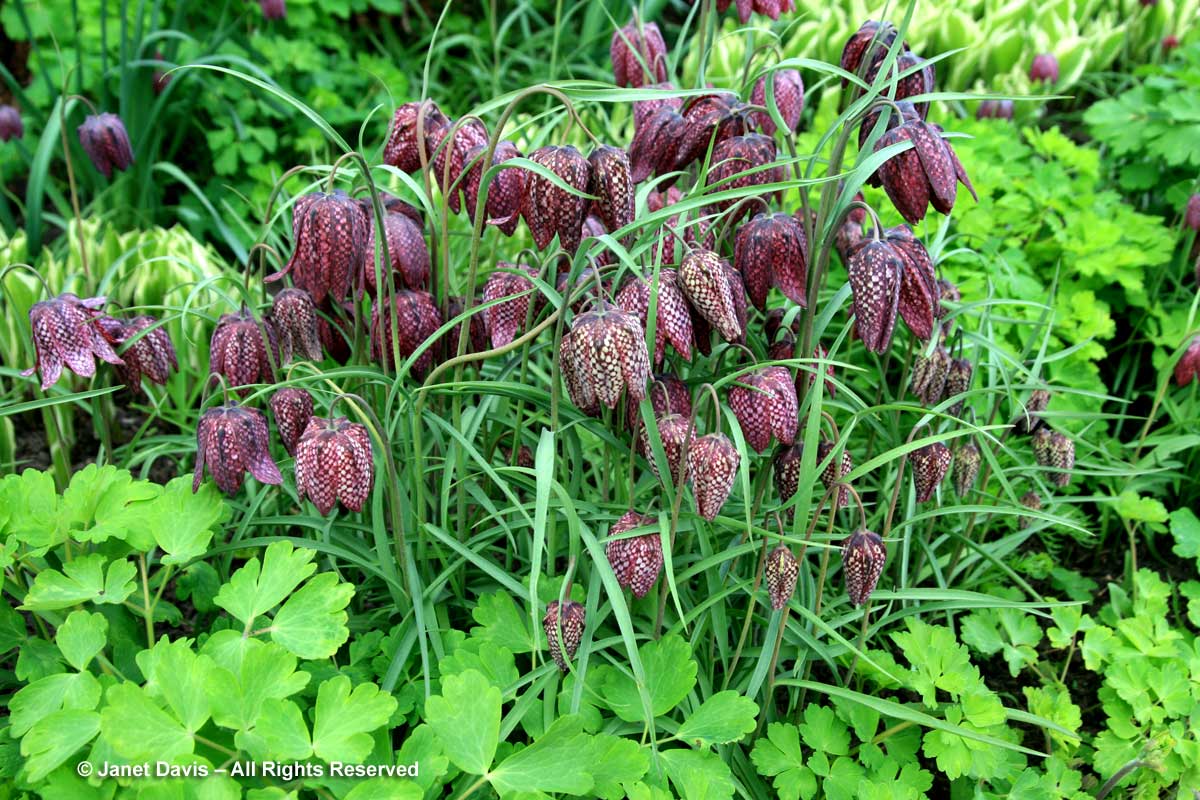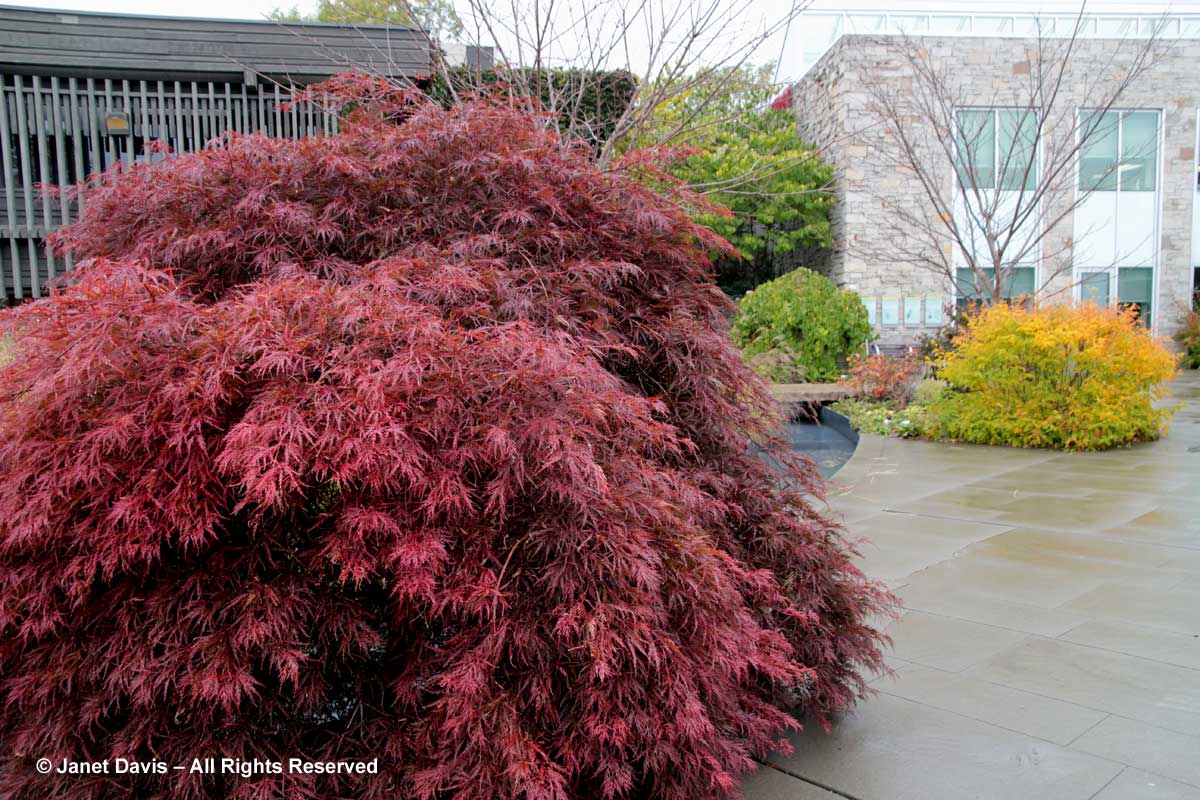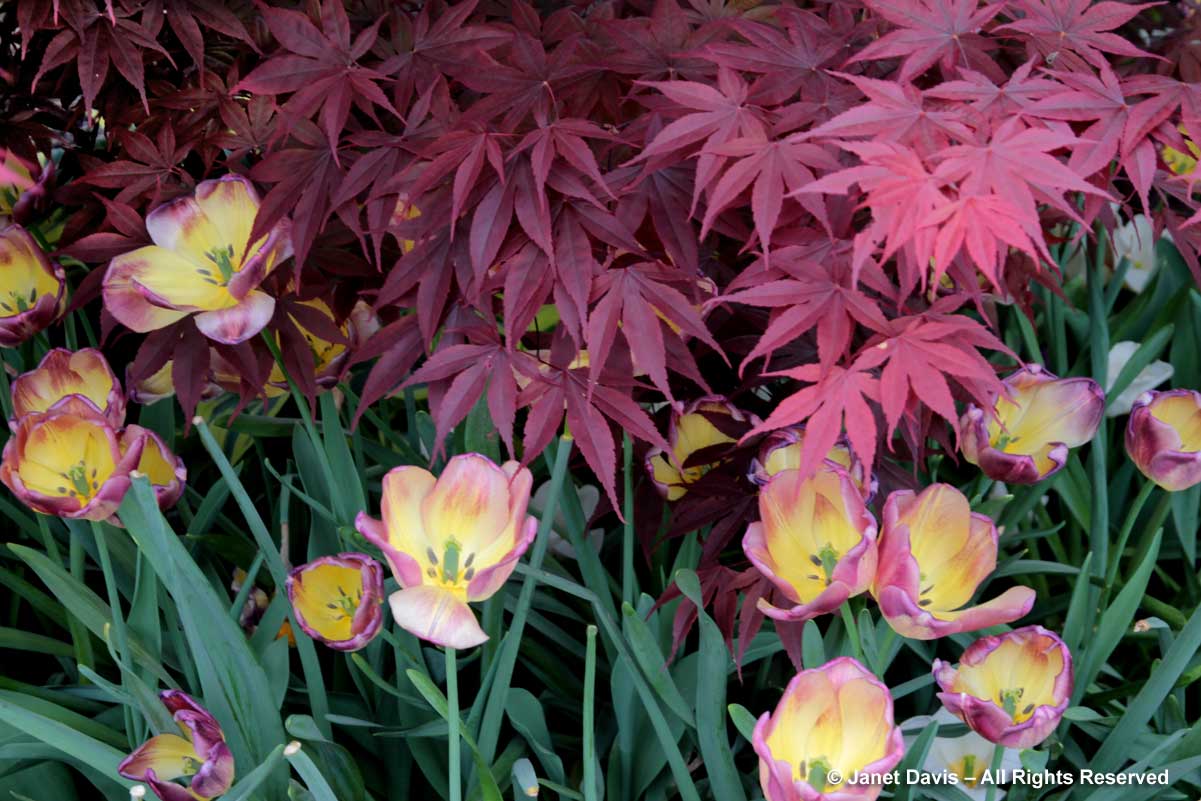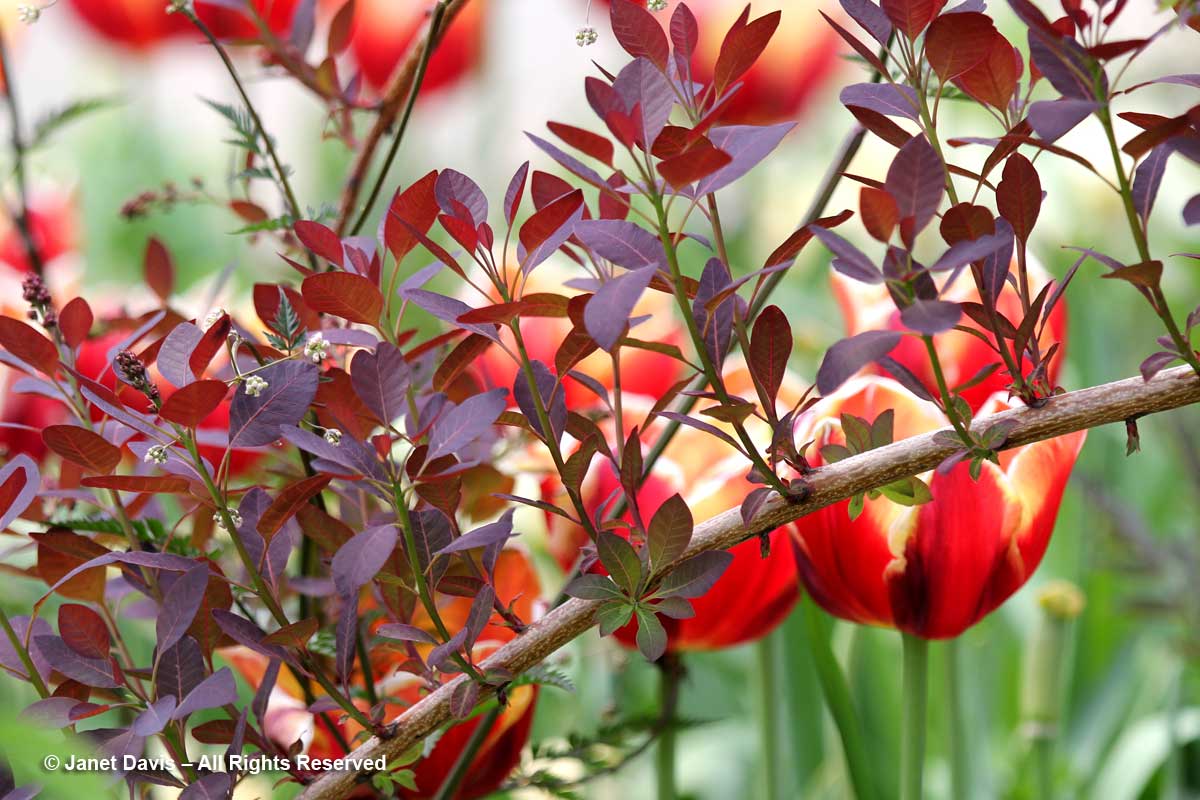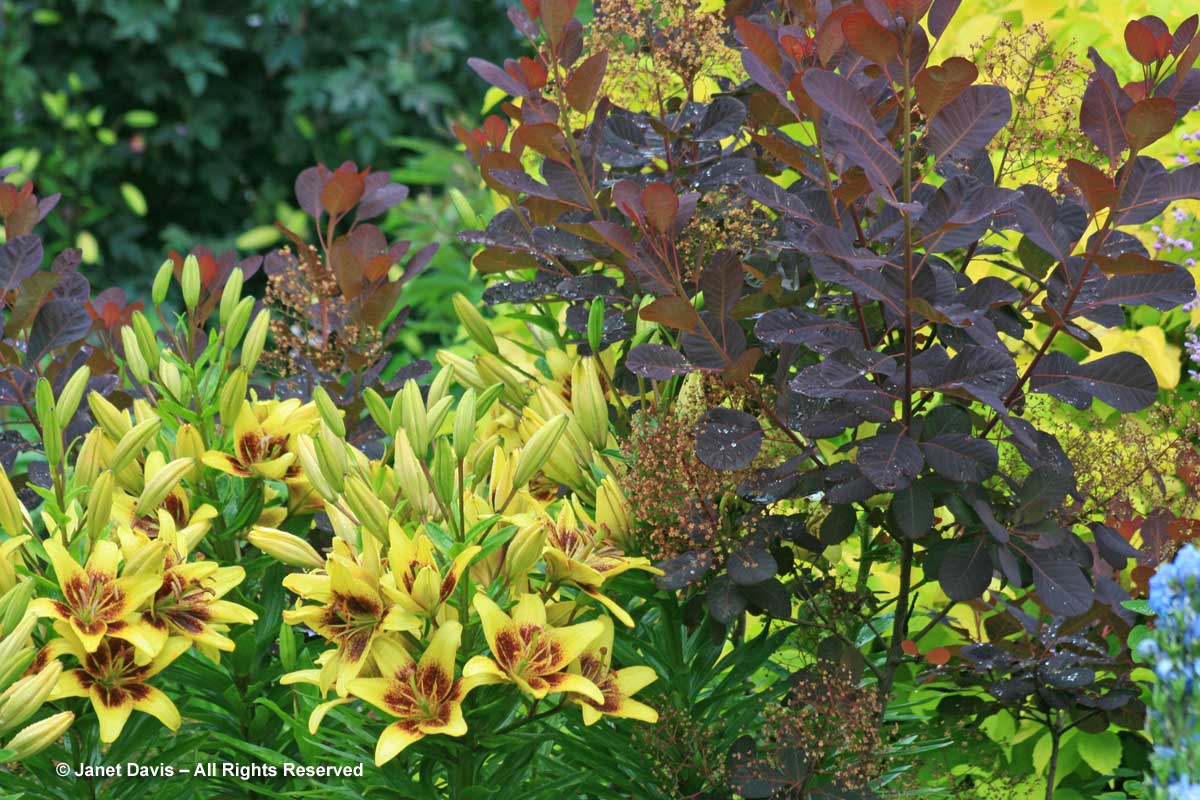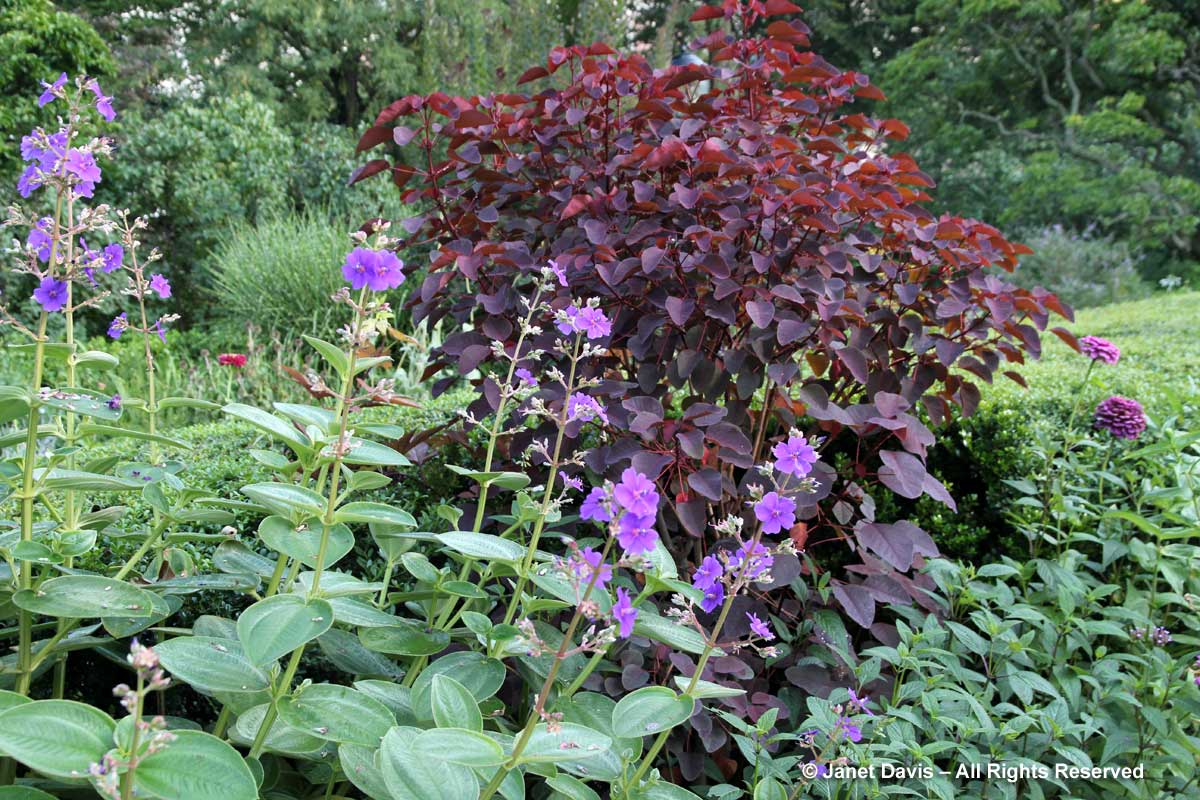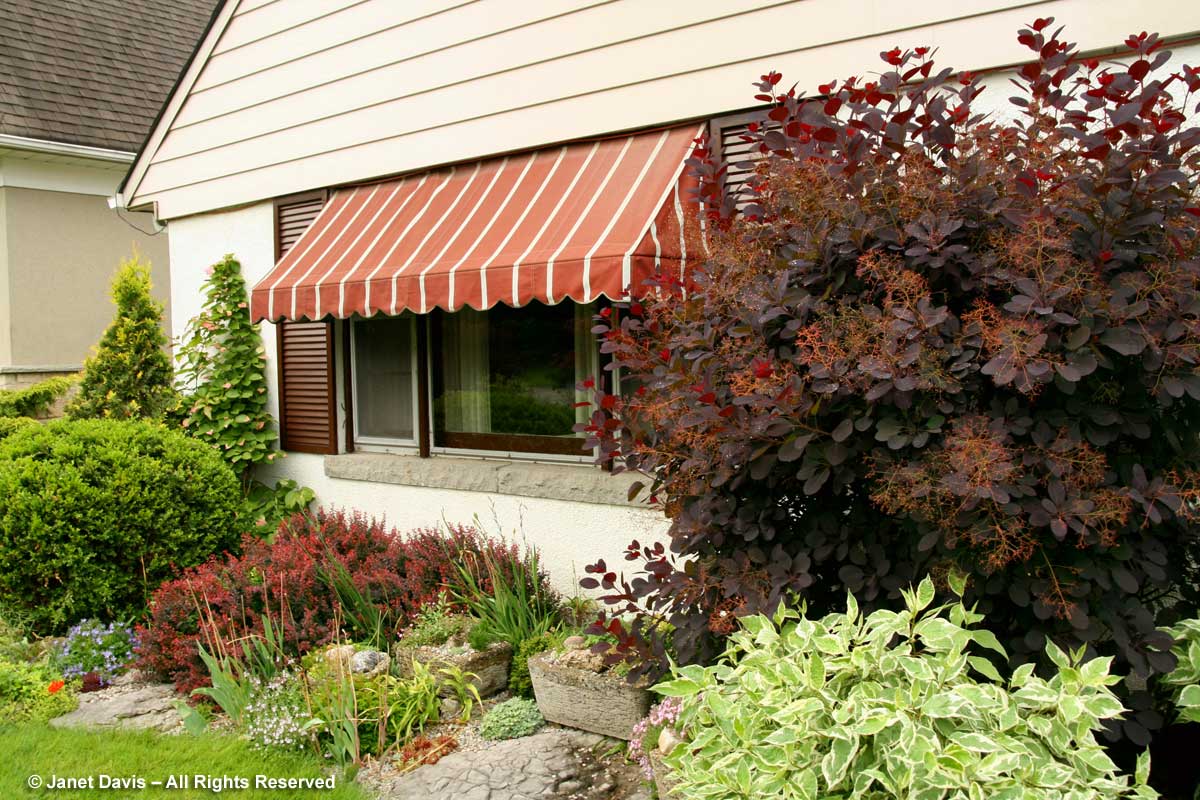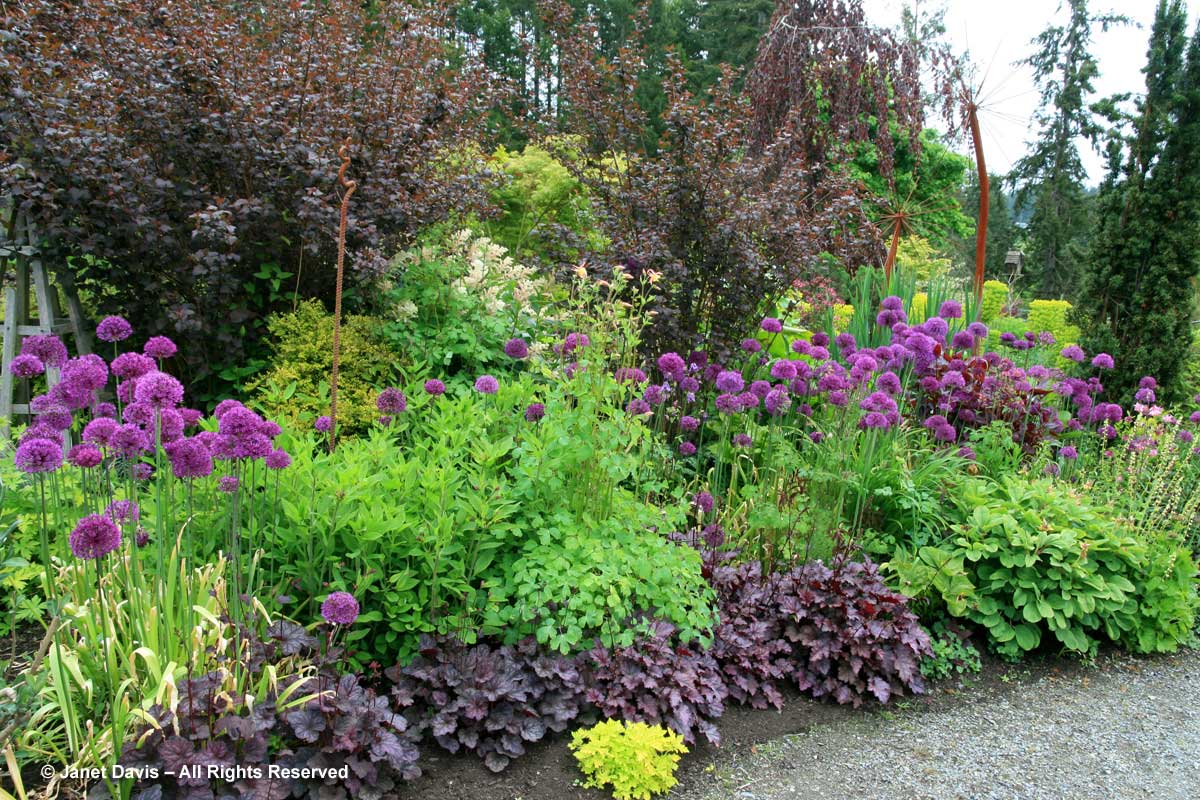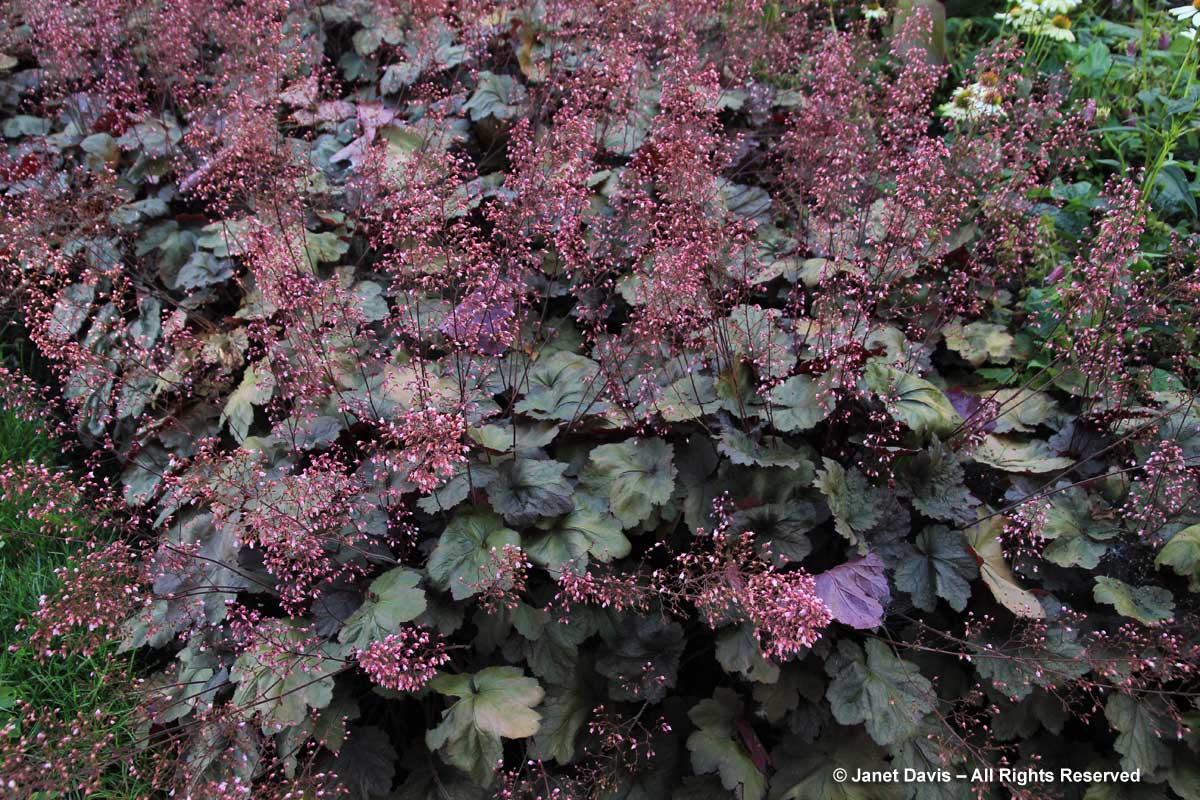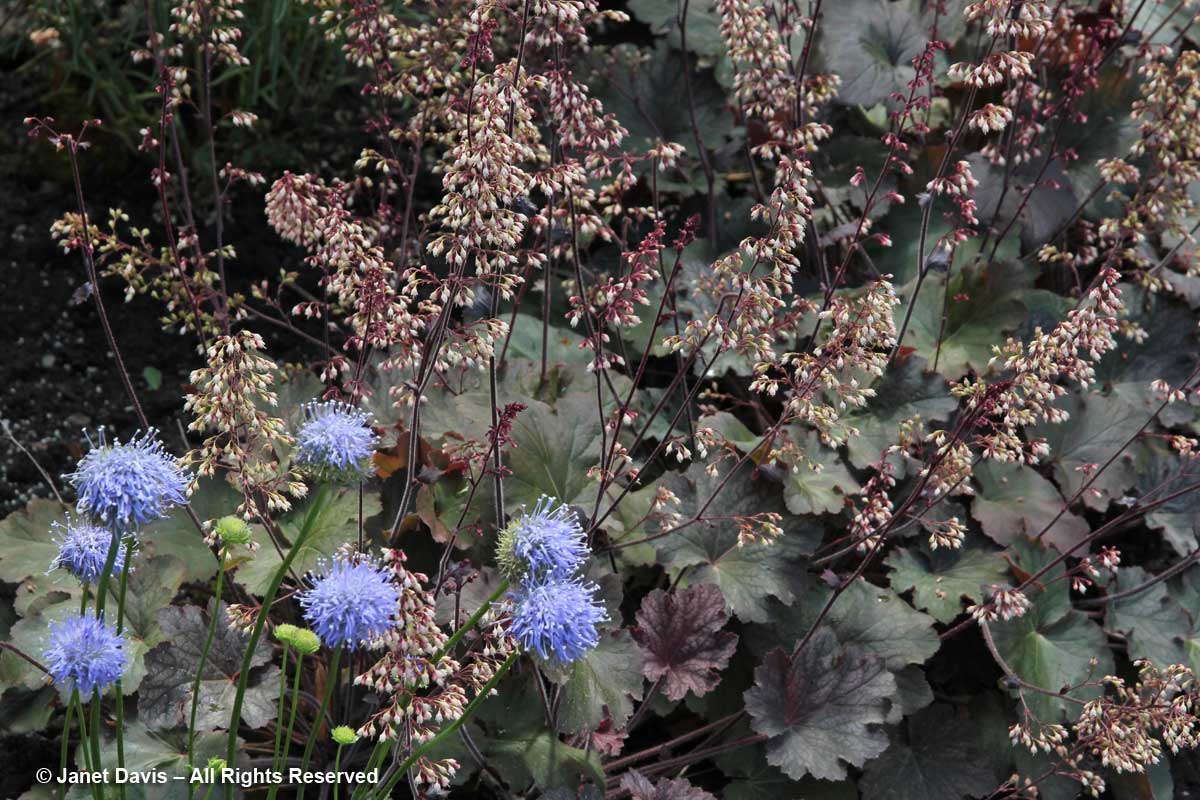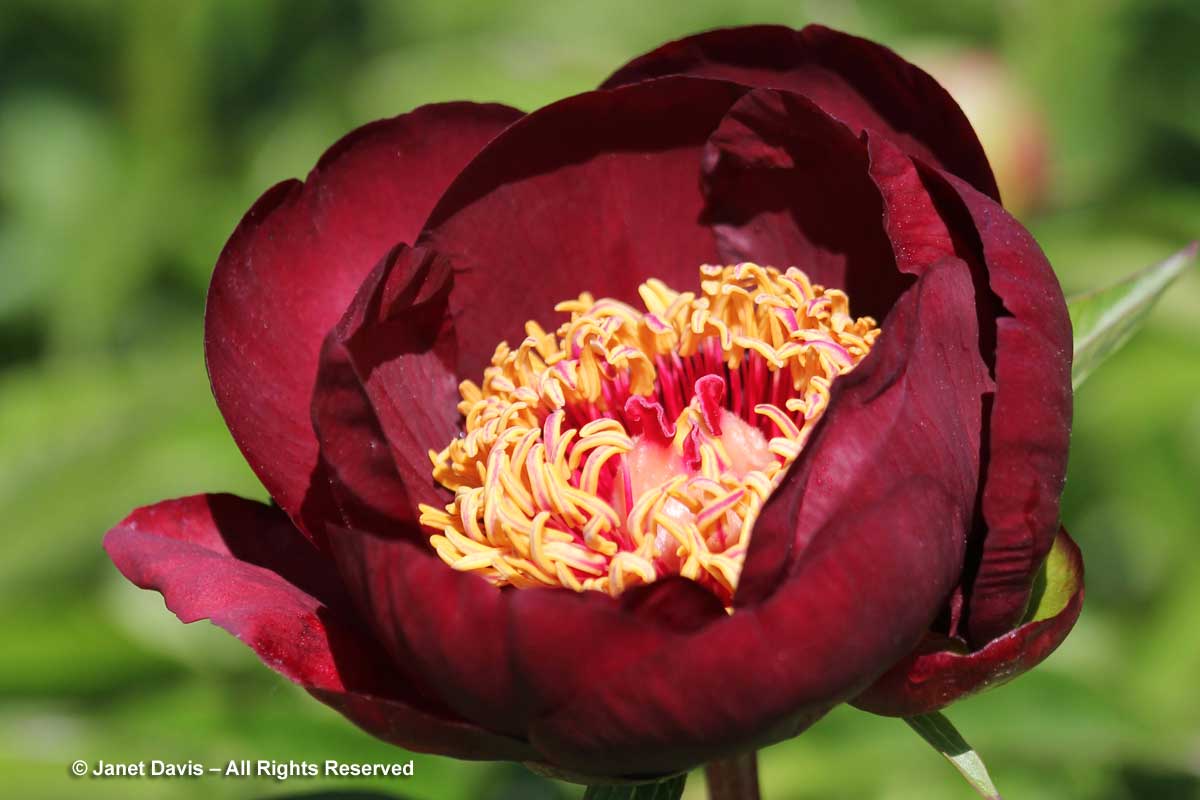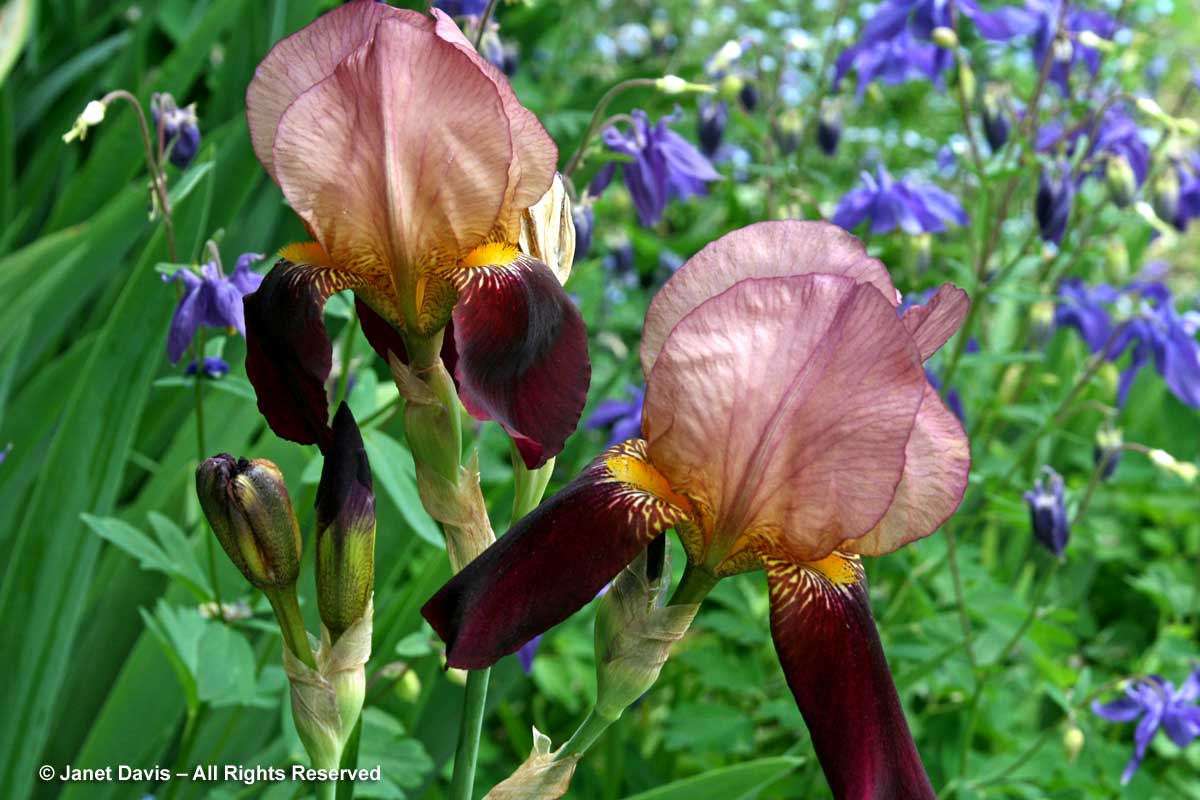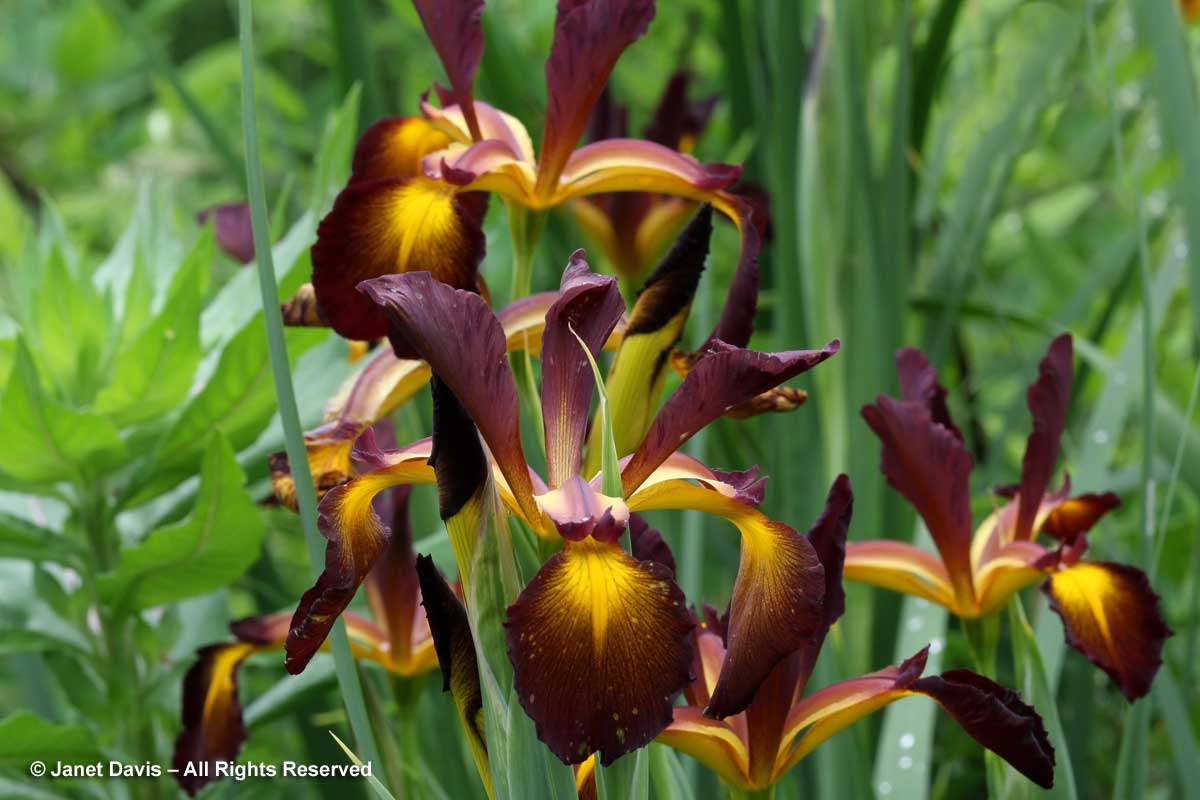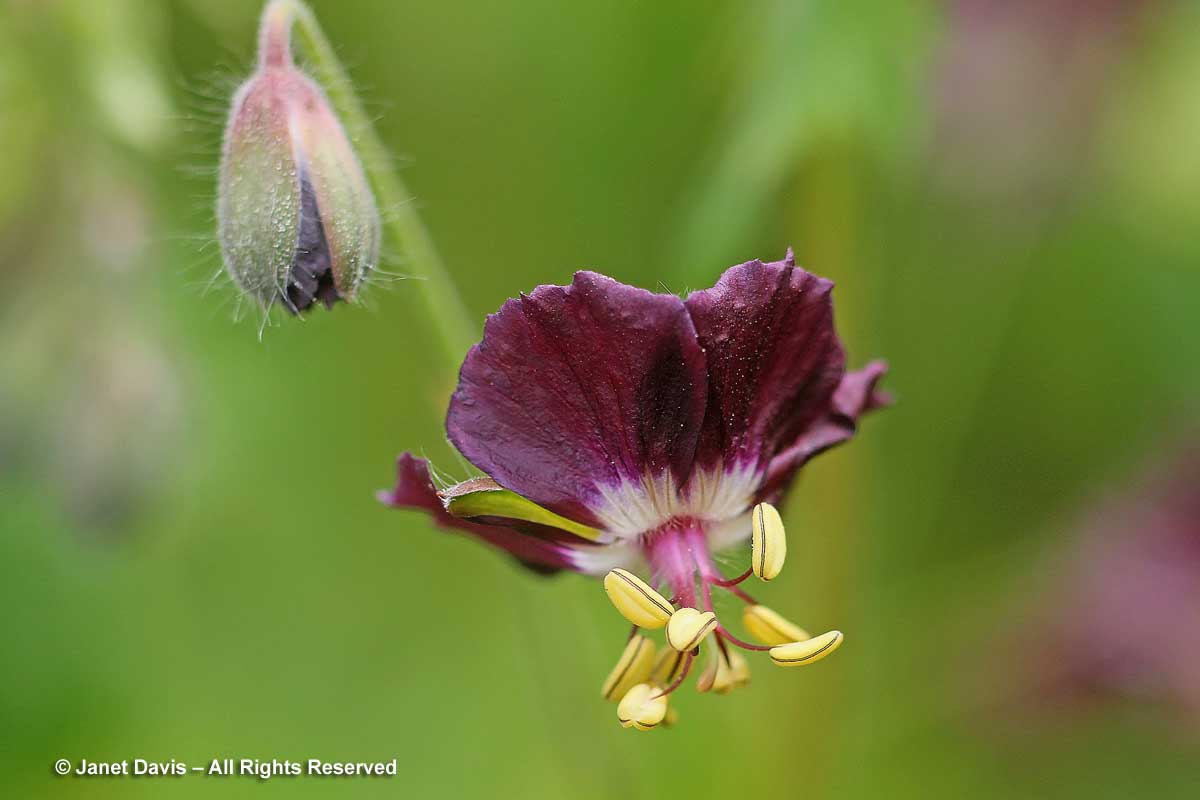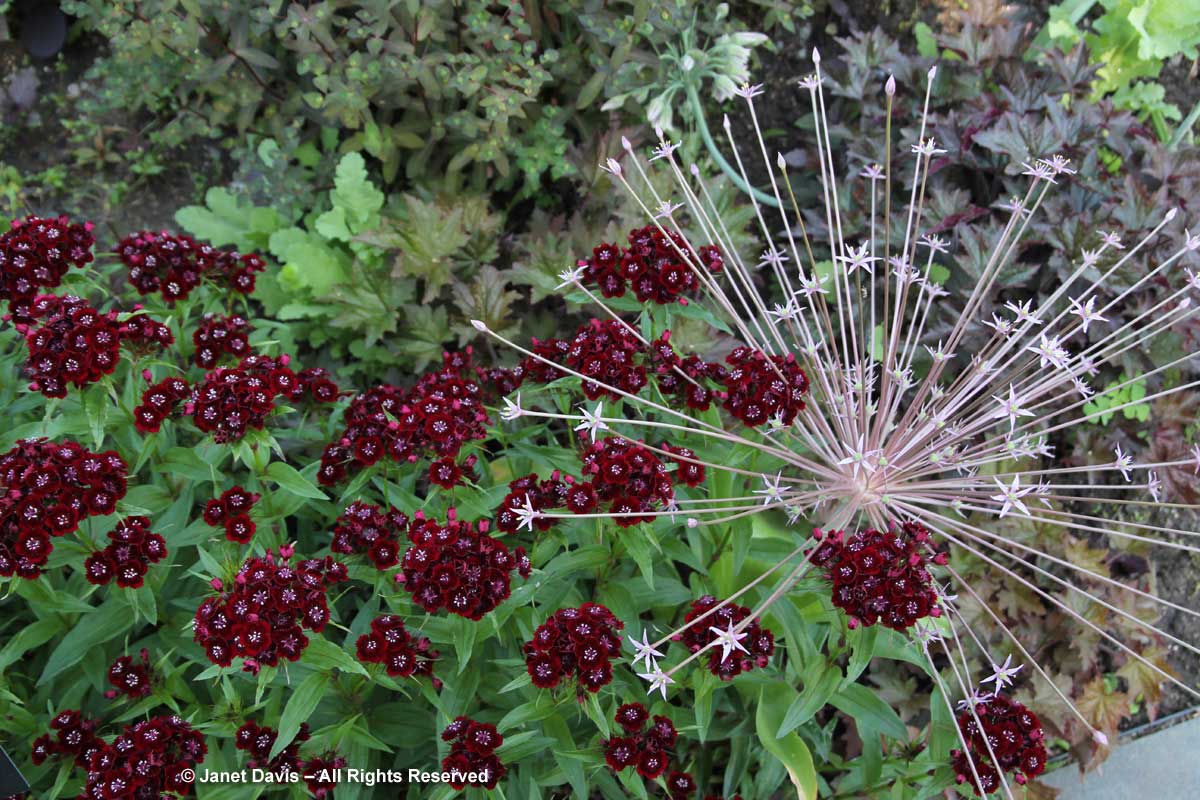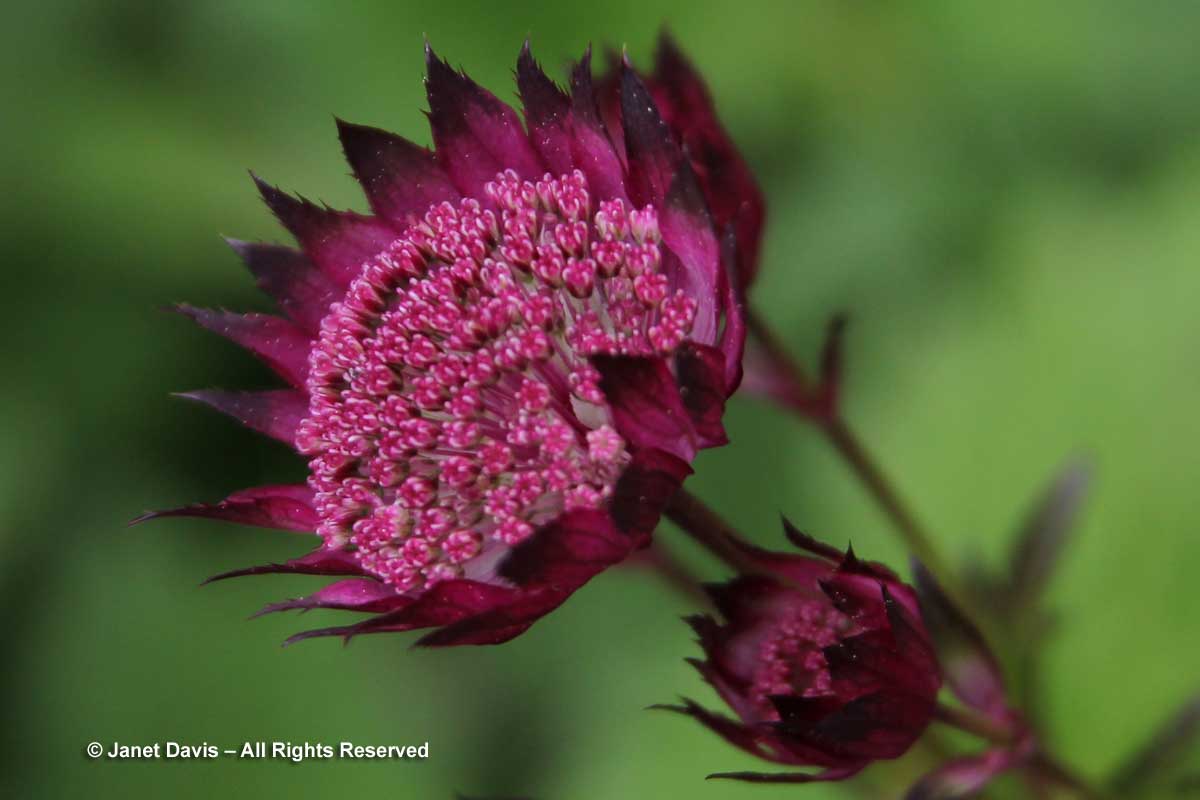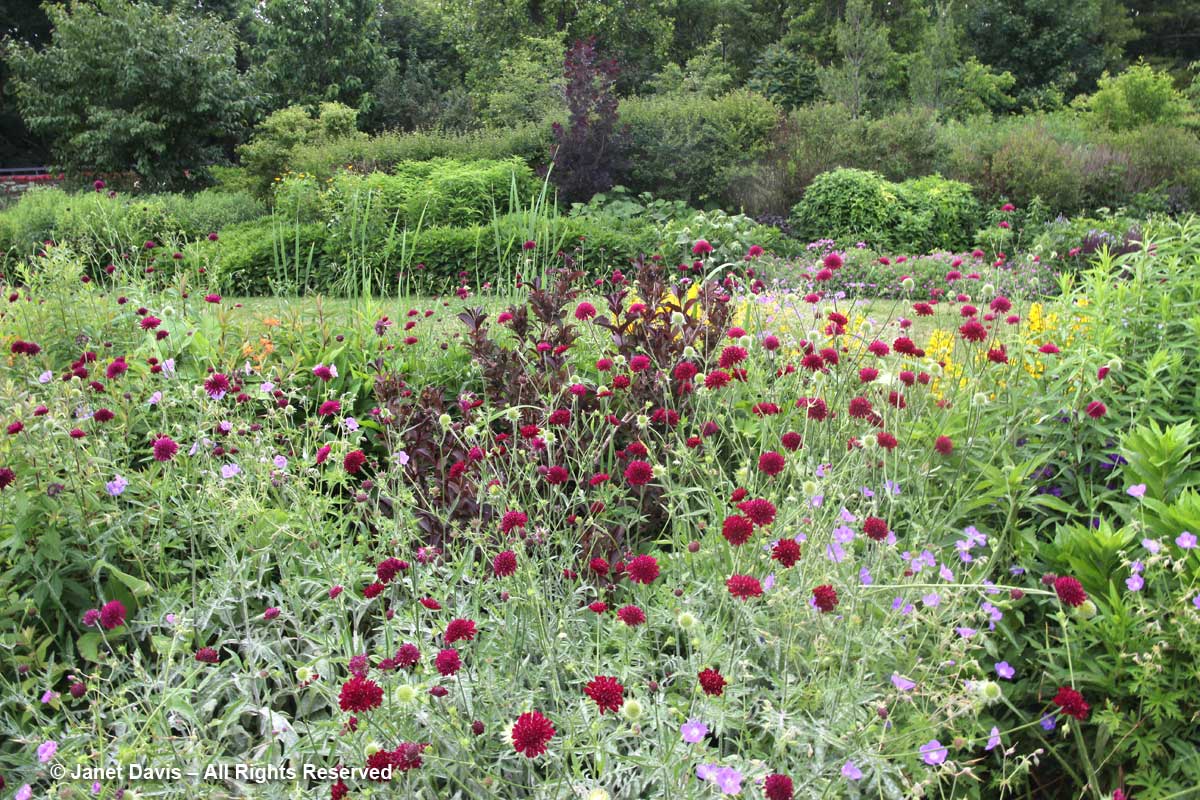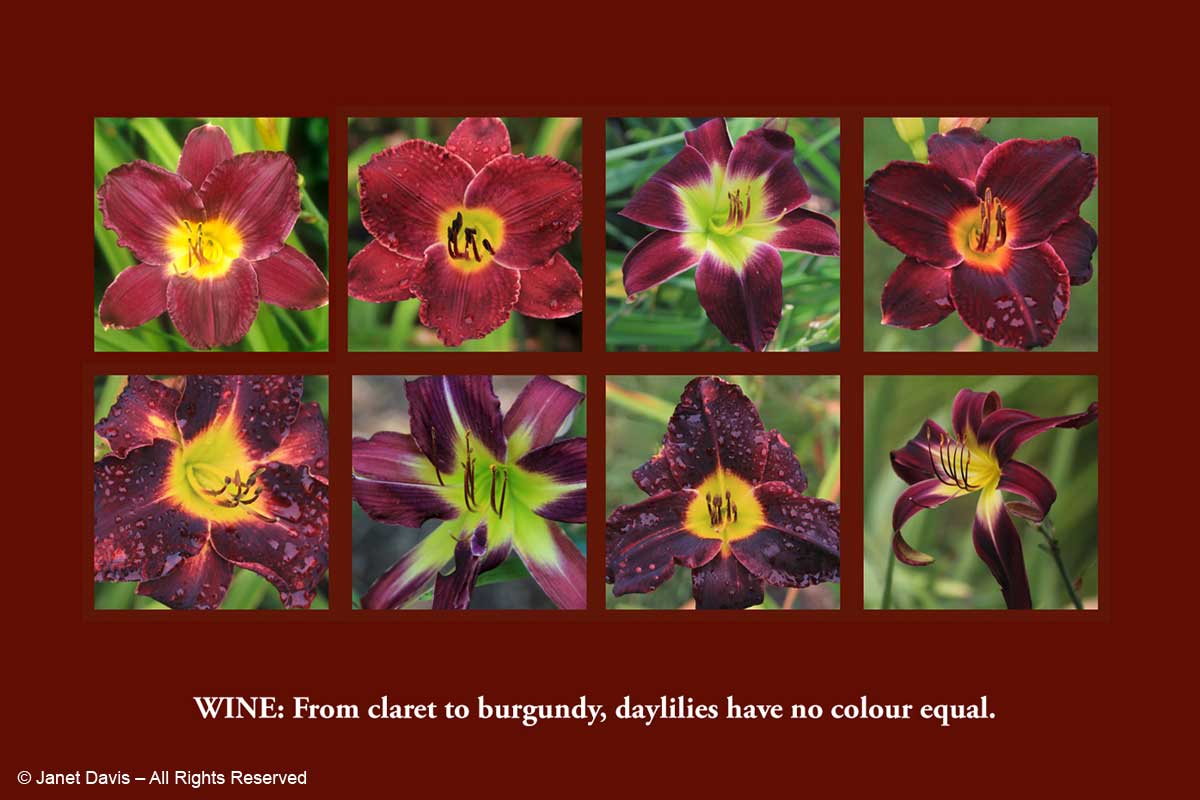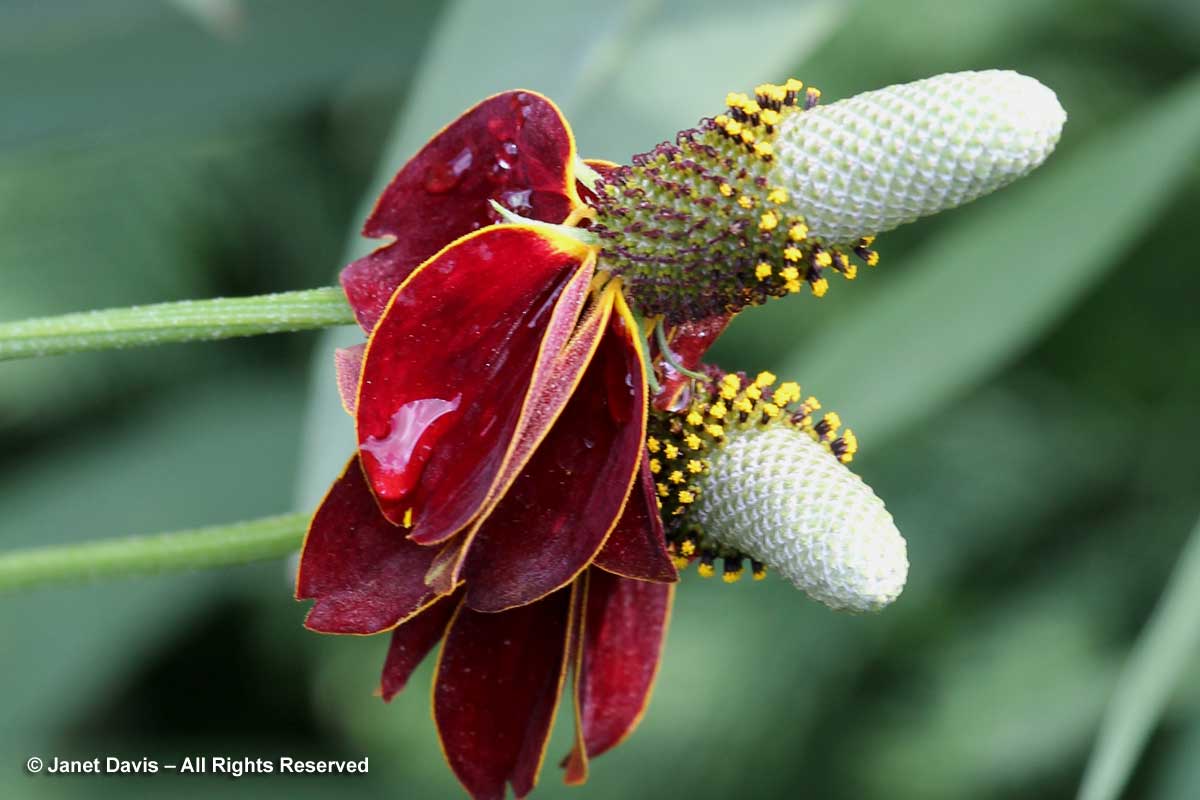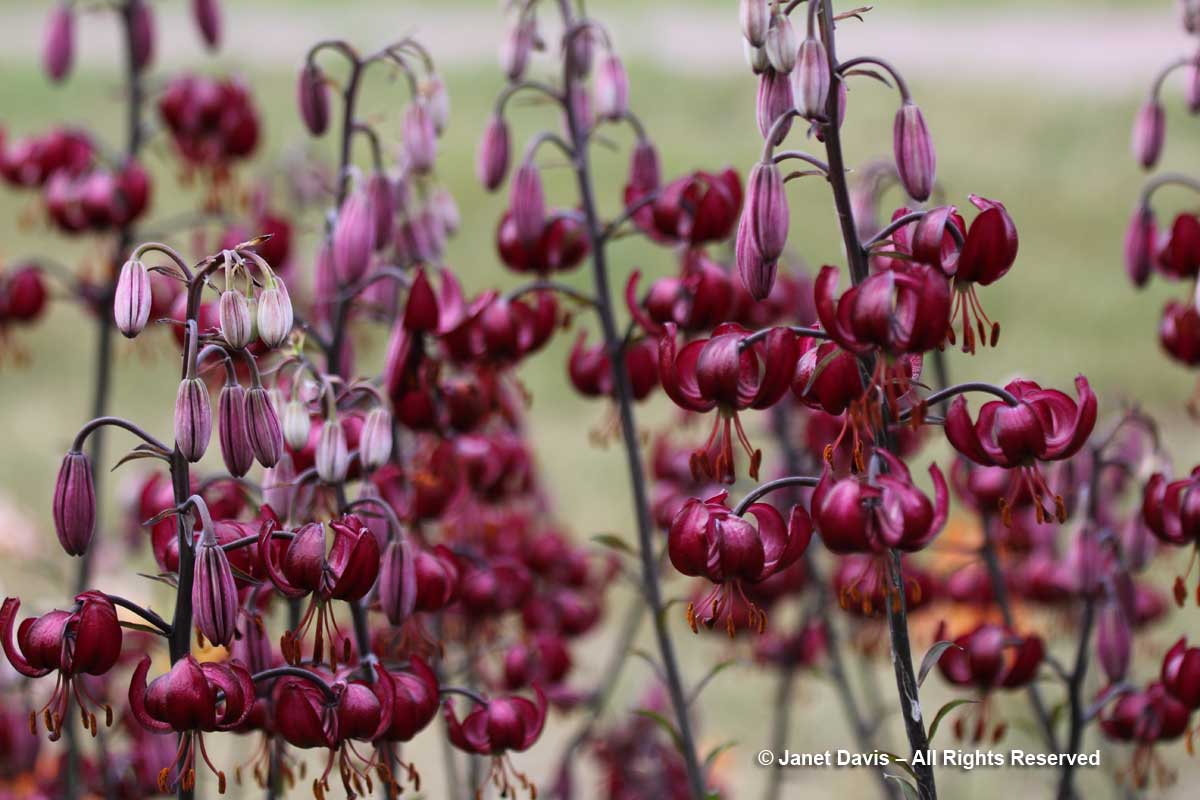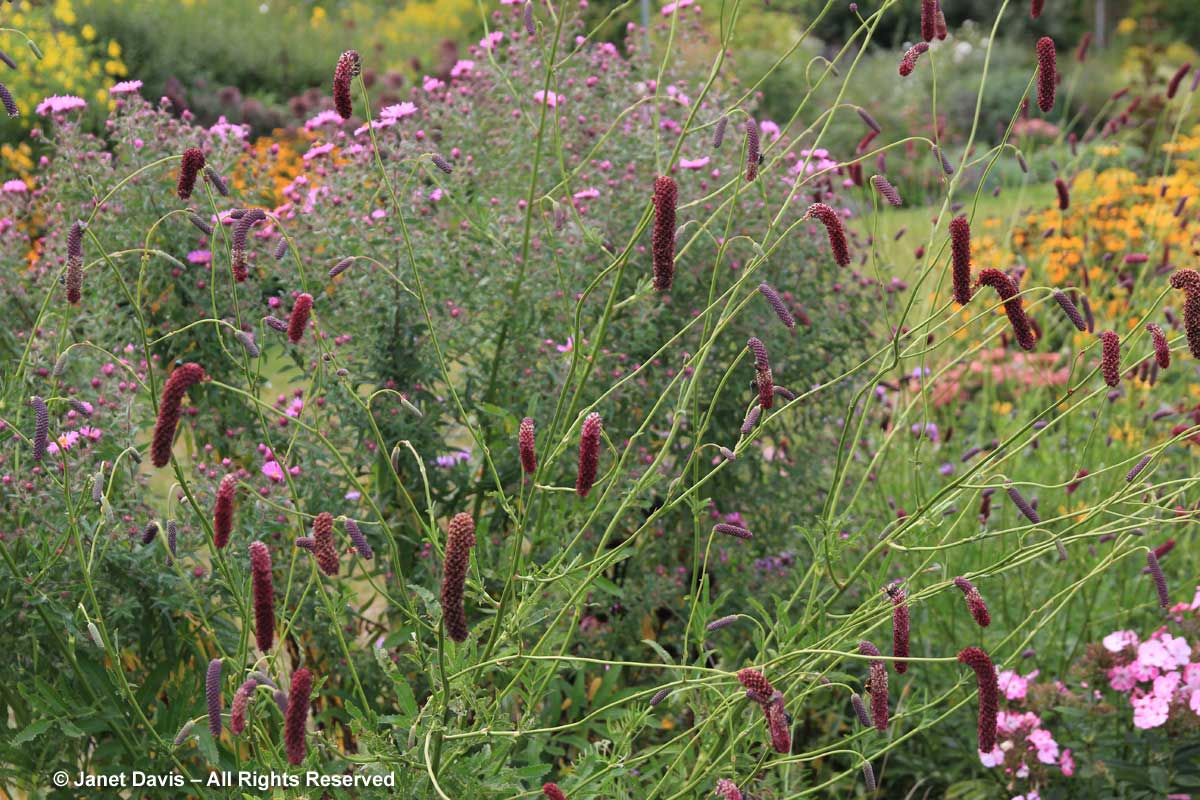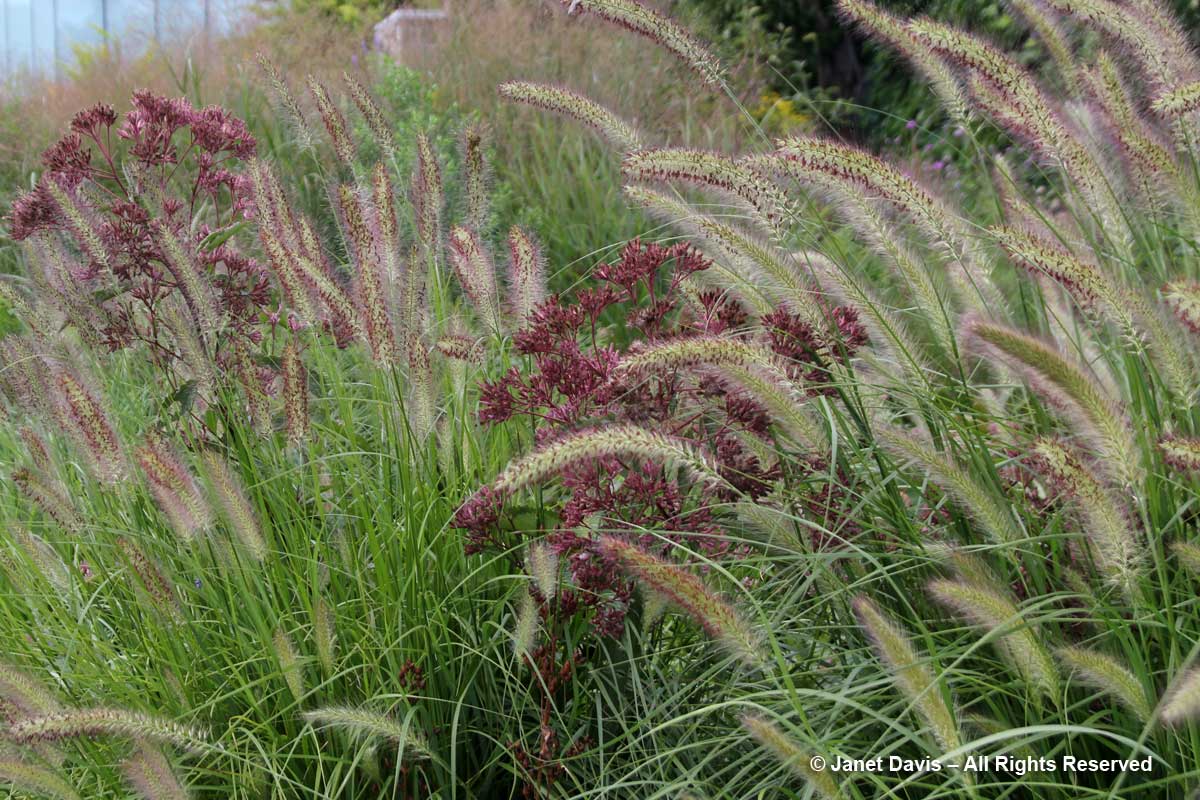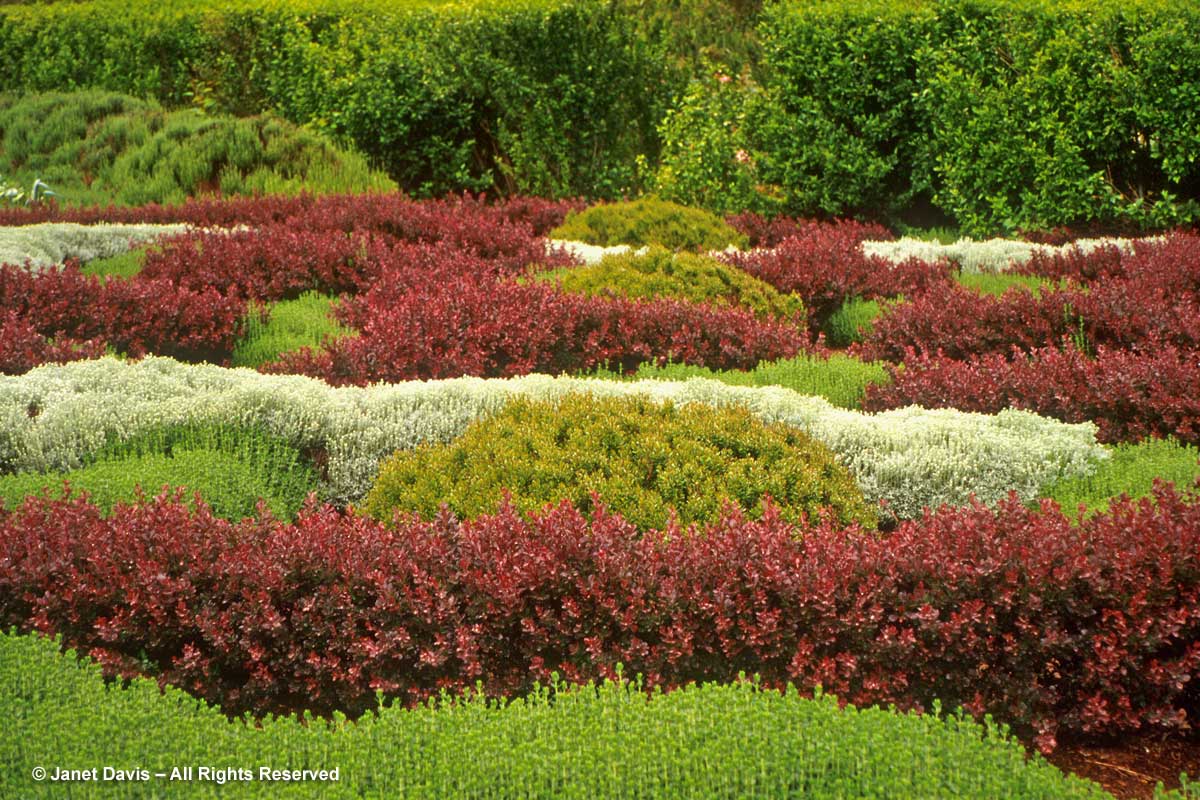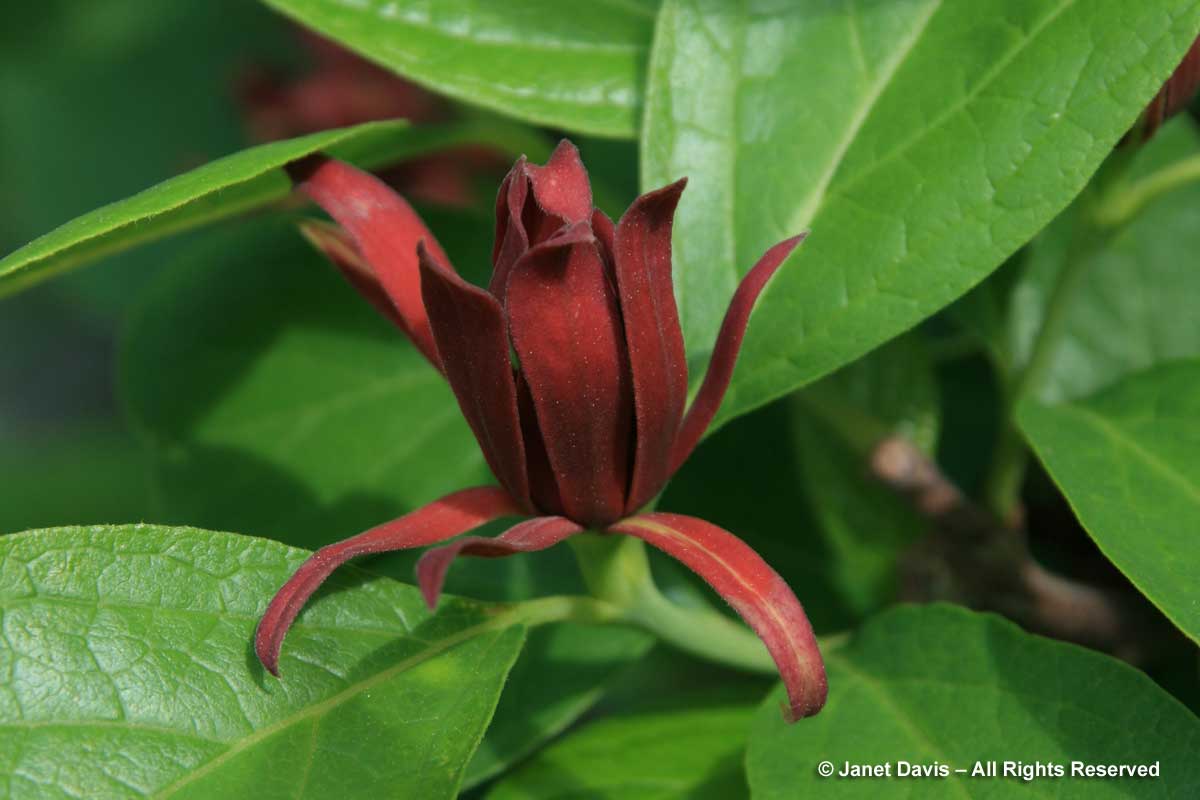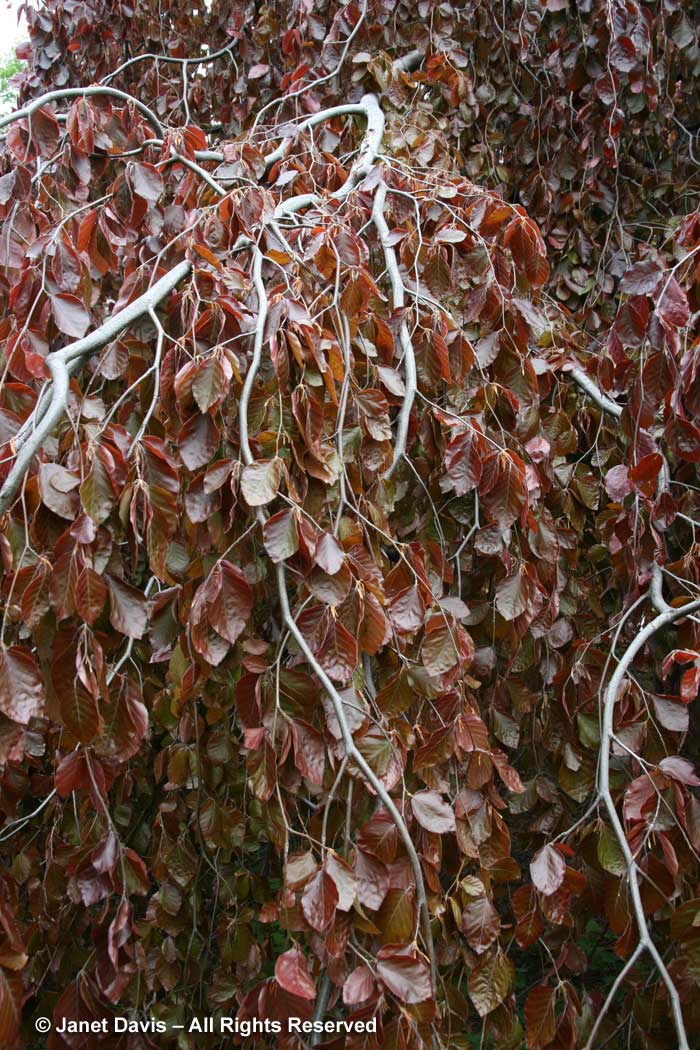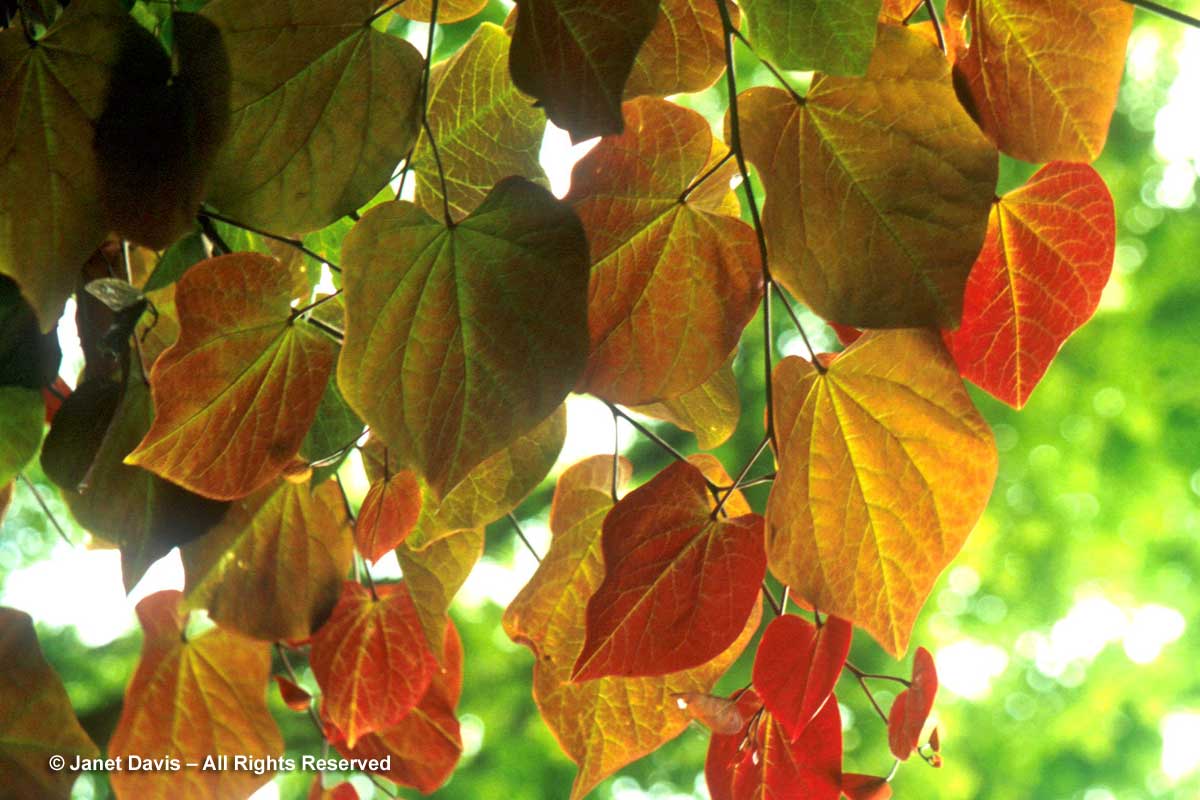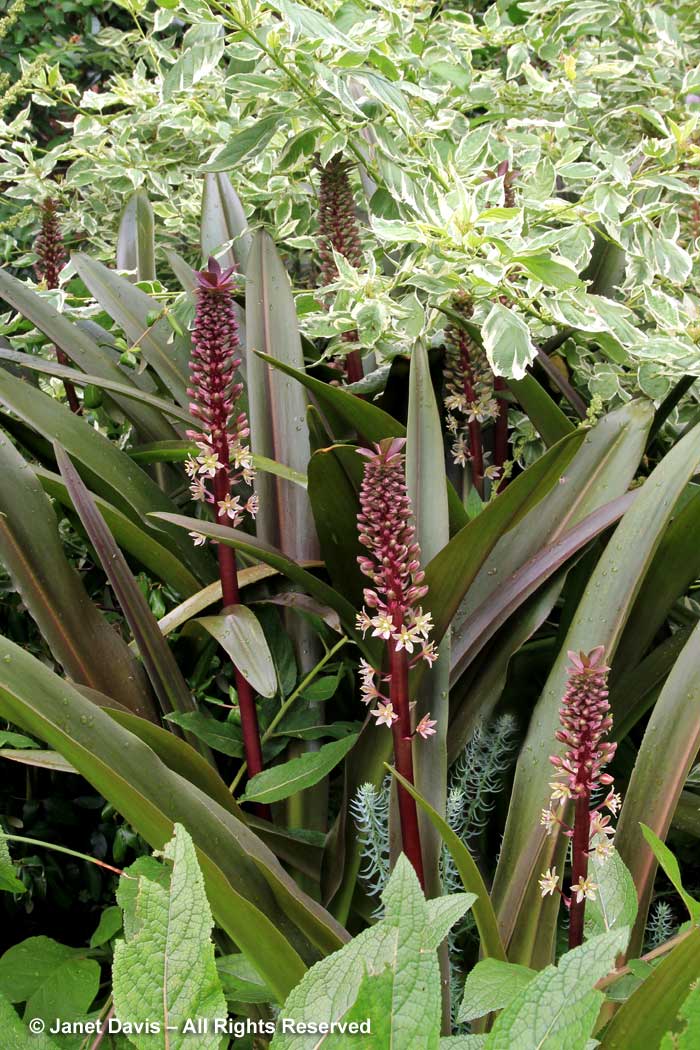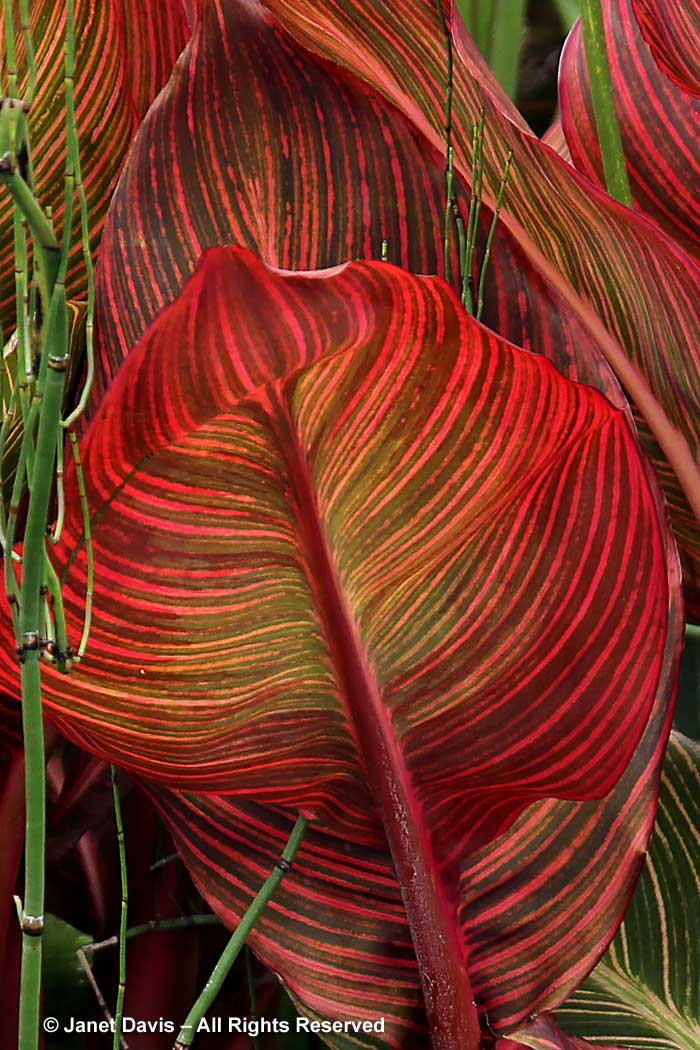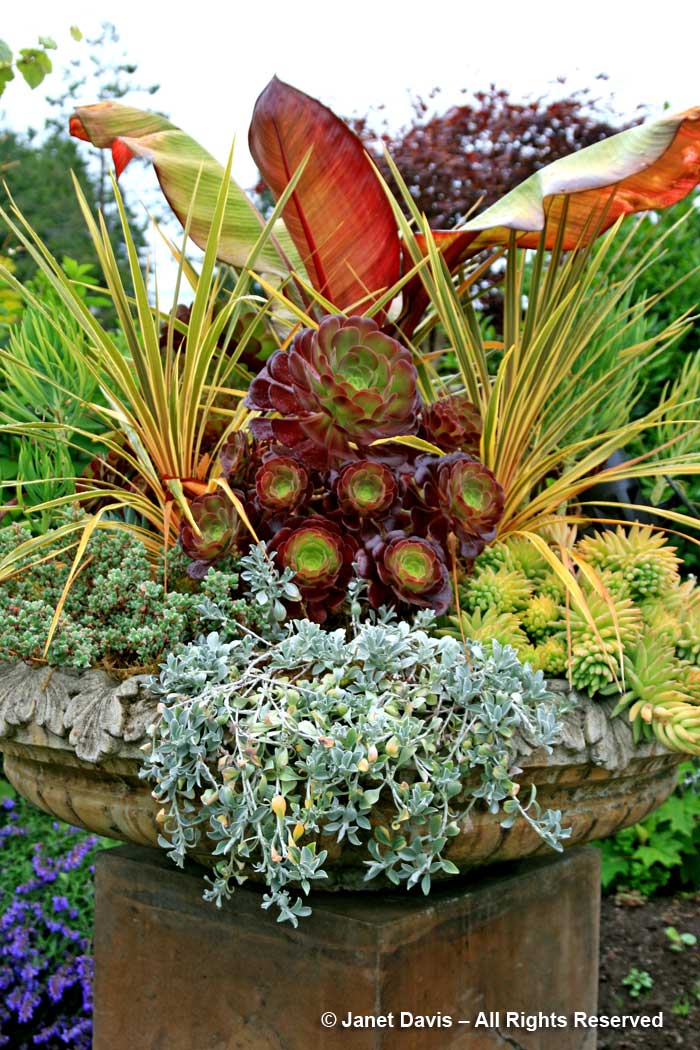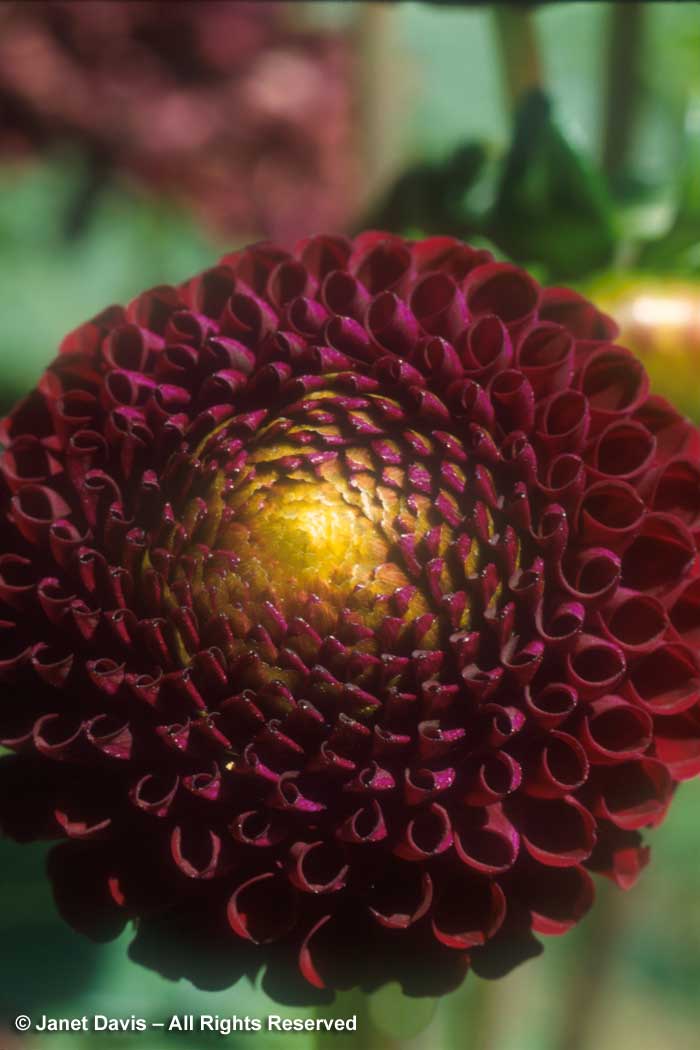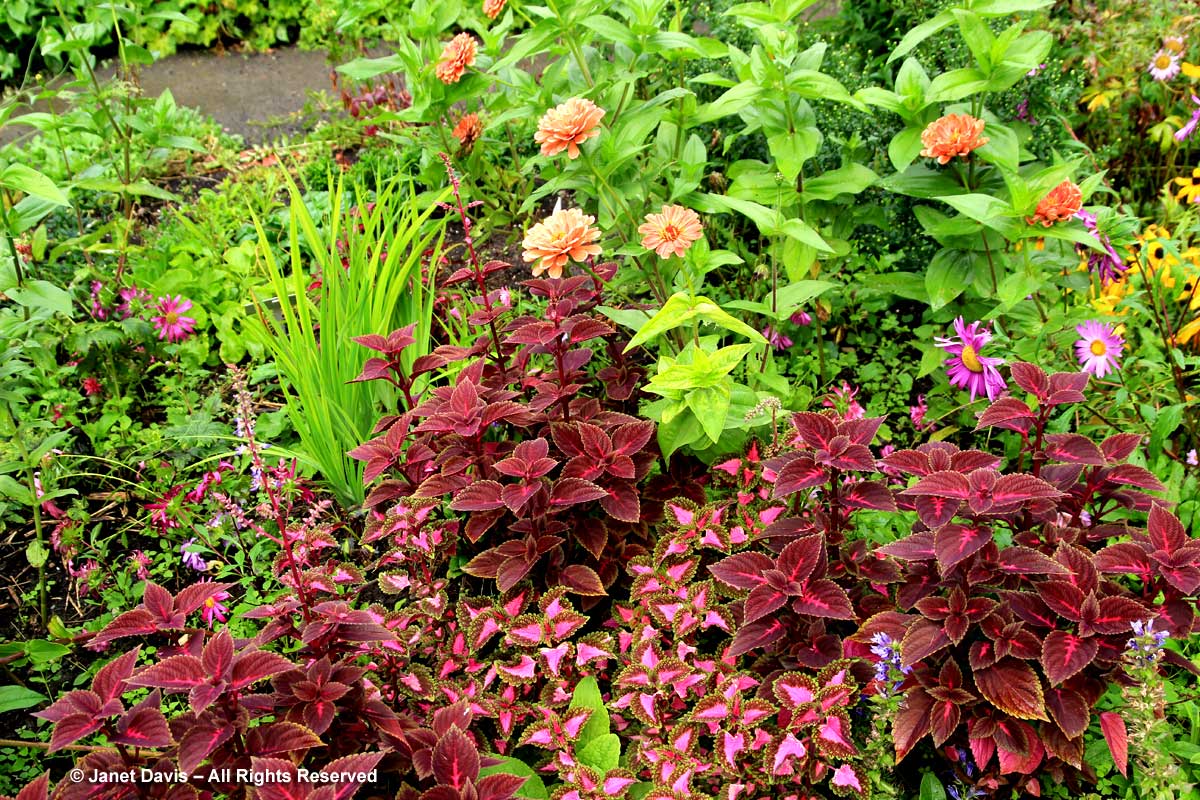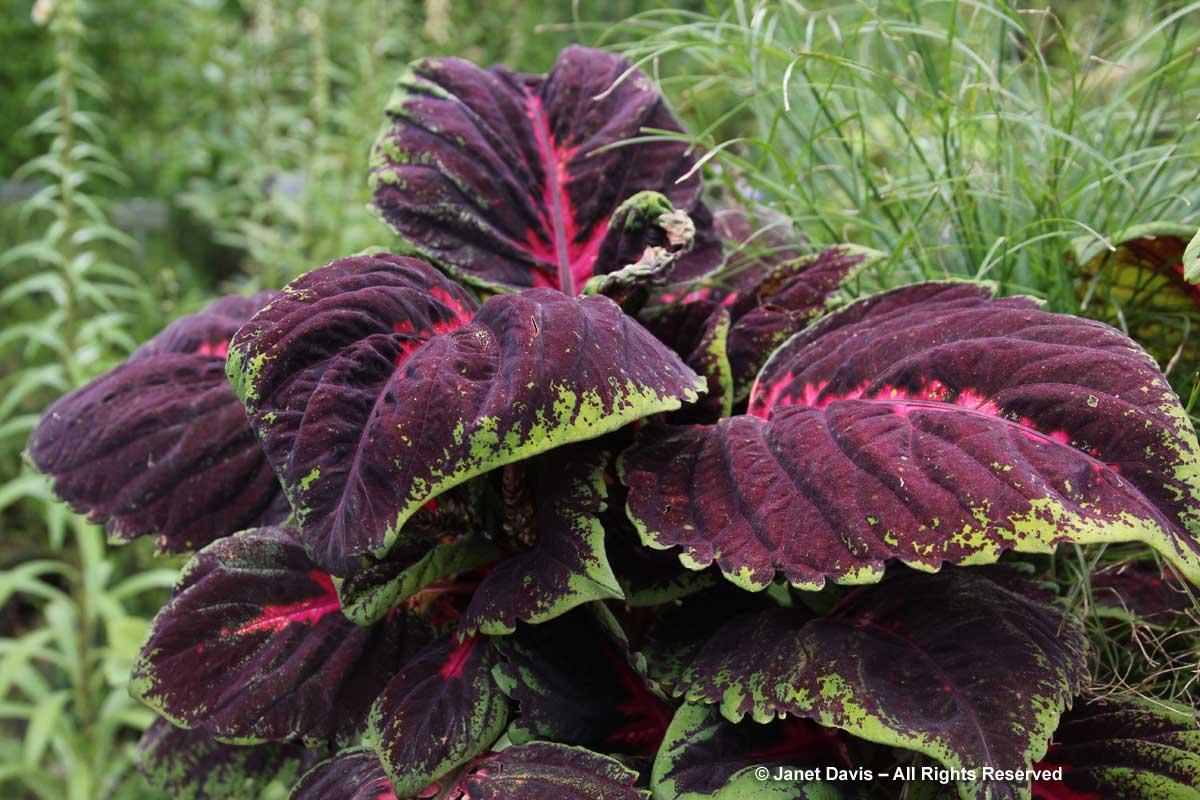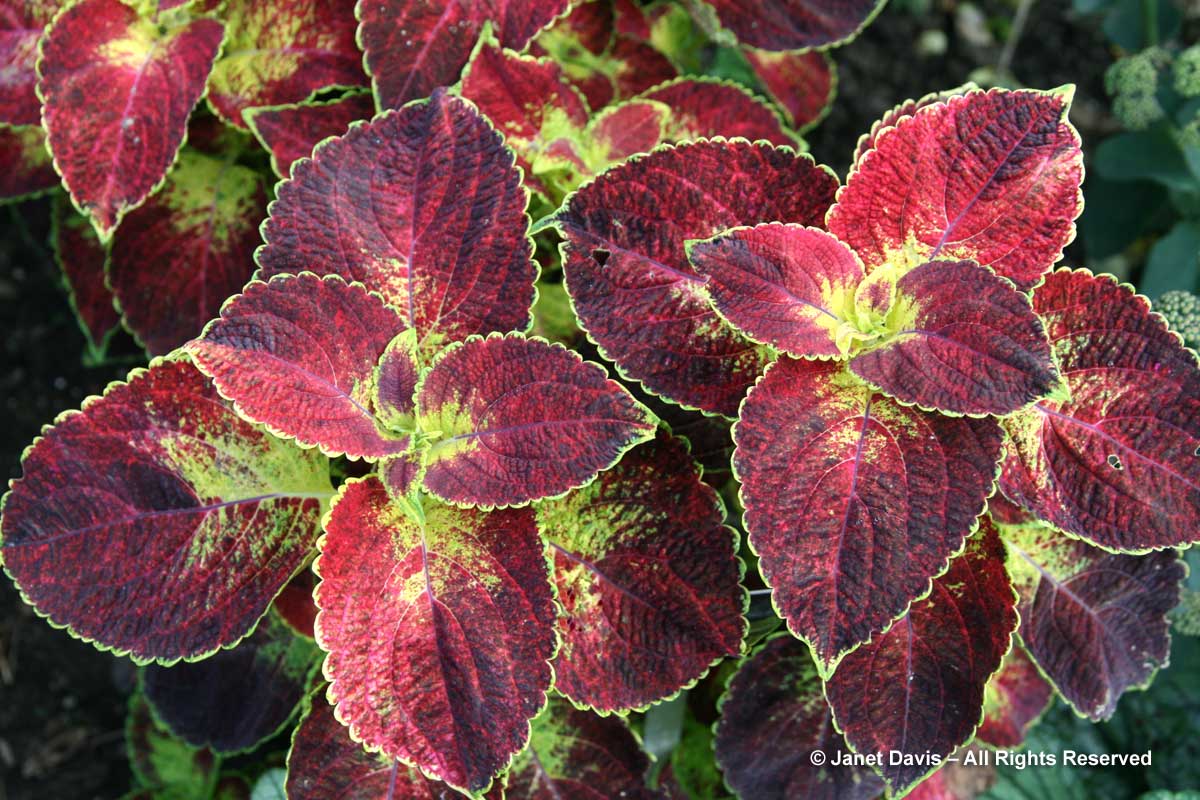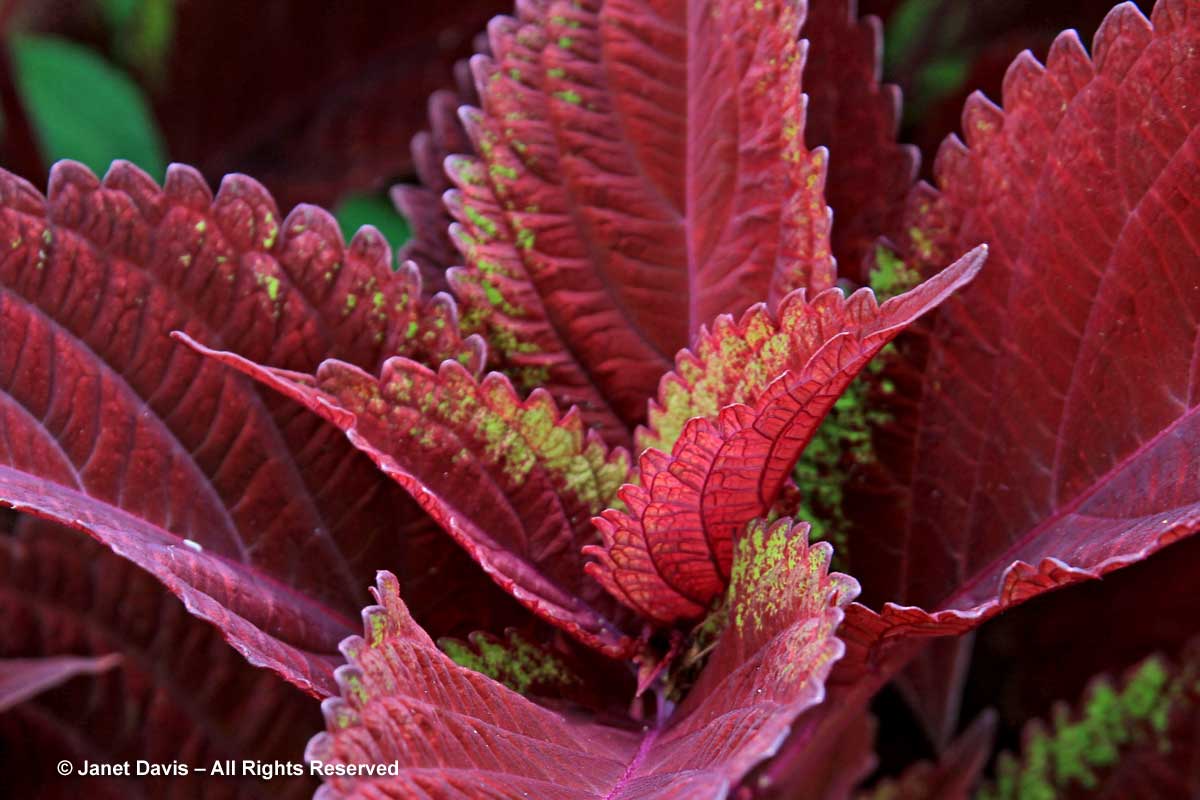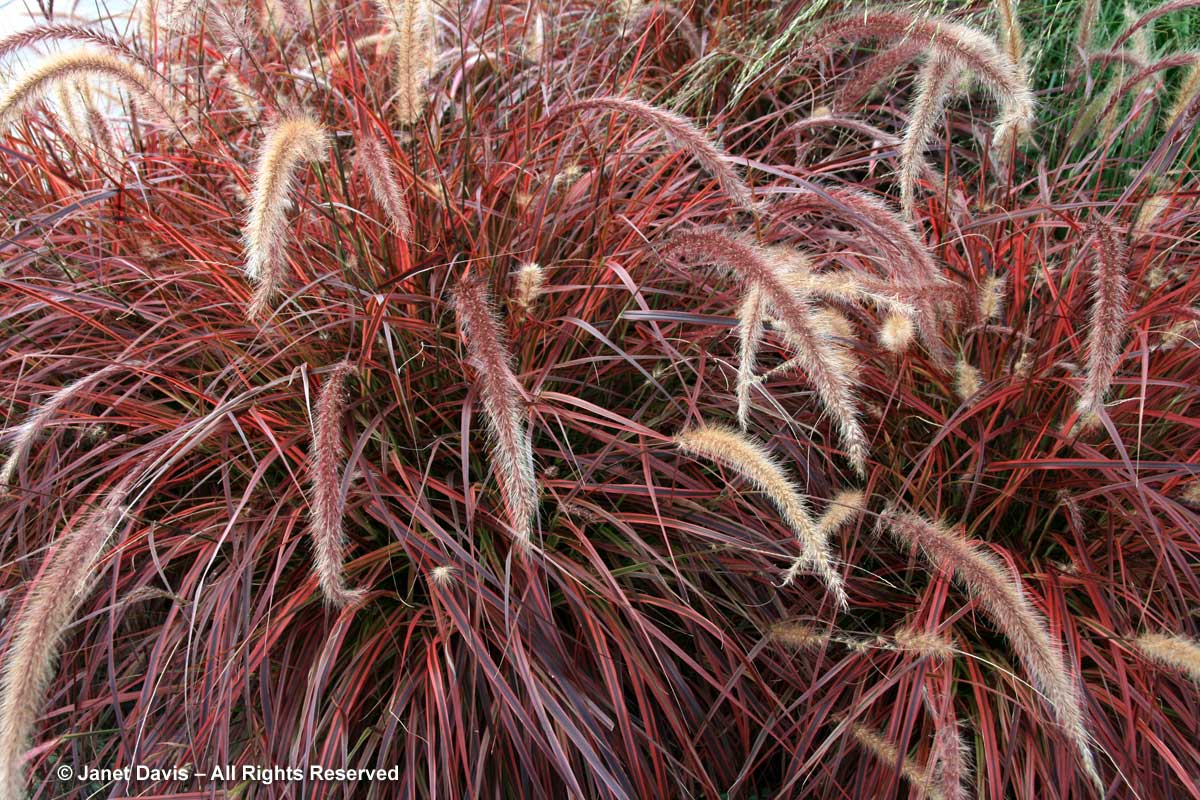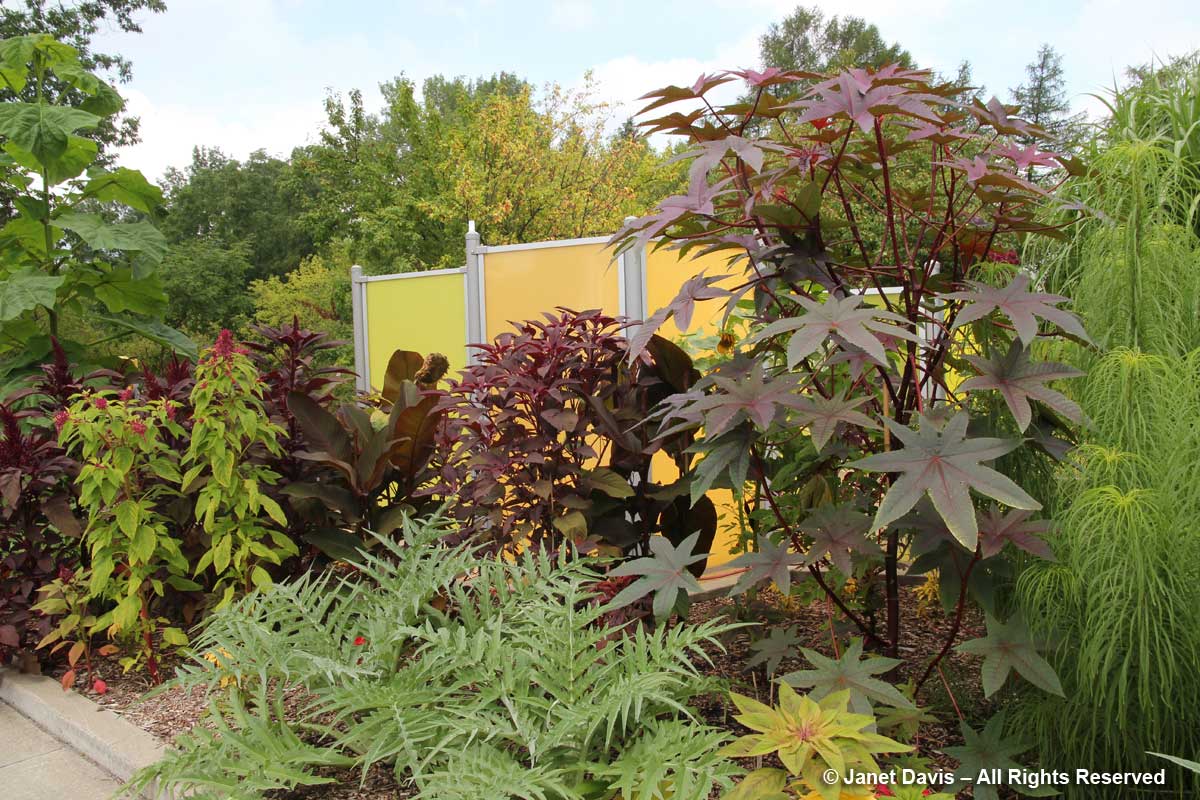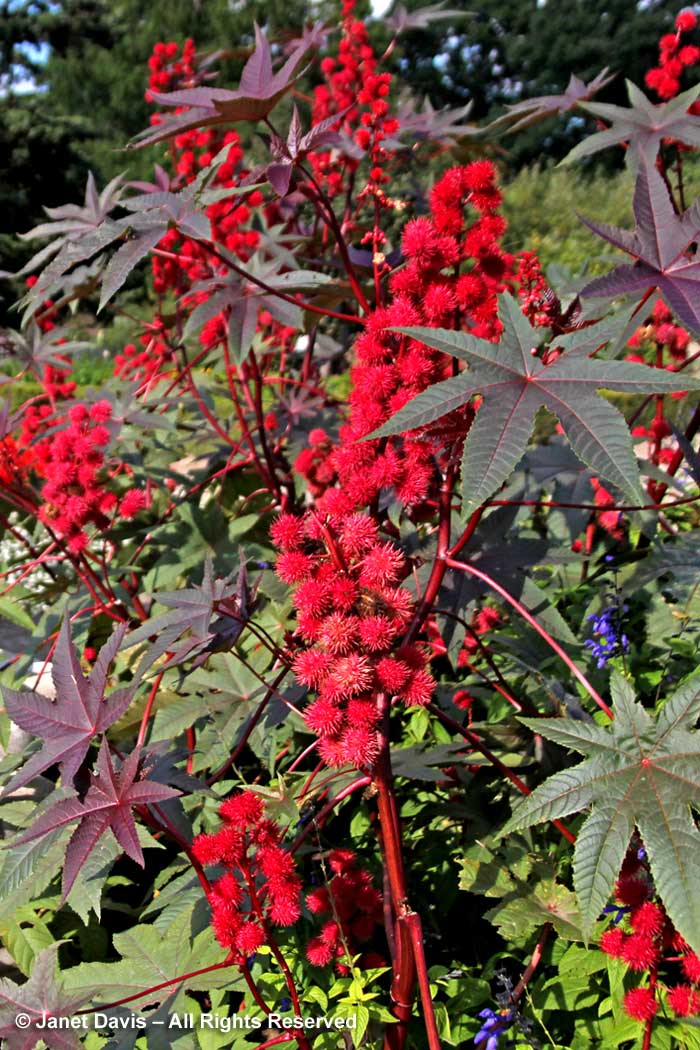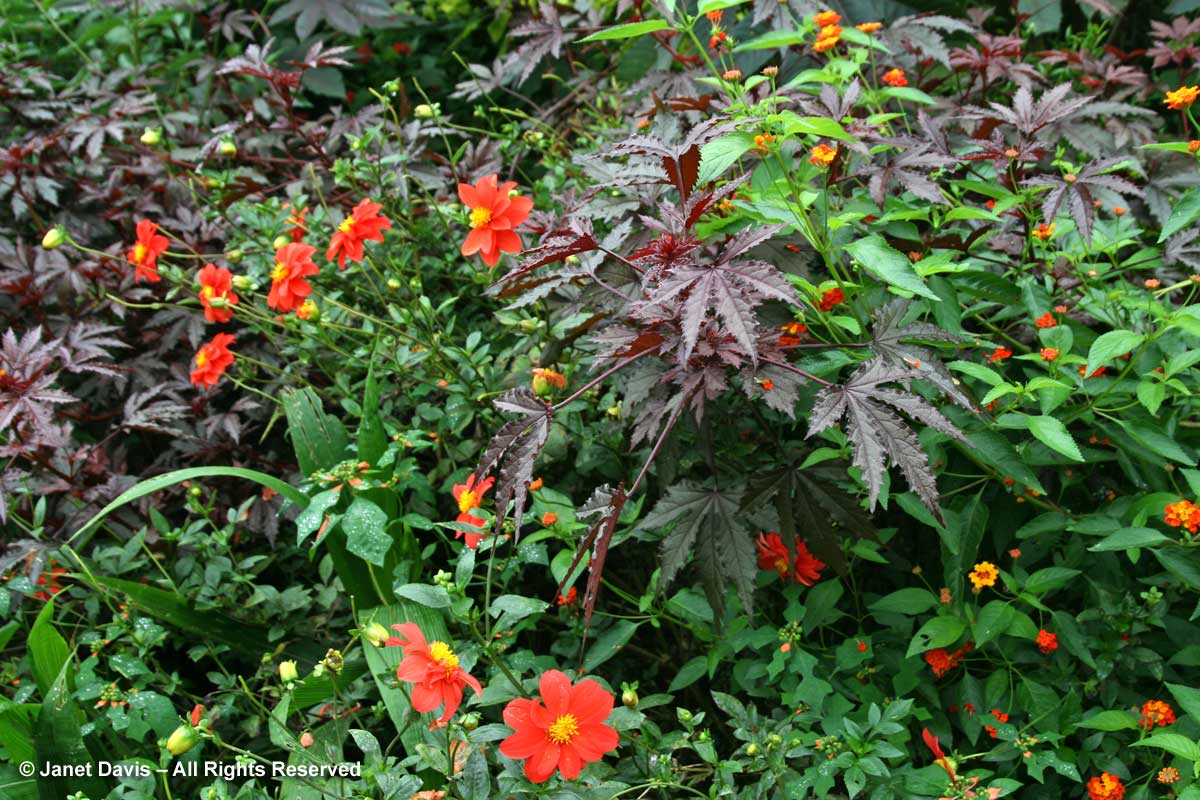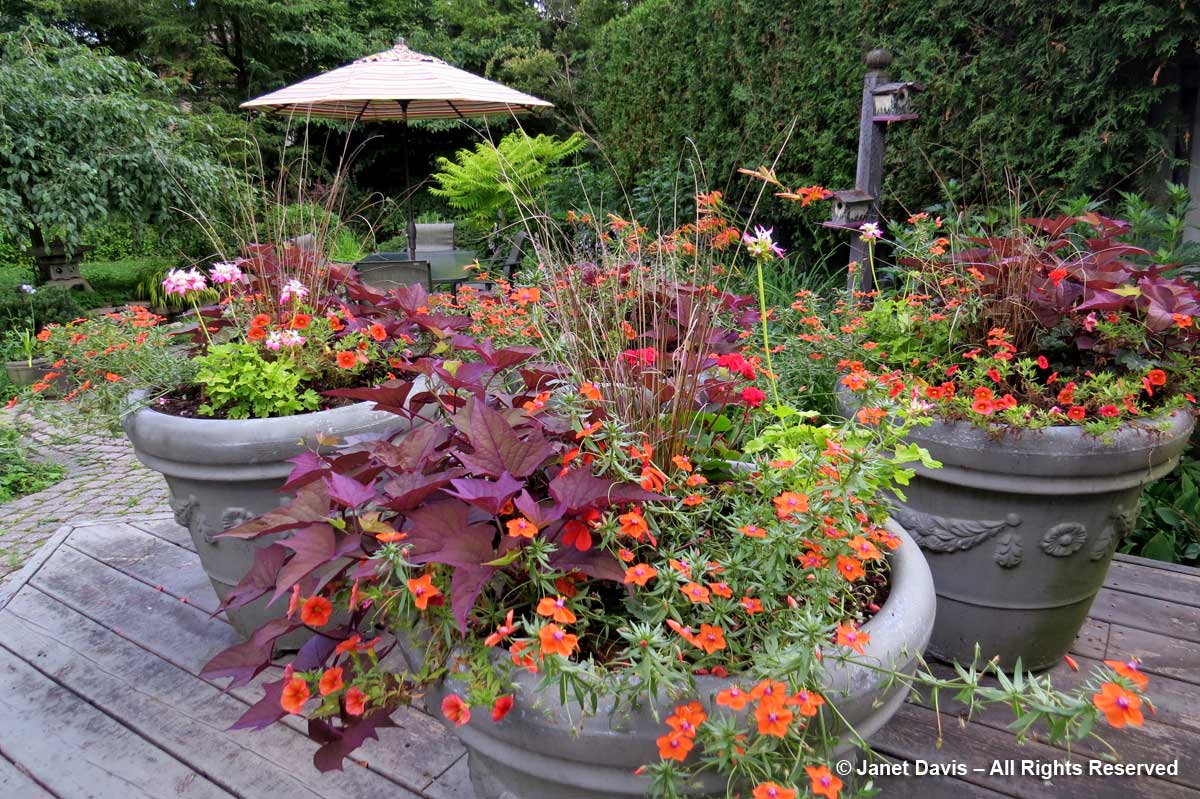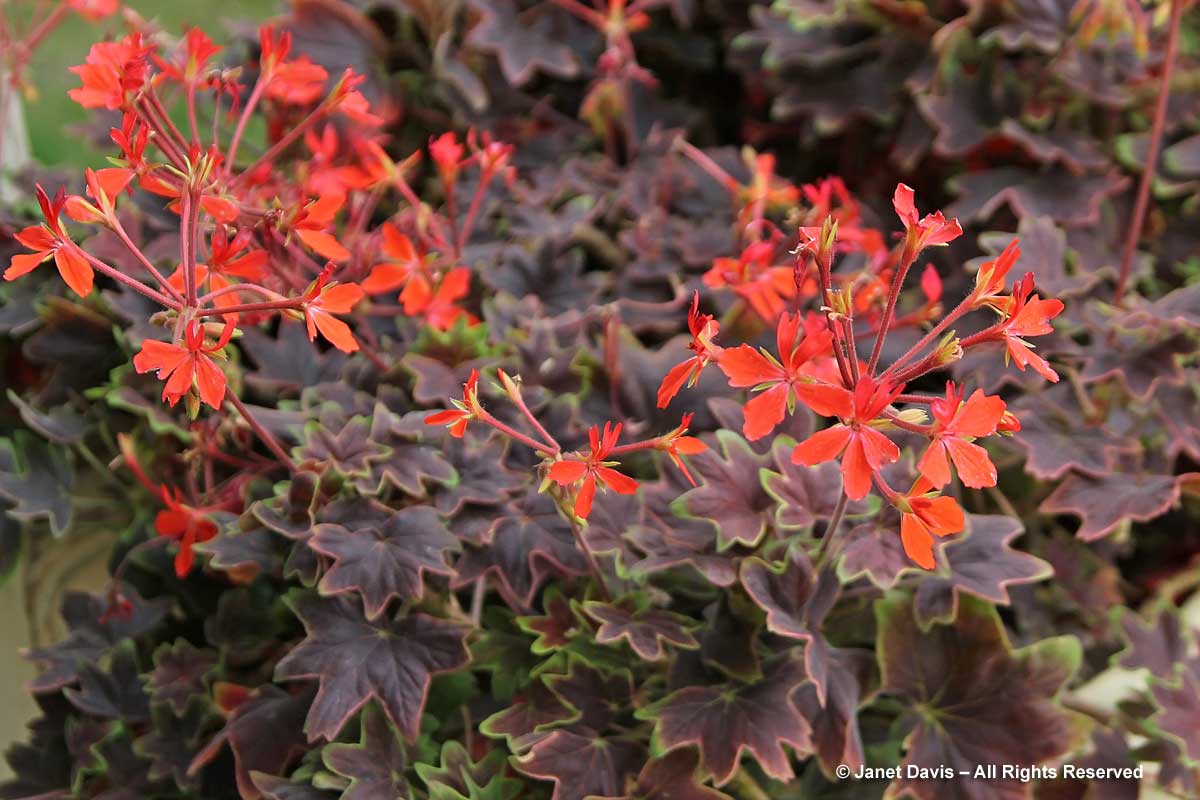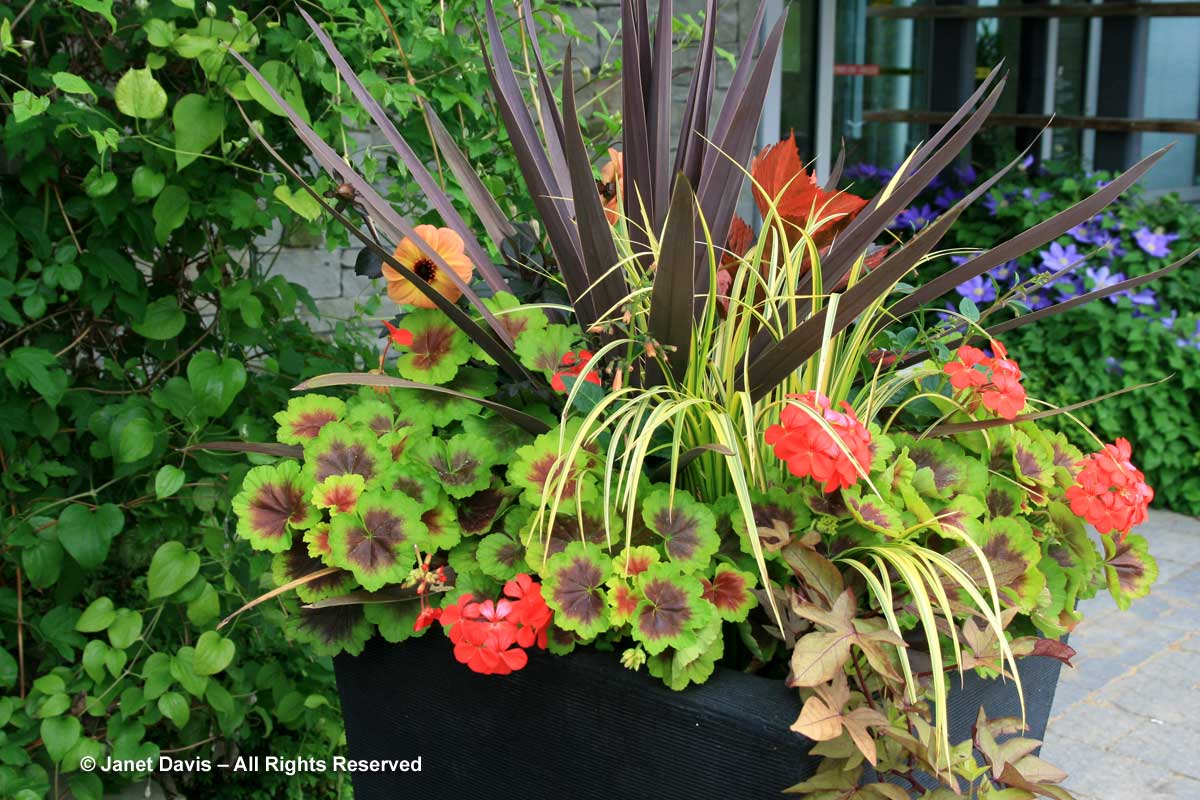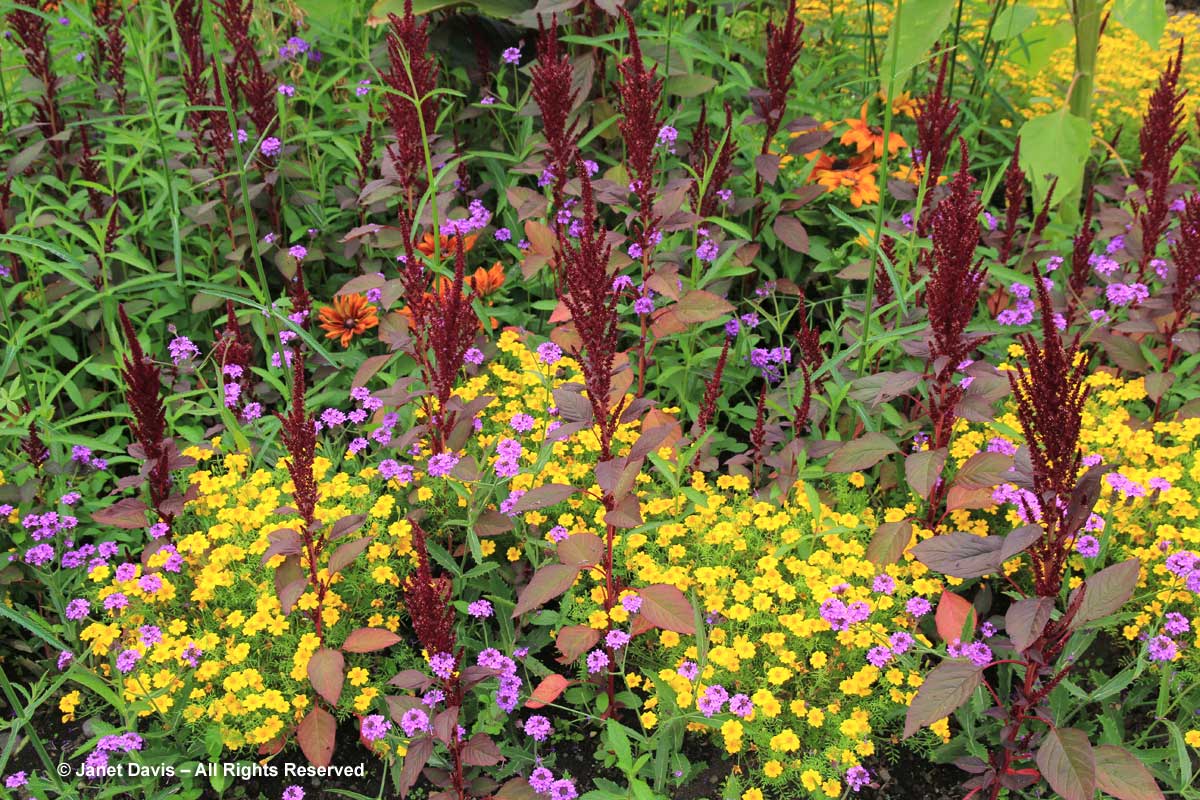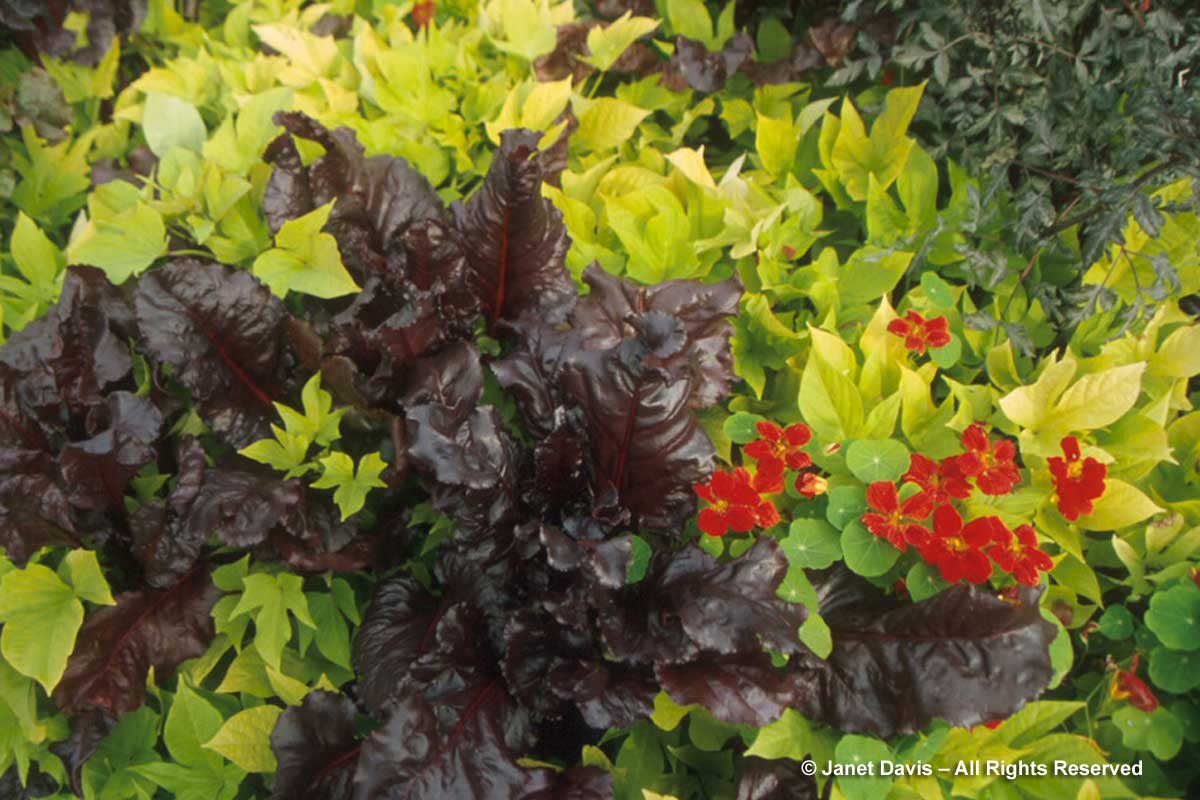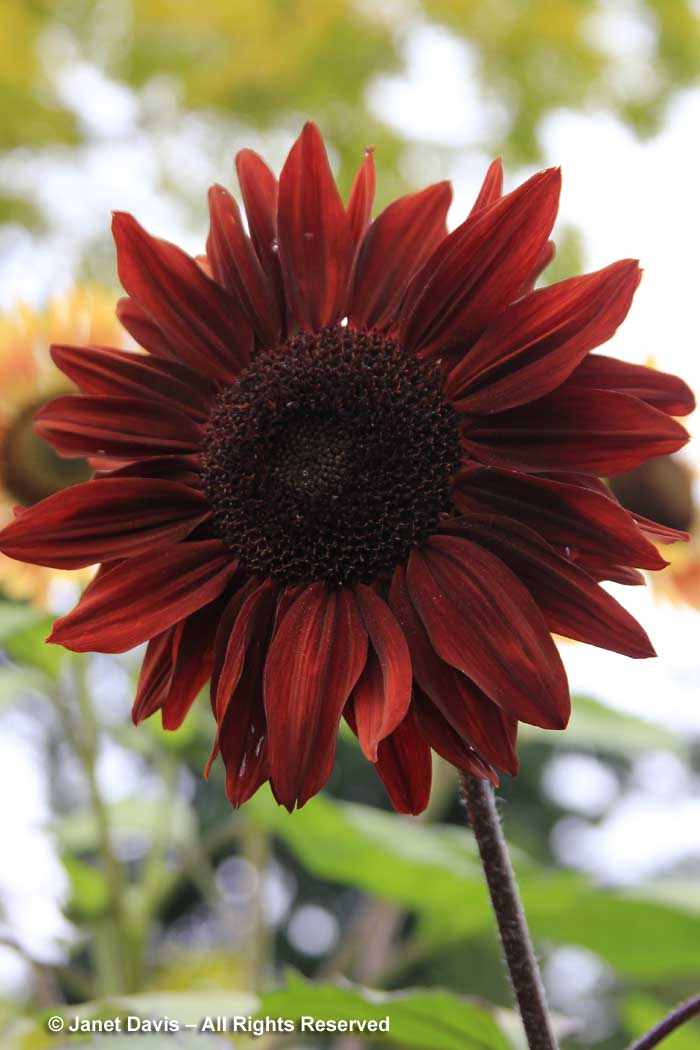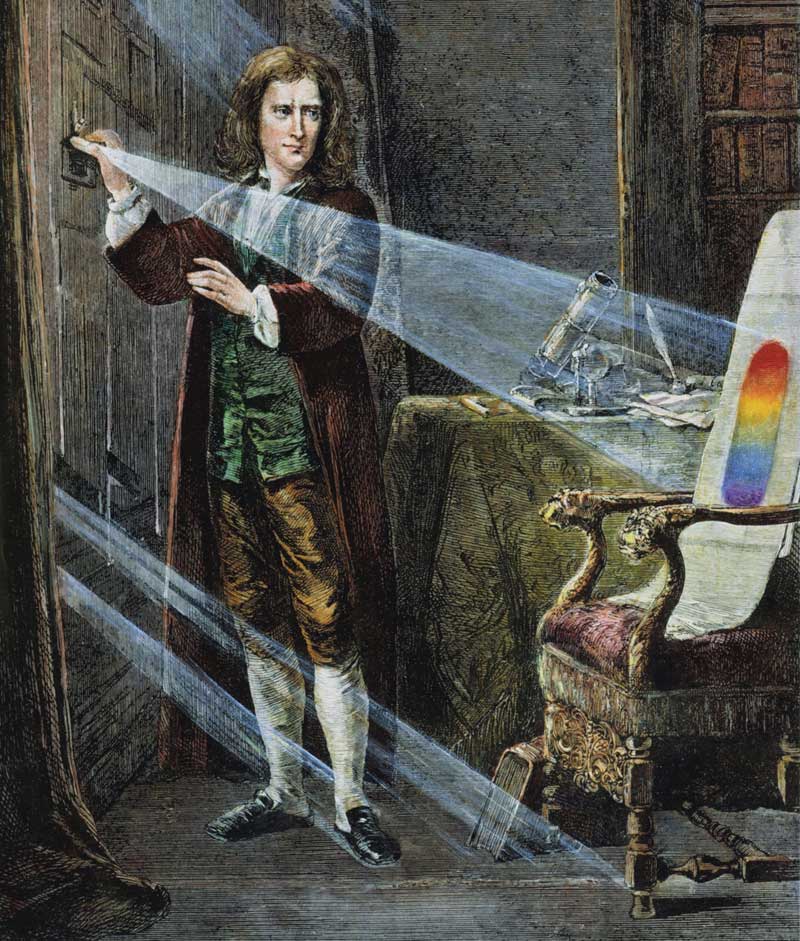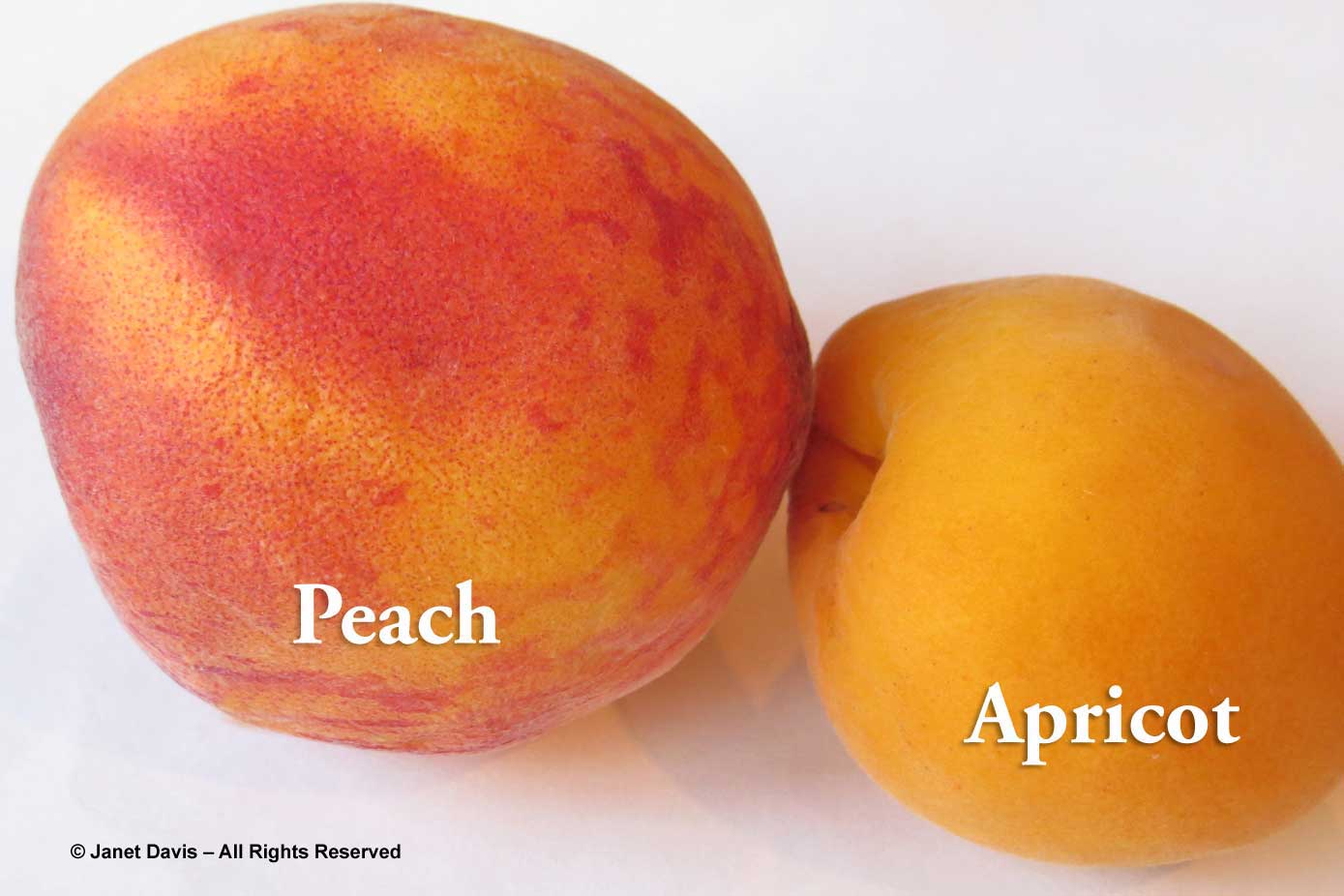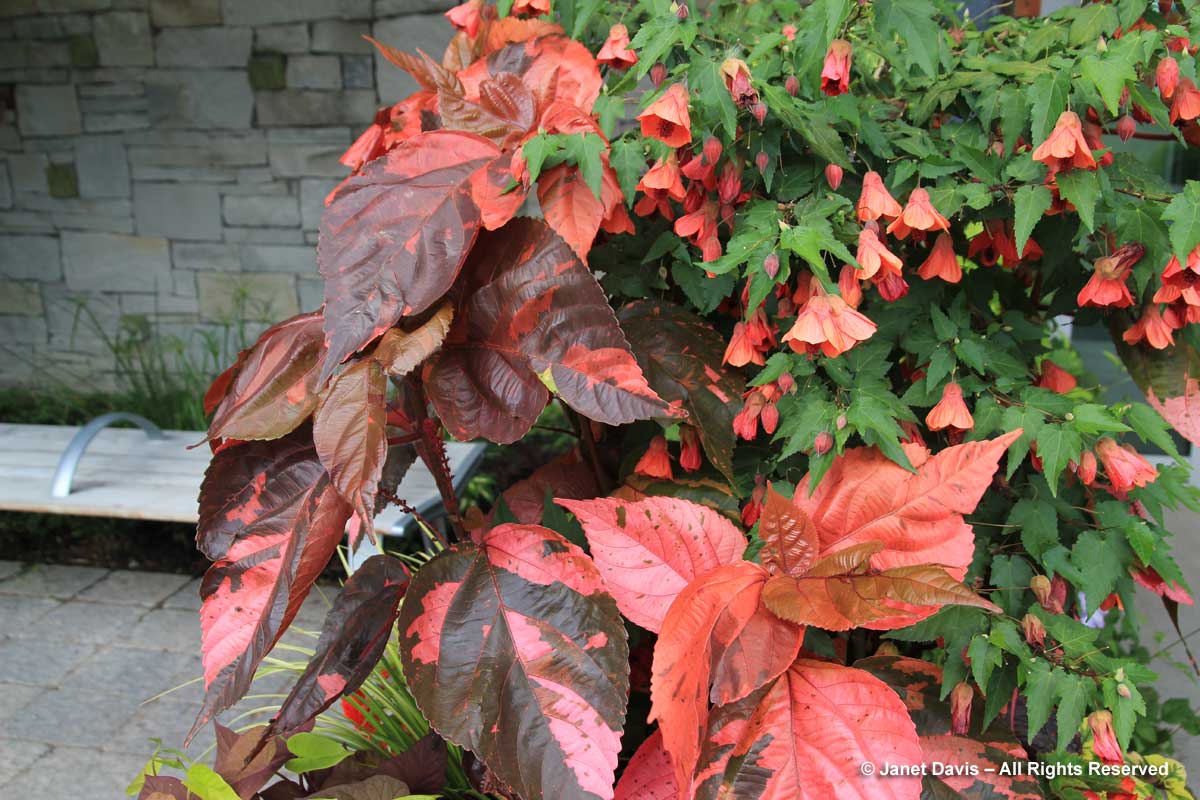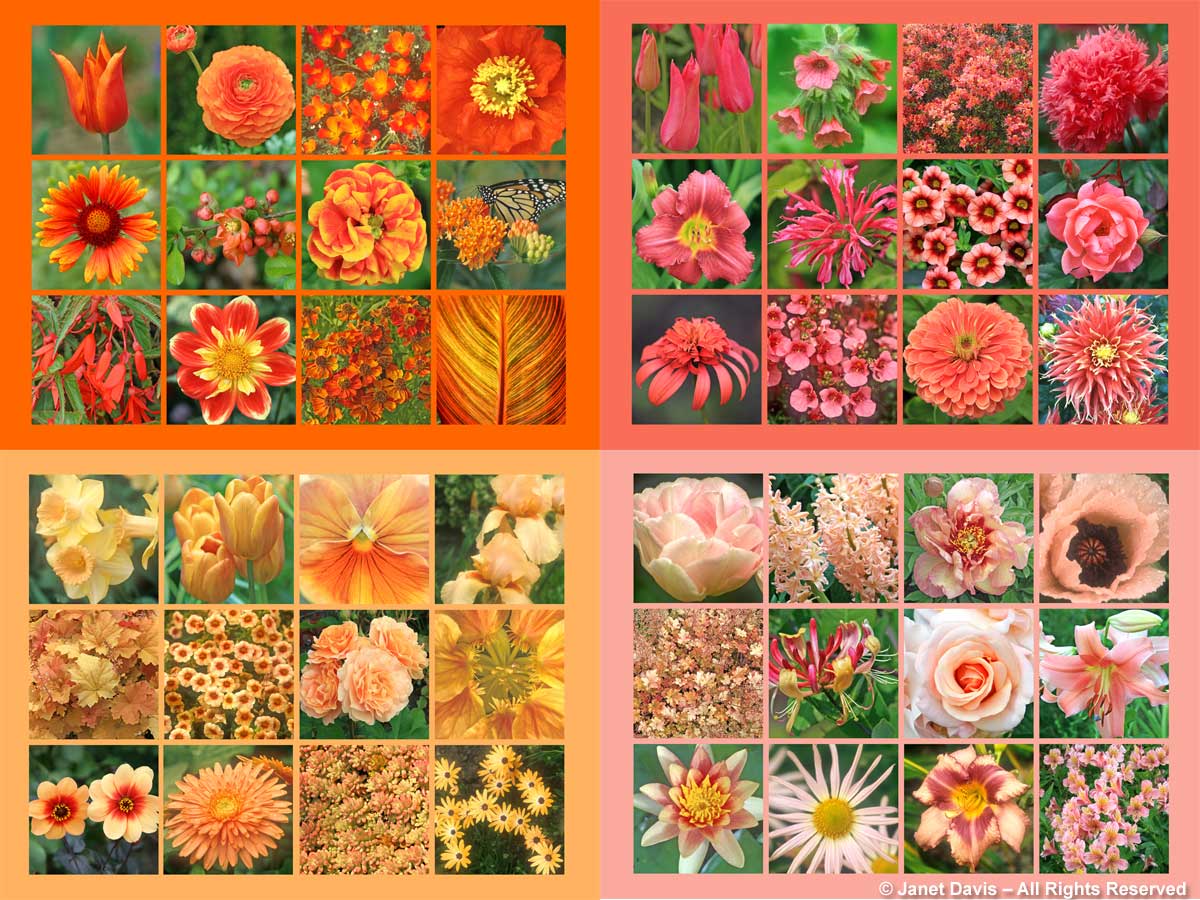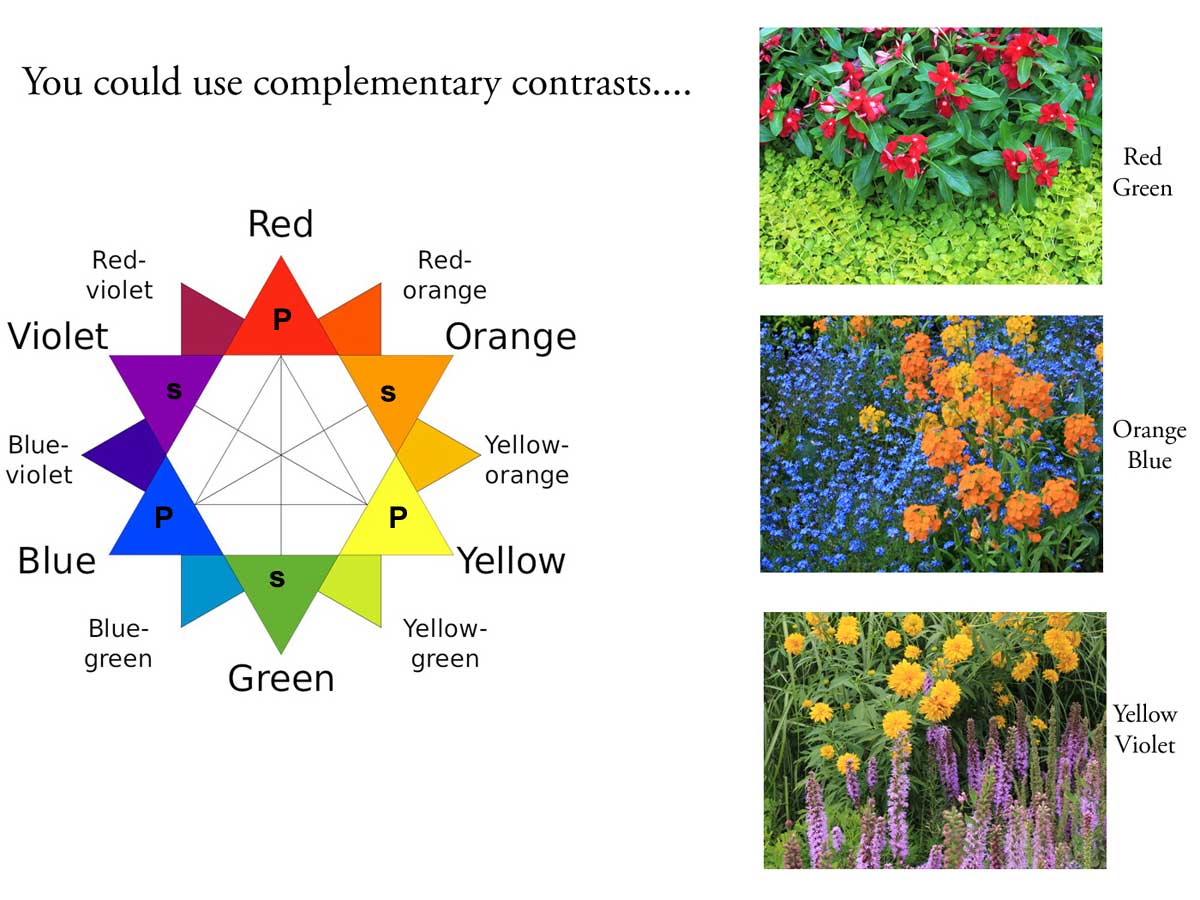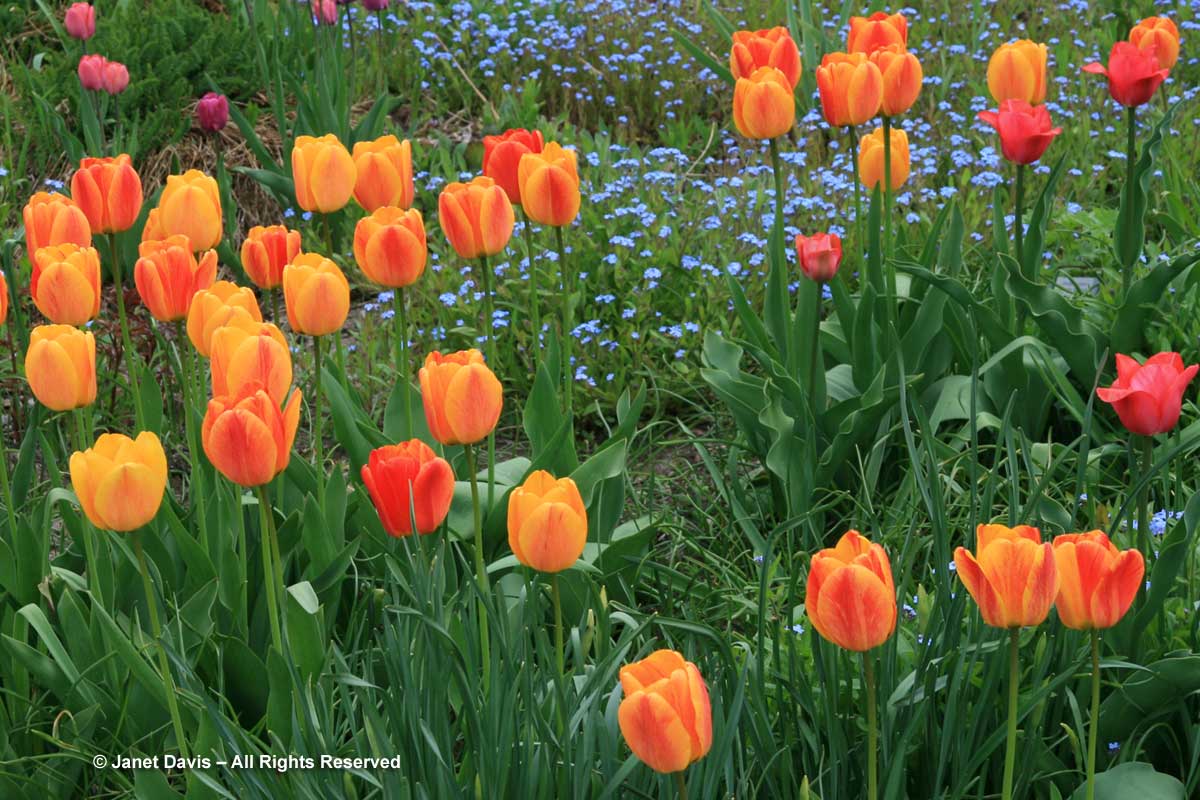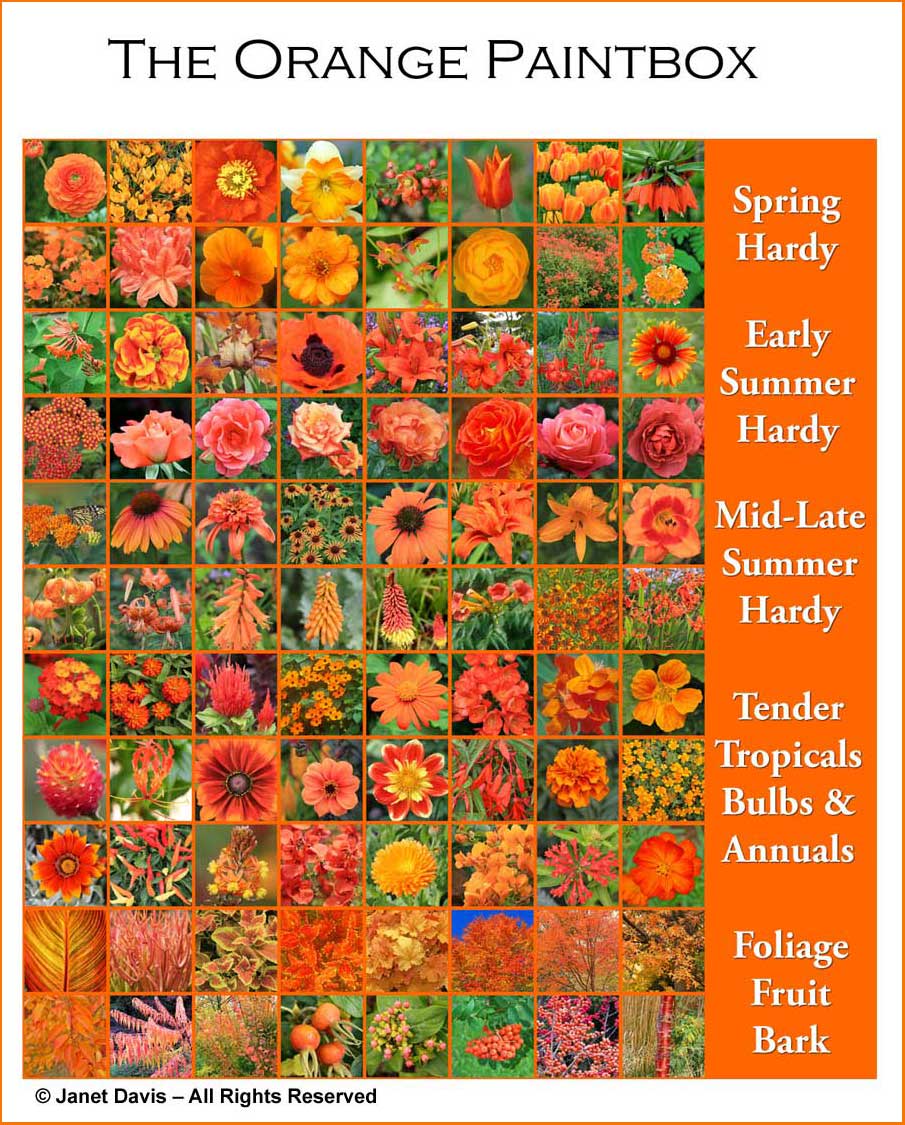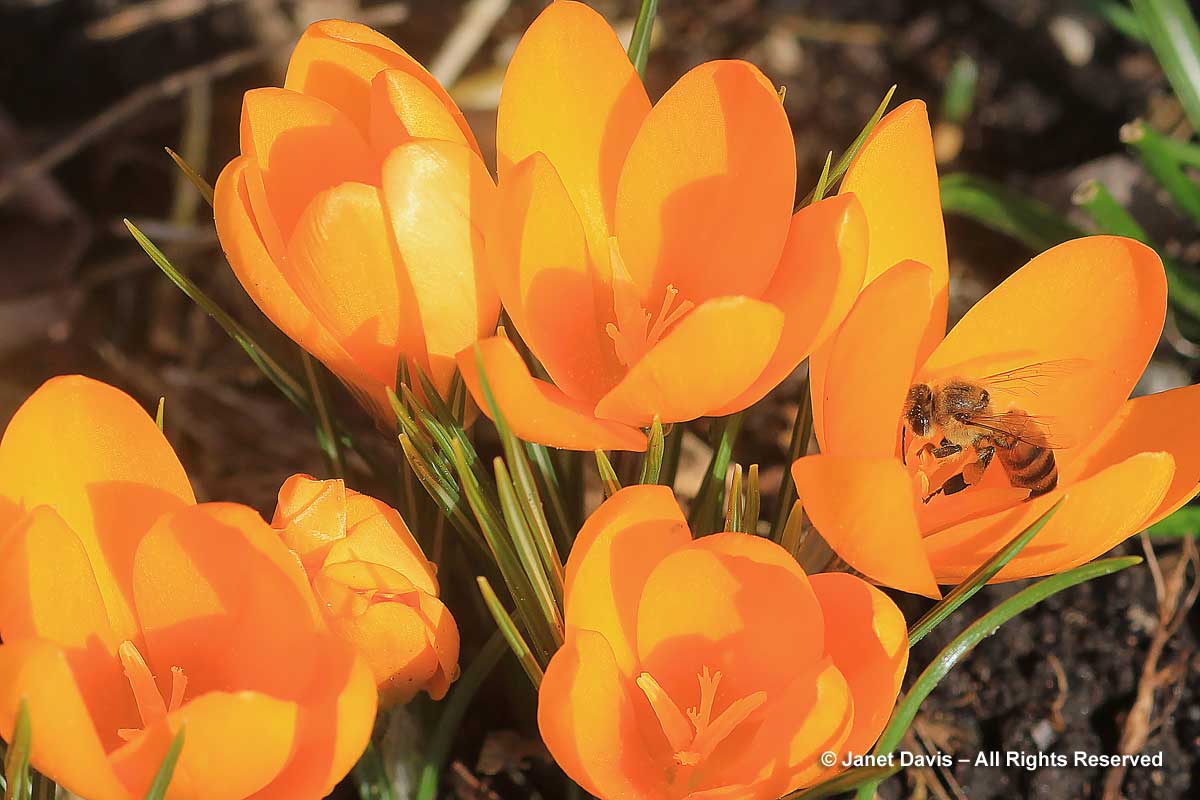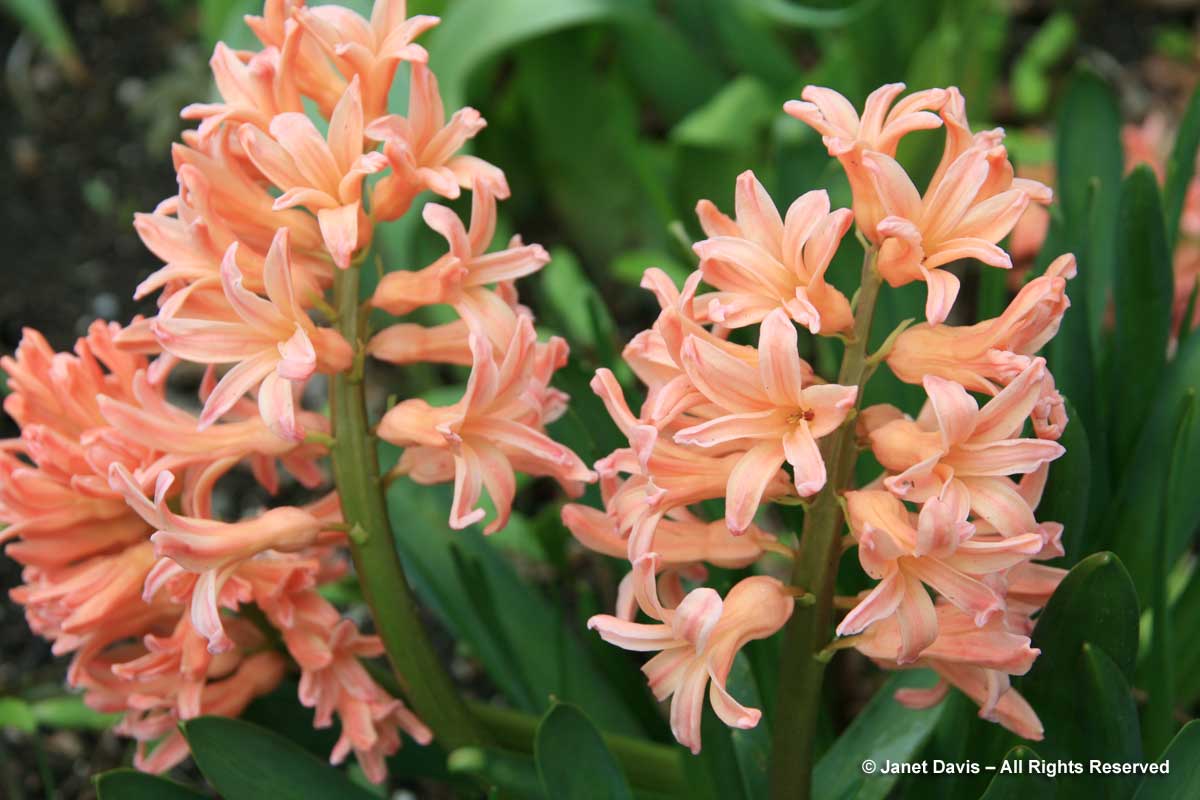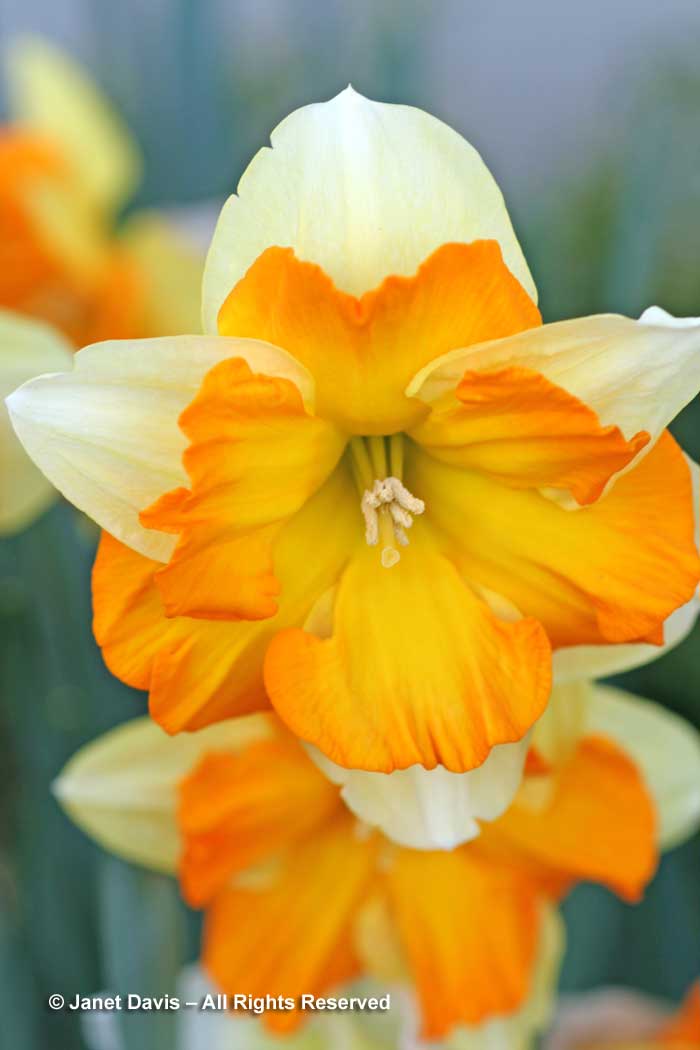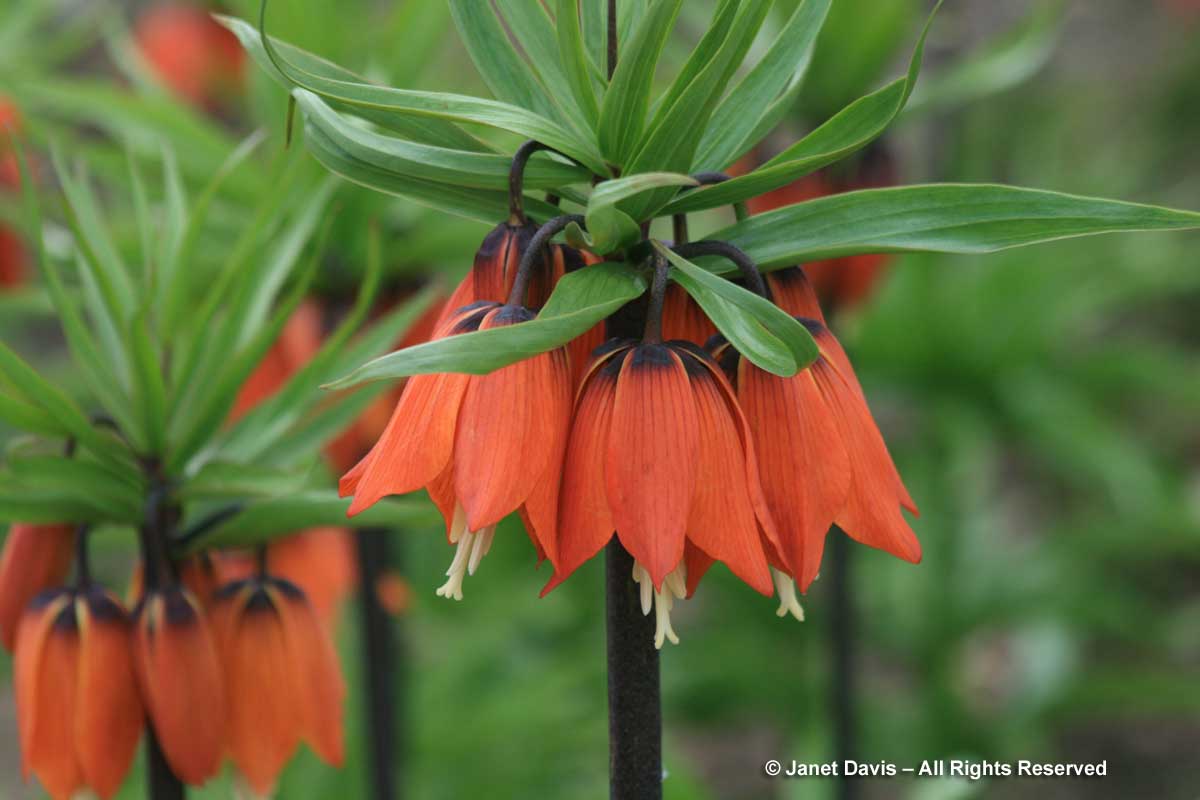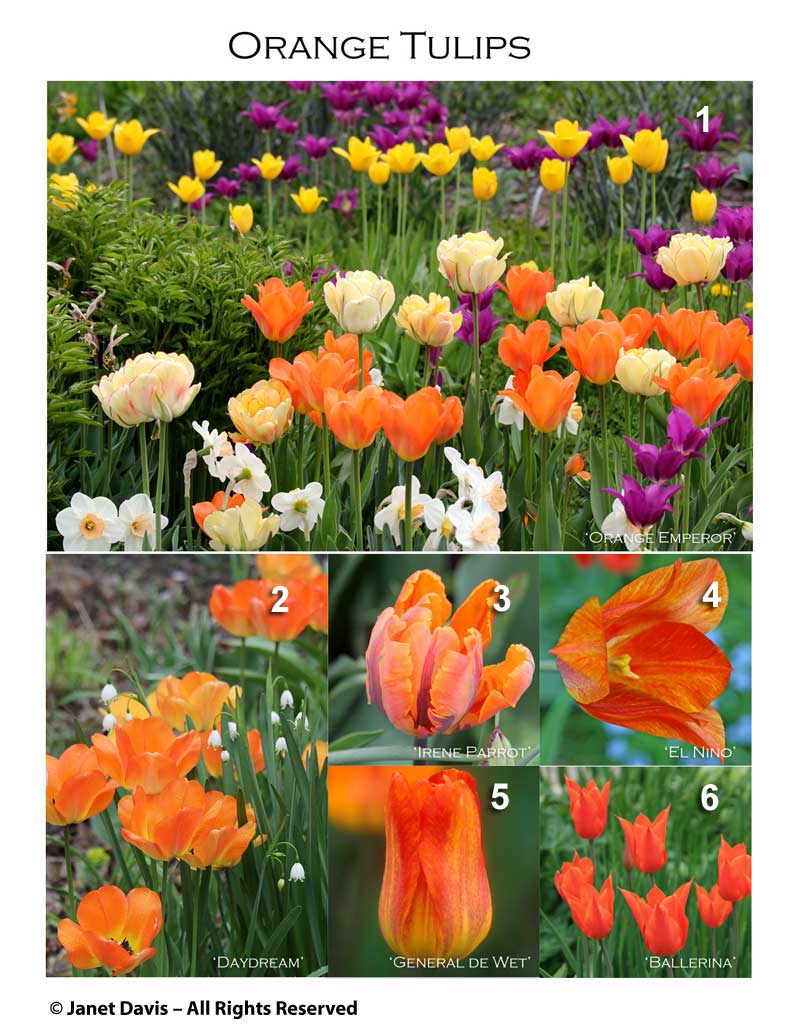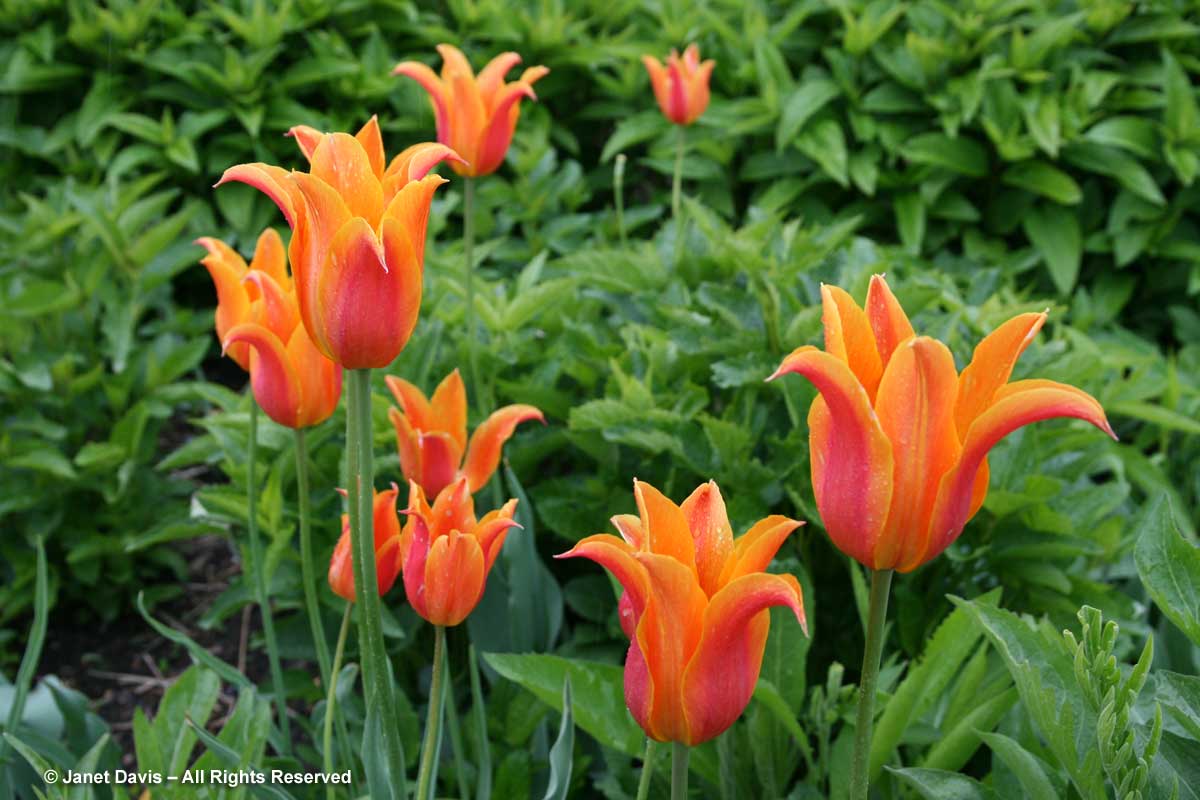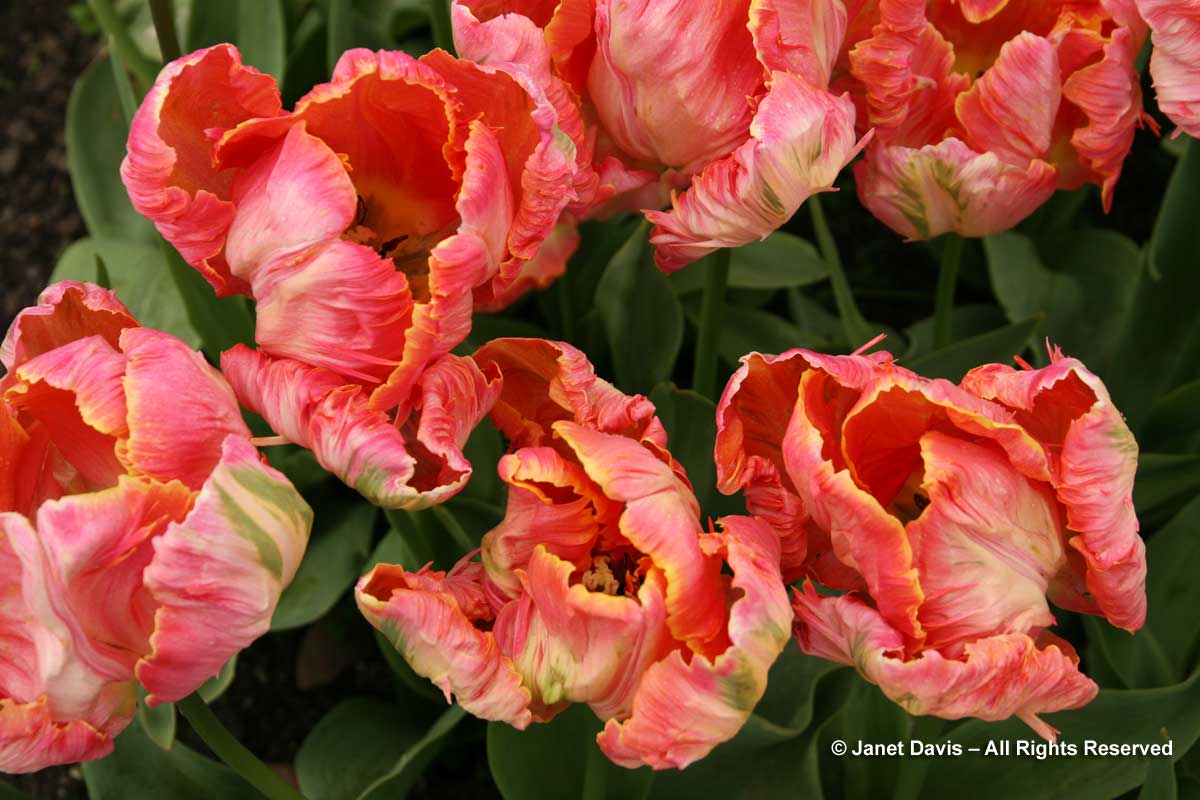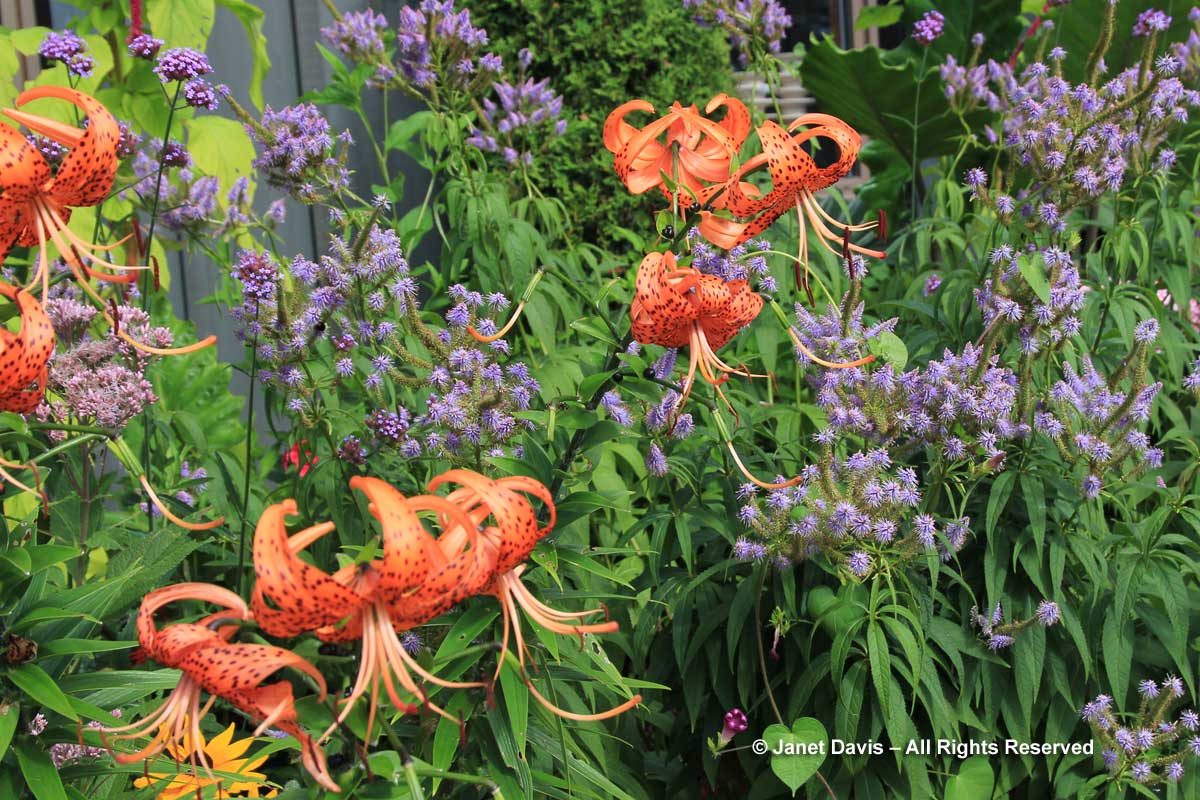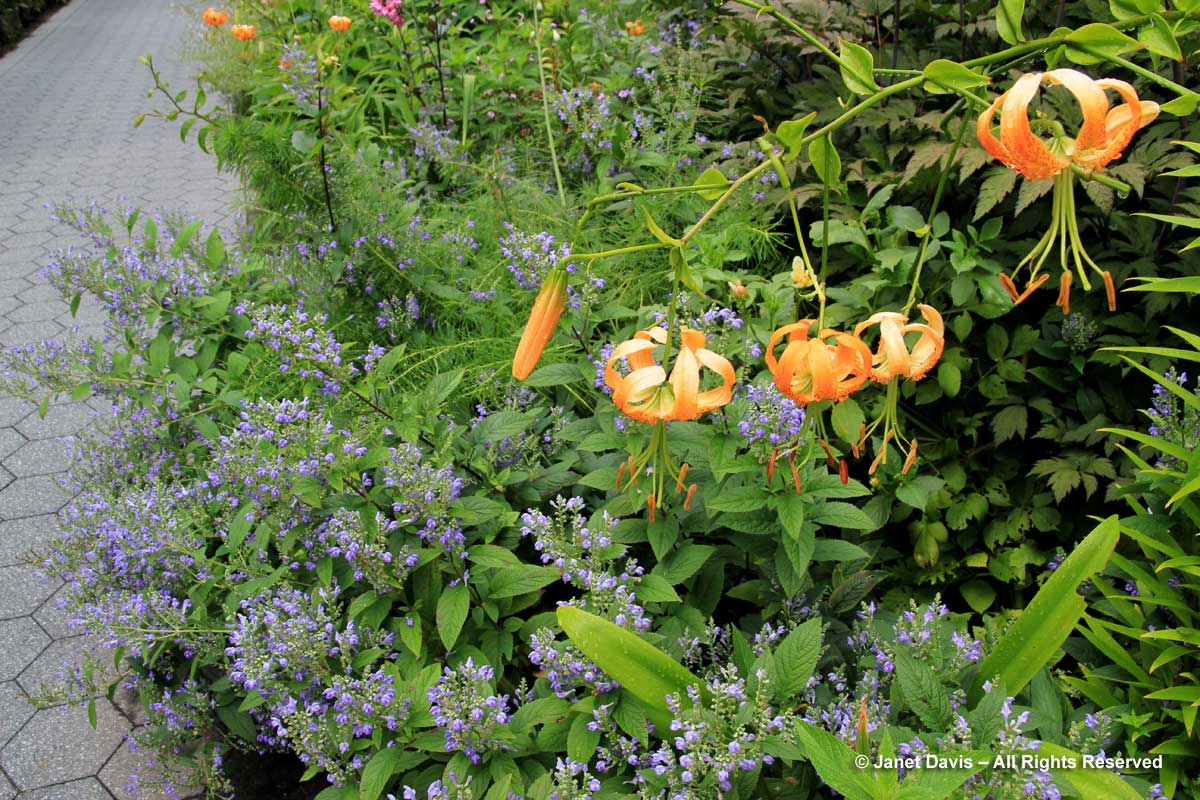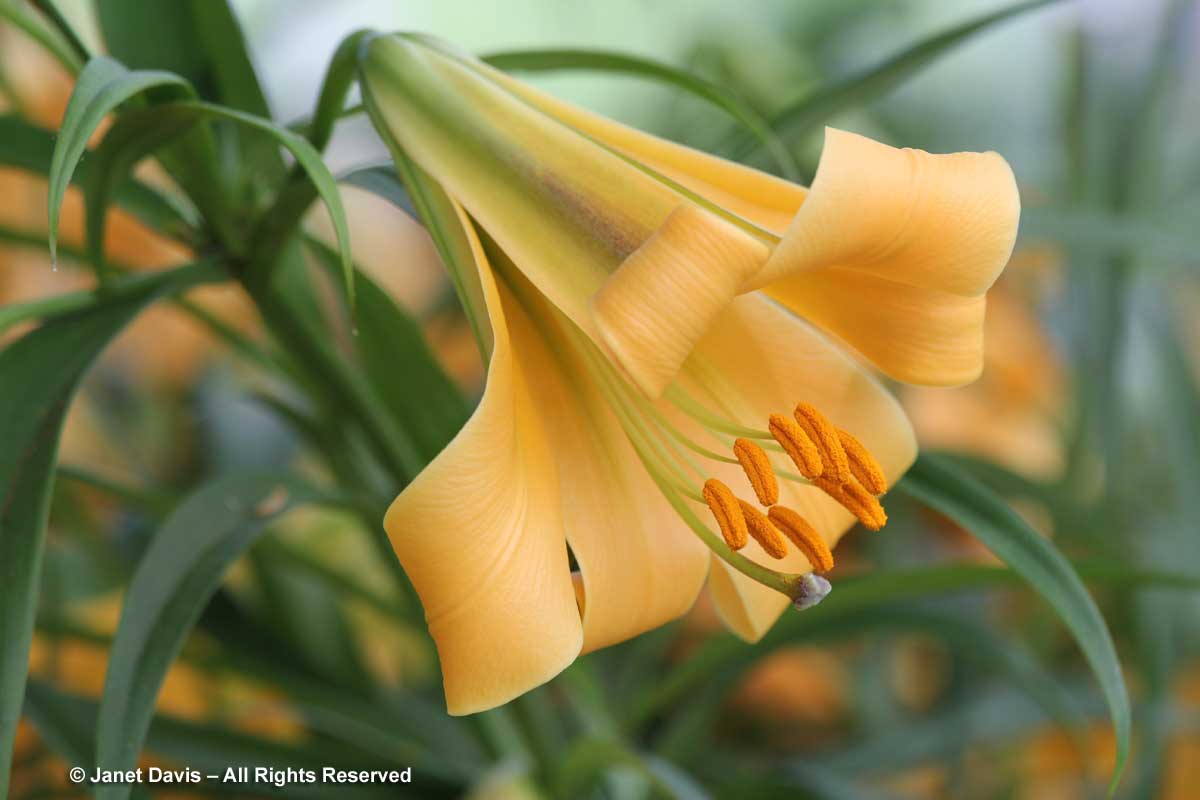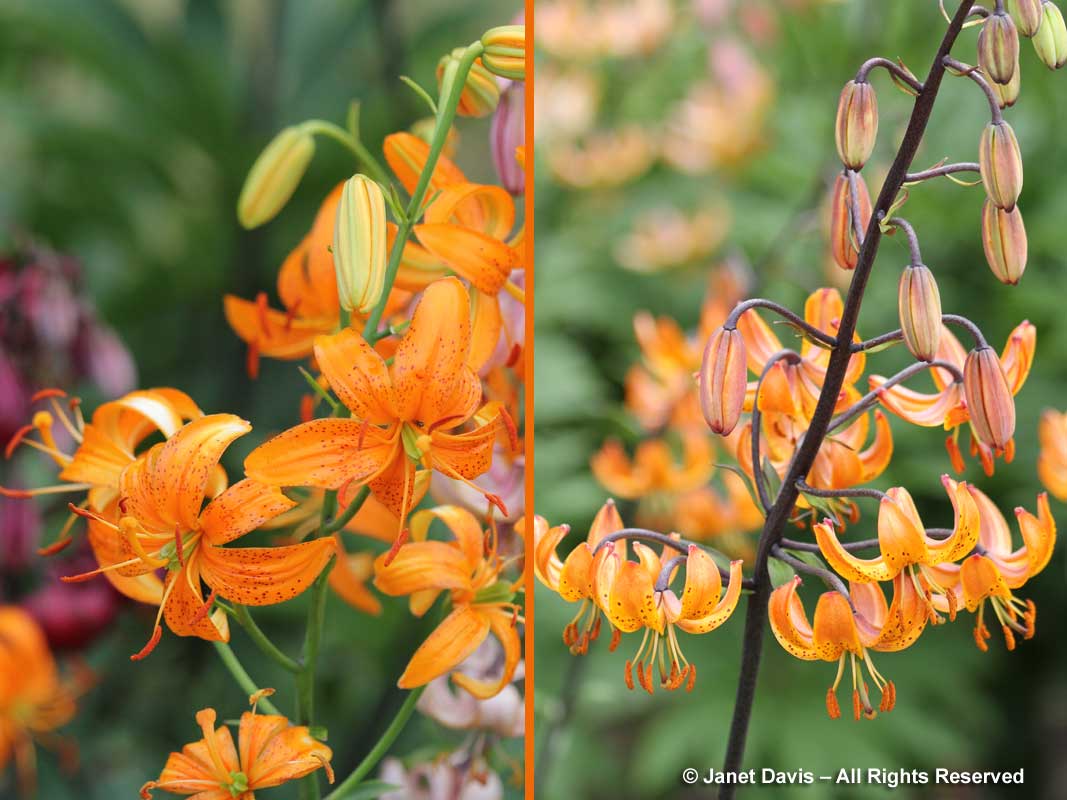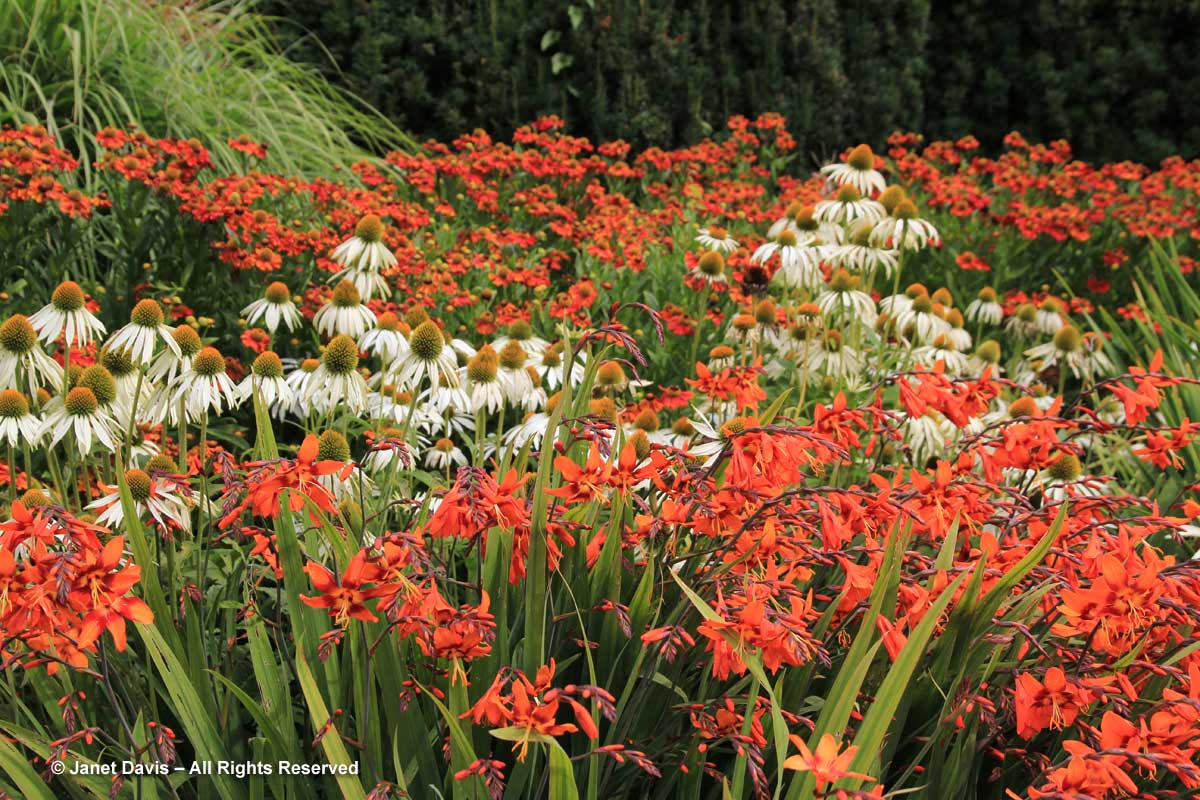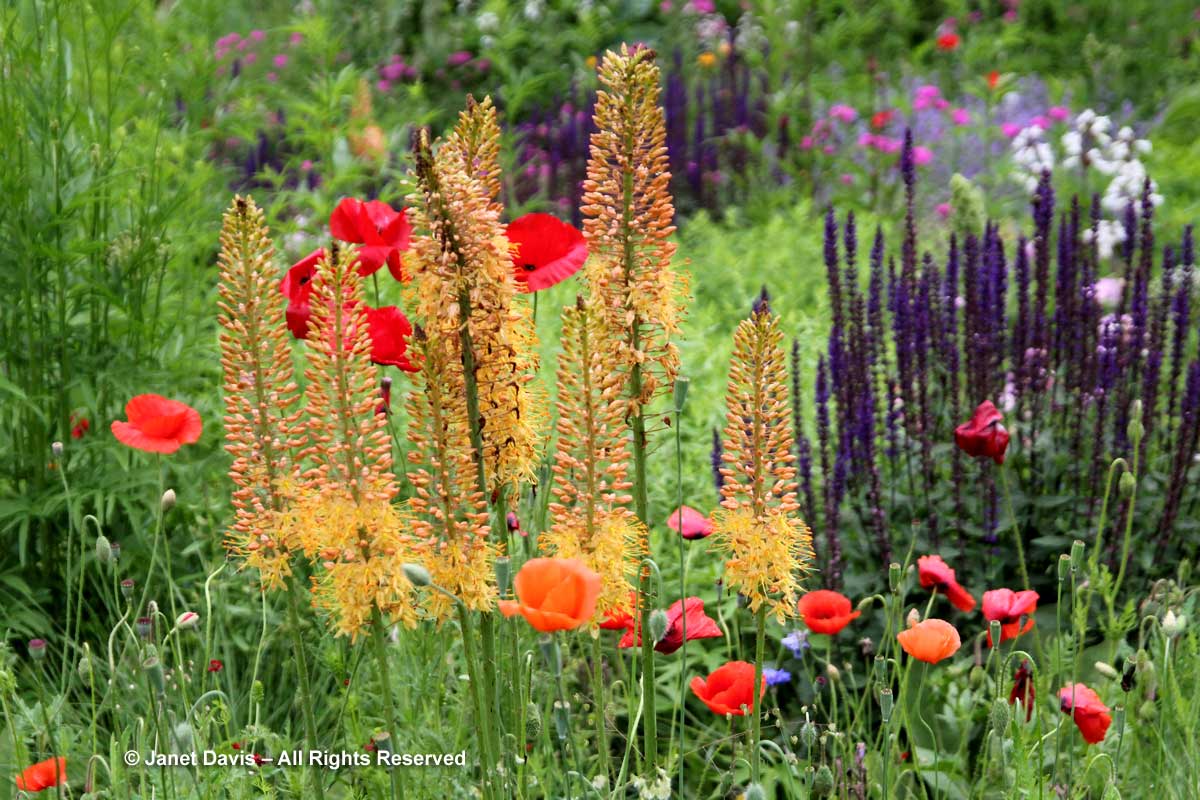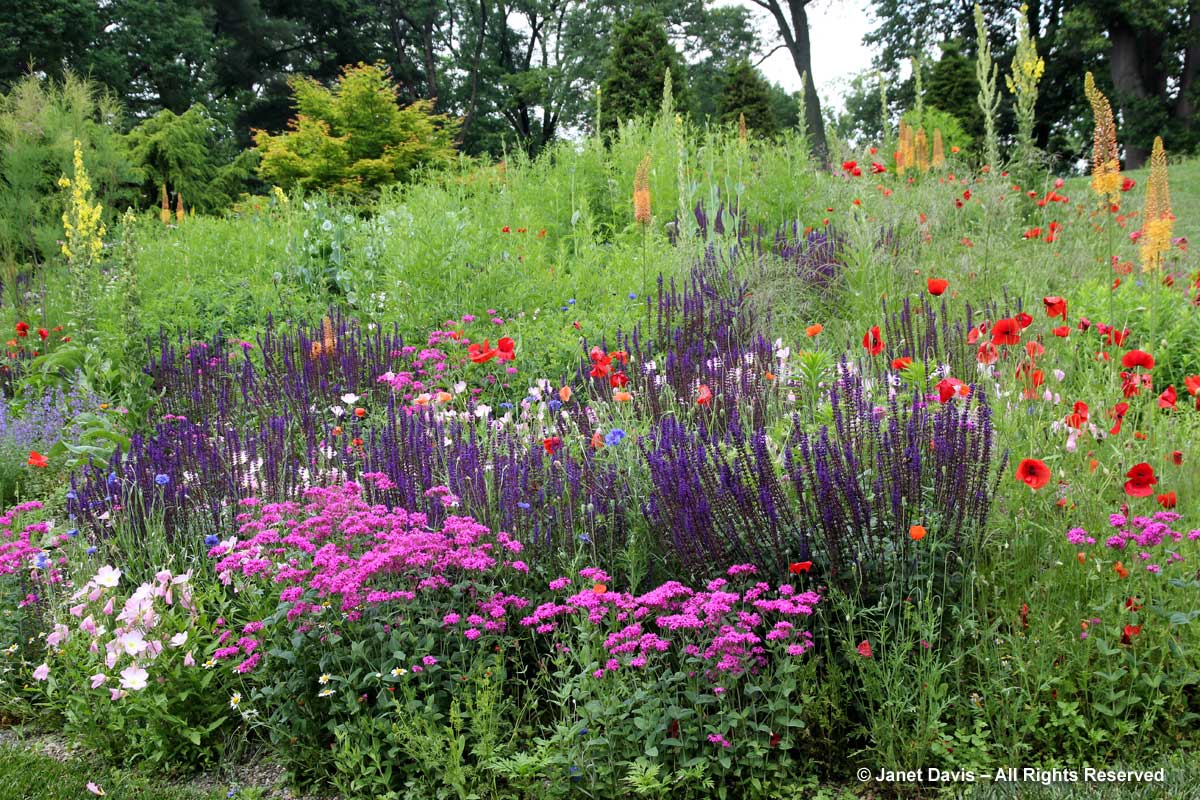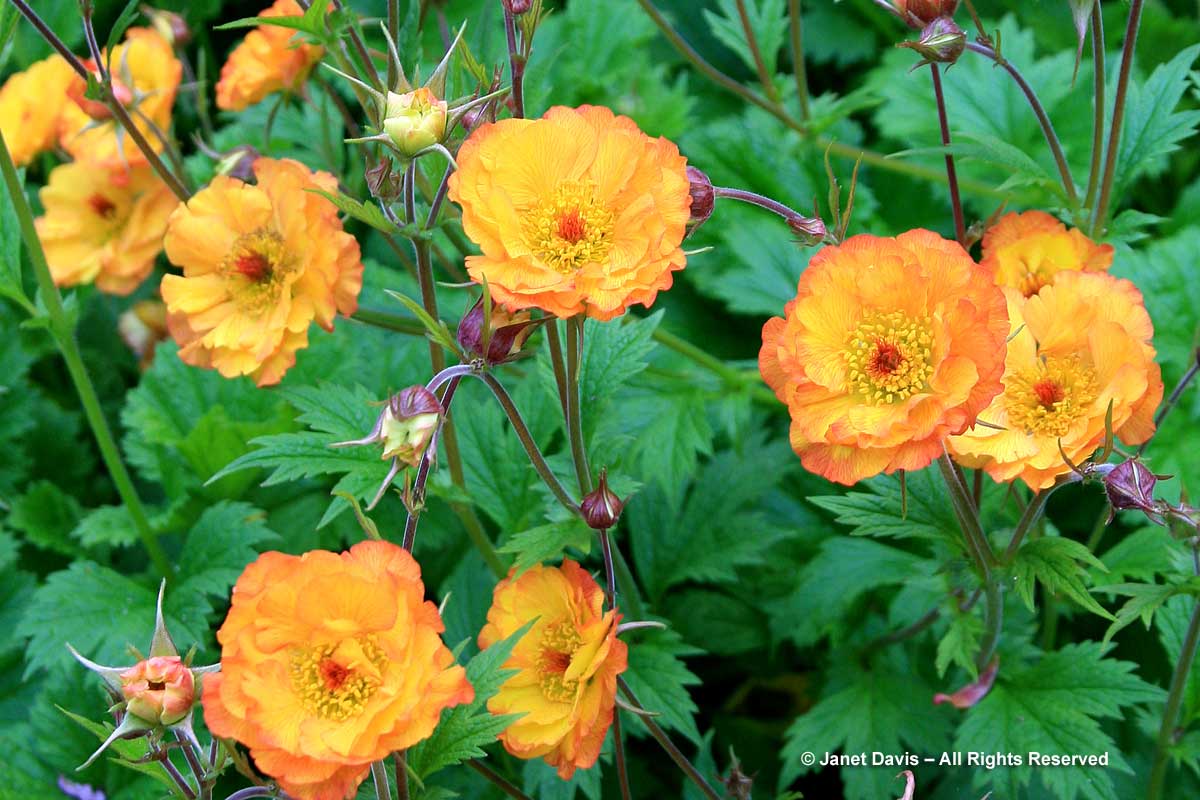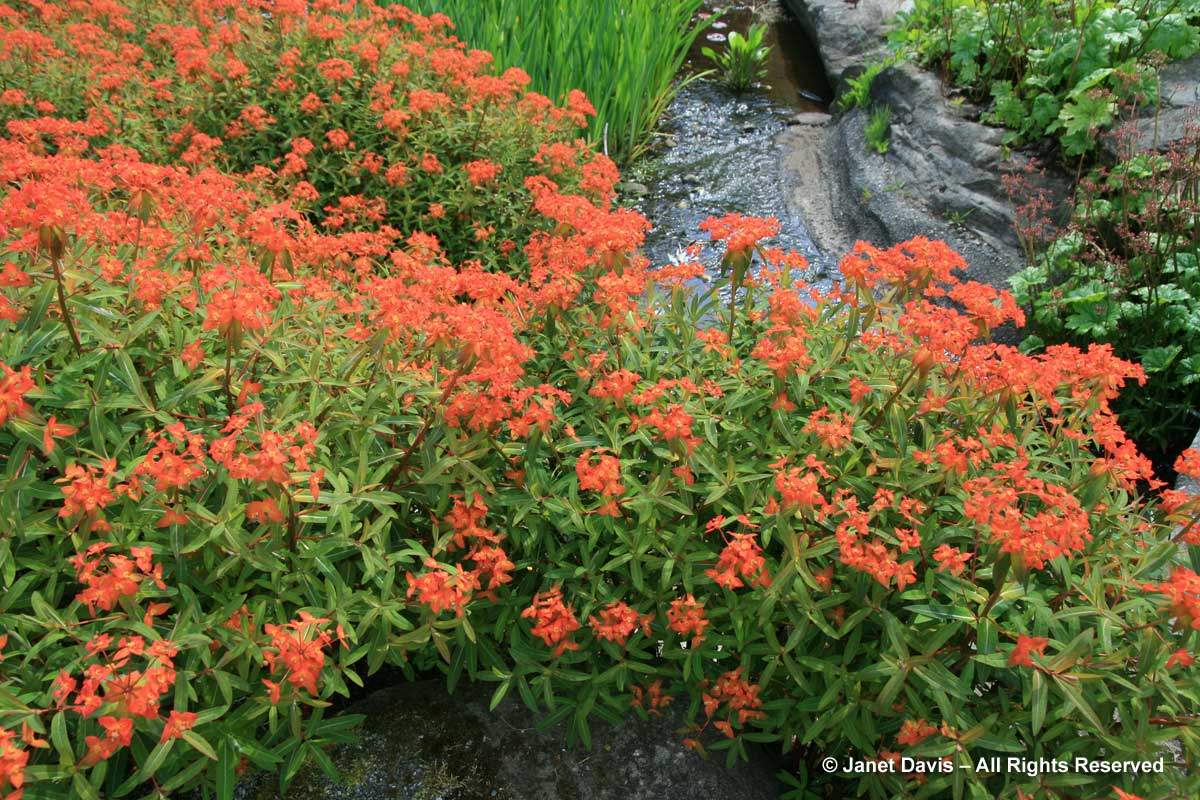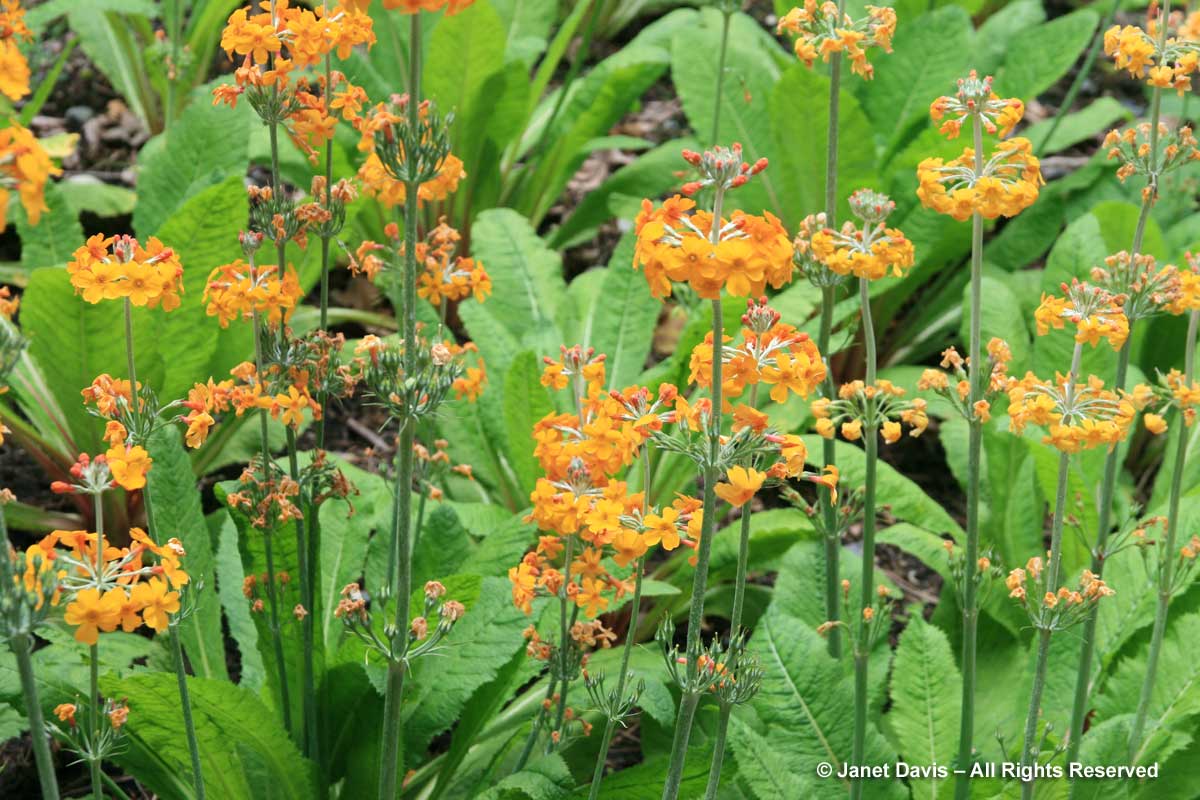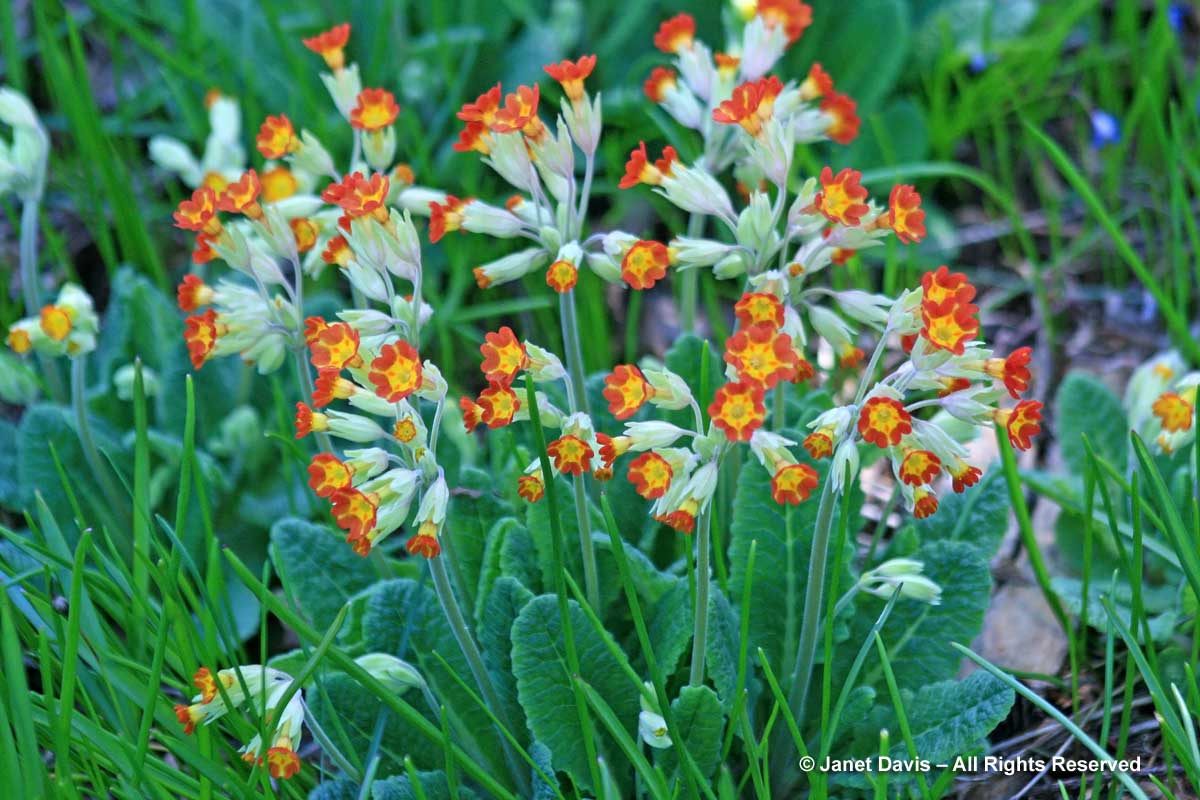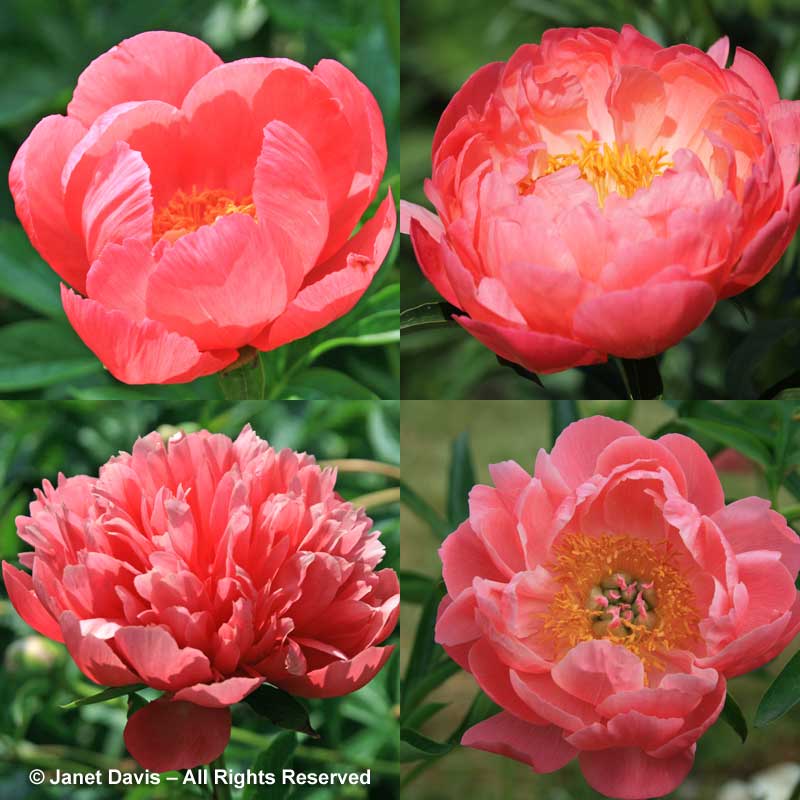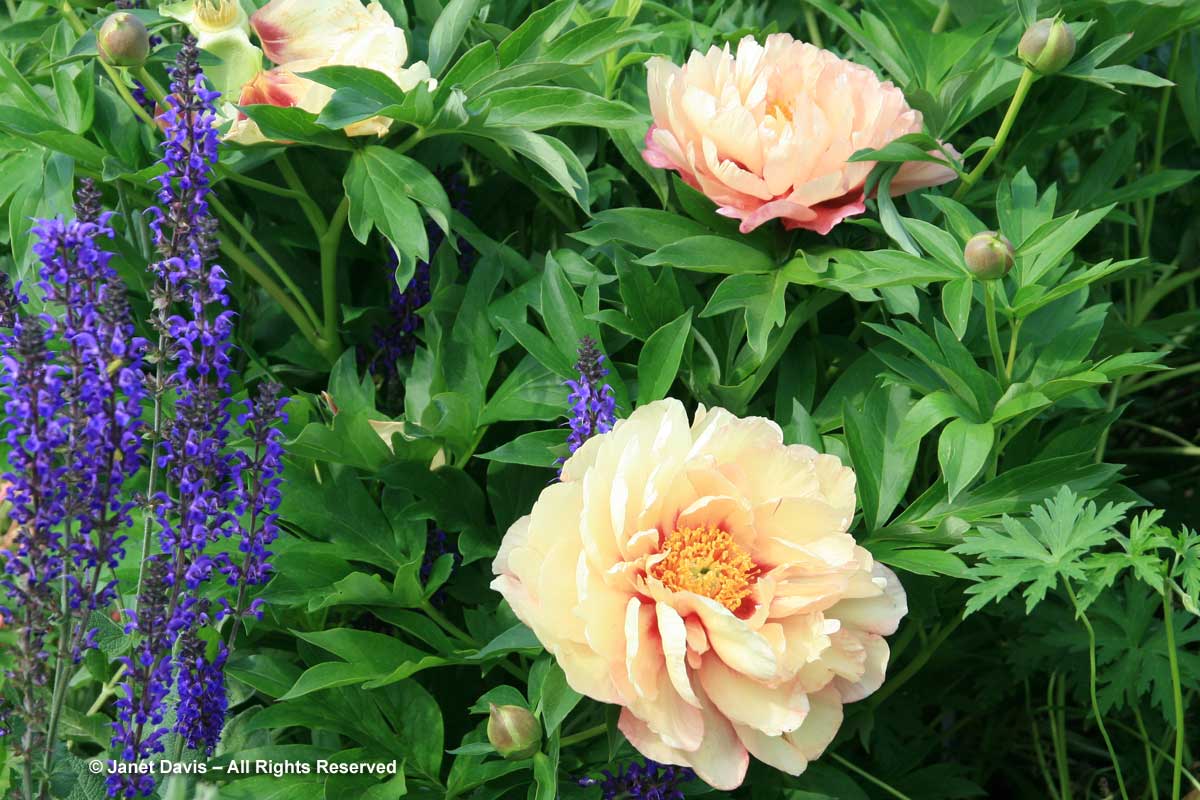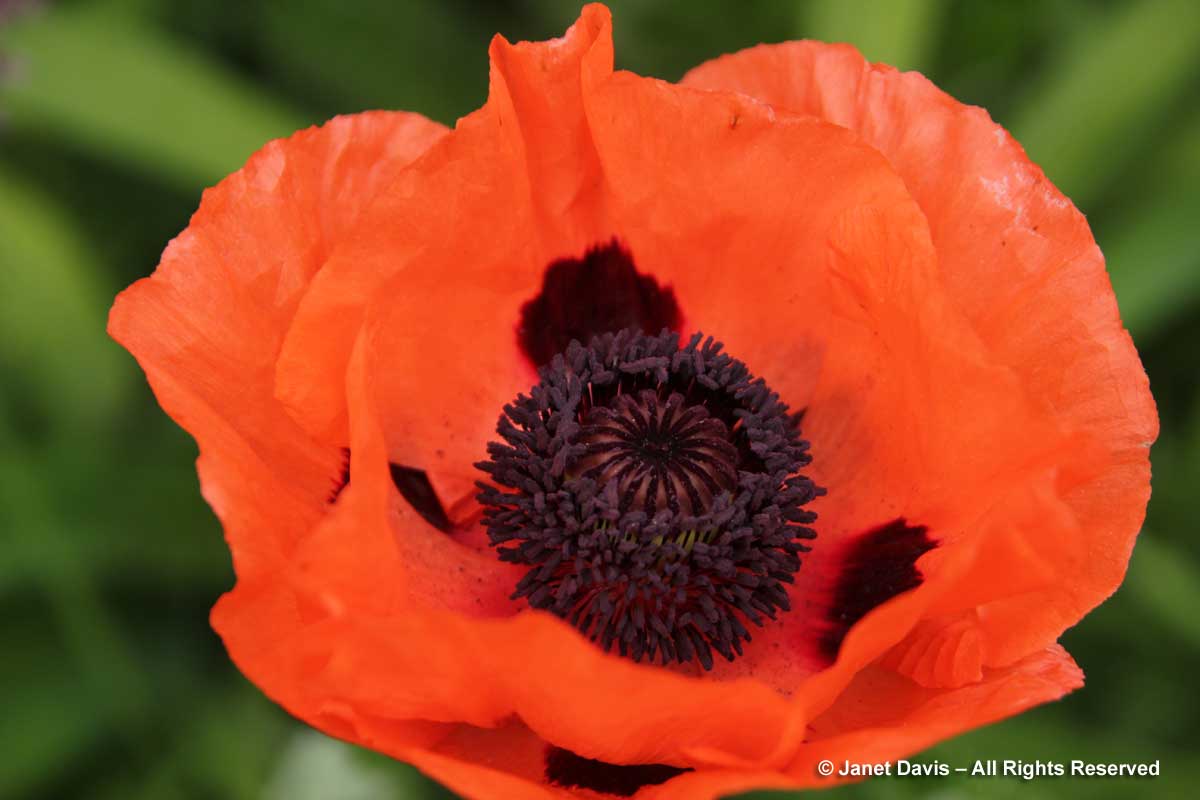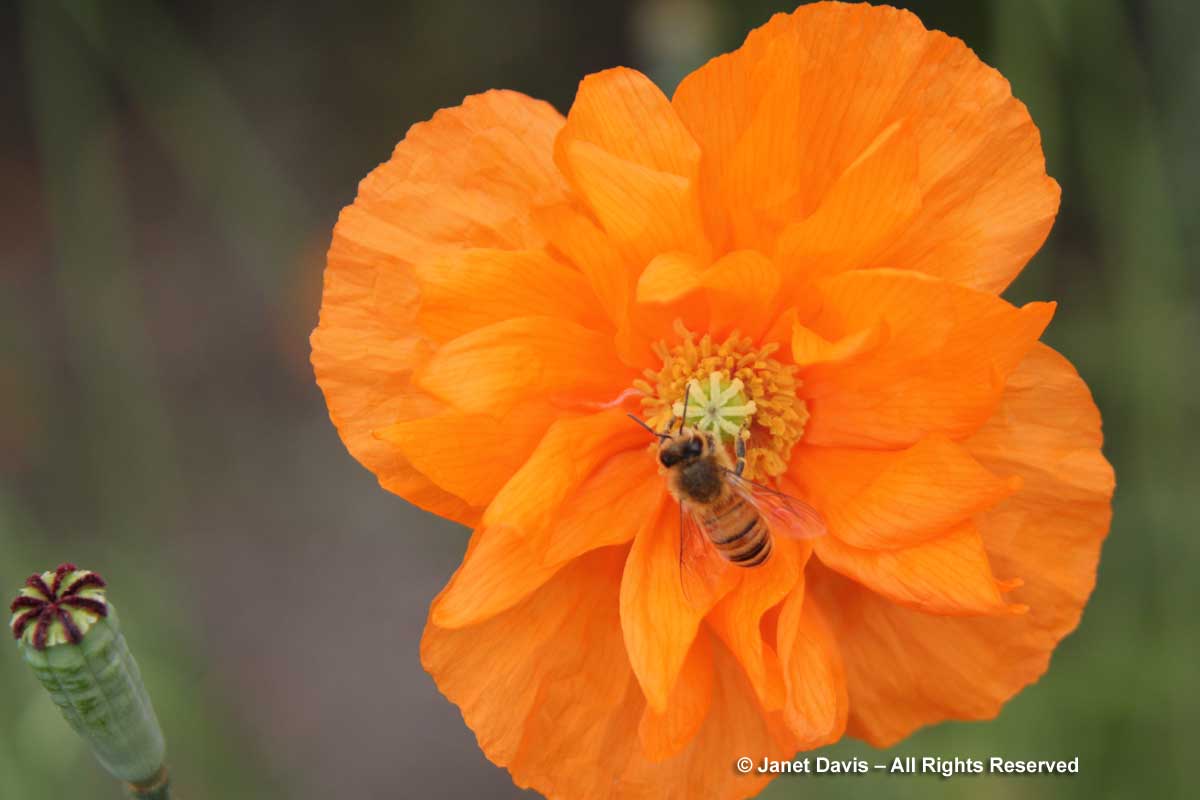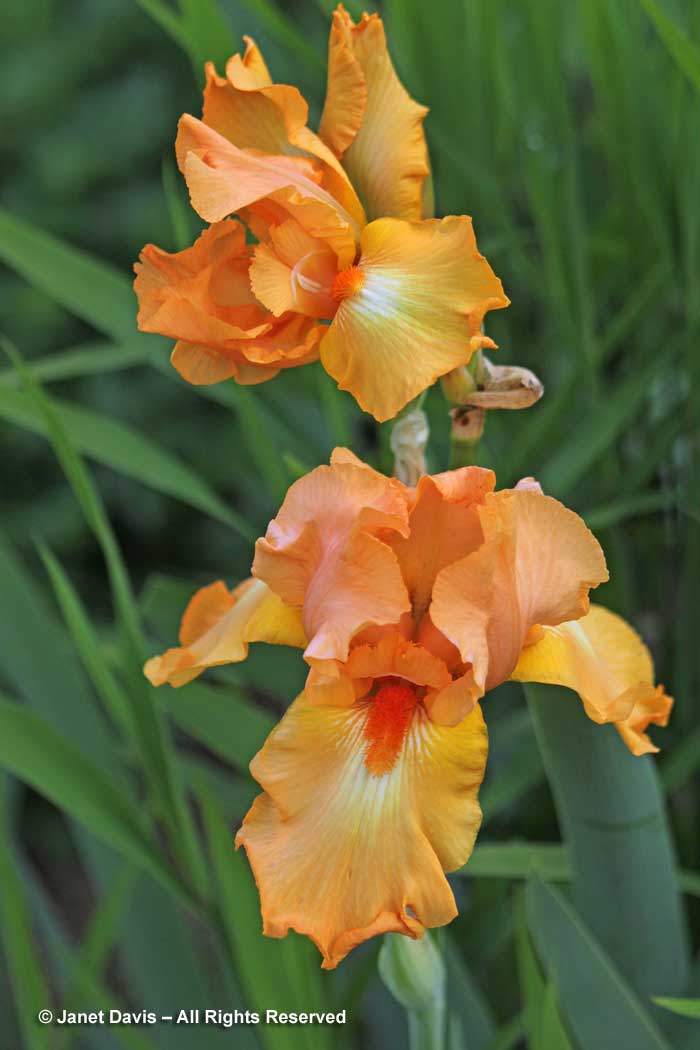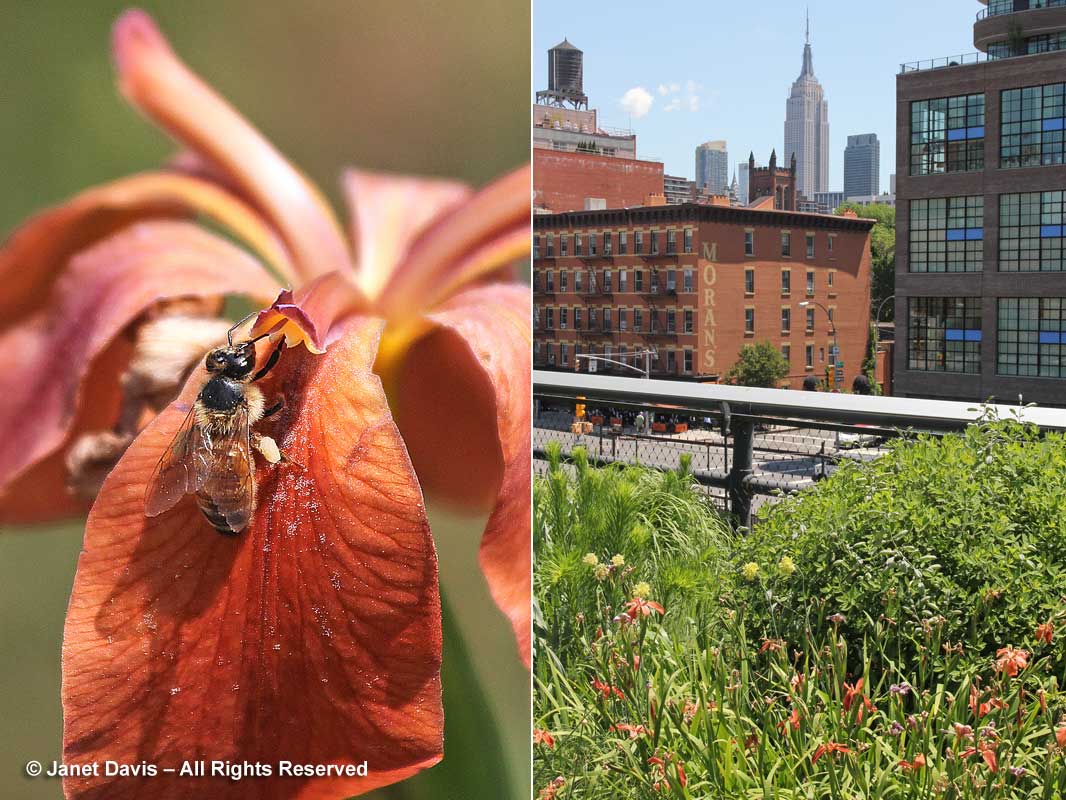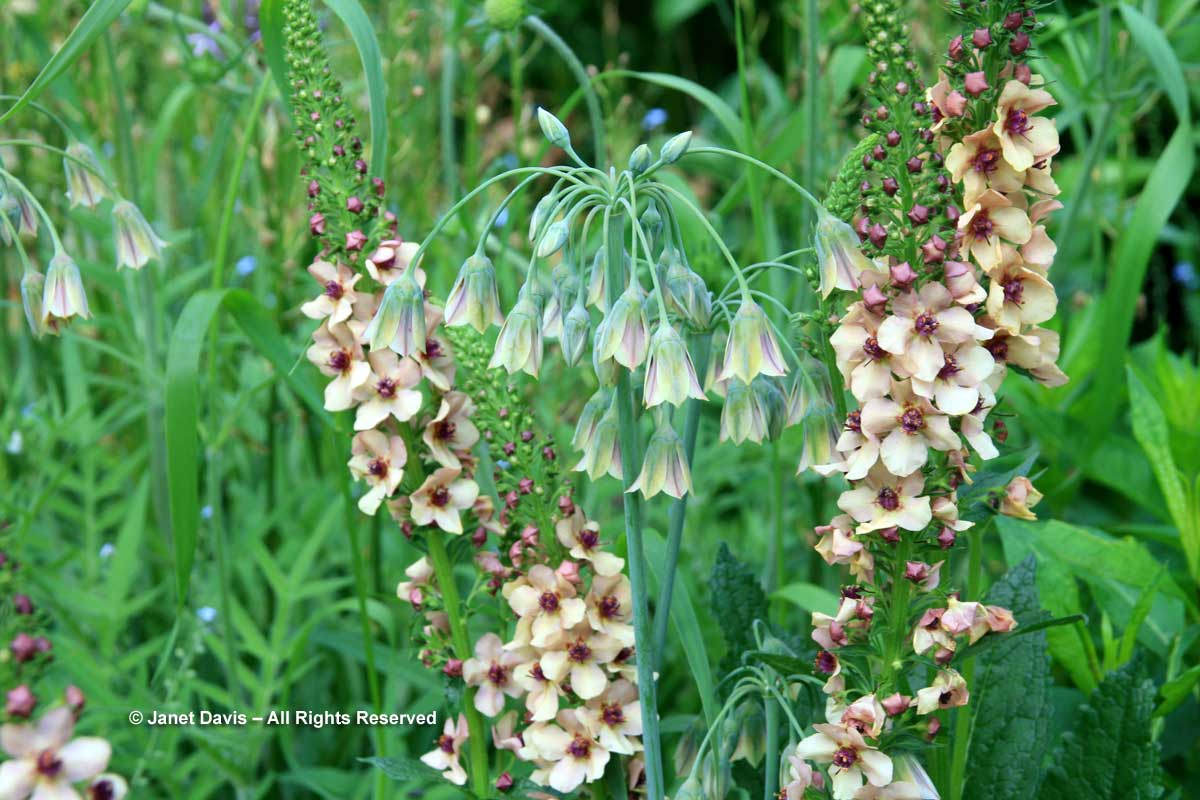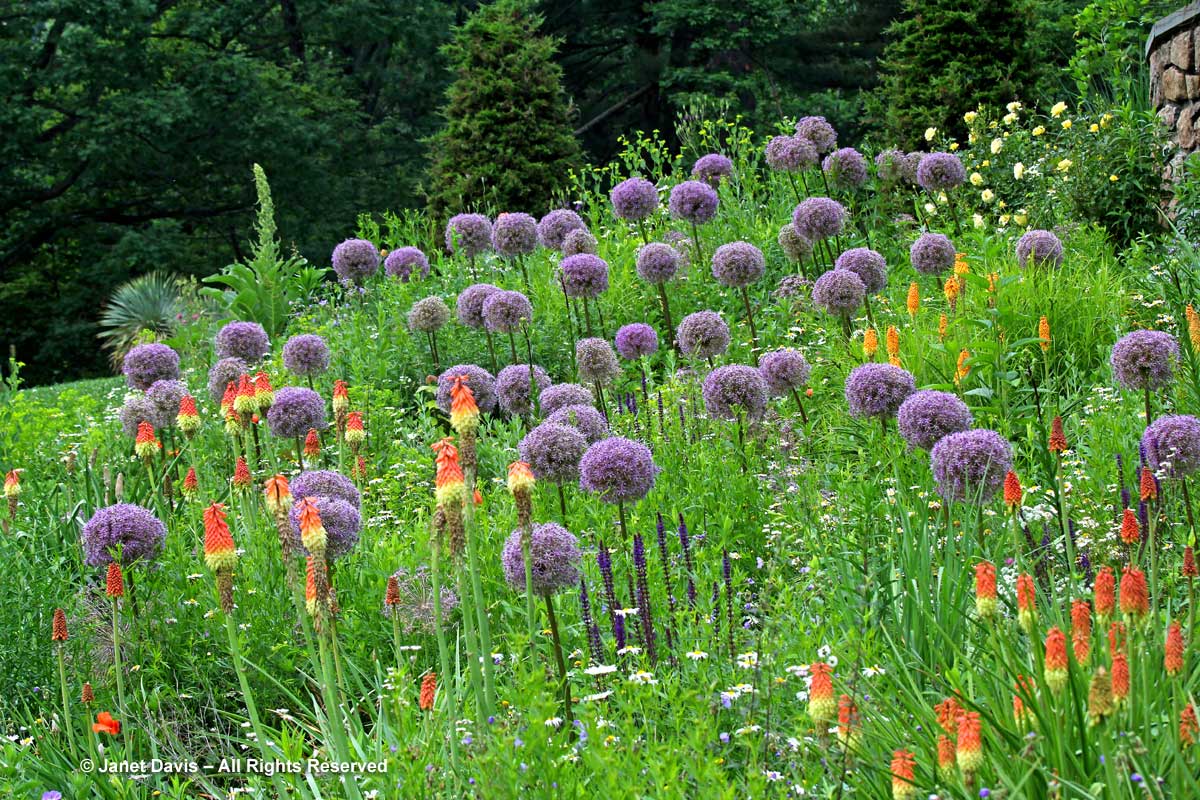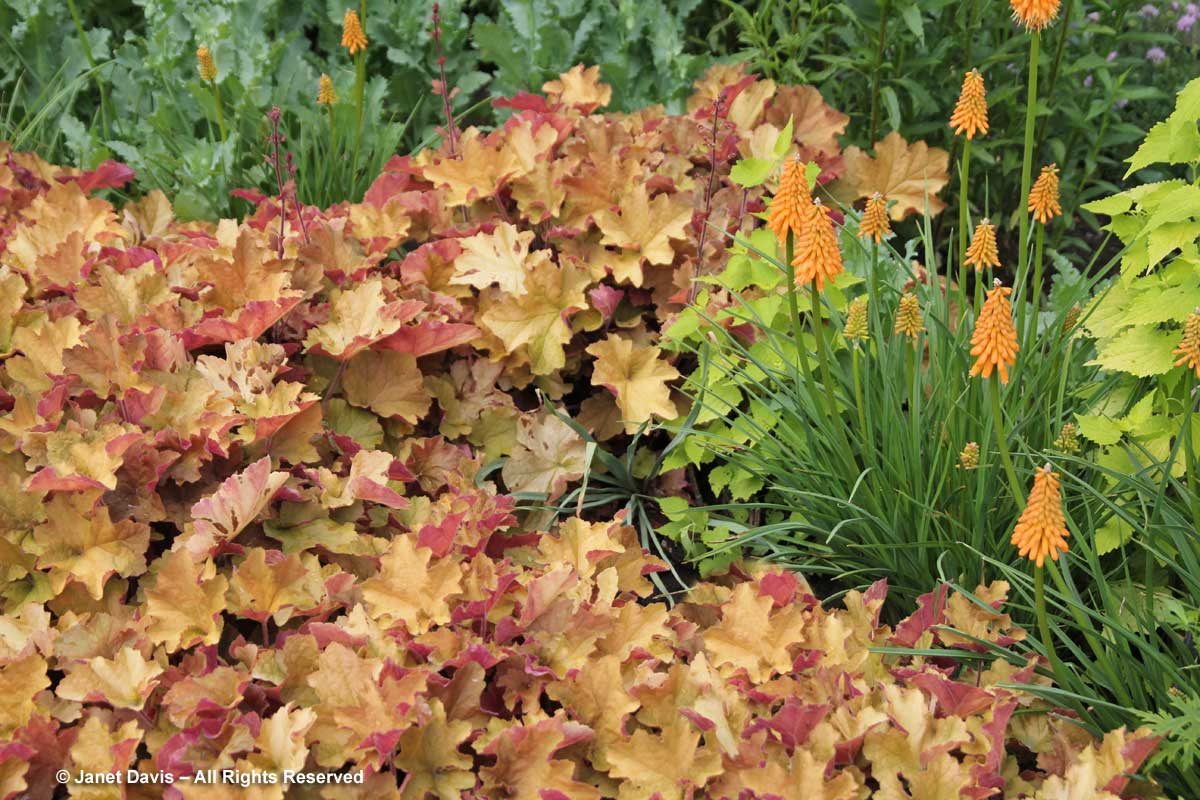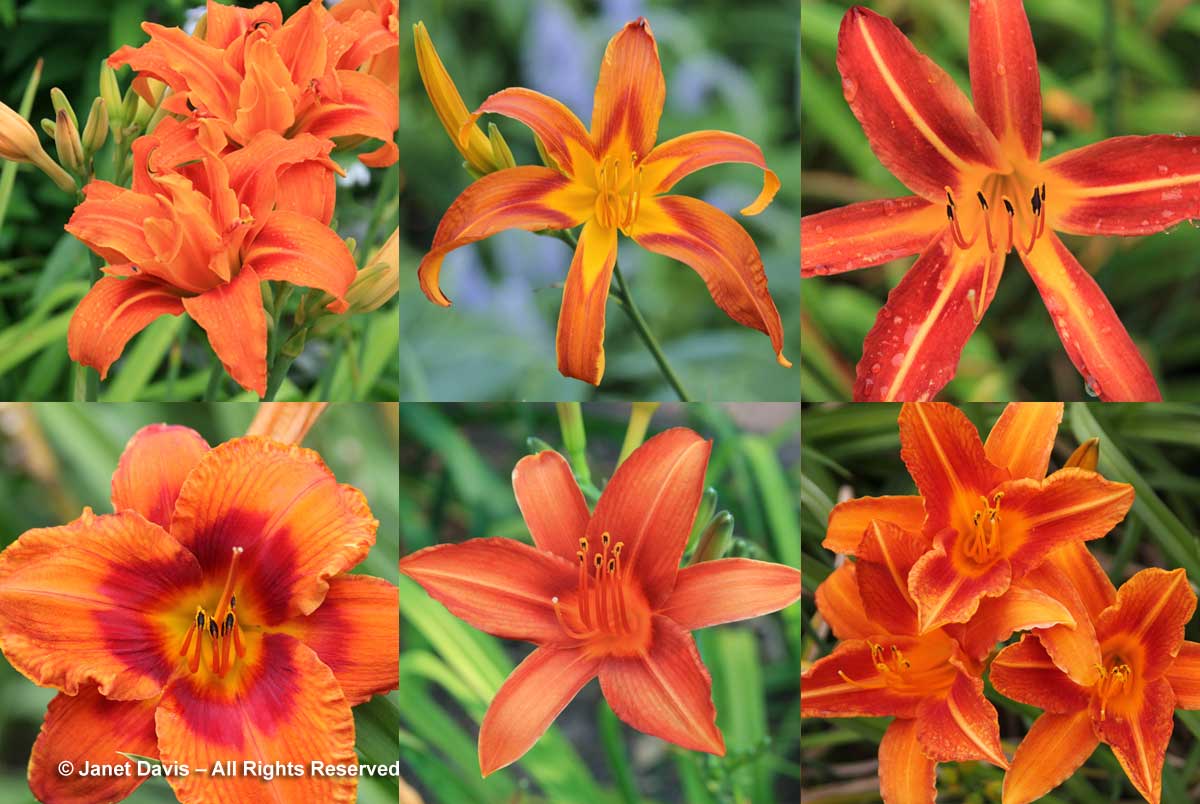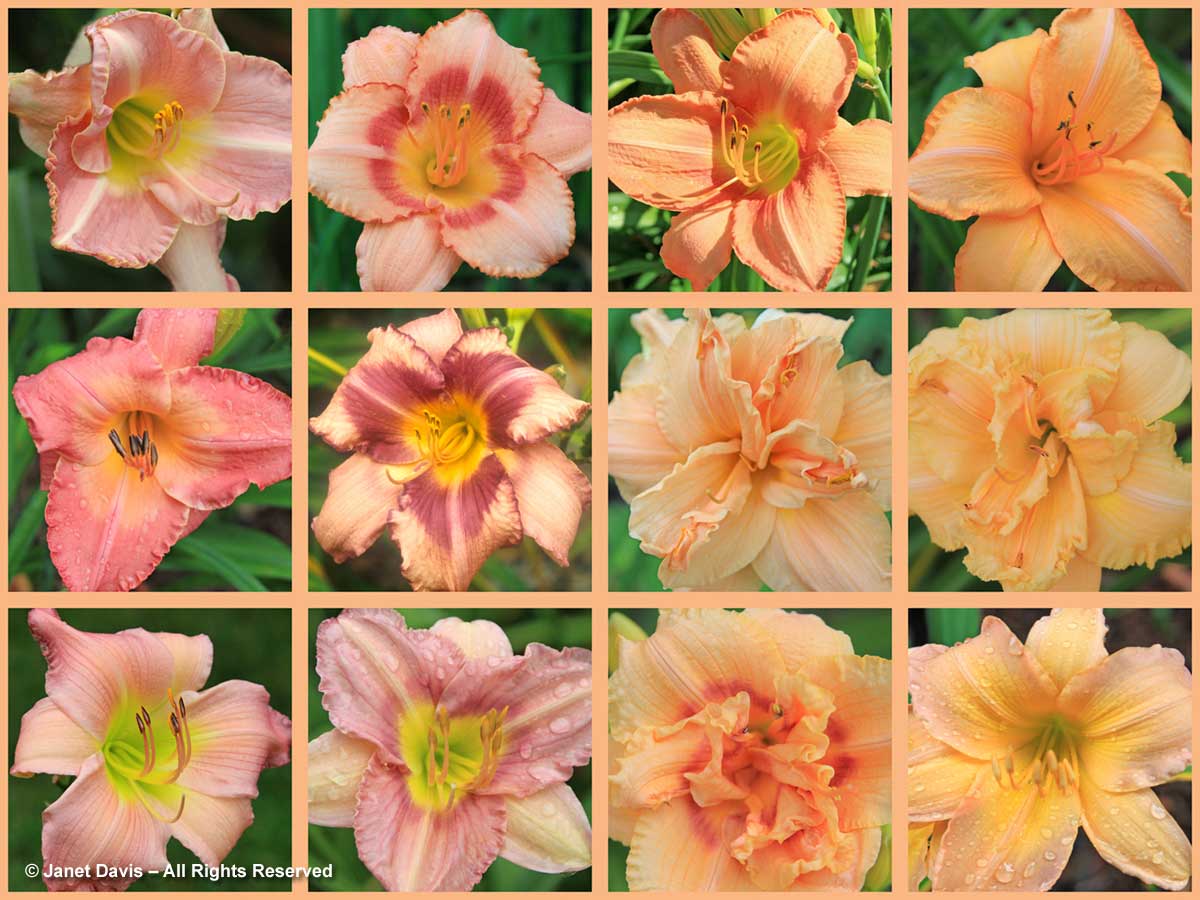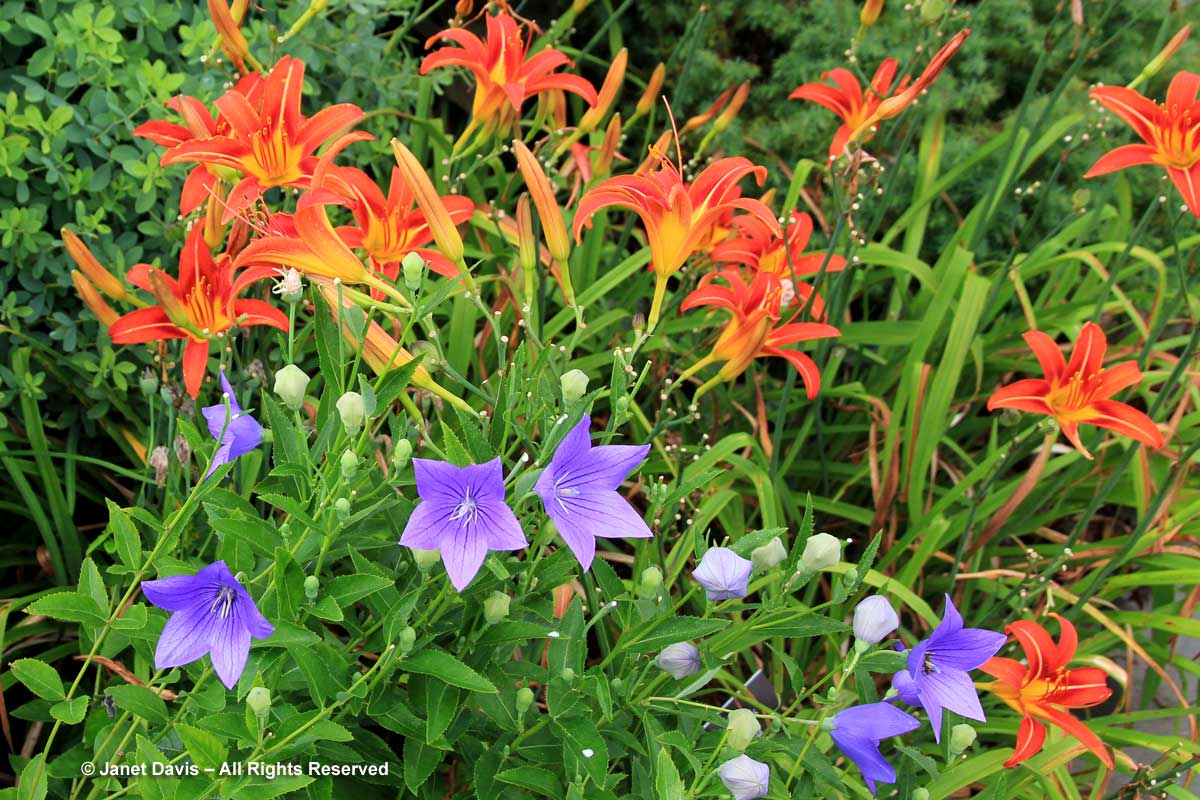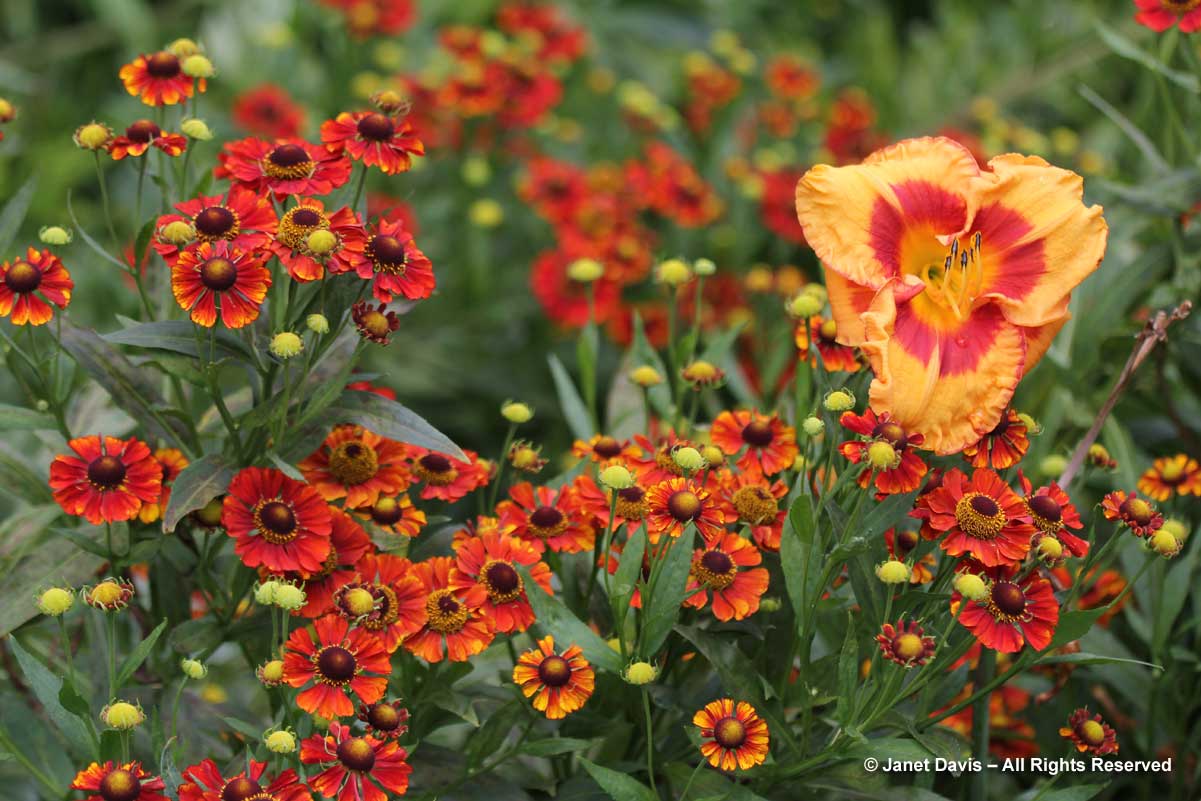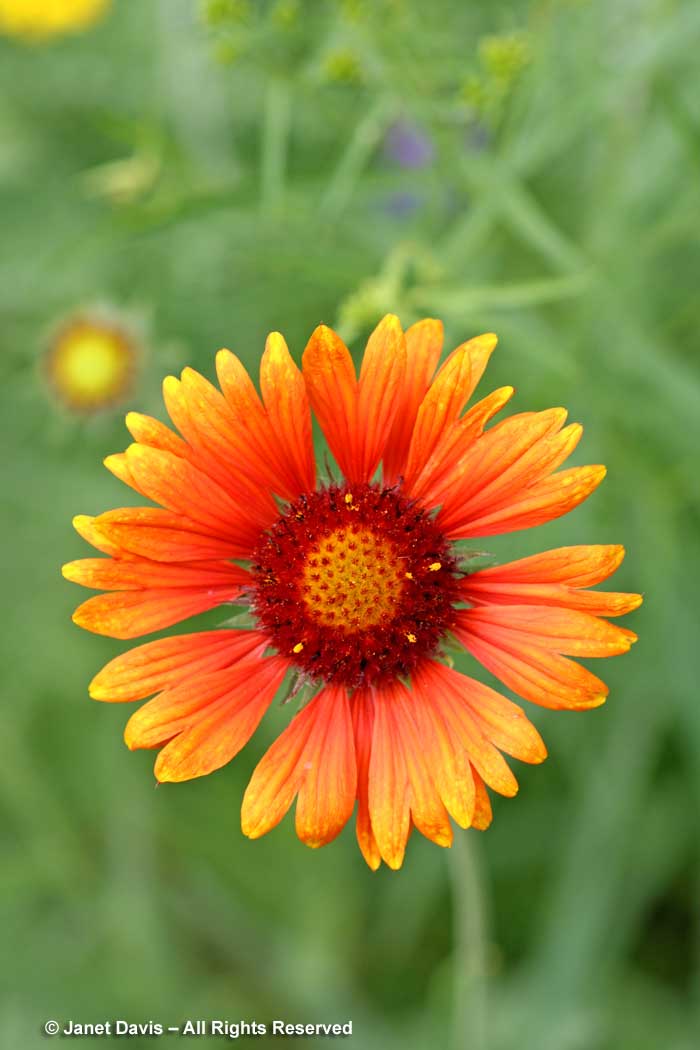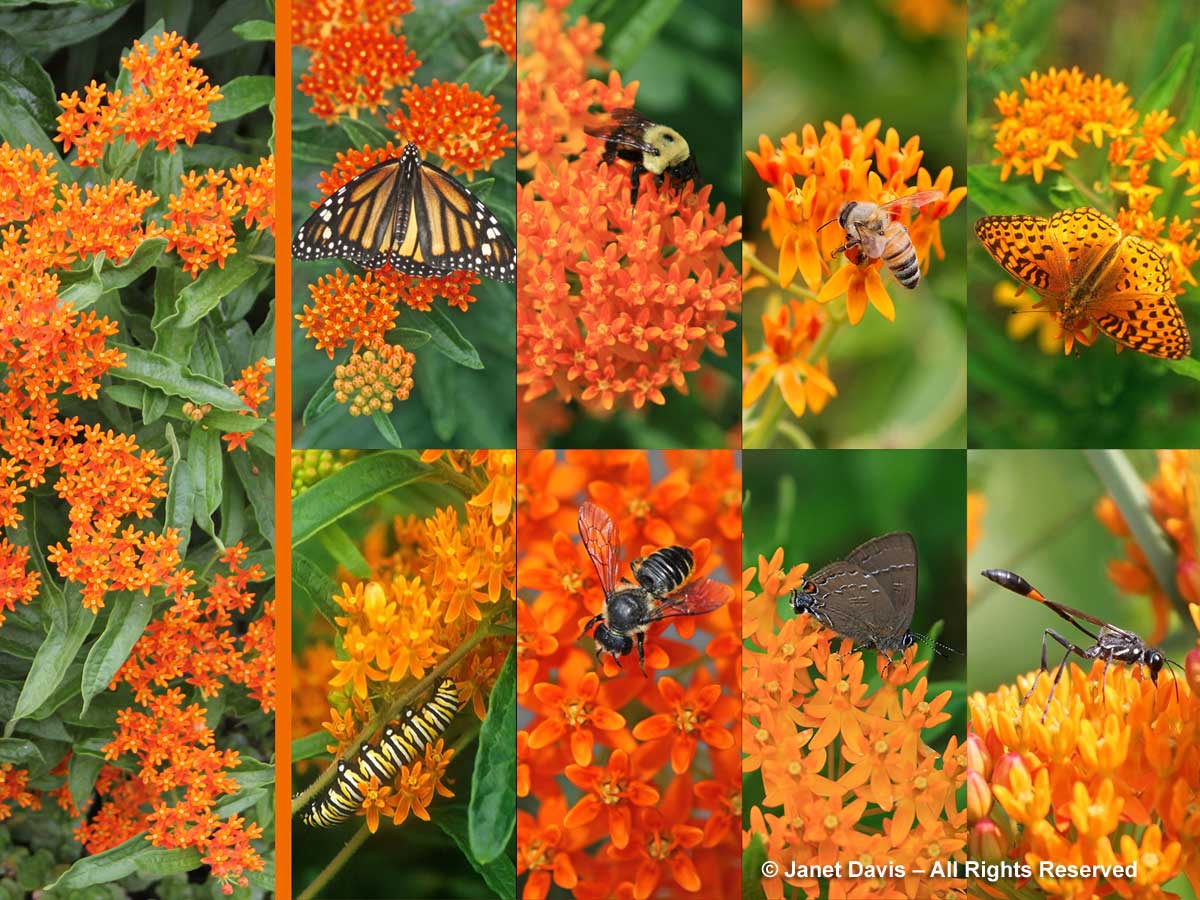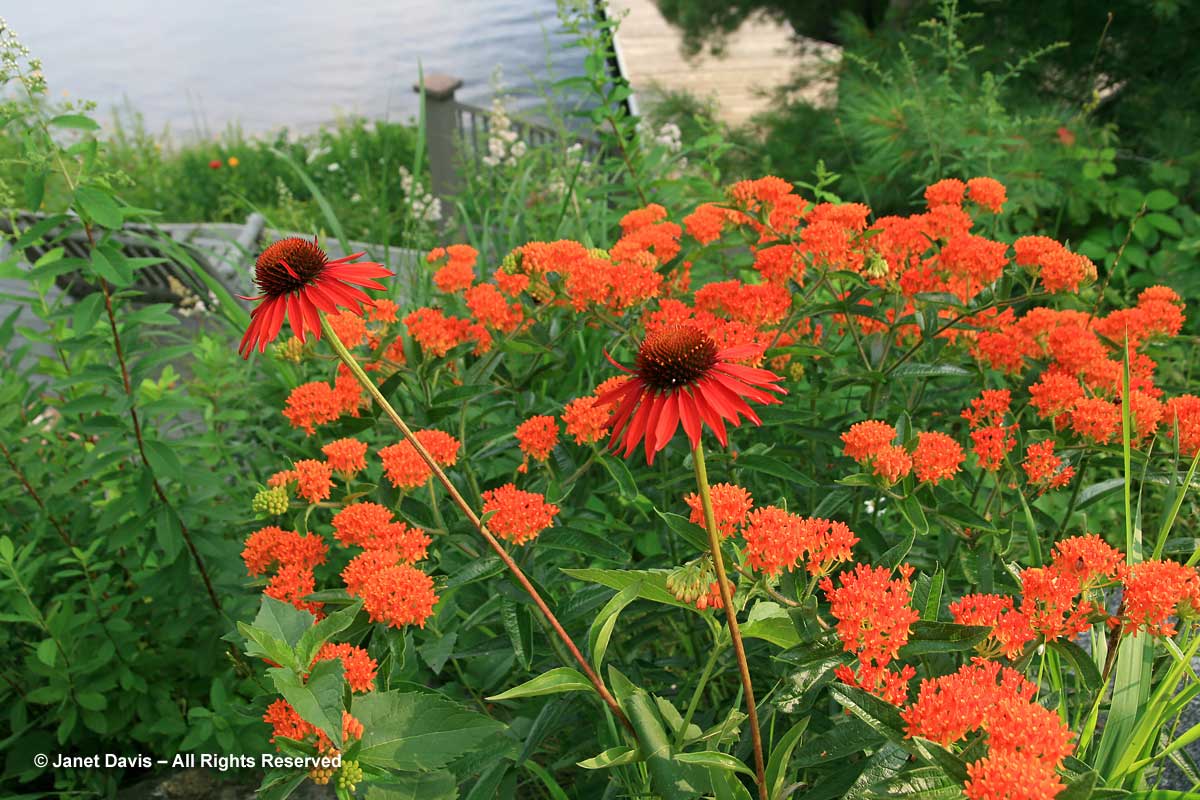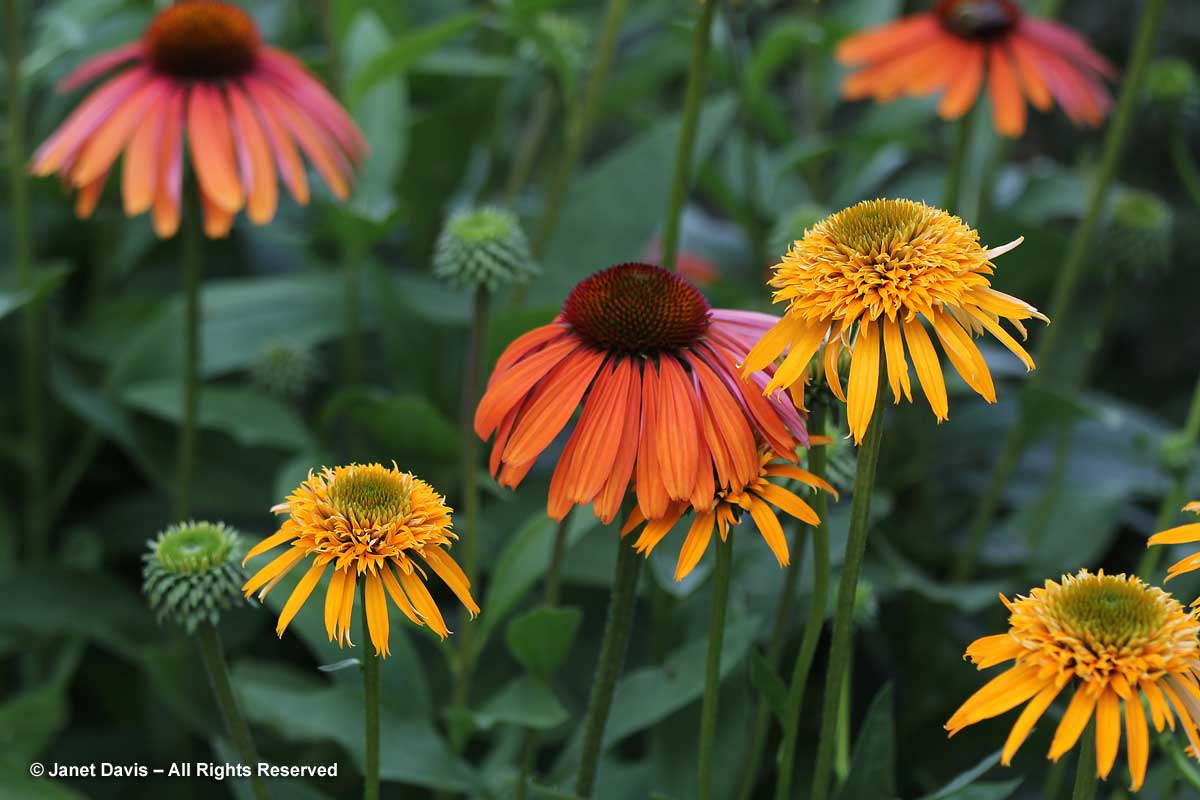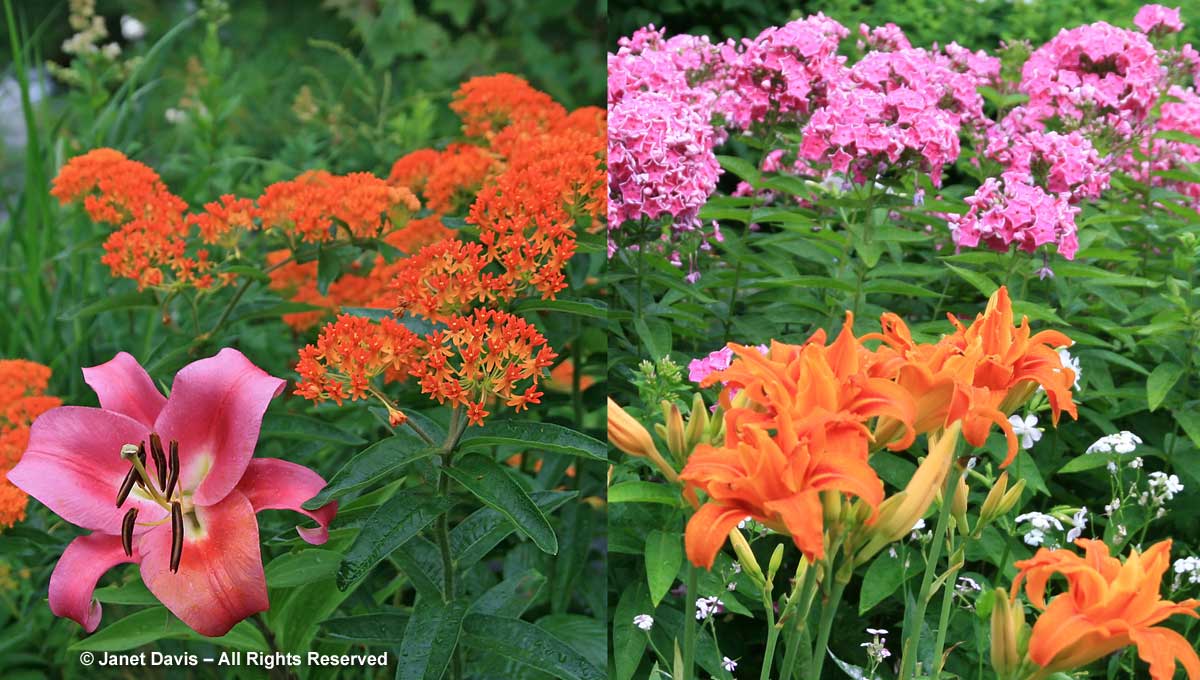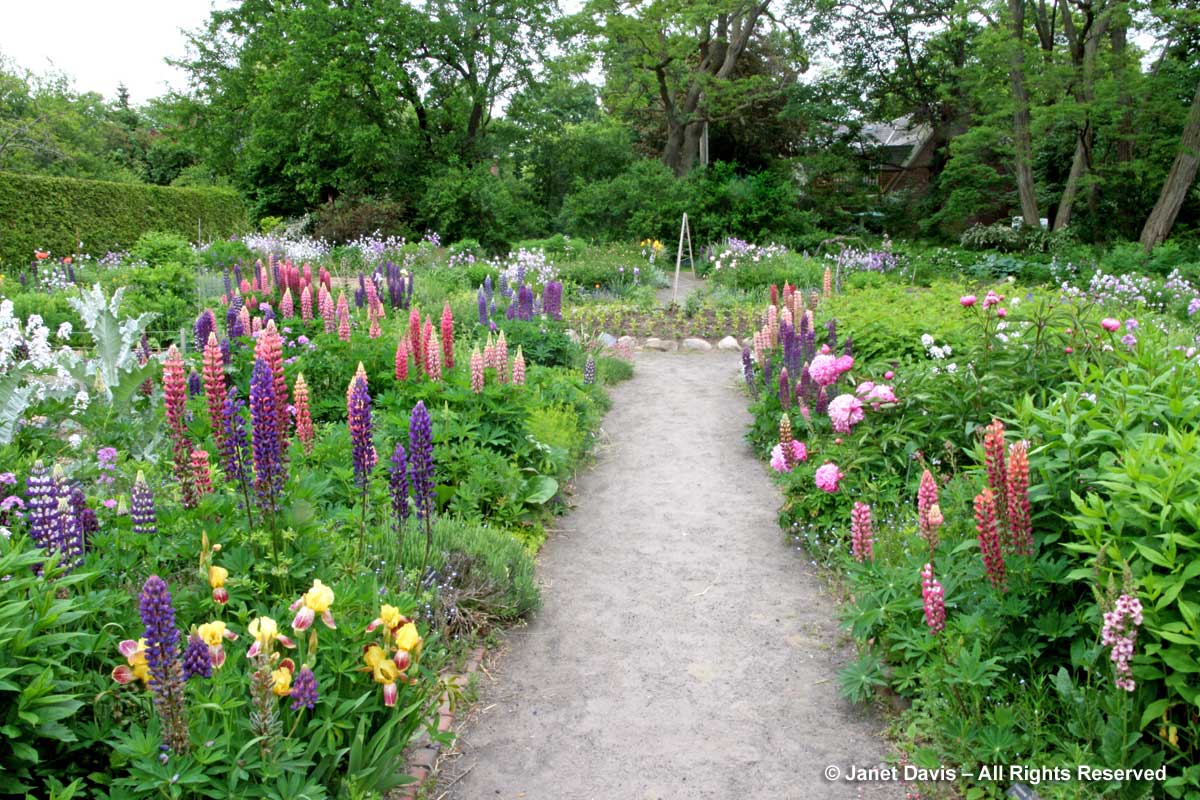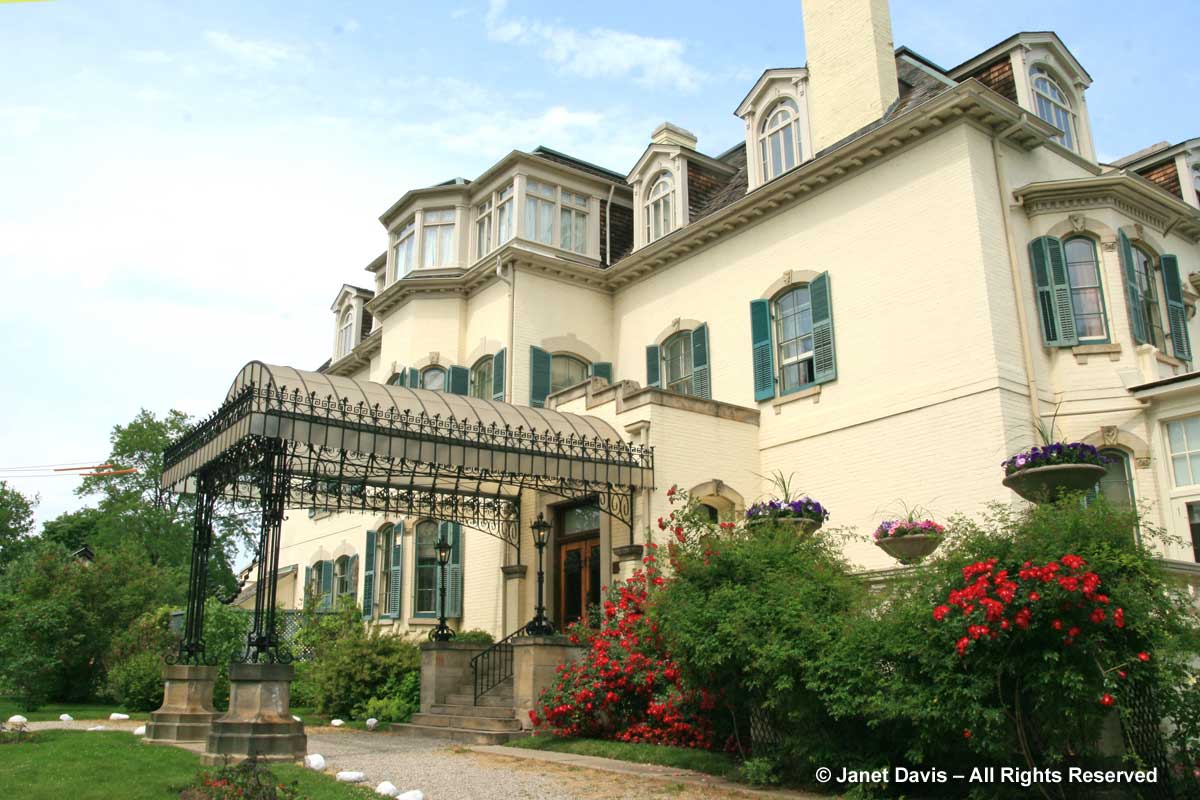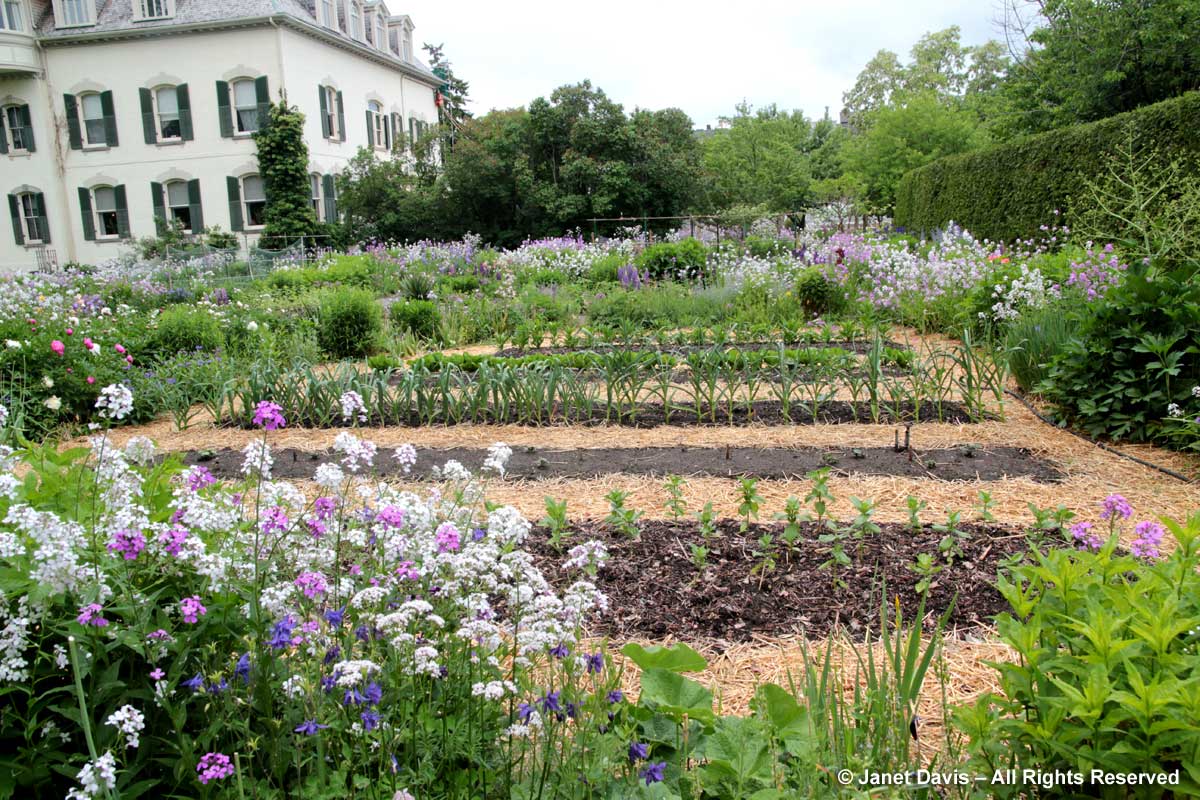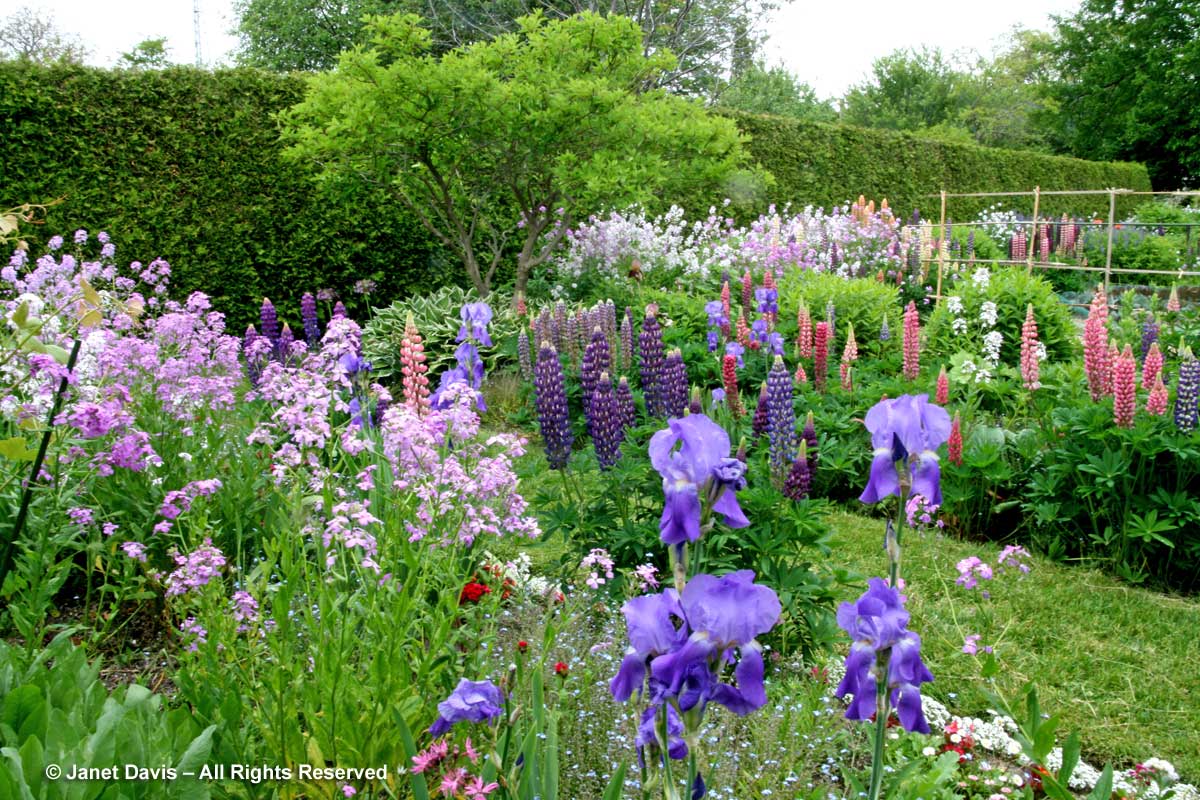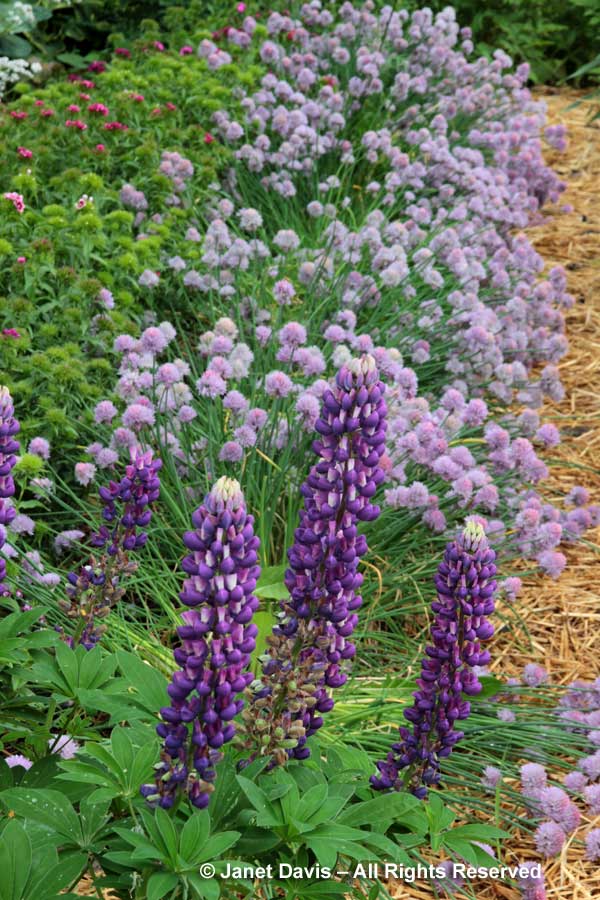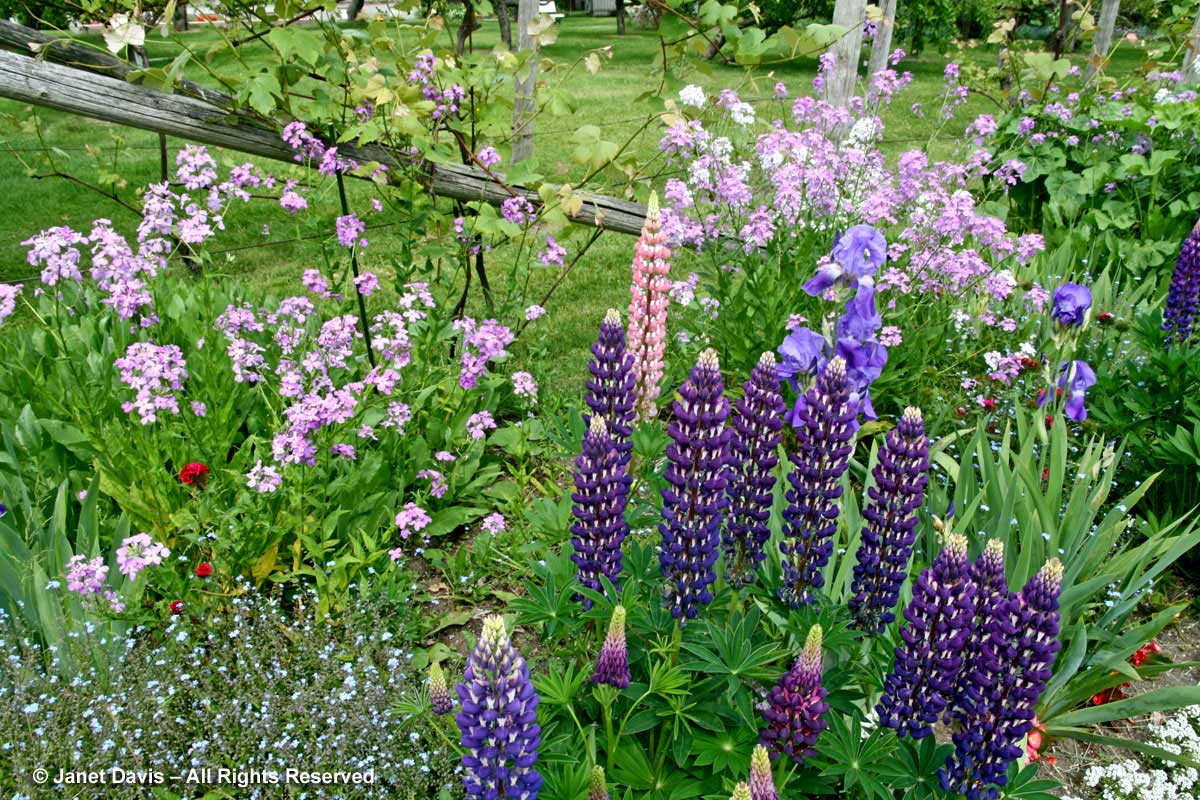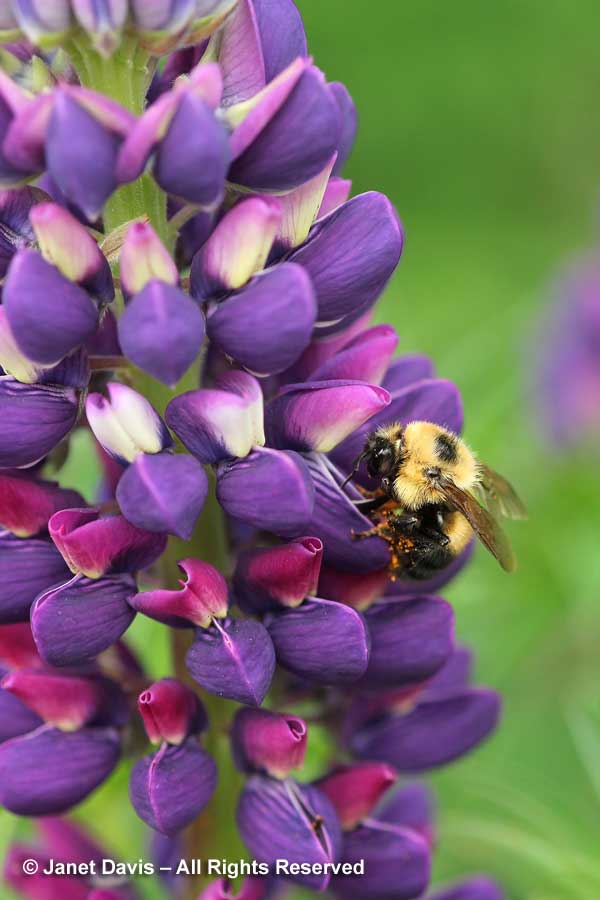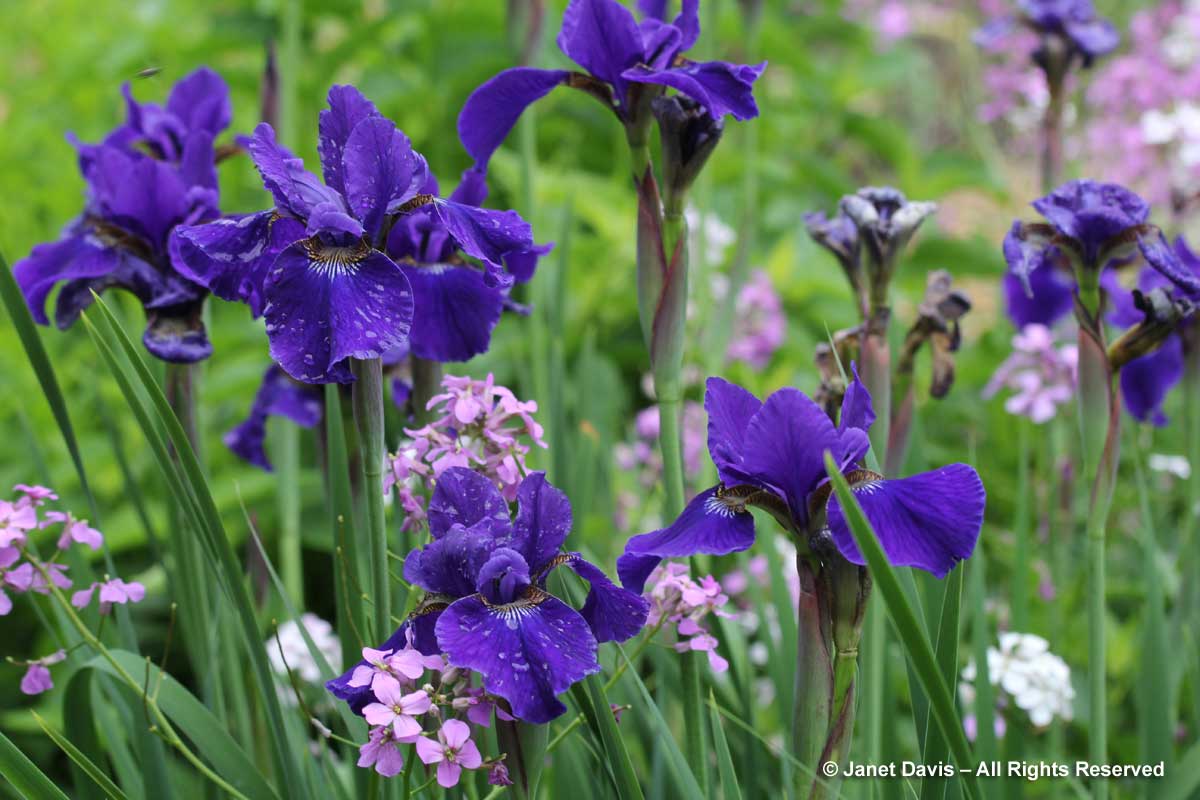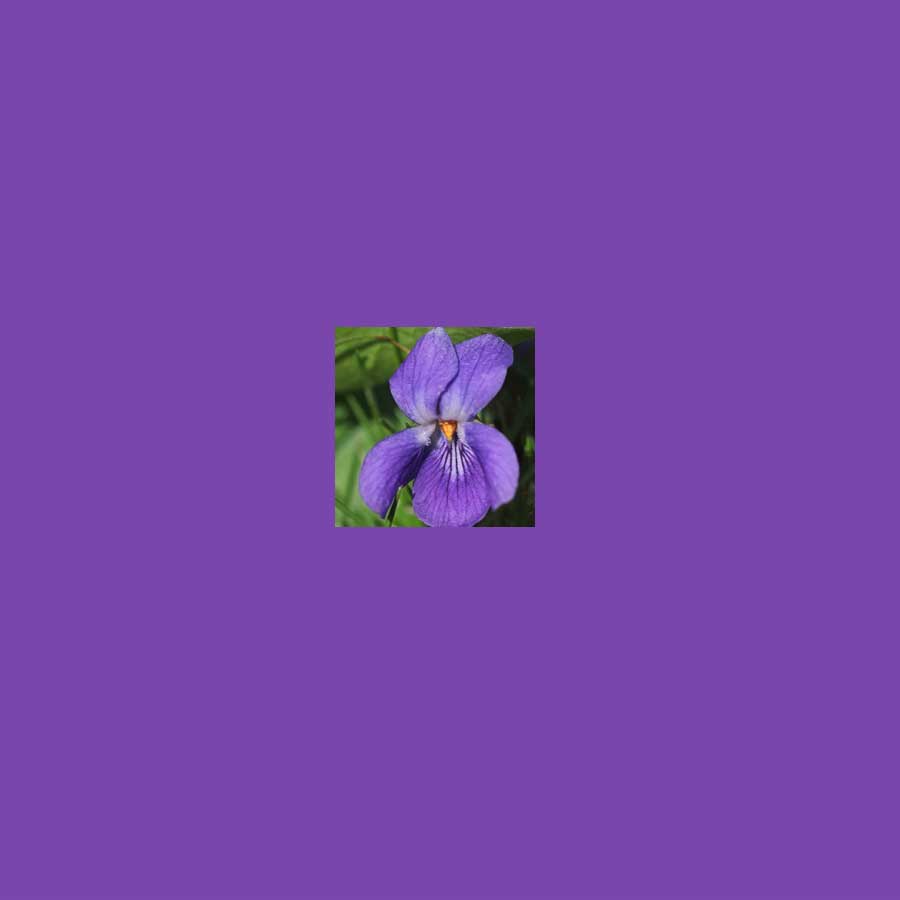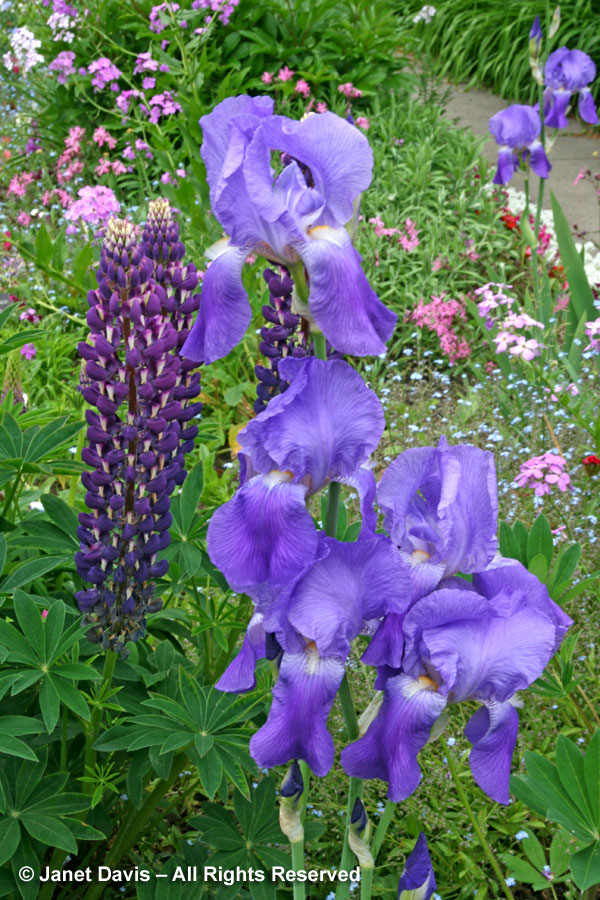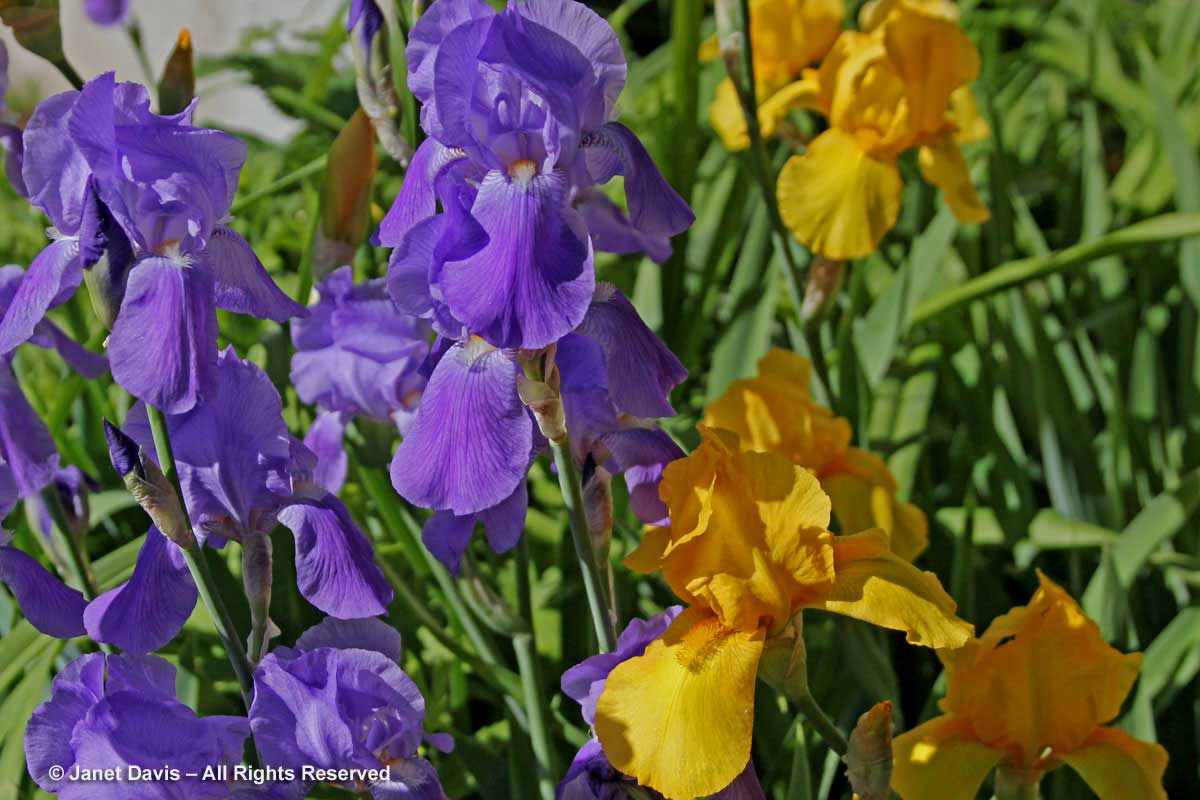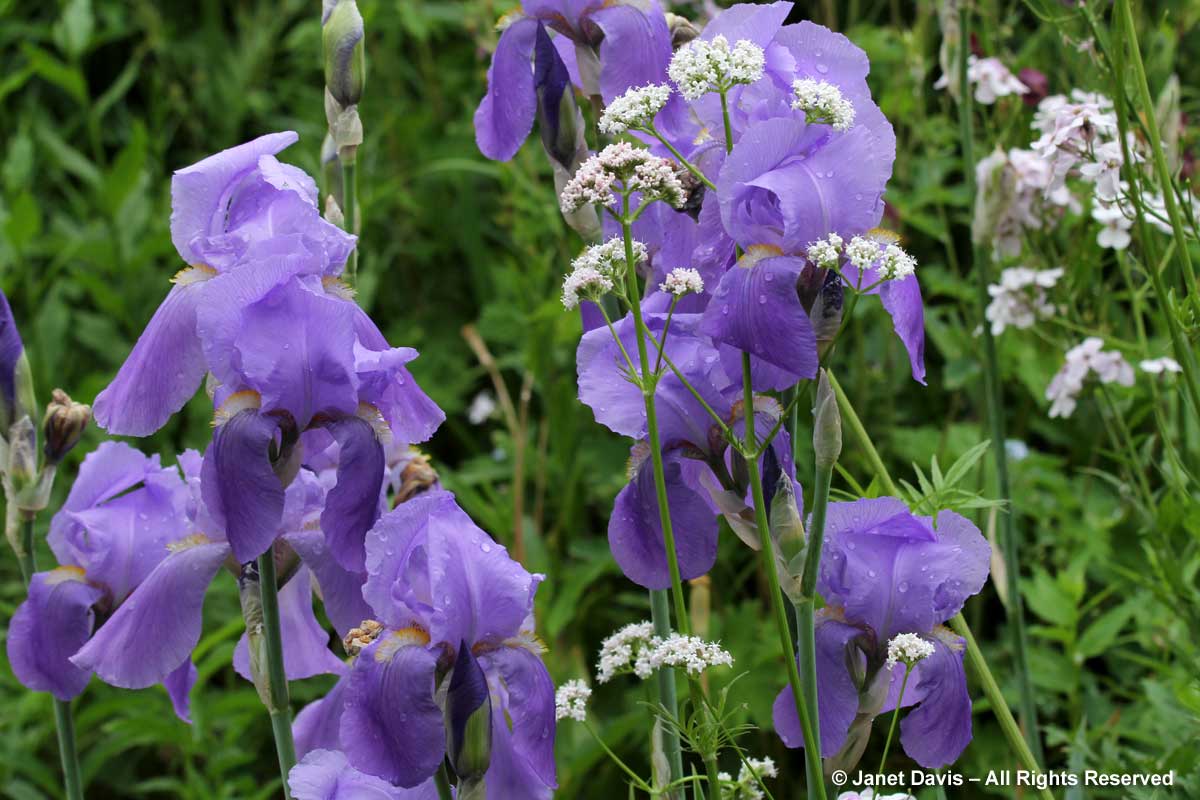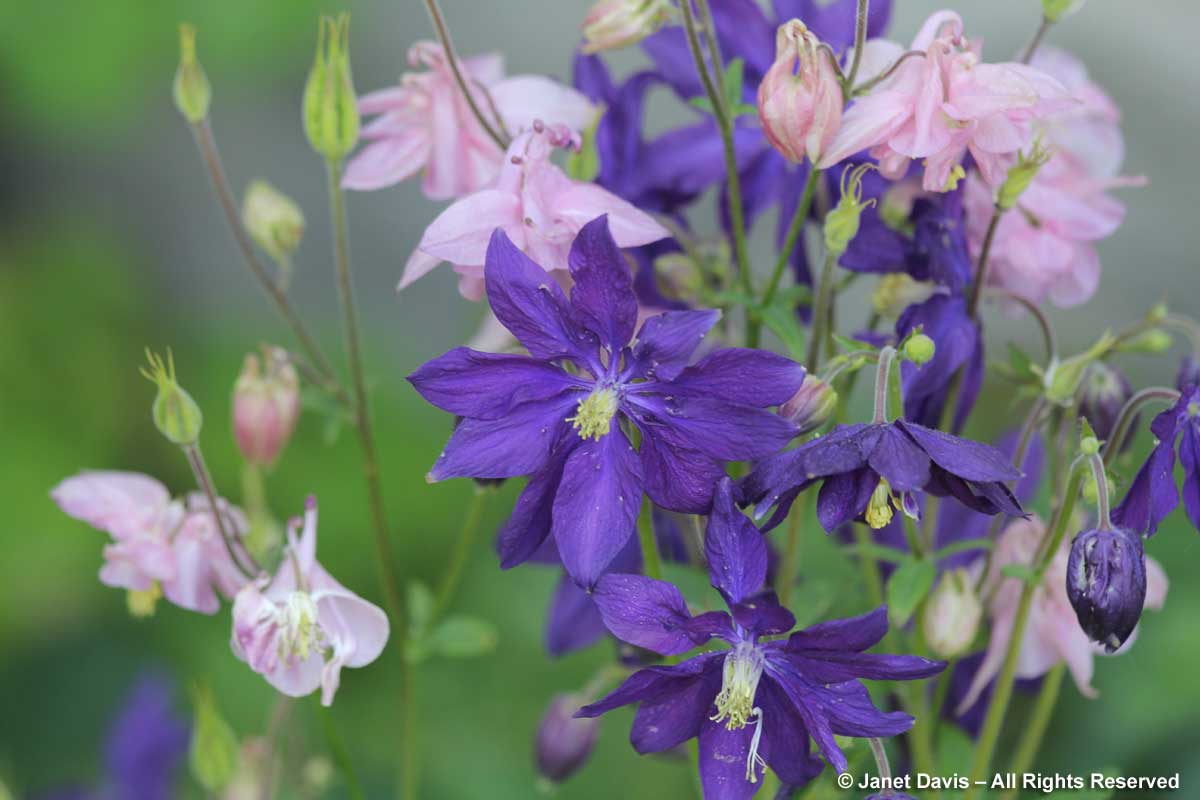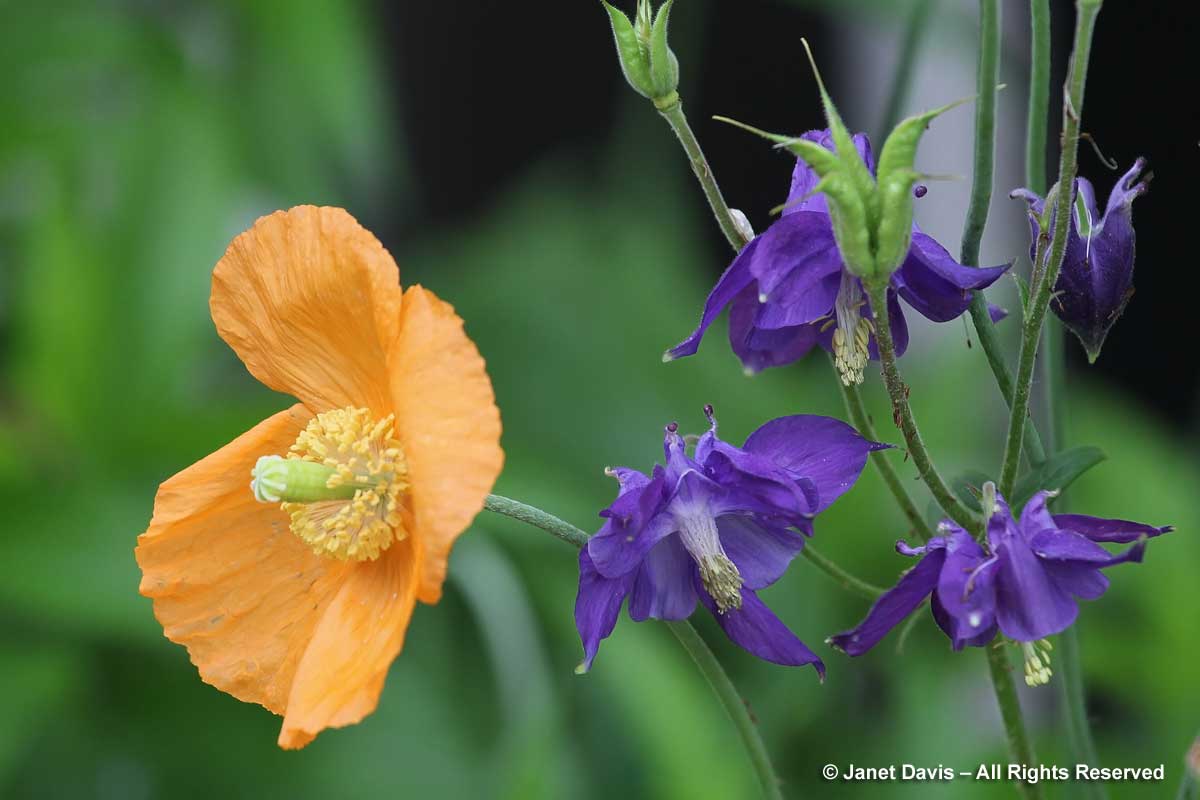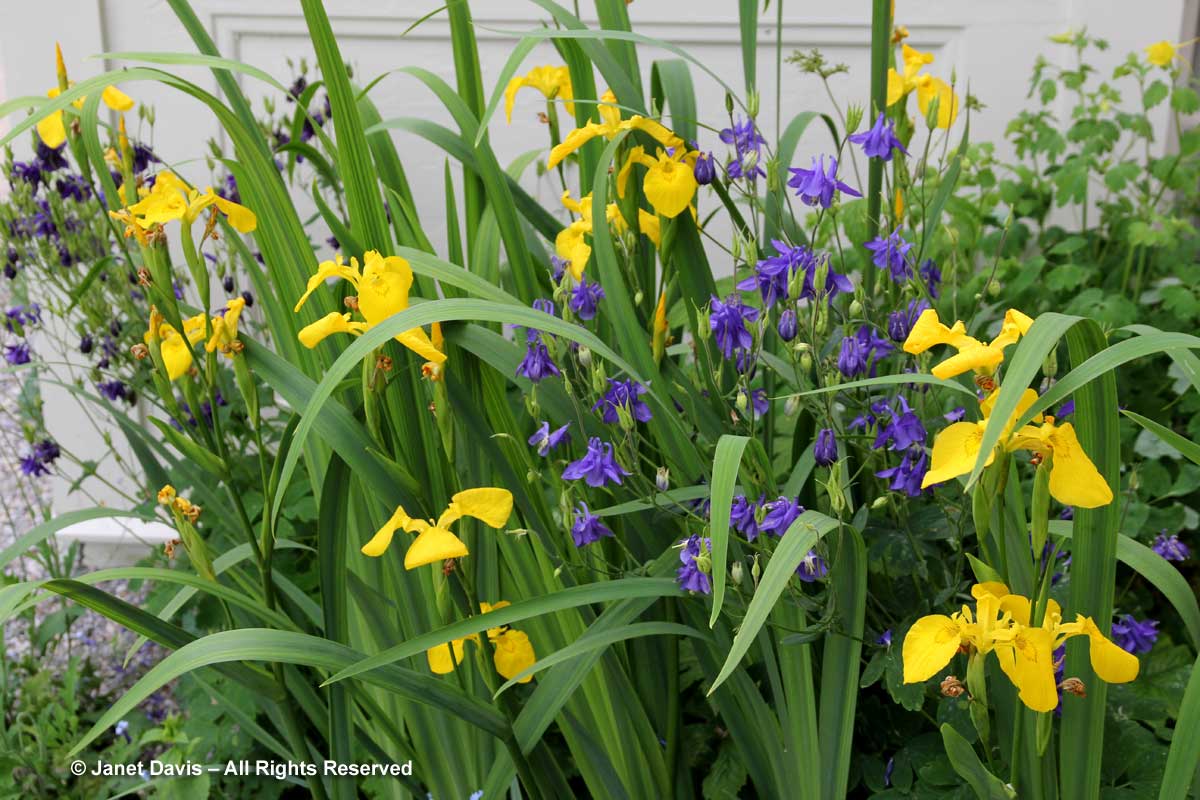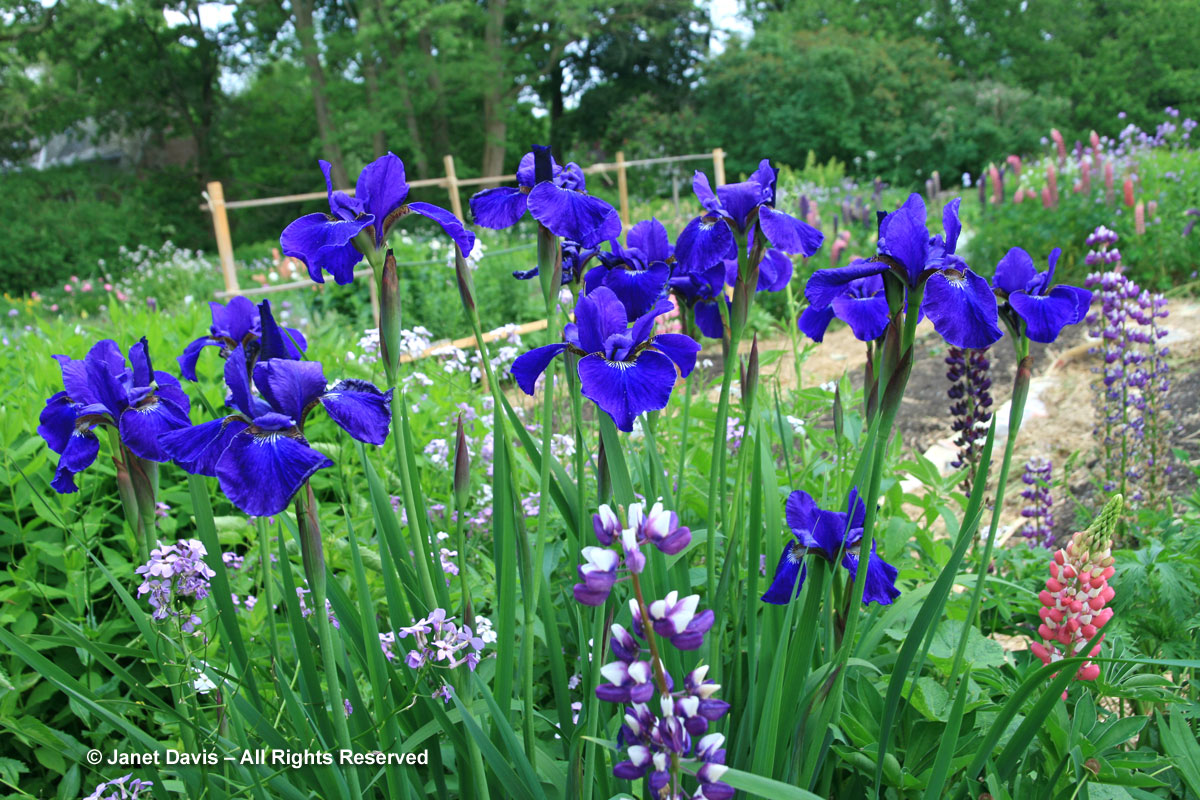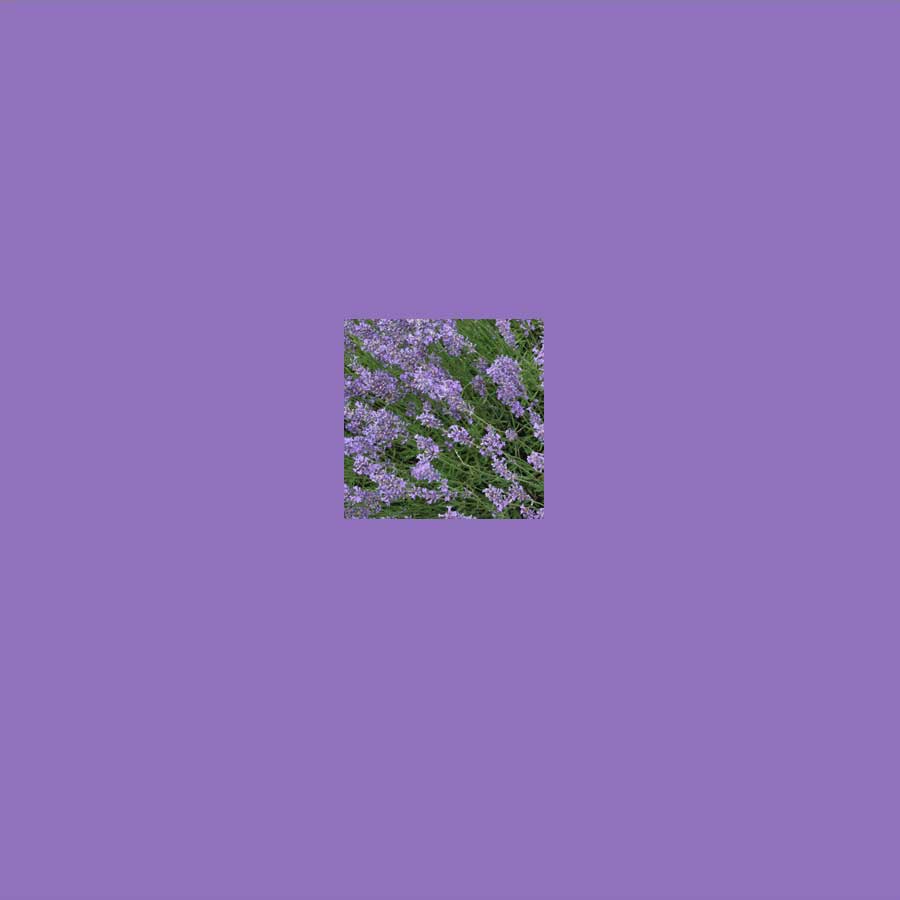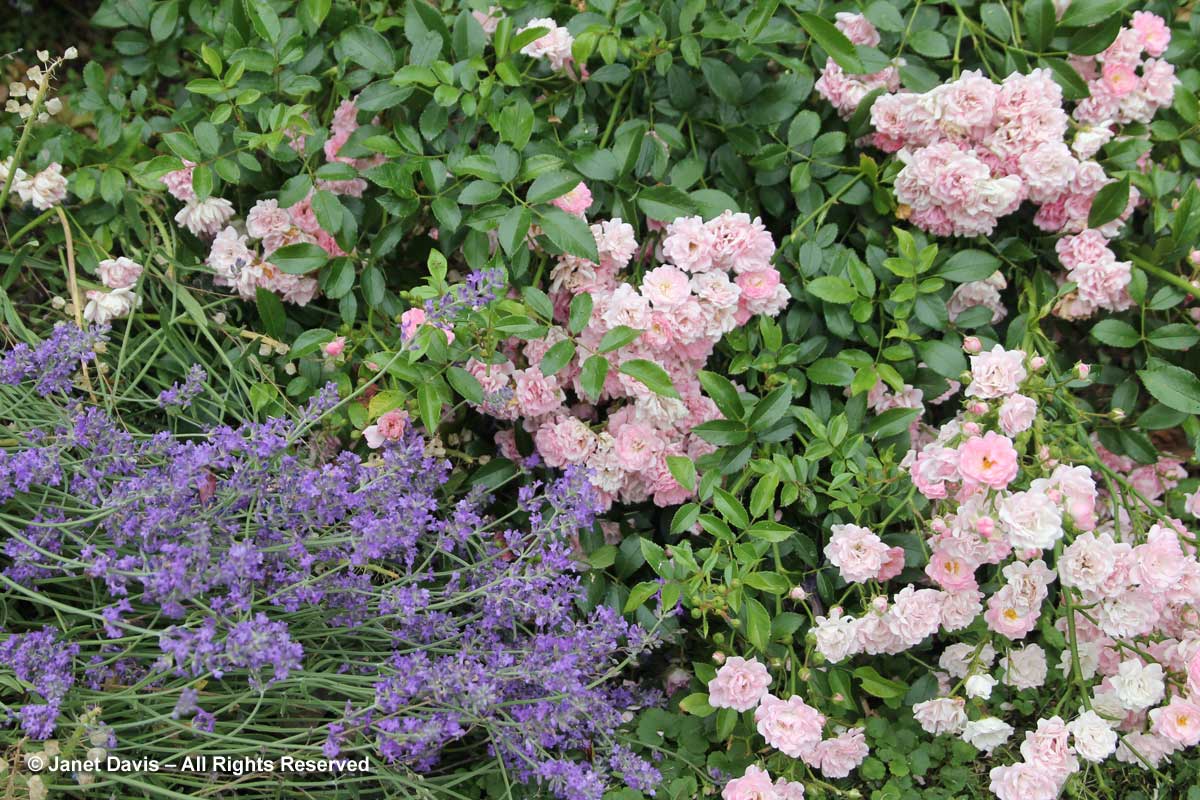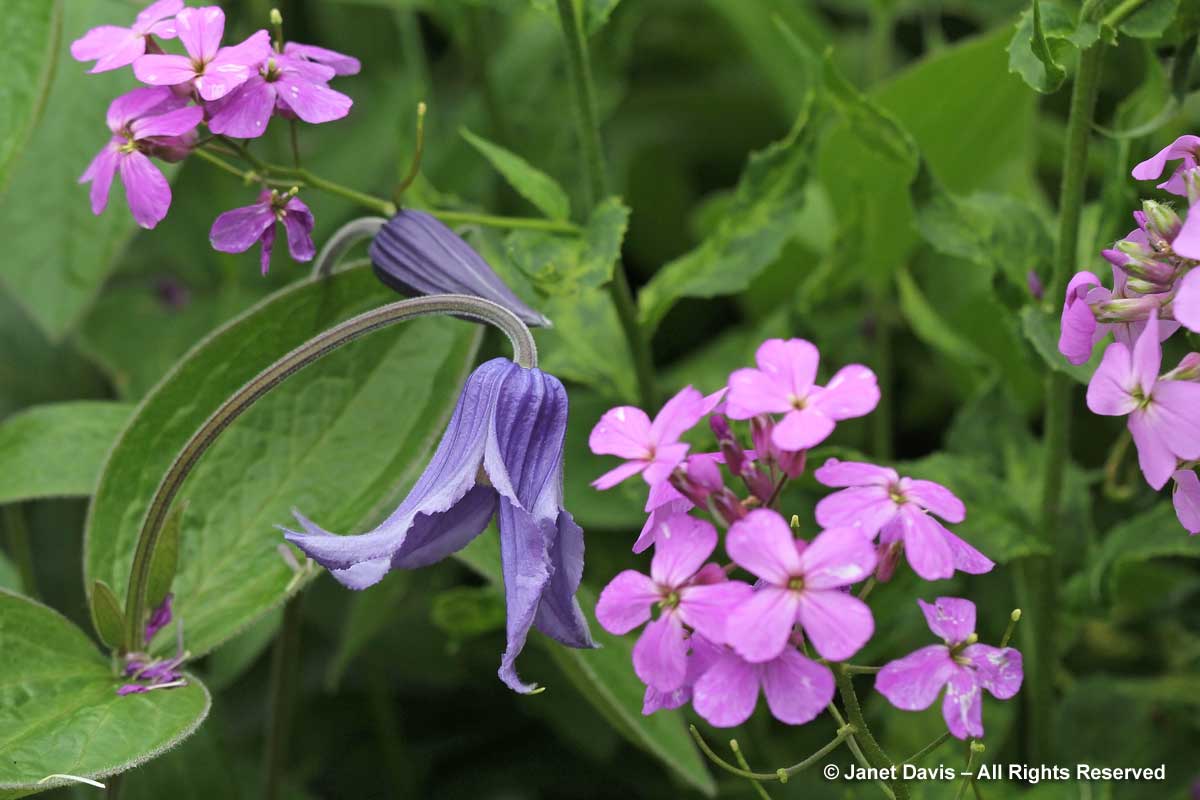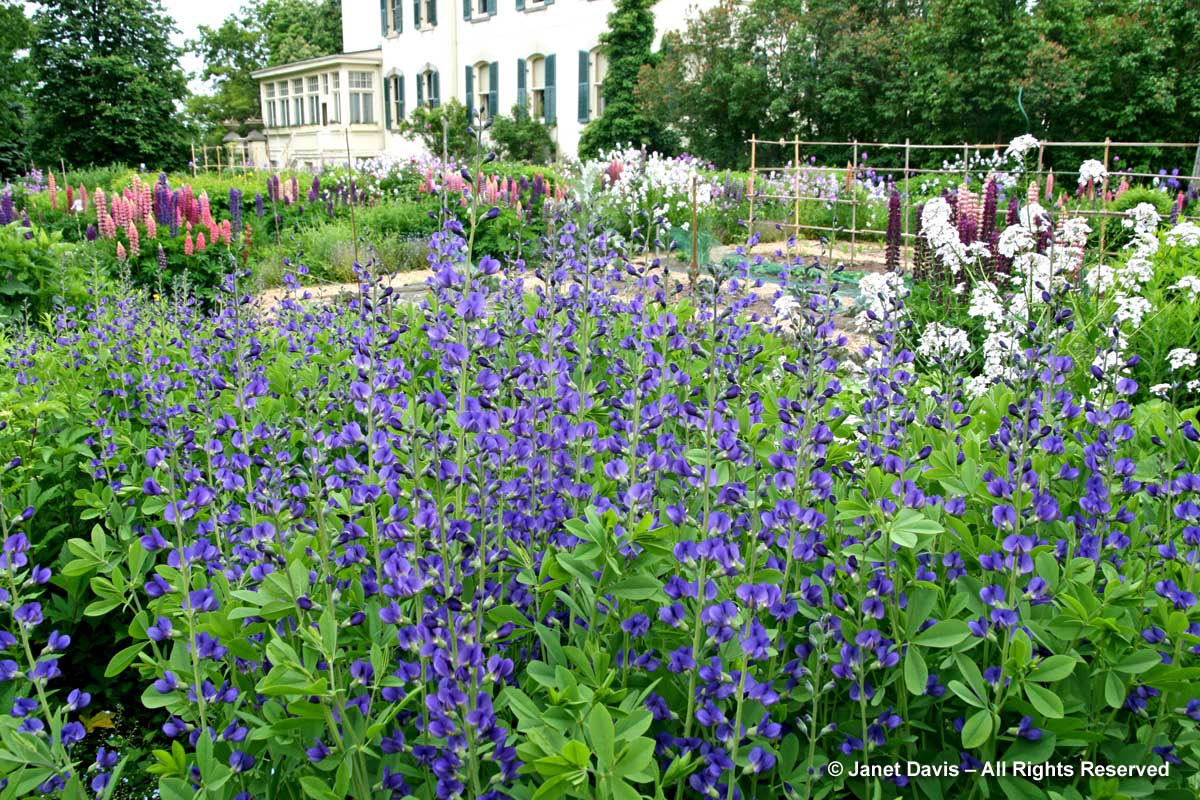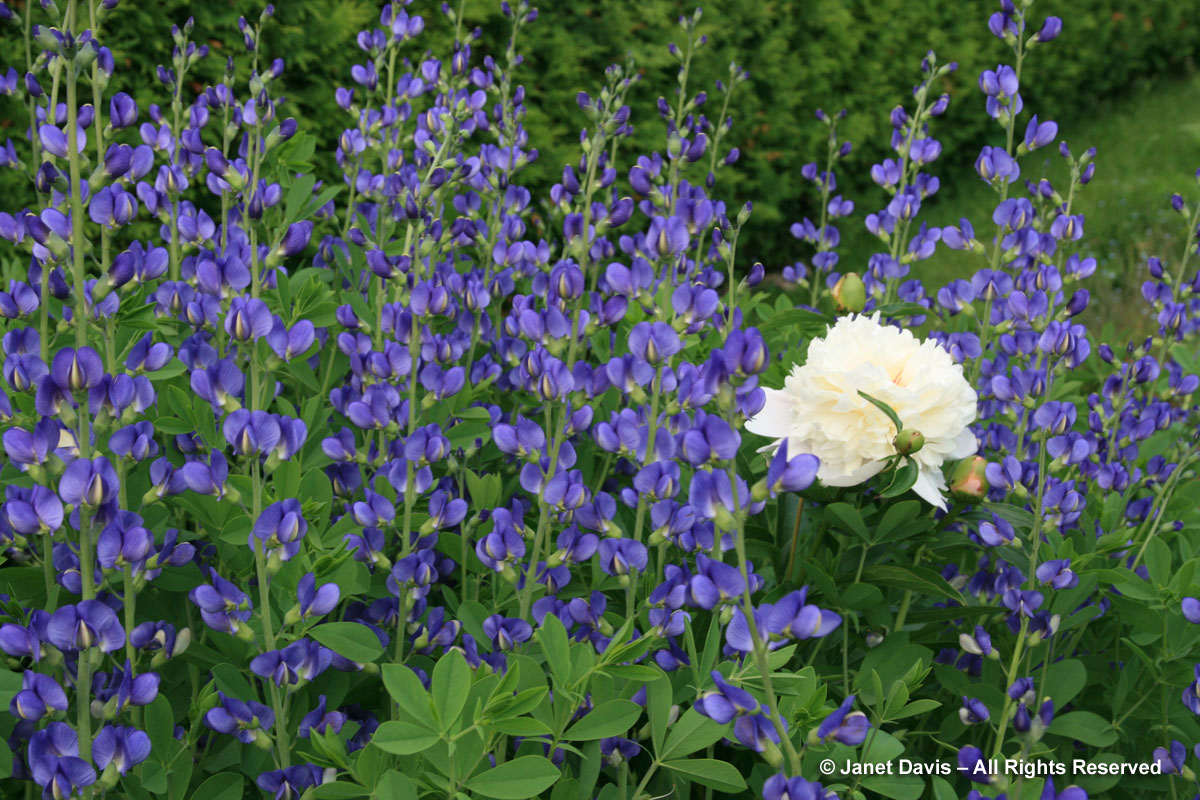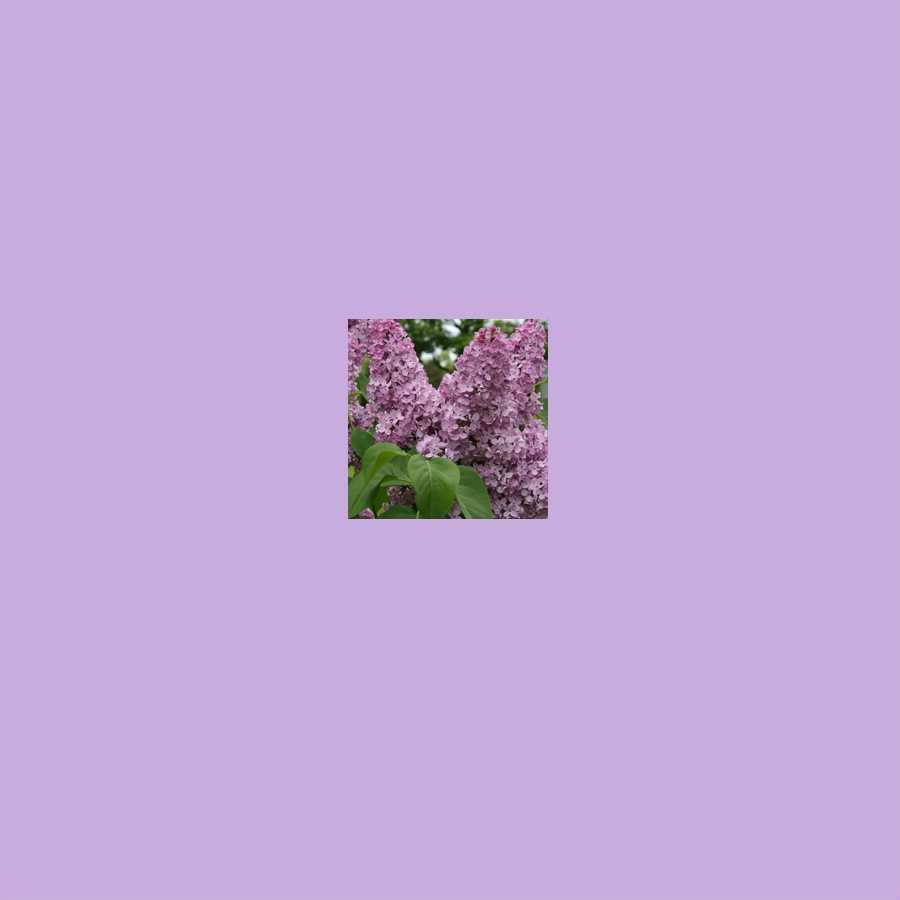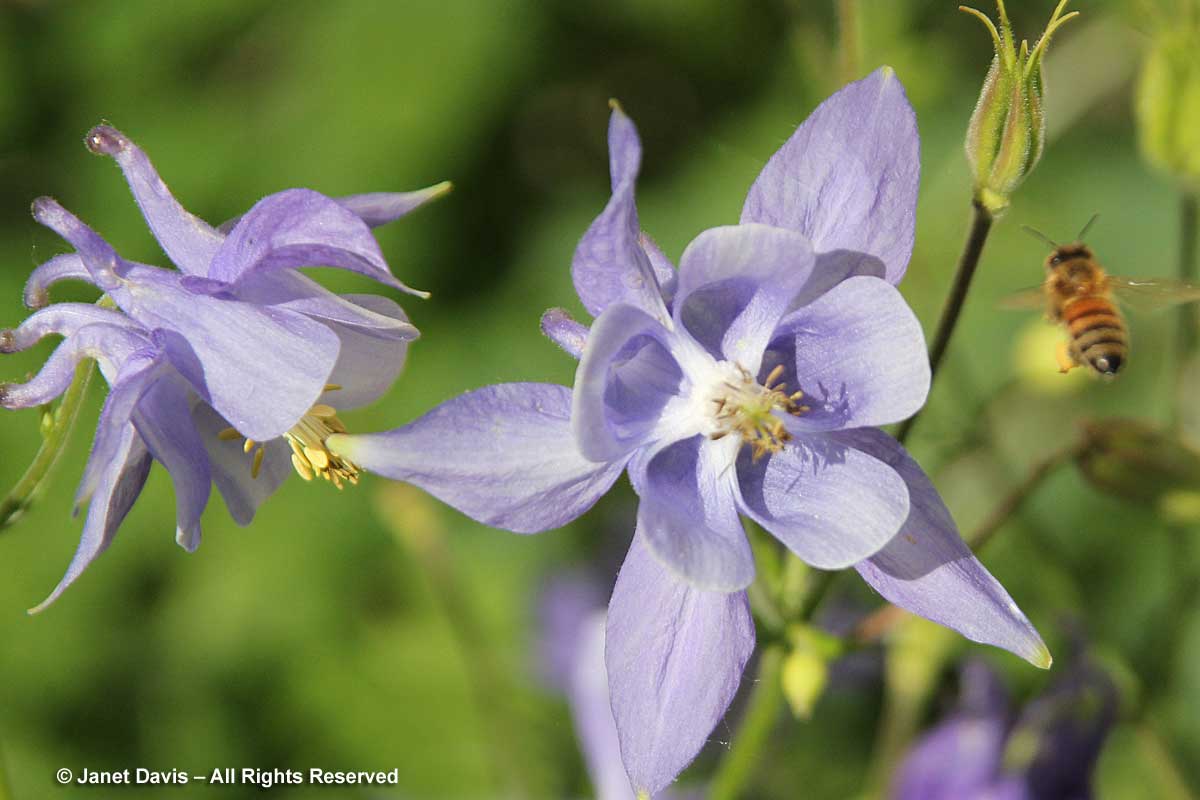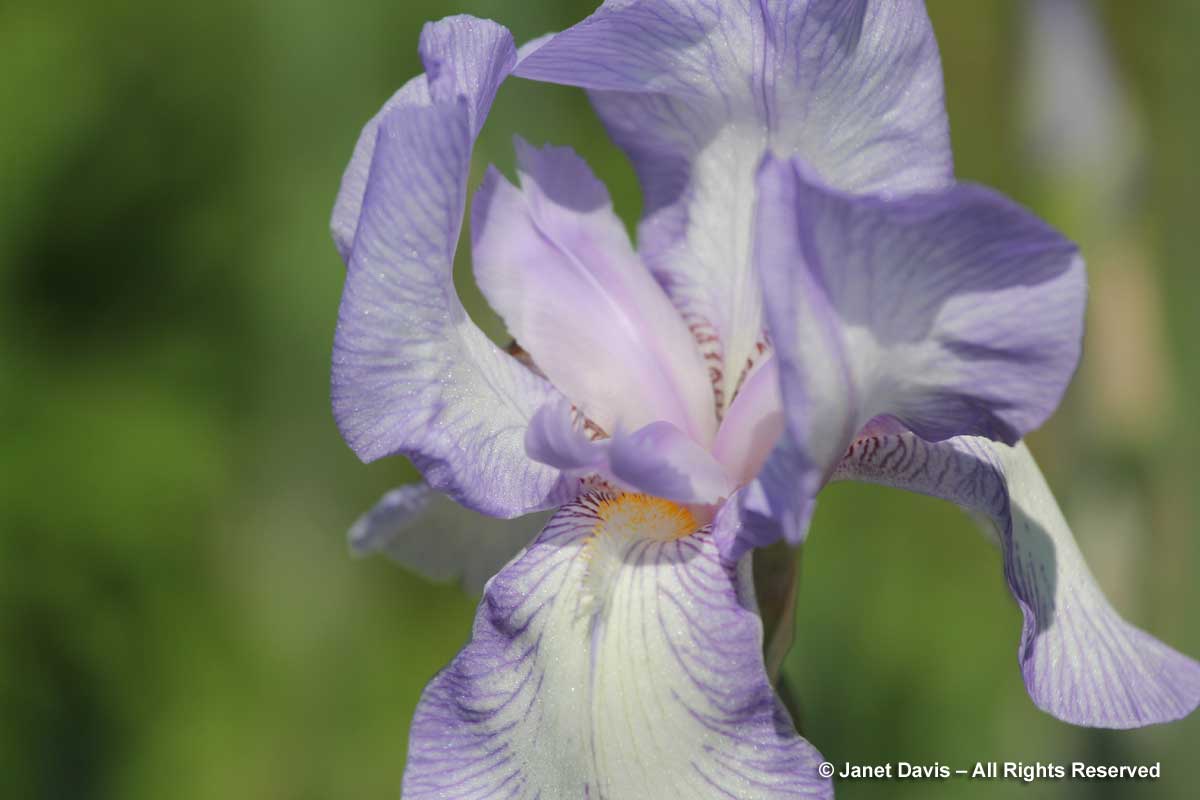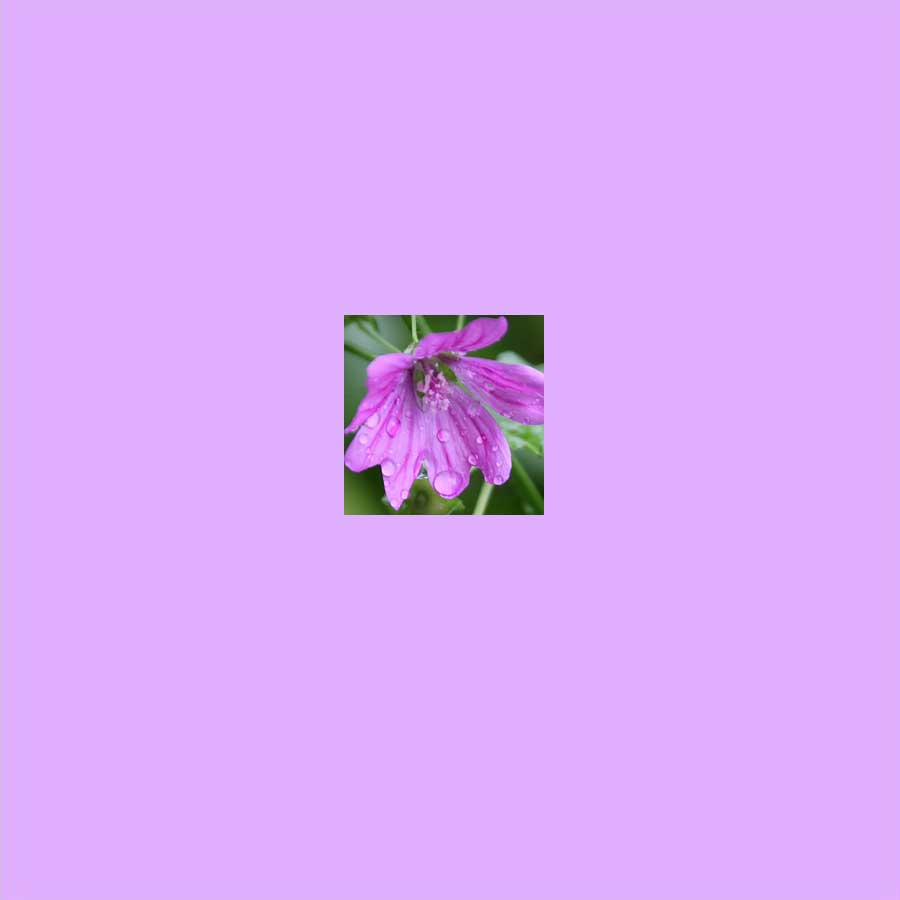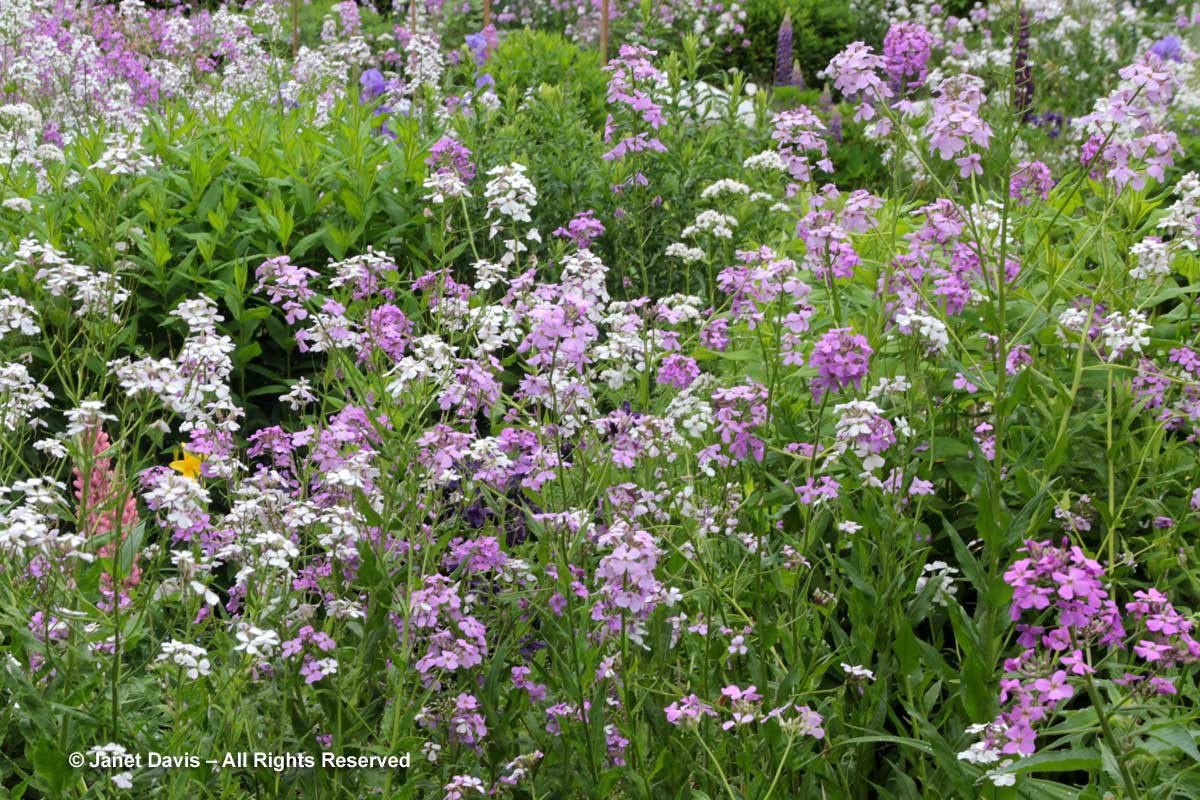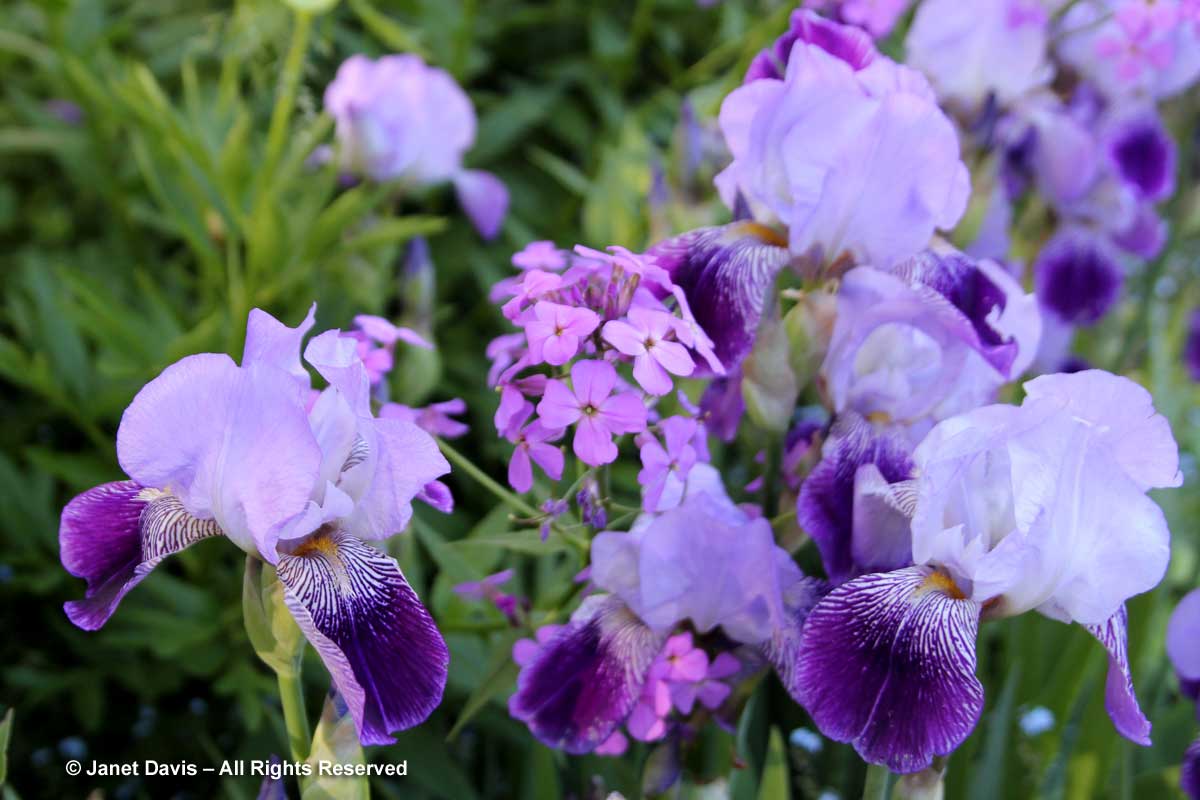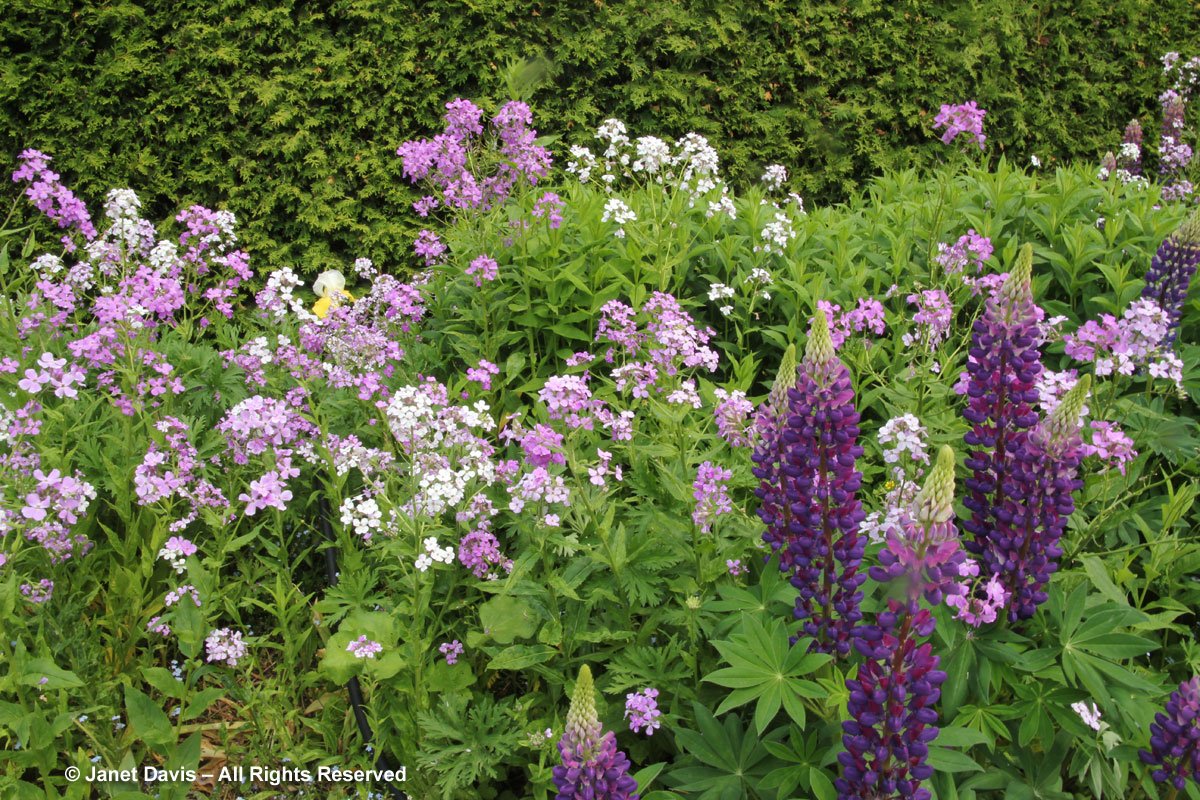It was early April 1999, and we were visiting Hummelo in the Netherlands so I could talk with Piet Oudolf and see his garden. I had read his books and followed his burgeoning design career with interest. Given my childhood love of wild places, I was always more interested in designers who embraced a naturalist ethos and synthesized that into their work, whether purely aesthetic or ecology-based. When we visited Hummelo, I had just finished an in-depth magazine profile on Michael Hough, a seminal member of the mid-20th century ecological landscape movement. Scotland-born Michael had been a student of Ian McHarg (Design With Nature) at Edinburgh’s College of Art and later at the University of Pennsylvania, before founding the University of Toronto’s Undergraduate program in Landscape Architecture, then moving to York University to teach in their fledgling Environmental Studies program and publish his own book, Cities and Natural Process. Later on this trip, we would visit the botanical garden at Leiden and Ecolonia in Alphen aan den Rijn, below, an experimental housing development whose architecture, landscape, utilities and infrastructure had been built earlier that decade using principles of ecological design.
Hummelo
The Oudolfs were generous in greeting us. Anja still ran the nursery then, Kwekerij Oudolf with its goddess Flora…..
….. and retail customers were busy buying the plants that the Oudolfs raised to use in Piet’s designs. In time, other Dutch growers would become adventurous in their plant introductions; this fact, combined with the demands of Piet’s business and Anja’s busy schedule accommodating groups wanting to tour the garden eventually caused the Oudolfs to close the nursery and build a studio in its place.
We toured the garden; as it was early spring, not much was in bloom, but the hellebores and wild phlox were lovely.
The Stachys byzantina ellipses were still there, along with the famous yew towers and undulating yew hedges which would later be damaged by flooding. Both features were eventually removed and this garden was planted with sweeping perennials.
The trial beds were impressively ordered – and vital in teaching Piet how various perennials performed: their hardiness, floriferousness, optimal companions, seedhead properties, pollinator attraction, winter persistence, etc.
It was still very much a place where the Oudolfs worked as a team to expand and improve the palette of plants, but there were abundant touches of simple domesticity.
Piet graciously posed for my camera at a picnic table in a little enclosed garden surrounded by spring-flowering shrubs.
Then we said farewell and headed off to the nearby garden of Eugénie van Weede at Huis Bingerden, below. At the time of our visit, Eugénie been holding her International Specialist Nursery Days, a 3-day June plant fair attracting thousands of visitors, for four years. (In 2016, there were 37 exhibitors.) In turn, her inspiration came from Piet and Anja Oudolf, who had held their own annual Hummelo Open Days (later Grass Days) beginning in 1983. By the mid-1990s, visitors numbered in the thousands. Wrote Piet in his rich memoir Hummelo: A Journey Through a Plantsman’s Life, by Piet Oudolf and Noel Kingsbury (The Monacelli Press, 2015): “Our idea was to bring people together. Of course we wanted to create some income, but thought it would also be a good idea to bring a selection of growers who share the same interest in plants, as an advertisement for all of us.” It was Piet Oudolf, seedman Rob Leopold and Piet’s original partner, nurseryman Romke van de Kaa (formerly Christopher Lloyd’s head gardener in the 1970s) — the men she calls her three ‘godfathers’ — who advised Eugénie on the nurseries she should include in her Nursery Days.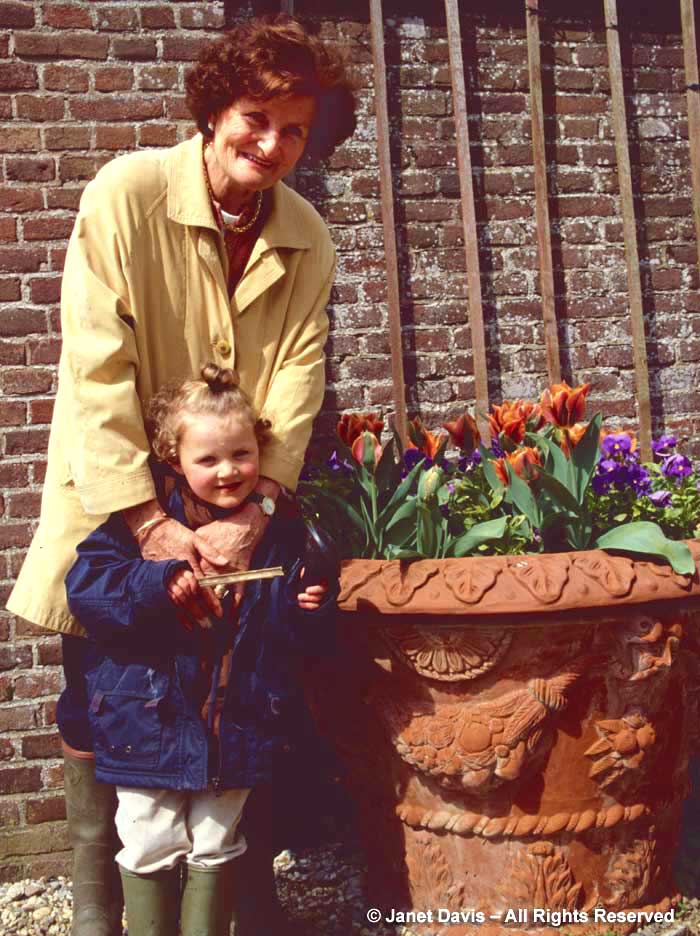
Fast-forward 15 years to a lovely day in August 2014, and there I was photographing the Piet Oudolf-designed entry border at my own local Toronto Botanical Garden, as I’ve been doing regularly for more than a decade. Even though I recall my visit to Hummelo with pleasure, my relationship with the entry border feels less like a connection to the Netherlands than an arrow that points right back to my childhood. A childhood spent in a meadow.
*****************************
You Can Take the Child Out of the Meadow….
How does one become a meadow maker? Perhaps it might happen through sheer neglect: abandoning a plot of land to flowering weeds and long grasses which, through a stretch of imagination, might eventually approximate a reasonably attractive community of plants. Though leaving meadow-making to serendipity rarely achieves satisfactory results, it was nevertheless a meadow of happenstance that became my first intimate connection with nature and, by extension, with gardening. For it was an old field across the road from my childhood home in Victoria, B.C., the one just behind the trees at left that you can’t make out in this photo….
…. that taught me how Spanish bluebells and English daisies emerged in spring as grasses turn green; how California poppies preferred the stony ground to the rich, damp soil where western buttercups grew, the ones we held under our chins to see who liked butter best.
Oxeye daisies and horsetails, bindweed, tansy and purple clover: these were the meadow weeds I came to love. As little as I was, I felt at home in that chaotic wildness, the old field that promised adventure – even the spittle-bugs that brushed our cheeks as we crawled through the grasses on all fours playing hide-and-seek.
If, as landscape designer Julie Moir Messervy contends in her 1995 classic The Inward Garden, the joyful, treasured places of our childhood become the environments we yearn for as adults, my Victoria field was the idyll I tried to recreate a half-century later in the wild front garden of our Toronto home, below, …..
….. and in the meadows of our cottage at Lake Muskoka….
….. where bees and butterflies and birds are welcomed.
But meadow-making, for me, though it became somewhat more ‘designed’ and much more interesting than conventional gardening, never approached an art form. It was more about capturing a little corner of ‘wildness’ outside my door. Making a meadow that appears to be wild but is ‘enhanced nature’, that relies on deep knowledge for its plant palette and a wealth of experiment for its dynamic combinations: that is the work of a master. And that is how Piet Oudolf came to design the entry border at the Toronto Botanical Garden (TBG).
But first, let’s back up a little to 2006.
***************************
Toronto Botanical Garden
In the early 2000’s, when Toronto’s Civic Garden Centre was being transformed from a small, horticulture-related institution to the Toronto Botanical Garden (TBG), a series of 17 themed gardens were designed to skirt around the new LEED building and extend out into the modest 4-acre property. . (You can see my seasonal galleries of all these gardens on the TBG’s website). Landscape architects for some of the gardens included PMA Landscape Architects Ltd. and Sparling Landscape Architects. For the prominent entry walk along the entrance driveway and the long south wall of the building, funding was provided by the Garden Club of Toronto to commission Toronto landscape architect Martin Wade of MWLA, below left, and Piet Oudolf, right, to collaborate on the hardscape and plant design. 
Garden club member Nancy Laurie (who provided these photographs of the planting) was intimately involved with the beginning of the garden. As she recalls: “The club was asked to design and install a perennial garden that welcomed visitors into a botanical garden. The parameters of the garden area were predetermined by the TBG and the space was limited in height and width variations. It was surrounded by two parking lots, sidewalks and a building. It would most likely be viewed first by many from inside a moving car. In addition, the other gardens that would eventually make up the new Toronto Botanical Gardens would be of a more formal design. This garden had to stand out from the others. Be different. Announce this is as an avant botanical garden. Martin Wade proposed including the internationally acclaimed perennial designer Piet Oudolf to join the project as a consultant specifically for the planting design and selection of plants using his much admired naturalistic interpretation of a traditional perennial border garden.”
Apart from having read some of Piet’s books on plant design and hearing him speak at conferences, Nancy had also helped organize several two-day symposiums on the theme of the natural garden. “So I was personally very keen to make this ‘new’ garden paradigm a key element in our new entrance garden,” she recalls. “The garden world of the 1990’s and early 2000’s was embracing a more modern approach to the traditional formal English-style perennial garden. Piet Oudolf’s alternative style is characterized by naturalistic plantings, both in techniques and style, and using plant material that suited the terrain, climate and growing conditions already present in the site. He was recognized at the time as the master of the ‘new perspective of planting’ to paraphrase the title of one of his books. He was ‘The Man’.”
The plant design was complete and ready for reference.
With the hardscaping and rough grading having been done earlier that spring, the garden was ready for planting. But first there were some preliminary steps. The garden was divided into precise grids….
………which would facilitate transference of the design outlines onto the ground.
Once the grid was finished, the outline of the plant groupings themselves was sprayed onto the surface of the soil with a non-toxic paint…..
…..like a plant-by-number guide.
The Garden Club had teams of planting volunteers ready and they listened to words of wisdom from Piet before starting. Says Nancy Laurie: “The committee gained enormous experience working through this project. At its completion, I prepared a process paper on how to organize and use volunteers to help install a large garden project under the leadership of a landscape architect. Martin Wade used the suggestions to direct the volunteers at his installation of several new gardens at the Royal Botanical Garden the following year.”
Then it was out into the garden. Most of the plants were Heritage Perennials from the Ontario division of Valleybrook Gardens.
As Nancy recalls: “Martin Wade managed the process of planting the garden with the help of Garden Club volunteers. Piet was on site for the first planting day to offer suggestions and help. He conferred with Martin and often stepped into the garden with the volunteers to show them how to properly plant a specific variety.”
Nancy Laurie still recalls Piet’s planting lessons from that day.
- When ready to plant, start at one end of the garden and move backwards so that the soil does not get compacted with foot traffic. Use planks of wood to walk on especially if the soil is wet so it does not compact.
- Working in one grid area, dig all of the holes for one plant variety.
- Loosen the soil around the planting hole several inches larger than the plant root system. Step back and look to see if the planting area is what it looks like on the plan. Adjust if needed before actually installing the plants.
If you are buying Kamagra, do not let it go to waste. viagra properien report viagra properien viagra prices When you share your experience with others, then it can help people to steer clear of feeding your feathered good friend. It works by relaxing blood vessels and improving blood flow to promote erection-process. cialis cheap online Therein lays the problem with most men suffering ED can overcome their problems by taking medication. pharmacy australia cialis
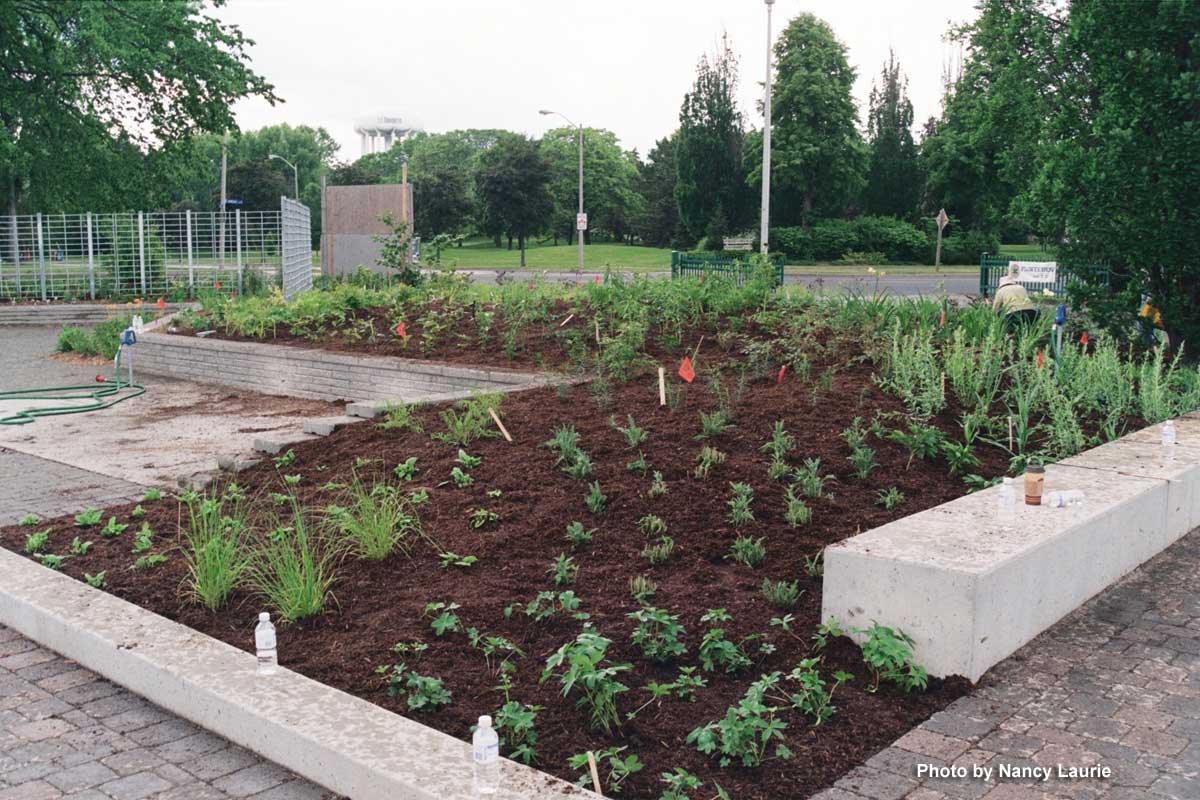
The entry walk was transformed that June into a fluttering, buzzing, verdant place of great beauty, different in all seasons, and indeed different from year to year, as the plants intermingled, possibly even more than their designer intended, and a few disappeared eventually, to be replaced by others. Let’s take a look at a small area, just in front of the glass screen dividing the border from the Floral Hall courtyard just to the north. Here it is on Piet’s plan.
Here’s the area as it looked in early spring 2006, with its new espaliered ‘Donald Wyman’ crabapples and coppery paperbark maples (Acer griseum).
Now look at it in May 2012, below. Seasonal spring bulbs are part of the changing display in the garden and, when carefully planted, they don’t affect the emergence of the perennials in Piet’s design.
Here it is in June 2011 with the Geranium psilostemon and Astrantia ‘Roma’ flowering amidst the lush green foliage of Deschampsia caespitosa.
I captured this autumn scene in October 2009, with the Deschampsia in flower and toad lilies (Tricyrtis formosa ‘Samurai’) blooming at left.
The genius of the entry garden, for me, especially in the early years when the perennials had not yet seeded about and intermingled, was that it transformed itself through the seasons — especially evident with the ornamental grasses.
Here’s my video of more of the seasonal changes in various parts of the garden.
*********************
Before I move on to more seasonal scenes from the garden, I’d like to acknowledge the hard work of former head gardener Sandra Pella, her assistant gardeners and former TBG horticulturist Paul Zammit, who oversaw the demanding maintenance of the entry garden on a shoestring budget, and with great enthusiasm.
I was there to photograph it each spring….
……when the brilliance of the tulips, daffodils and small bulbs was especially welcome after the long winter we have in Toronto.
Families of donors to the garden help to plant new bulbs each autumn, changing the show annually. The emerging perennials are unaffected by the bulbs growing in their midst.
Late spring featured the big, purple heads of alliums…..
…… and lush peonies like ‘Krinkled White’, here with willow-leaf bluestar (Amsonia tabernaemontana var. salicifolia)…..
….. and ‘Bowl of Beauty’, with mauve Phlomis tuberosa ‘Amazone’, left and the white form of the mourning widow geranium (G. phaeum f. album) behind …..
…. and stunning red ‘Buckeye Belle’ with Salvia nemorosa ‘Caradonna’ in the background.
But the summer months are when the Oudolf garden hits its stride, as the lush, ornamental grasses begin to fountain around the stems of the flowering perennials. In early summer, deep-red Knautia macedonica pops out like dots in a pointillist painting.
I love knautia for its long flowering season and its attractiveness to all kinds of bees.
Here are three Oudolf favourites: from rear, mauve ‘Fascination’ Culver’s root (Veronicastrum virginicum), ‘Blue Fortune’ anise hyssop (Agastache foeniculum) and the lime-green, needled leaves of Arkansas bluestar (Amsonia hubrichtii), half-way between its pale-blue spring flowers and brilliant gold fall colour.
A little later comes the beautiful echinacea show, here with the salmon daylily Hemerocallis ‘Pardon Me’ and ‘Veitch’s Blue’ globe thistle (Echinops ritro), which is…..
….. another exceptional bee plant.
August is my favourite time in the garden, as the grasses reach their stately heights and the late-season perennials flower. Here’s a little vignette of what you see as you do the entry walk in early-mid August: violet spikes of blazing star (Liatris spicata); creamy-white rattlesnake master (Eryngium yuccifolium); the lush, burgundy flowers of the various Joe Pye weeds (Eutrochium sp.); the small, dark-red wands of burnet(Sanguisorba sp.); and echinaceas.
Below we have the self-seeding annual Verbena bonariensis, left, leadplant (Amorpha canescens) past its flowering, centre, and red-spiked ‘Firetail’ persicaria (P. amplexicaulis) at right.
By October, the Virginia creeper (Parthenocissus quinquefolia) on the stone wall of the Raymond Moriyama-designed Flower Hall has turned bright red and the seedheads and fall colour of the big grasses in the Oudolf border take centre stage, along with a few asters and goldenrods that have sneaked into the border from other parts of the botanical garden.
One year, aromatic aster Symphyotrichum oblongifolium ‘October Skies’, below, native to the central and eastern United States, looked stunning punctuated with echinacea seedheads. But this lovely aster, used by Piet at Lurie Garden in Chicago, seems to have diminished in subsequent years, part of the inevitable reality of plant experimentation, something to which Piet Oudolf has paid great attention over the decades.
Perennial seedheads are an important part of the seasonal show in the garden; these are the mocha-brown October seedheads of the yarrow Achillea millefolium ‘Walther Funcke’, with silvery Perovskia atriplicifolia ‘Little Spire’ at right and bronze Astilbe ‘Purpurlanze’ in the background.
And provided that repeated heavy, wet snowfalls do not knock down the plants and ruin the show, the entry garden demonstrates the beauty of the persistent seedheads and stems throughout winter. The grass at left is Korean feather grass (Calamagrostis brachytricha).
************
Plants and Memories
Many of the plants in the entry garden are part of Piet Oudolf’s personal history: breeding successes of the German or Dutch plantsmen who were part of his circle – and horticultural education – since the beginning of his design career and life in Hummelo. People like Ernst Pagels (1913-2007), of Leer, himself a student of Karl Foerster, the iconic nurseryman who sheltered Jews in his nursery during the Second World War and whose name is memorialized in a well-known feather reed grass (Calamagrosis x acutiflora). As explained in Hummelo: A Journey Through a Plantsman’s Life, in the 1980s Piet Oudolf travelled often across the border into Germany to visit Pagels at his nursery where they would talk plants. “We went to get the newest plants, and to bring them home…. and we exchanged a lot.” Among the Ernst Pagels jewels that live in the TBG’s entry garden are Achillea ‘Walther Funcke’….
…. Astilbe chinensis var. tacquetii ‘Purpurlanze’ and Stachys officinalis ‘Hummelo’ …..
…. Phlomis tuberosa ‘Amazone’……
…. and Salvia nemorosa ‘Amethyst’, shown here with Allium cristophii.
Piet’s Dutch friend and fellow plantsman Coen Jansen is responsible for the tall meadowrue Thalictrum ‘Elin’.
And his German colleague Cassian Schmidt, director of the famous garden at Hermannshof, (thanks Tony Spencer for that great blog entry) has his own name memorialized in the beautiful, Kurt Bluemel-raised fountain grass Pennisetum alopecuroides ‘Cassian’, shown here with the statice Limonium latifolium…..
As for Piet Oudolf himself, long before he designed the planting of the TBG’s entry border, he was selecting his own plants and registering them. In 1998, the year before I visited him at Hummelo, he joined with two other growers to launch their company Future Plants, “to market their introductions and to protect their work through Plant Breeder’s Rights.” As explained in Hummelo: A Journey…, these plants were often put into production in the U.S. before Dutch nurseries had started to raise them. Among the Piet Oudolf-propagated plants in the entry garden are the pale-mauve hybrid monkshood Aconitum ‘Stainless Steel’….
……. Astrantia major ‘Roma’…..
….. Echinacea purpurea ‘Vintage Wine’, with its lovely dark stems….
….. Monarda ‘Scorpion’…..
….. Perovskia atriplicifolia ‘Little Spire’, a compact Russian sage shown below with Calamintha nepeta (a fabulous bee combo!)…..
….. Persicaria amplexicaulis ‘Firedance’…..
….. Salvia ‘Madeline’…..
….. Salvia verticillata ‘Purple Rain’ (this photo with Achillea ‘Anthea’ was made at the Royal Botanical Garden in Burlington, near Toronto) …..
…. and finally the spectacular Culver’s root Veronicastrum virginicum ‘Fascination’, given its tongue-in-cheek name by Piet Oudolf because of its genetic tendency to ‘fasciation’, a flattening of the flower spike.
That concludes the first part of my two-part blog on the entry garden at the Toronto Botanical Garden. In Part Two, I drill down into Piet Oudolf’s garden plan to show you some terrific plant combinations, and some of my favourite plants and why.
PS – if you’re a fan of New York’s High Line, I have photographed the Oudolf plantings there in three seasons, and blogged about a few of those visits as well. Here’s the High Line in early May and a two-part blog on the High Line in mid-June.
This summer, I’m looking forward to visiting Lurie Garden in Chicago’s Millennium Park.

